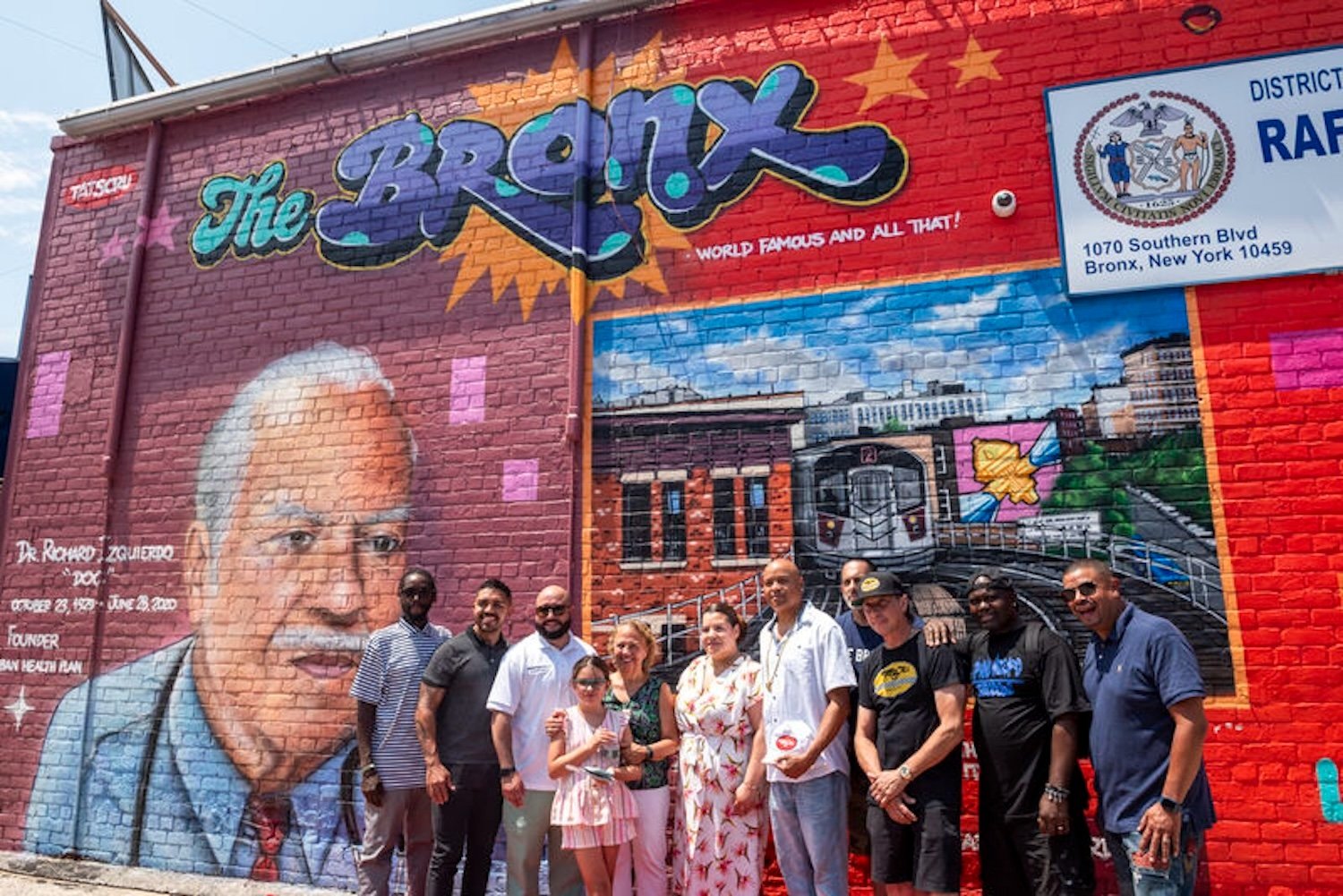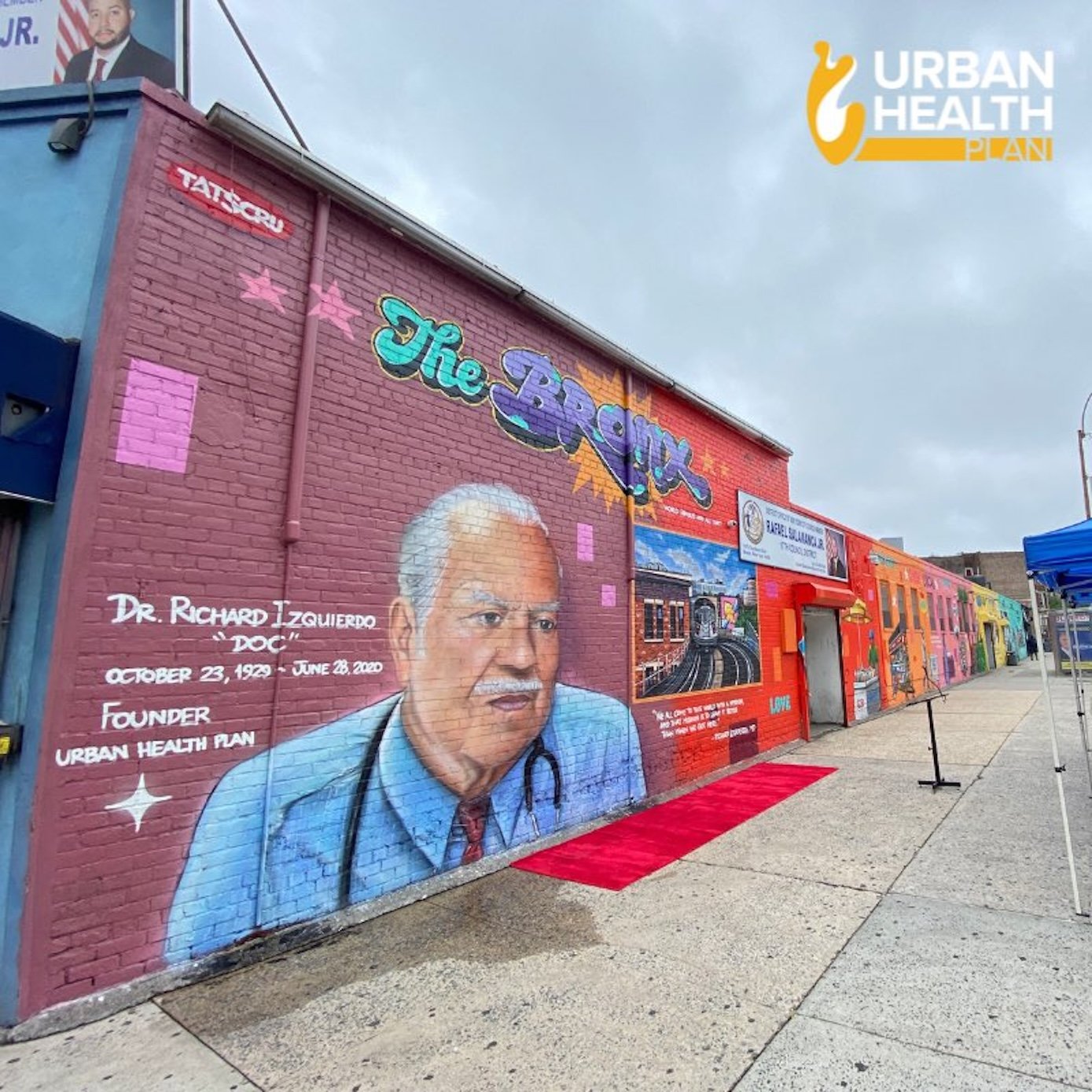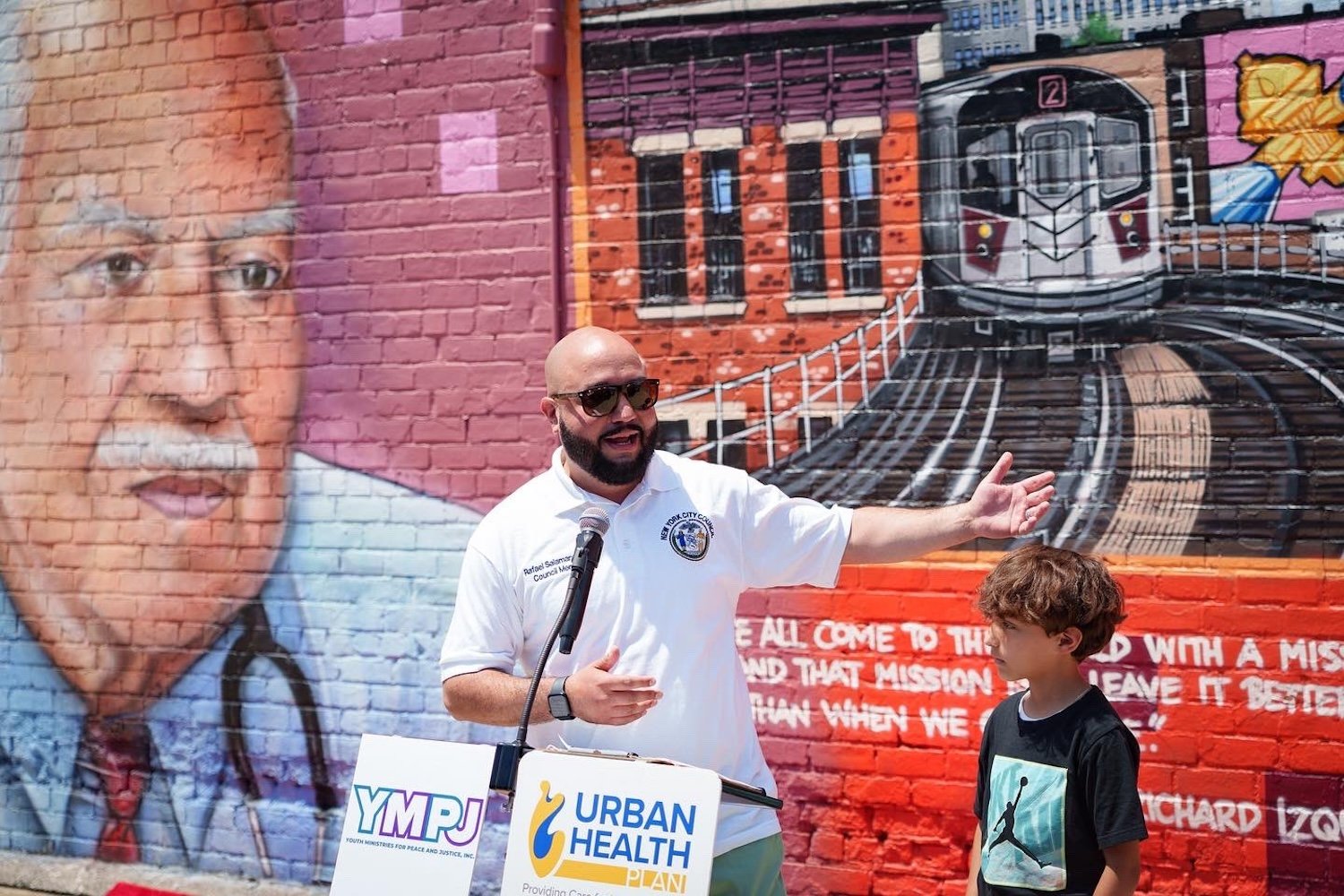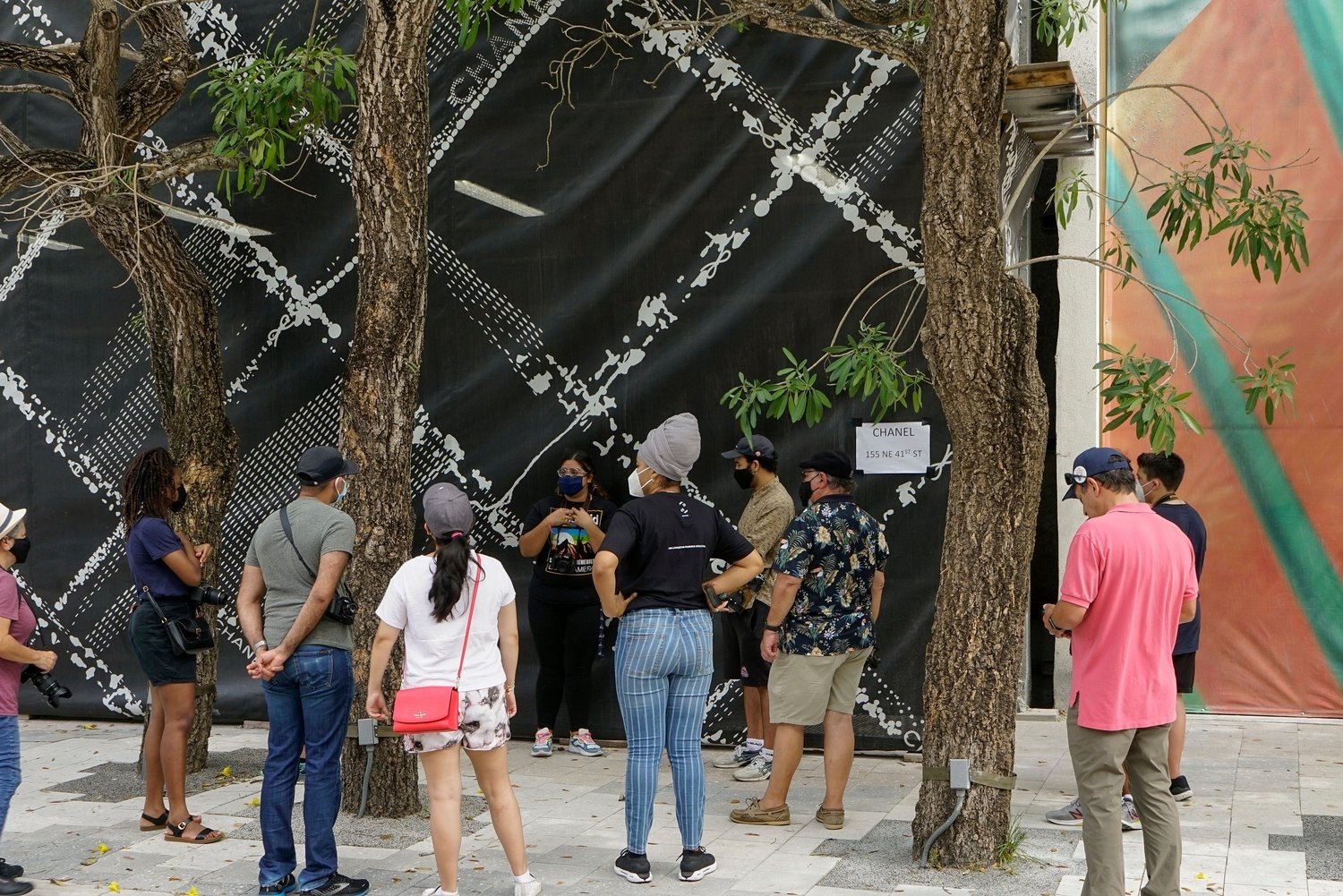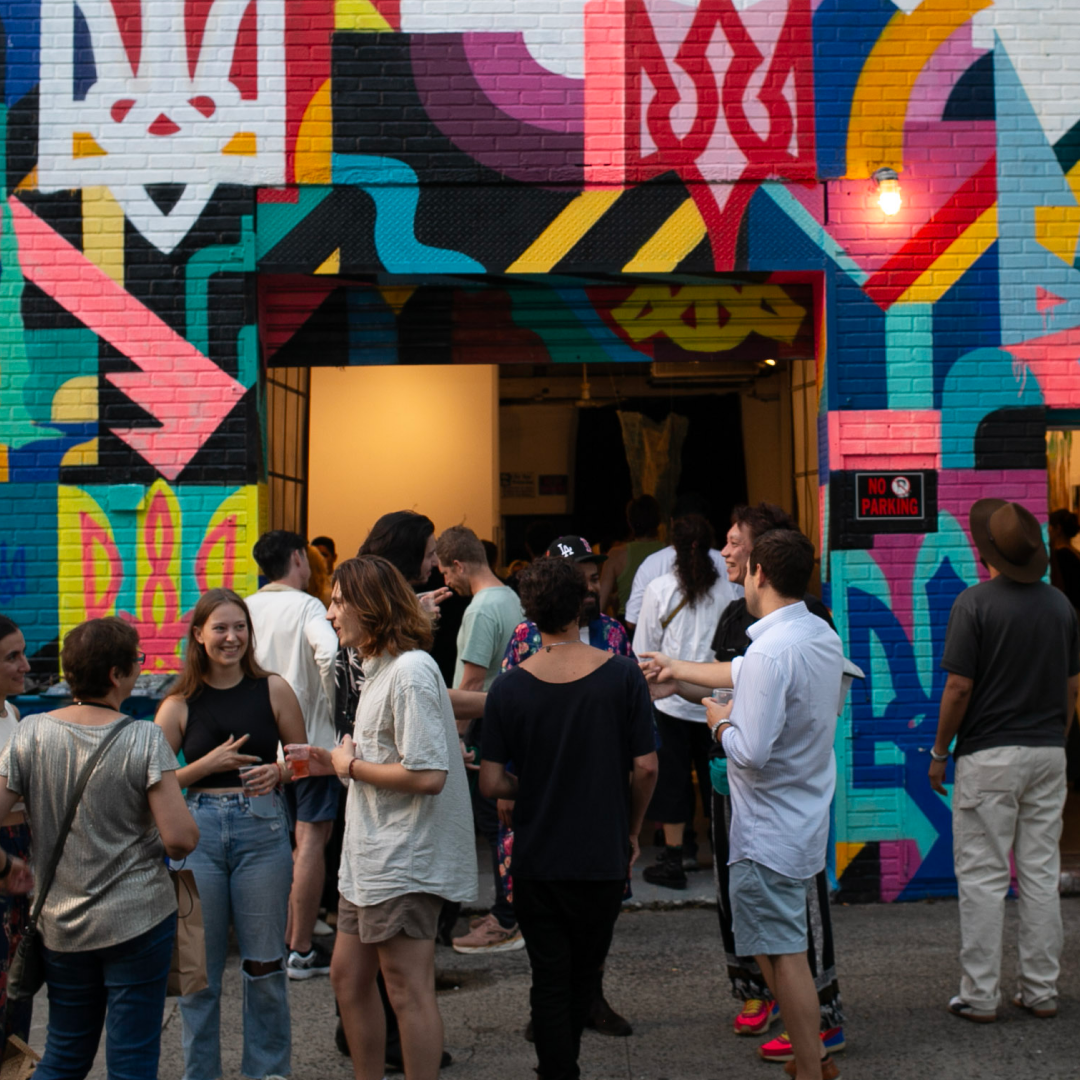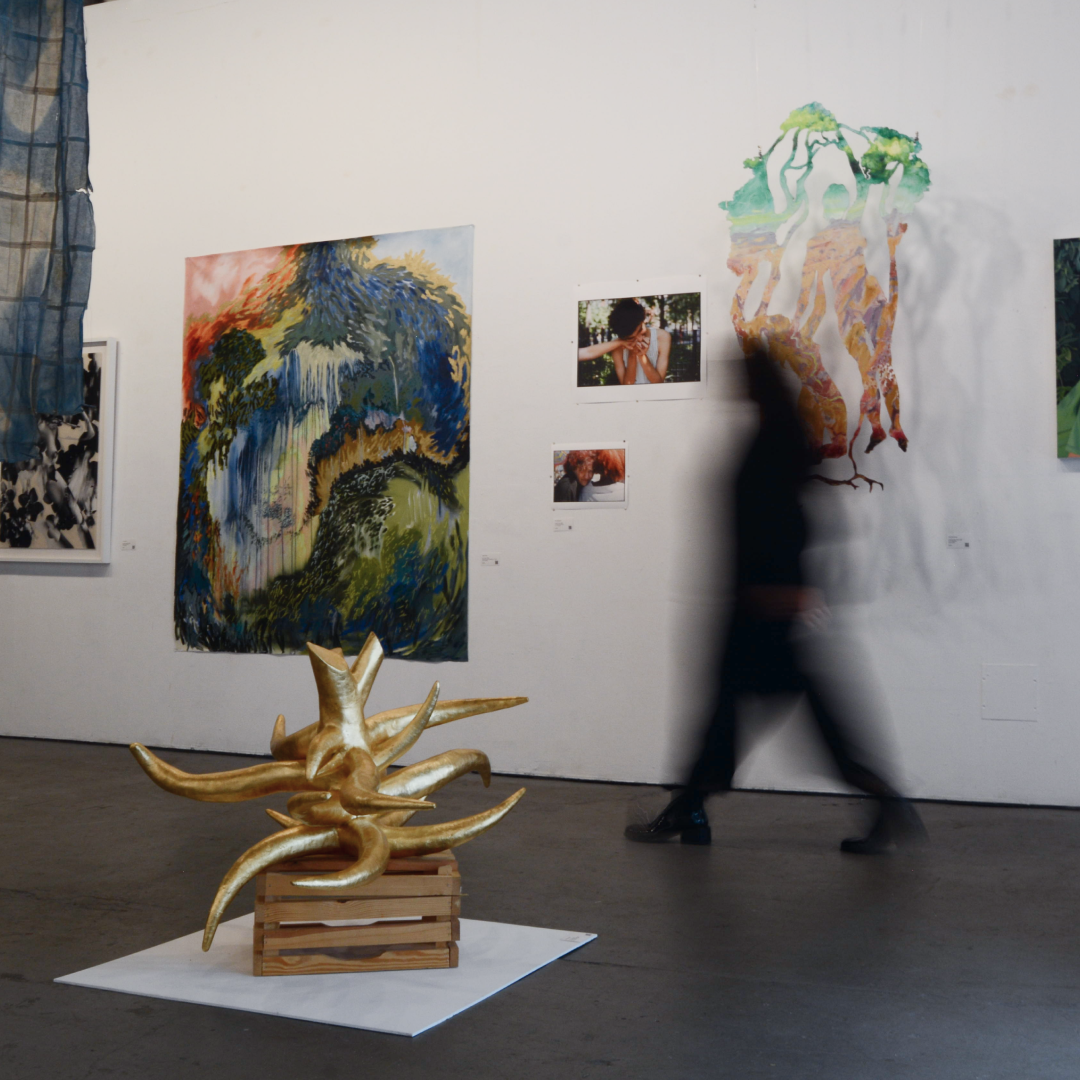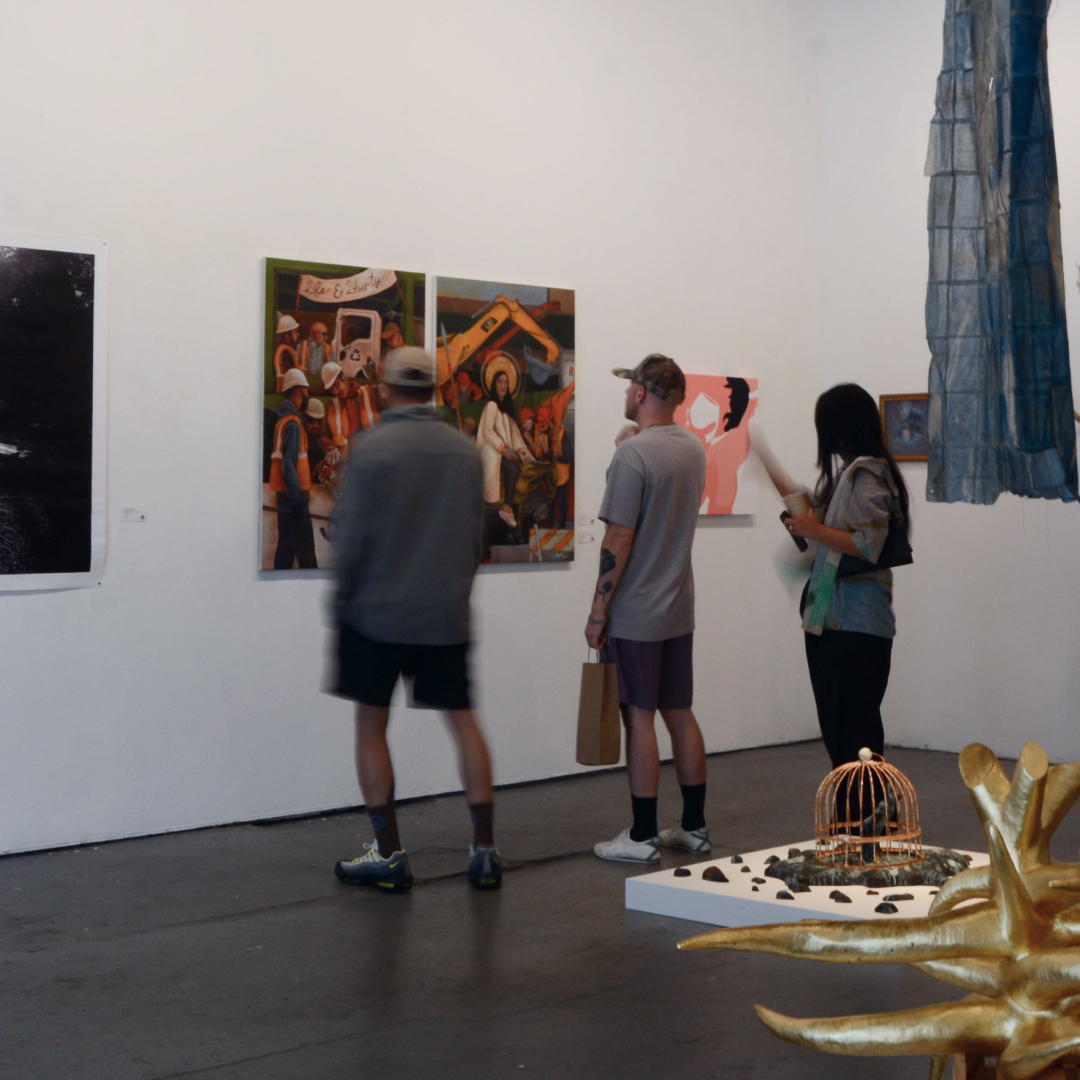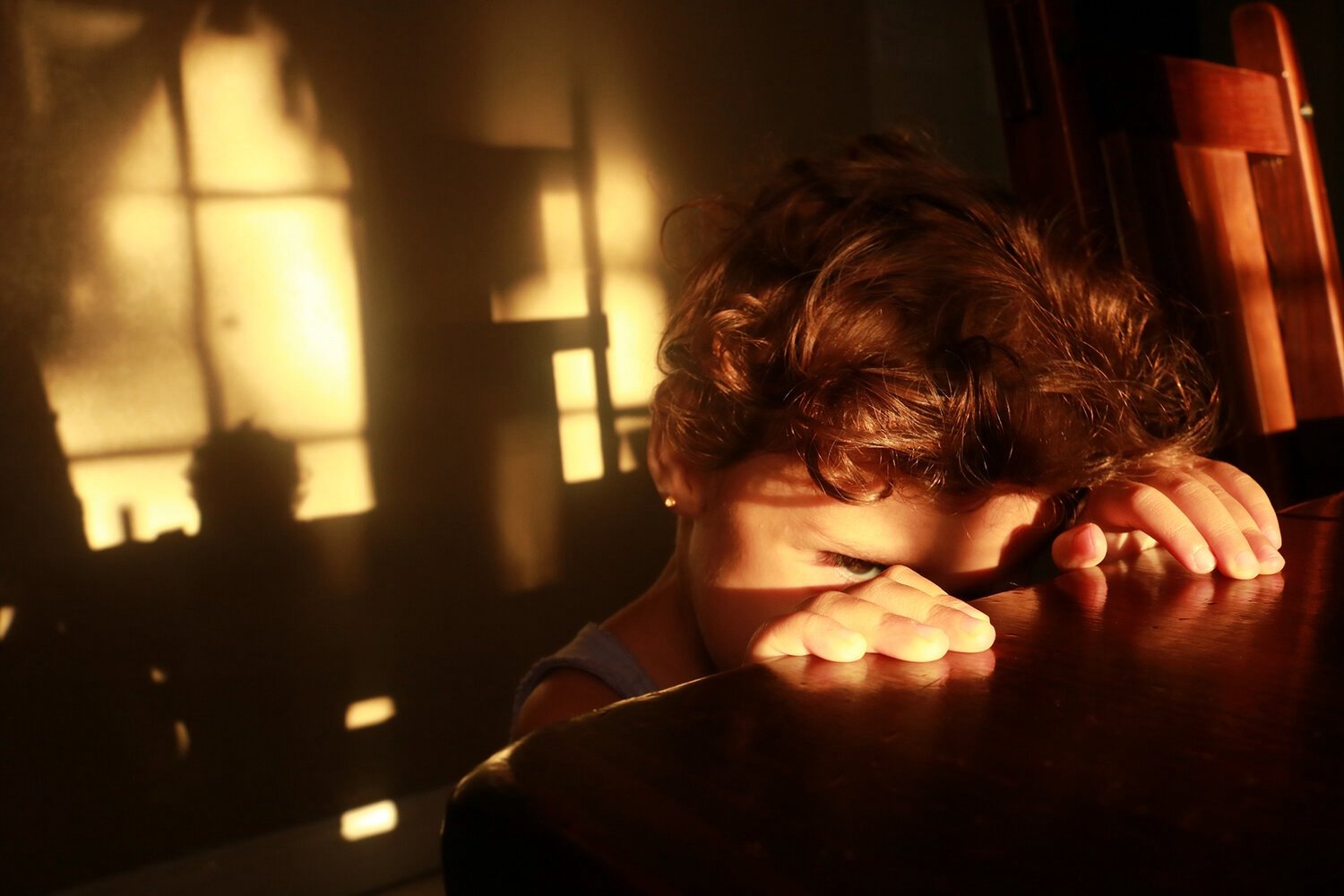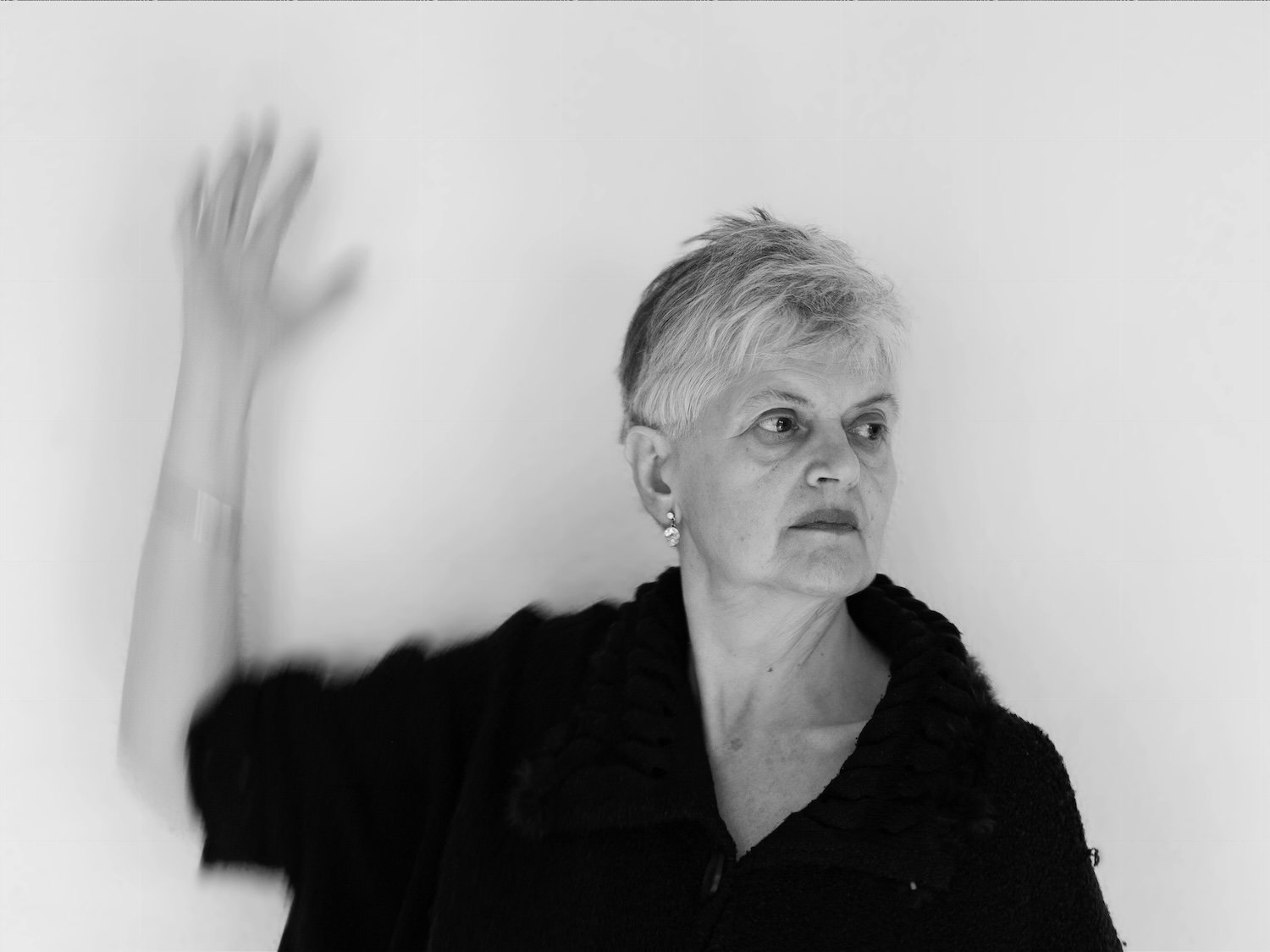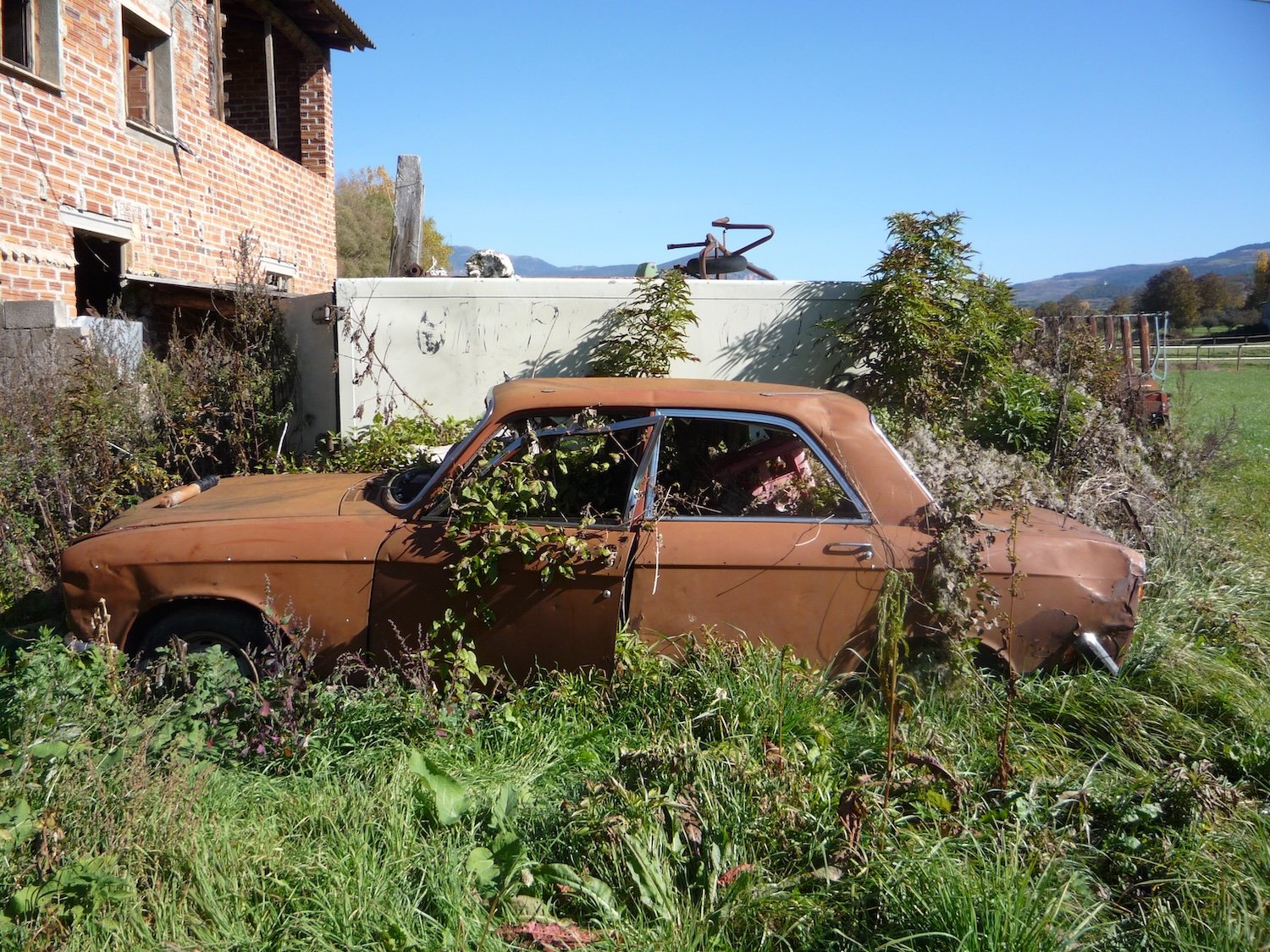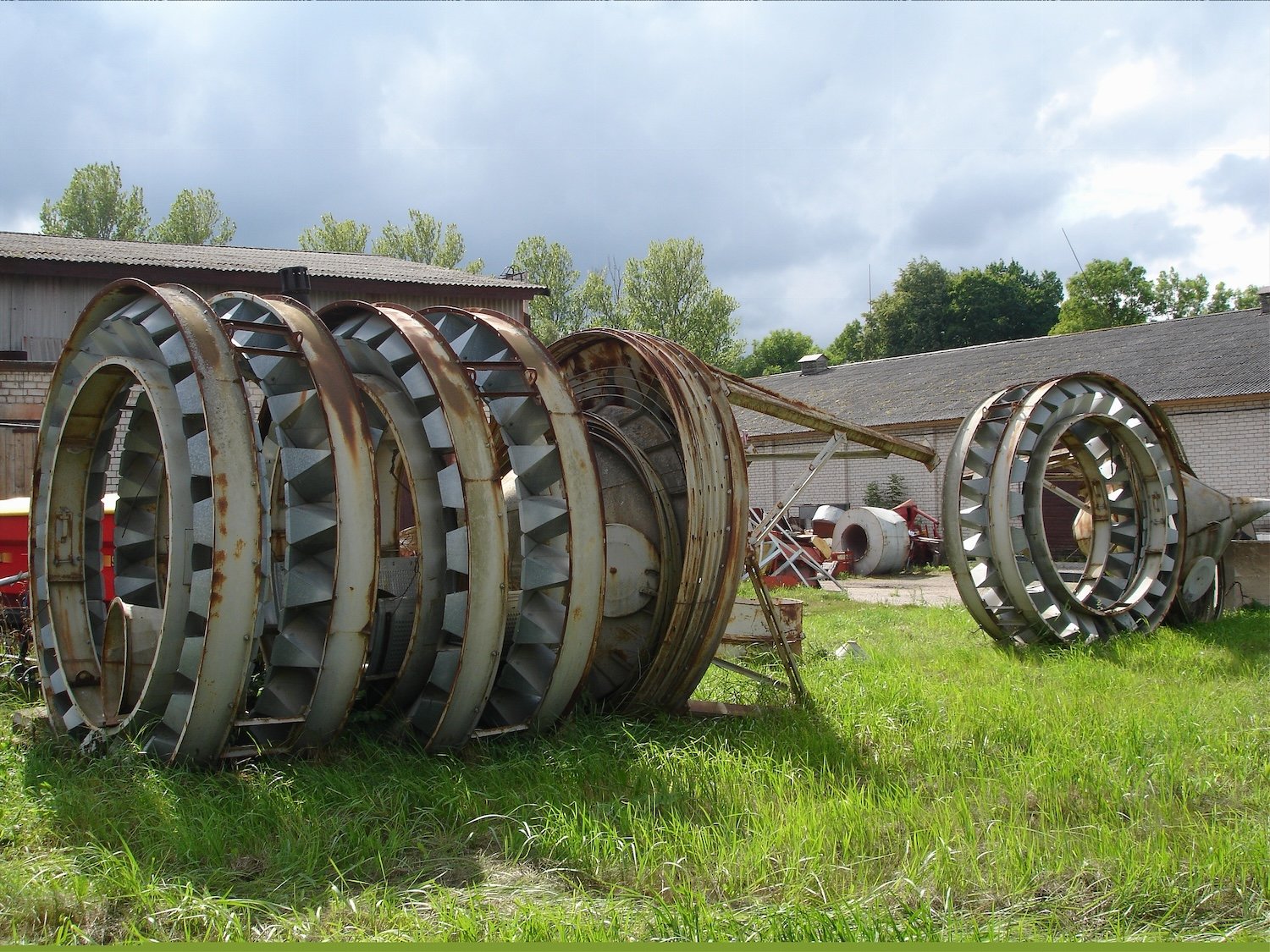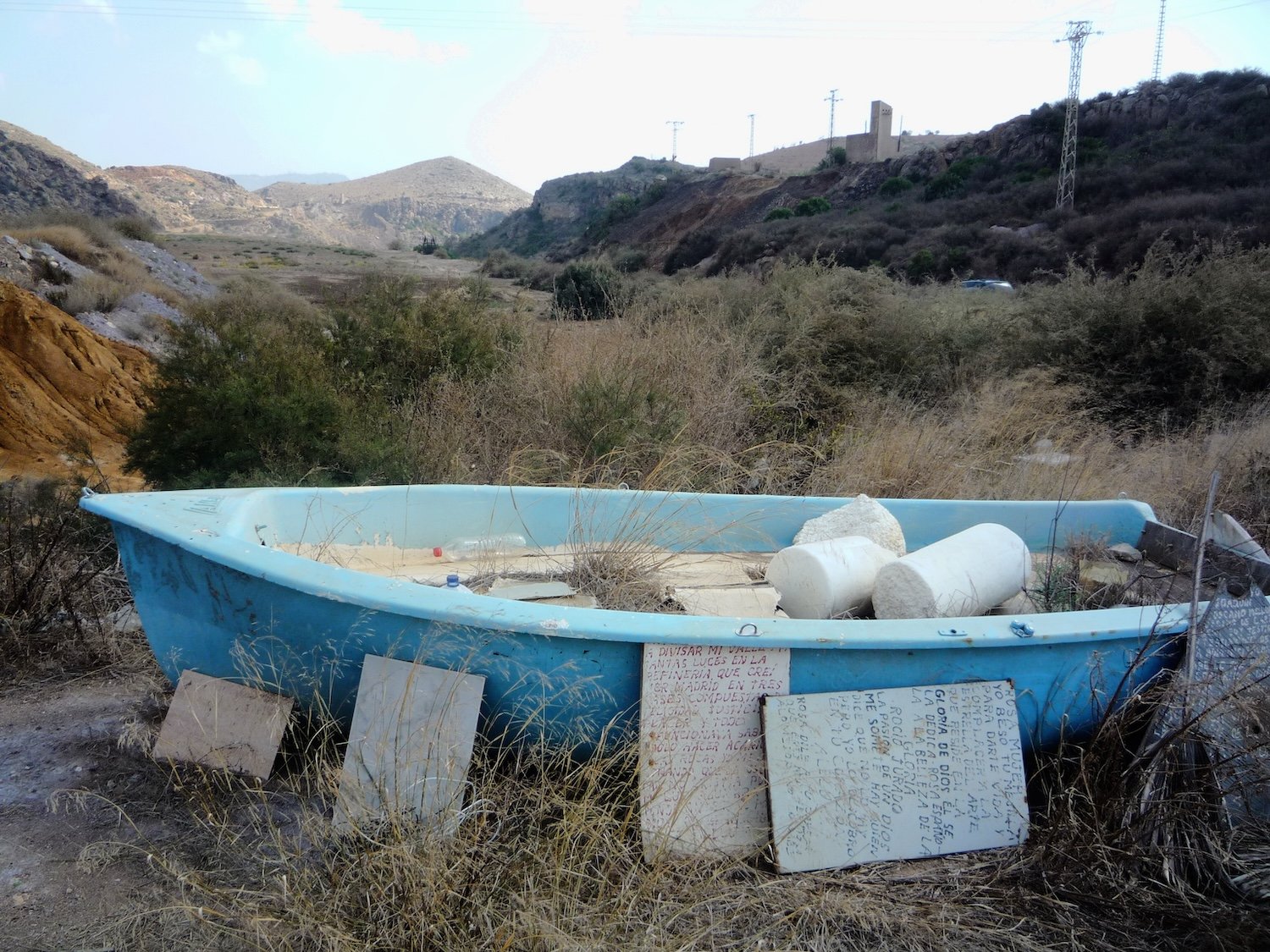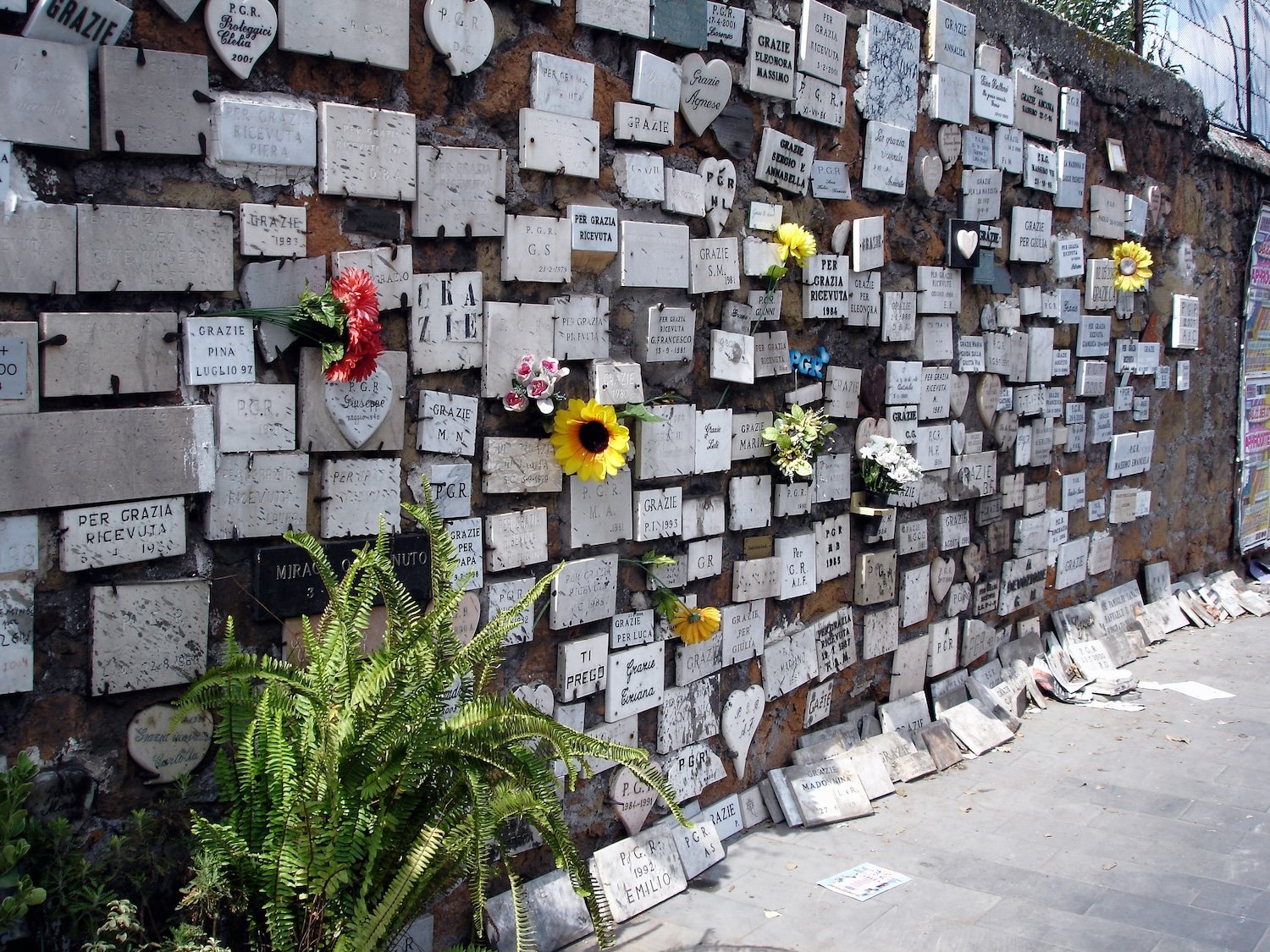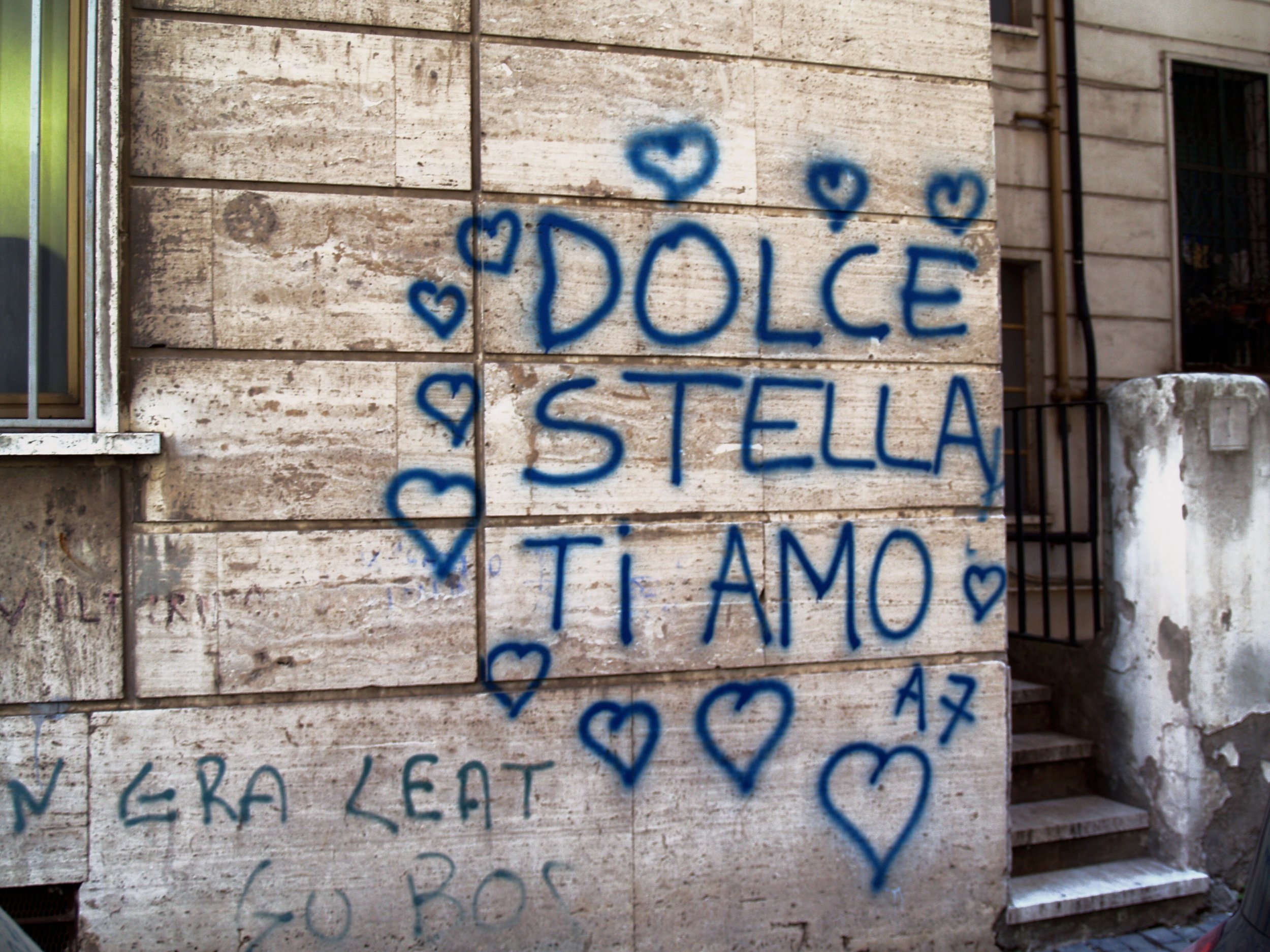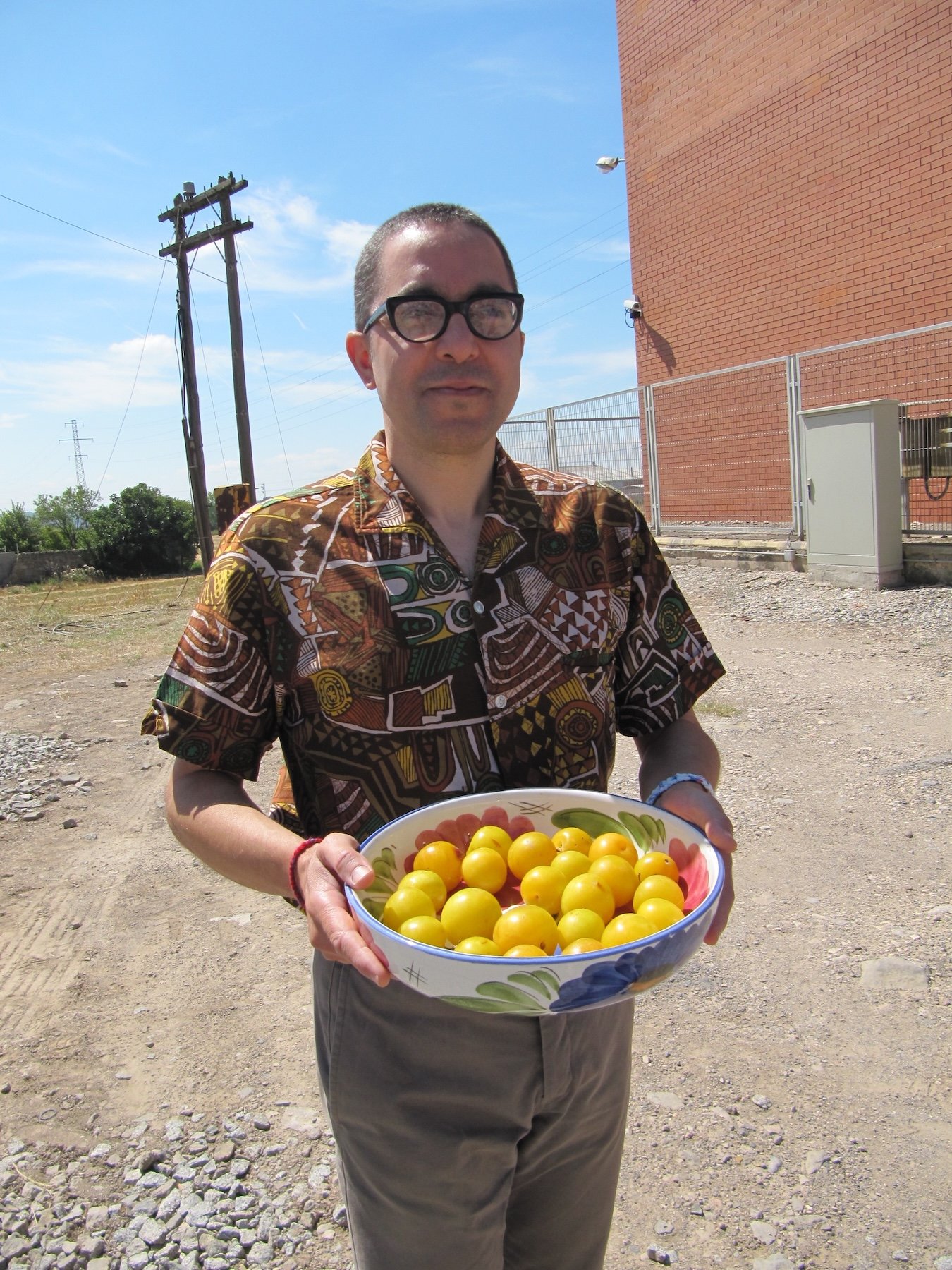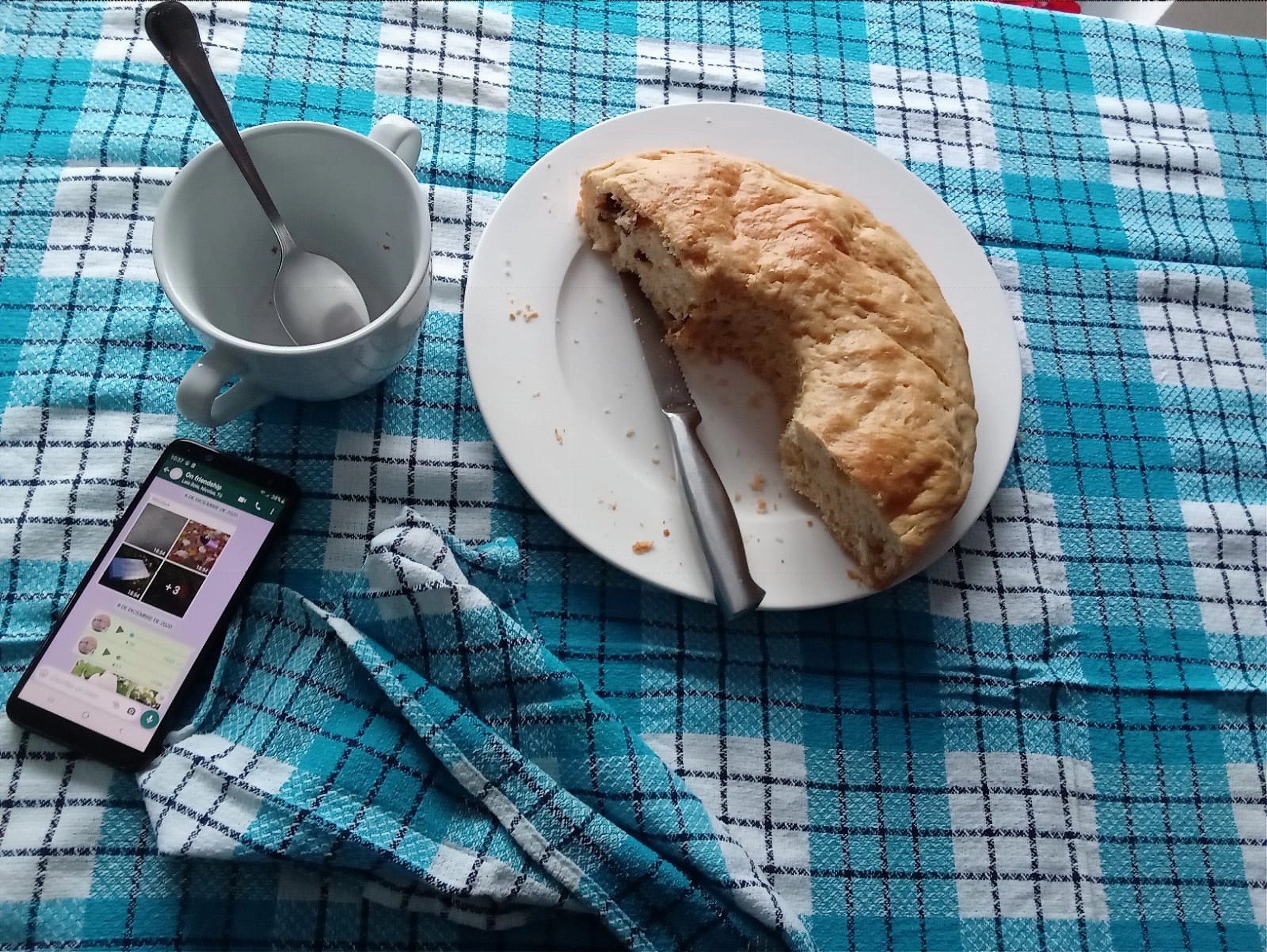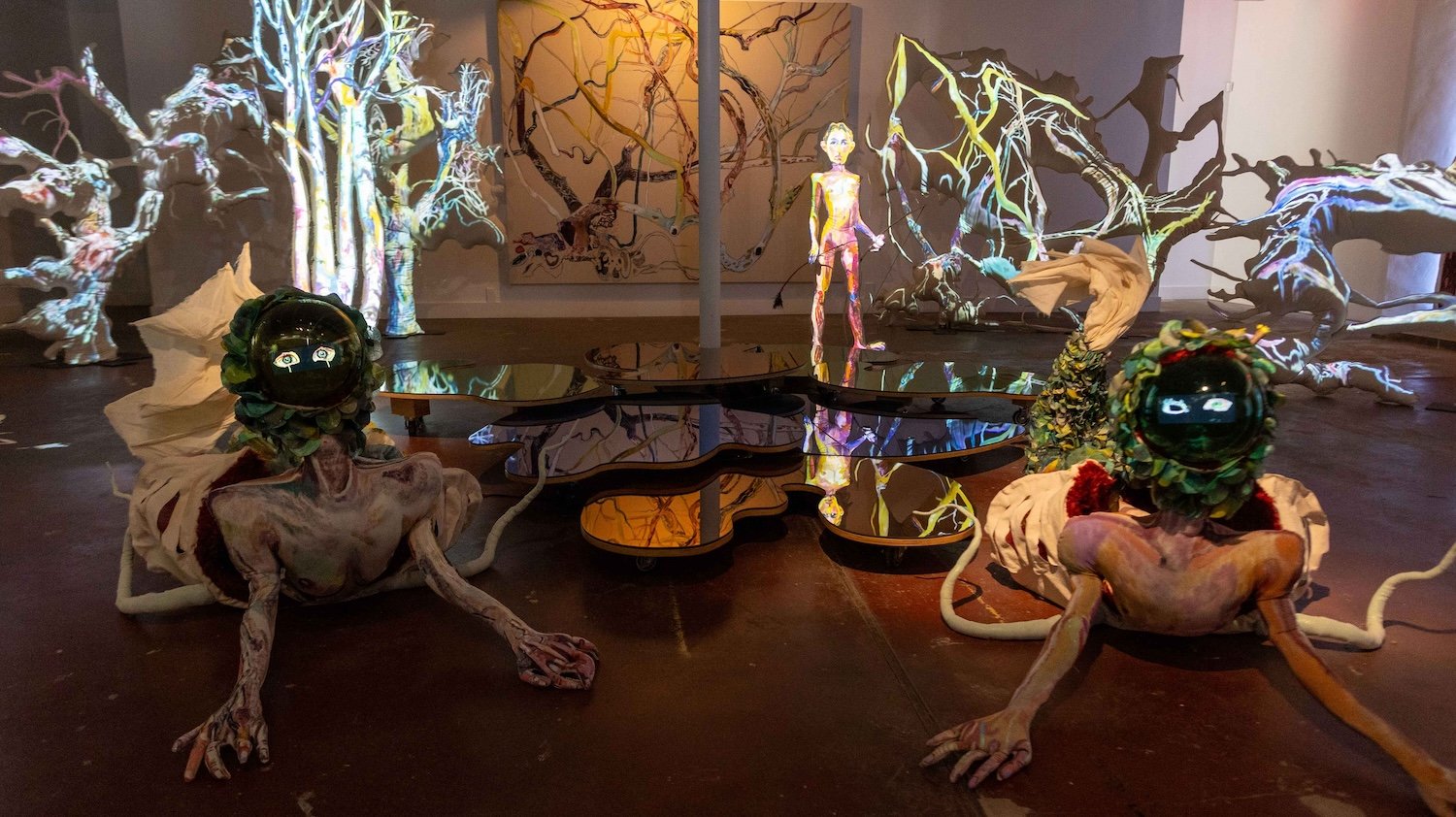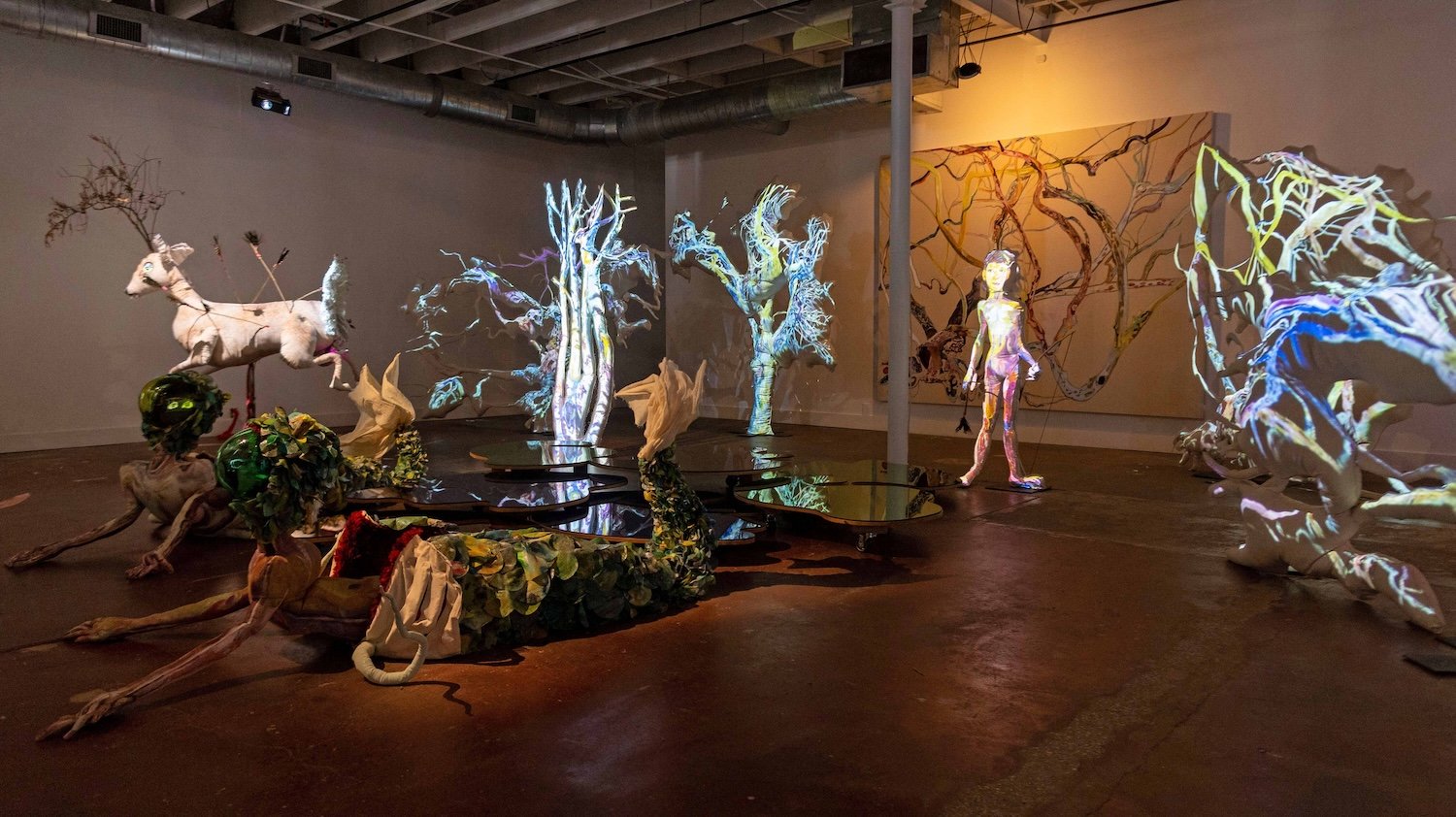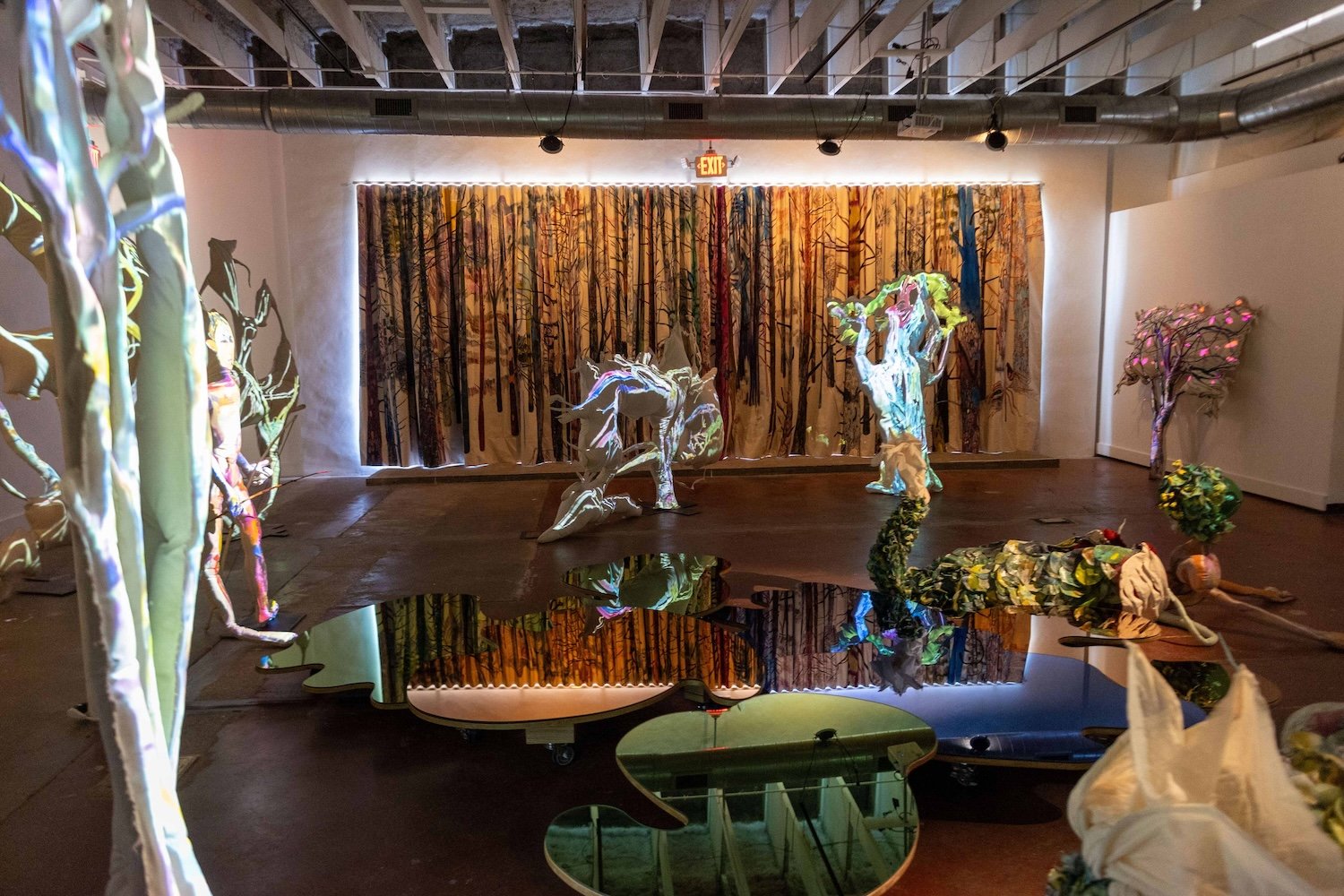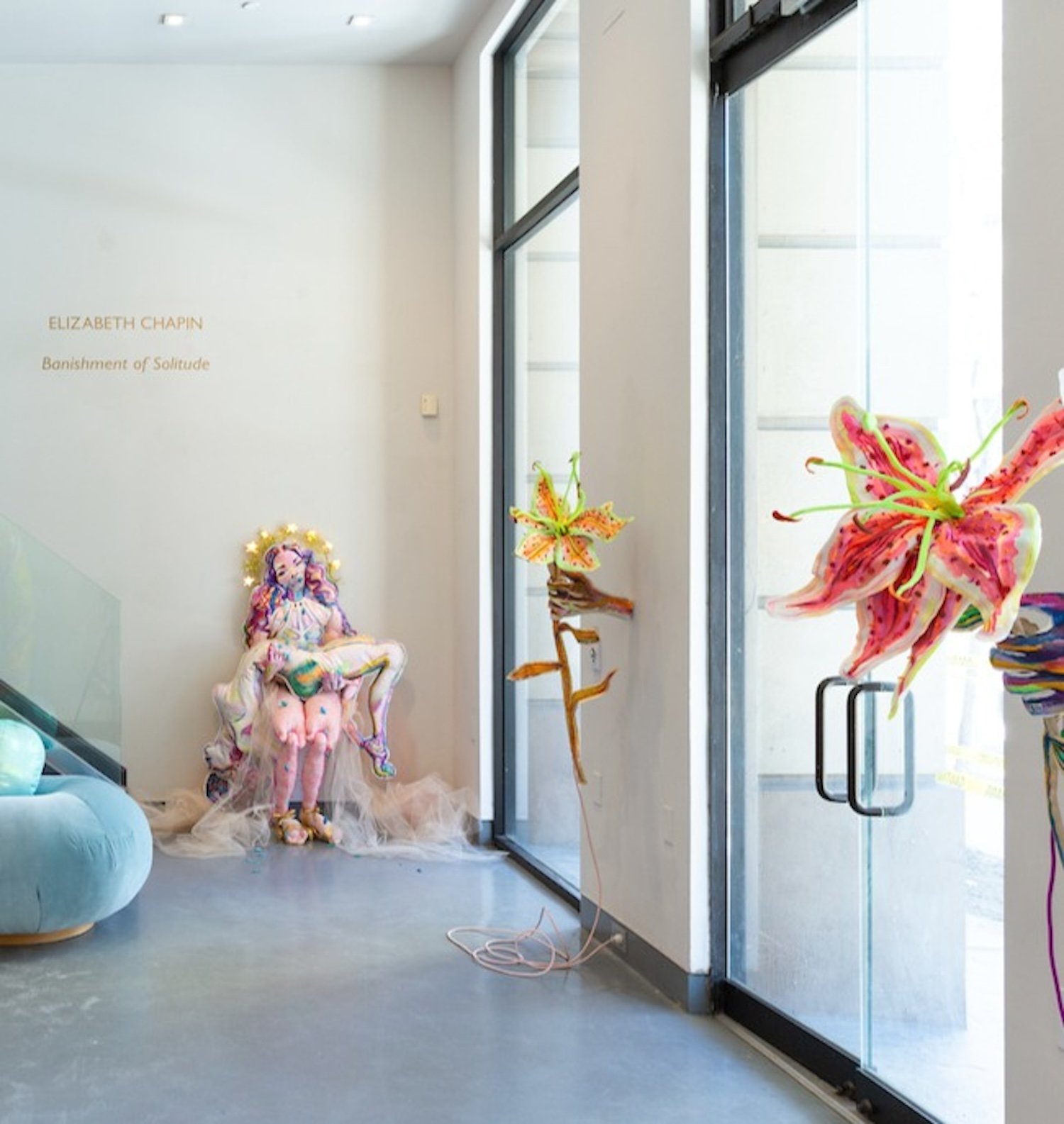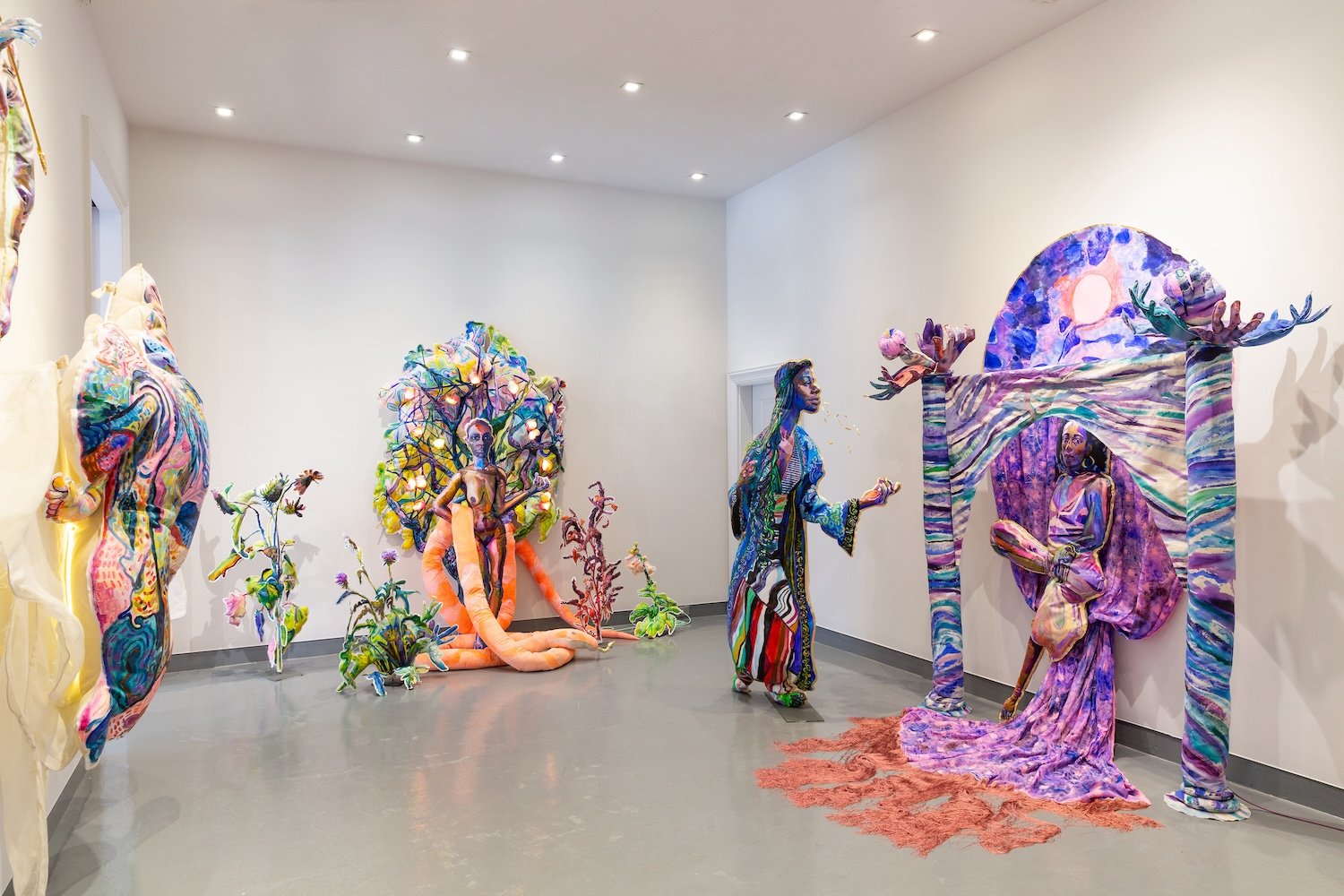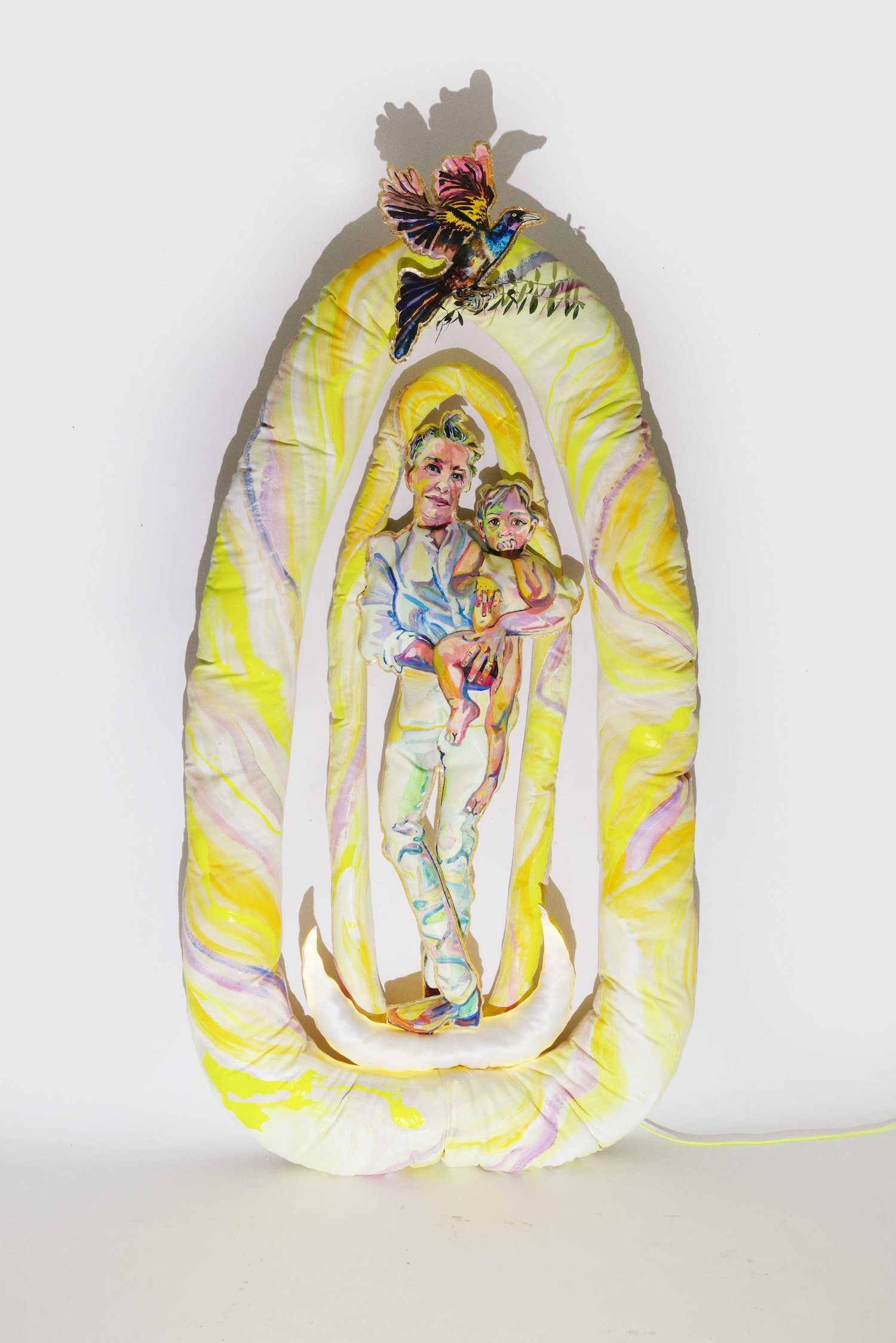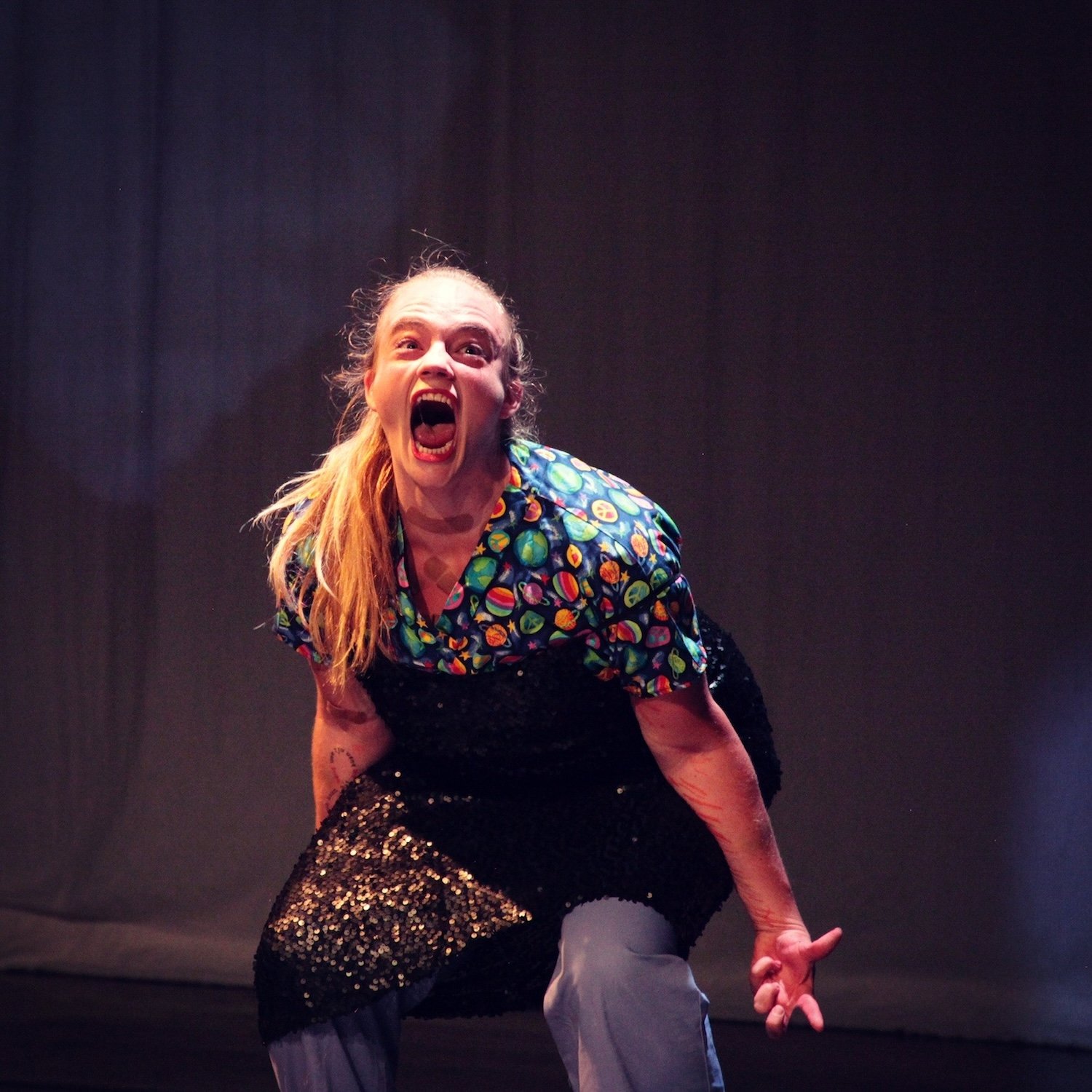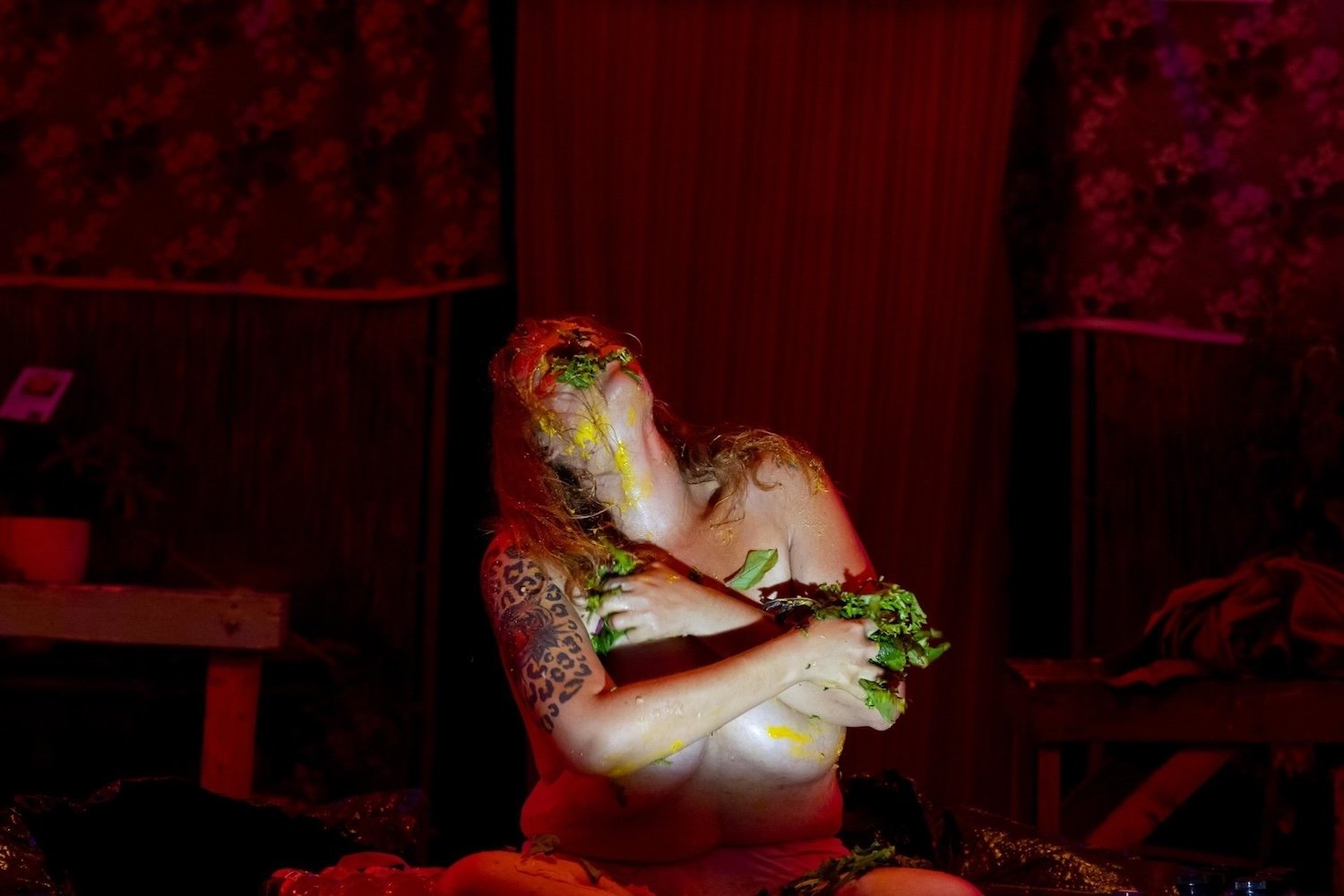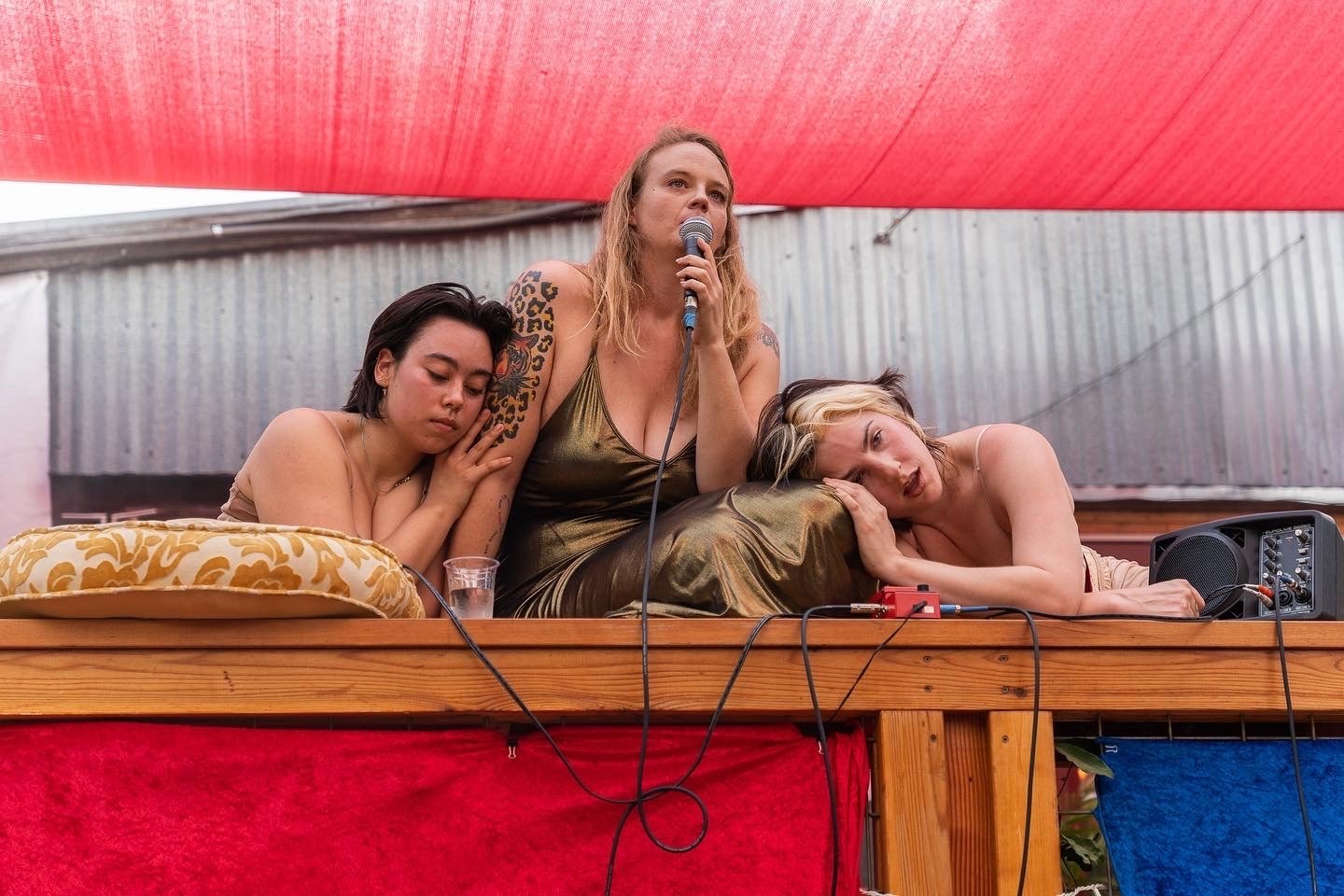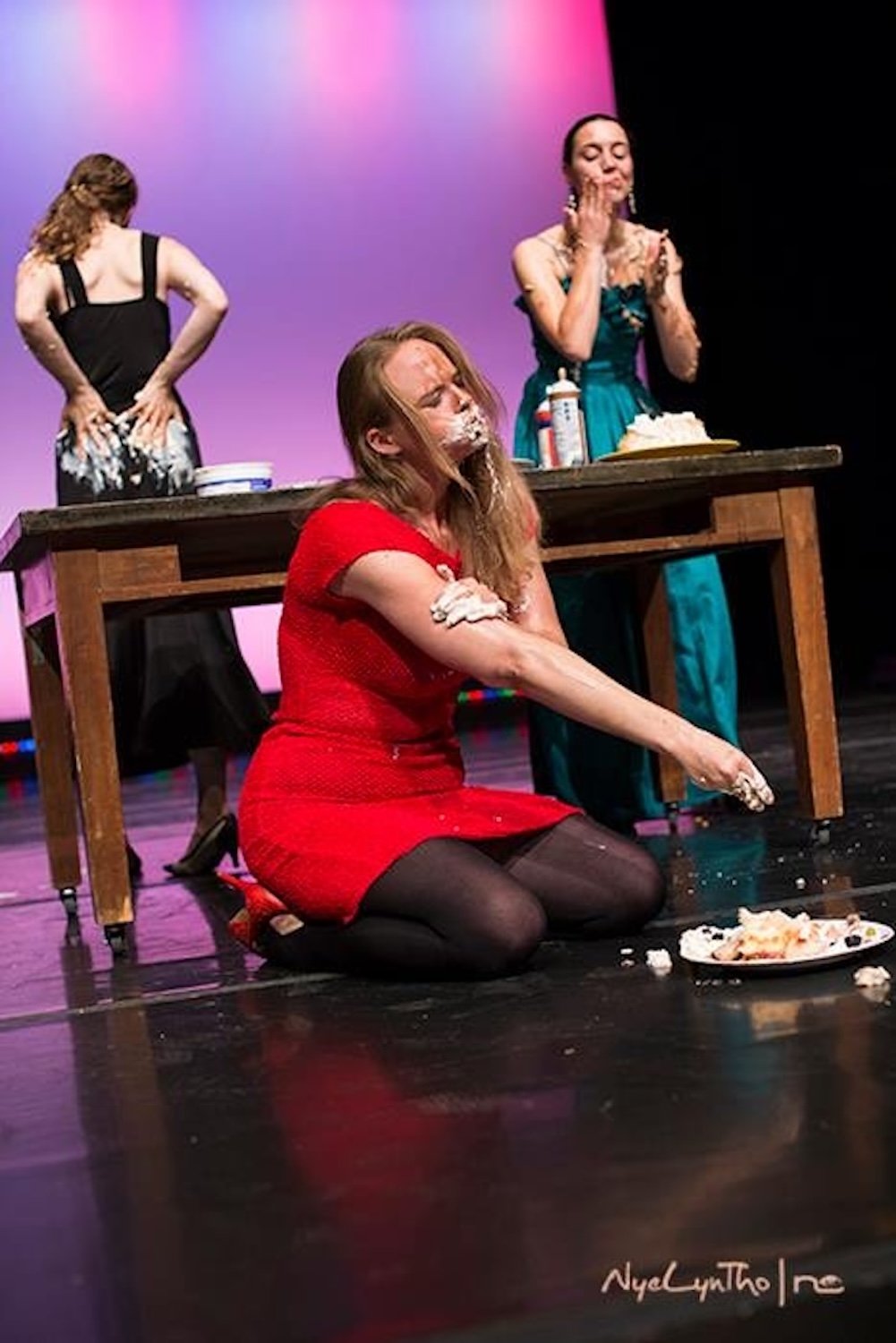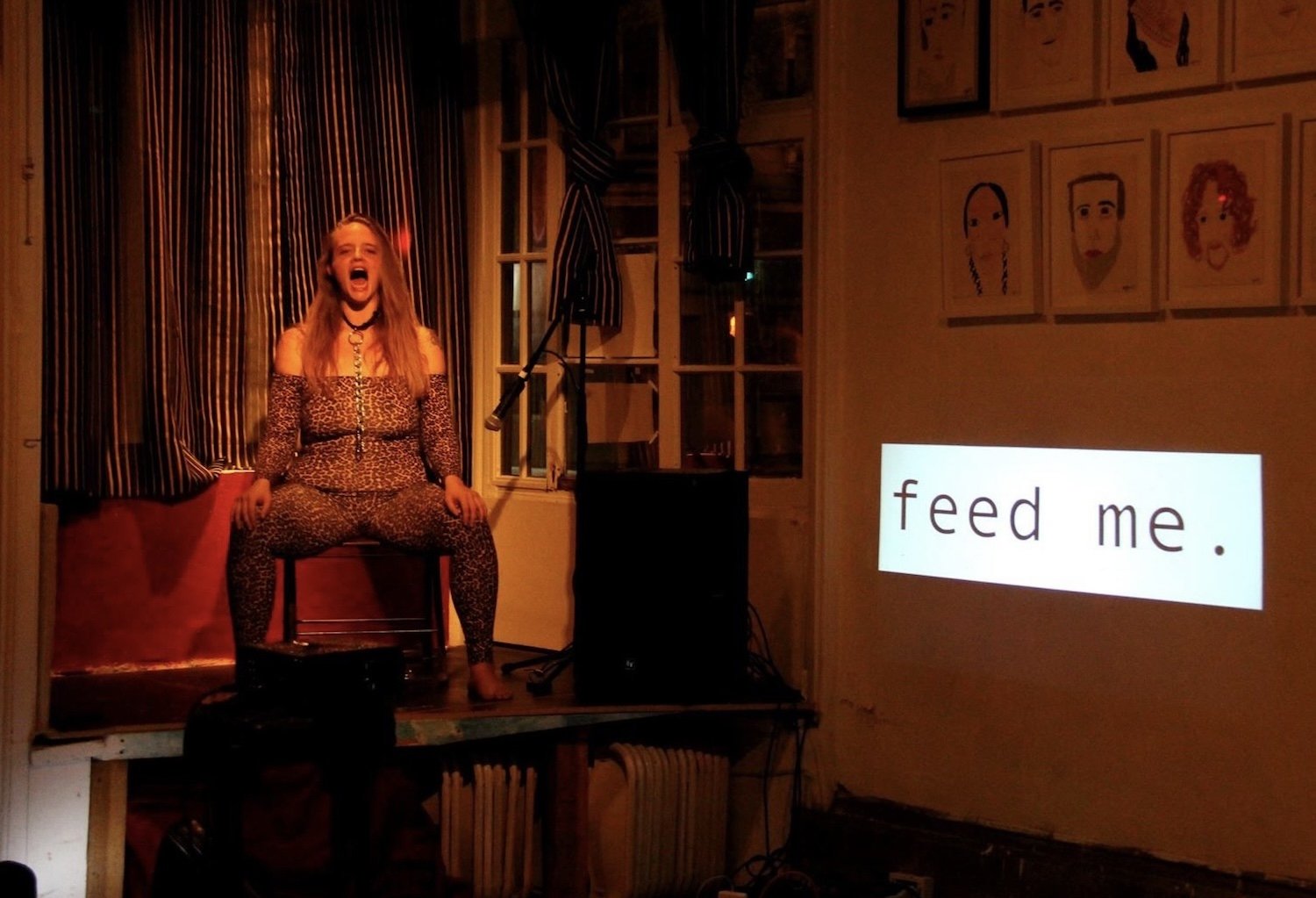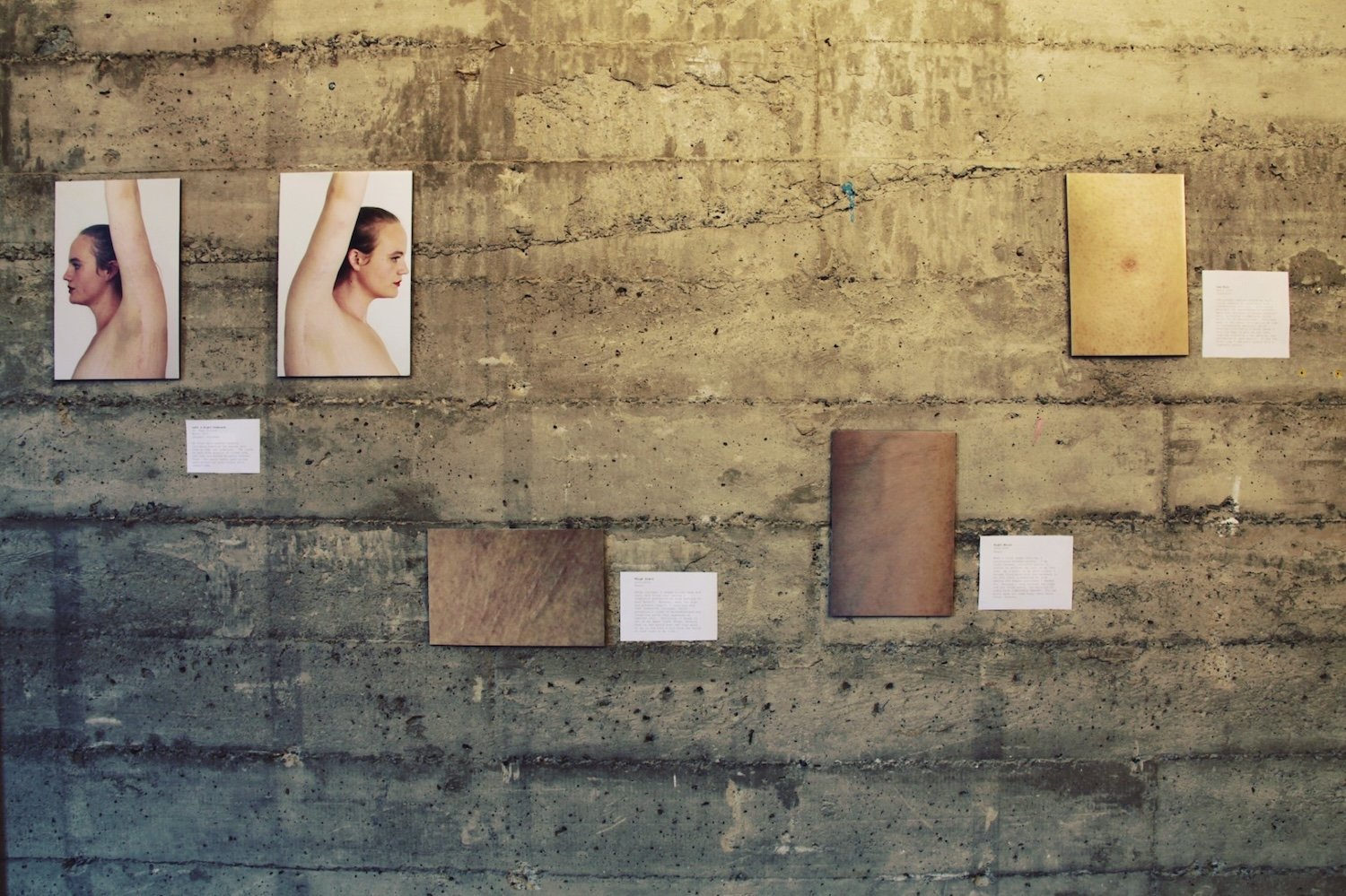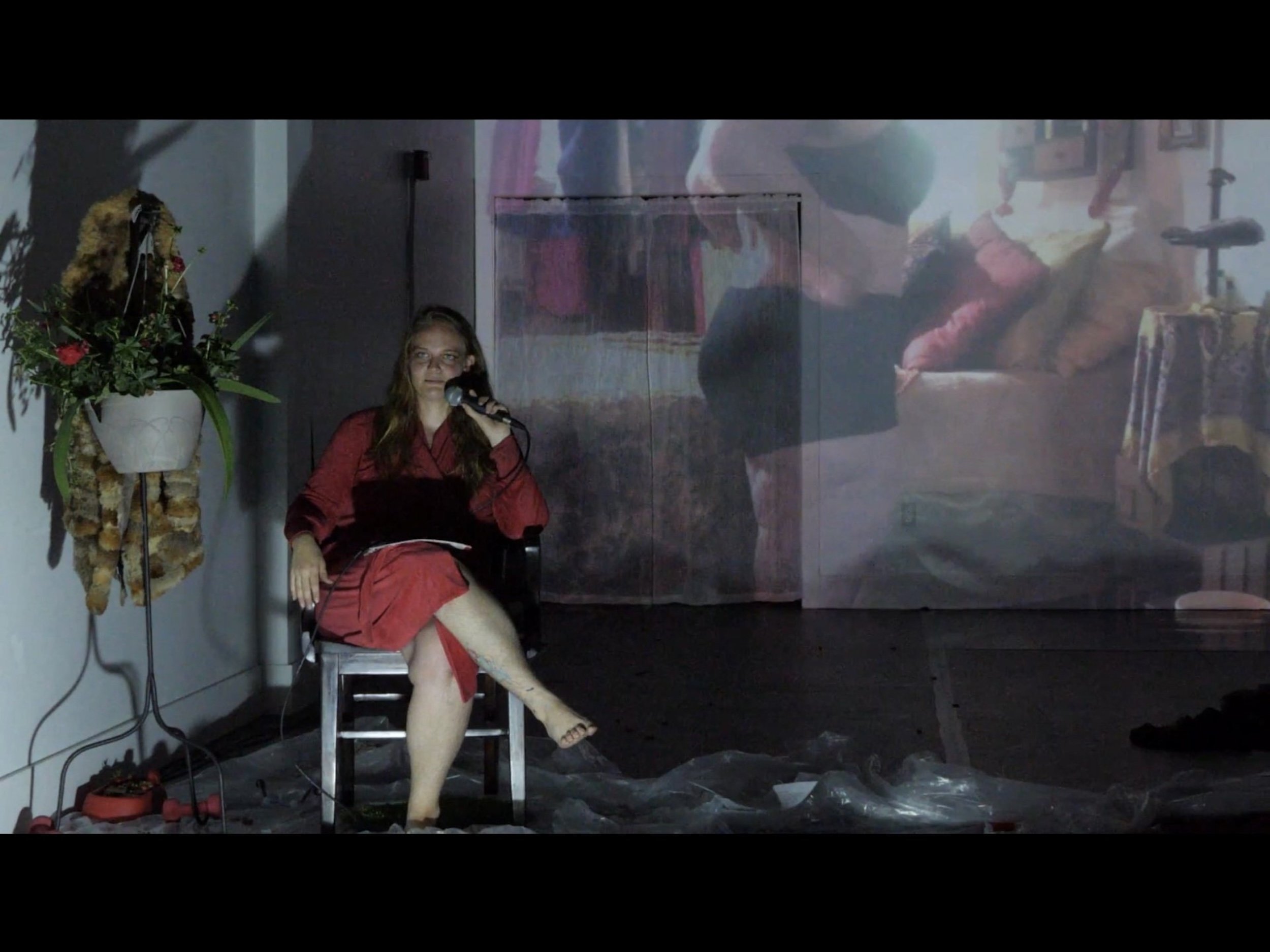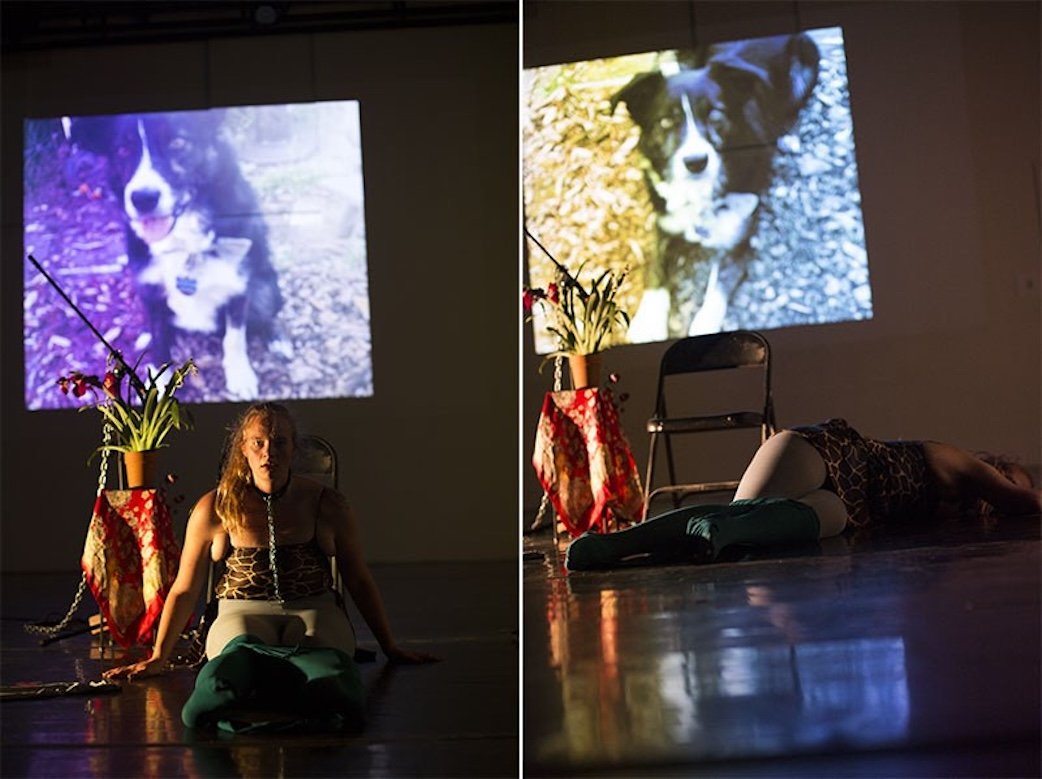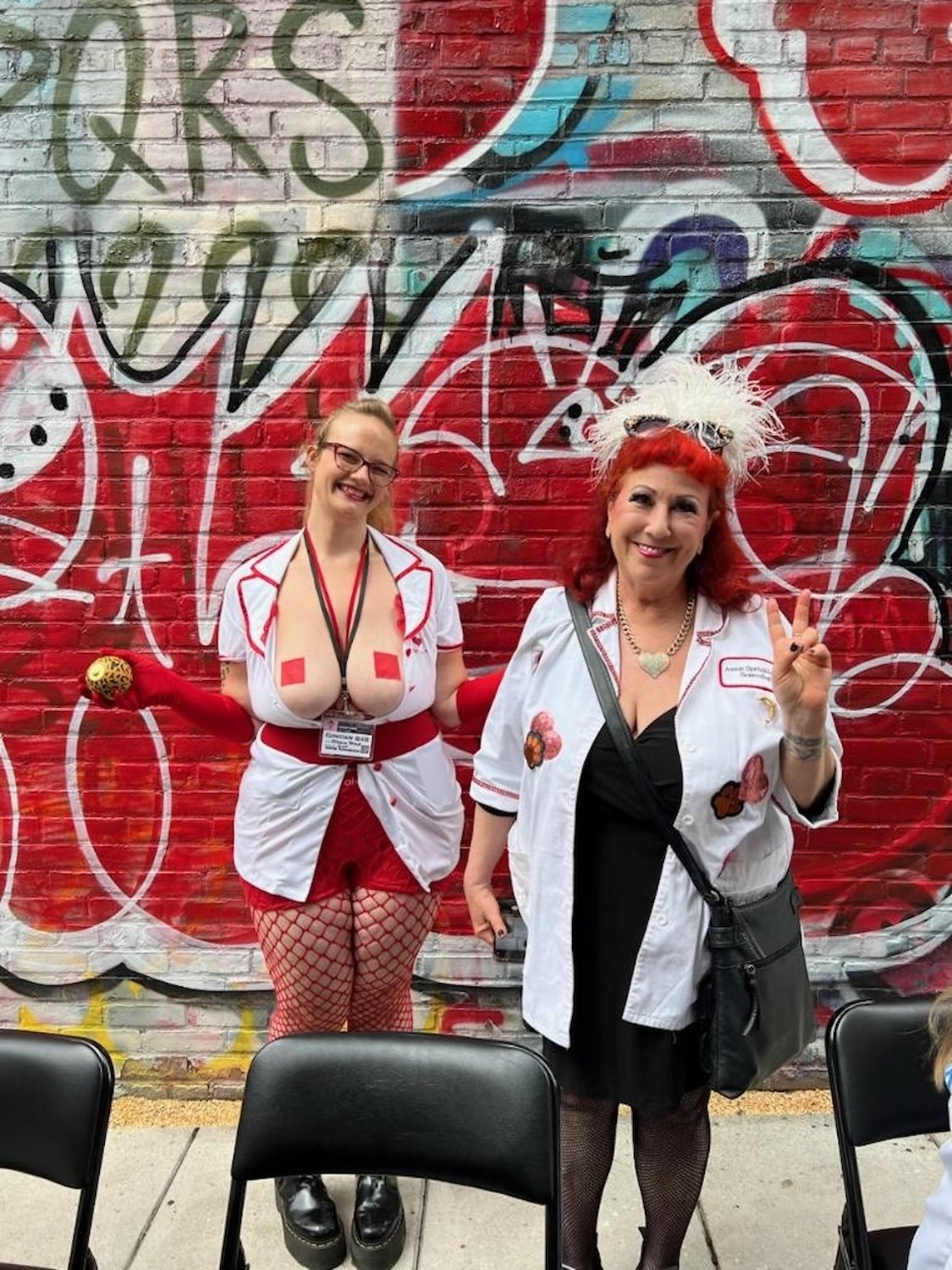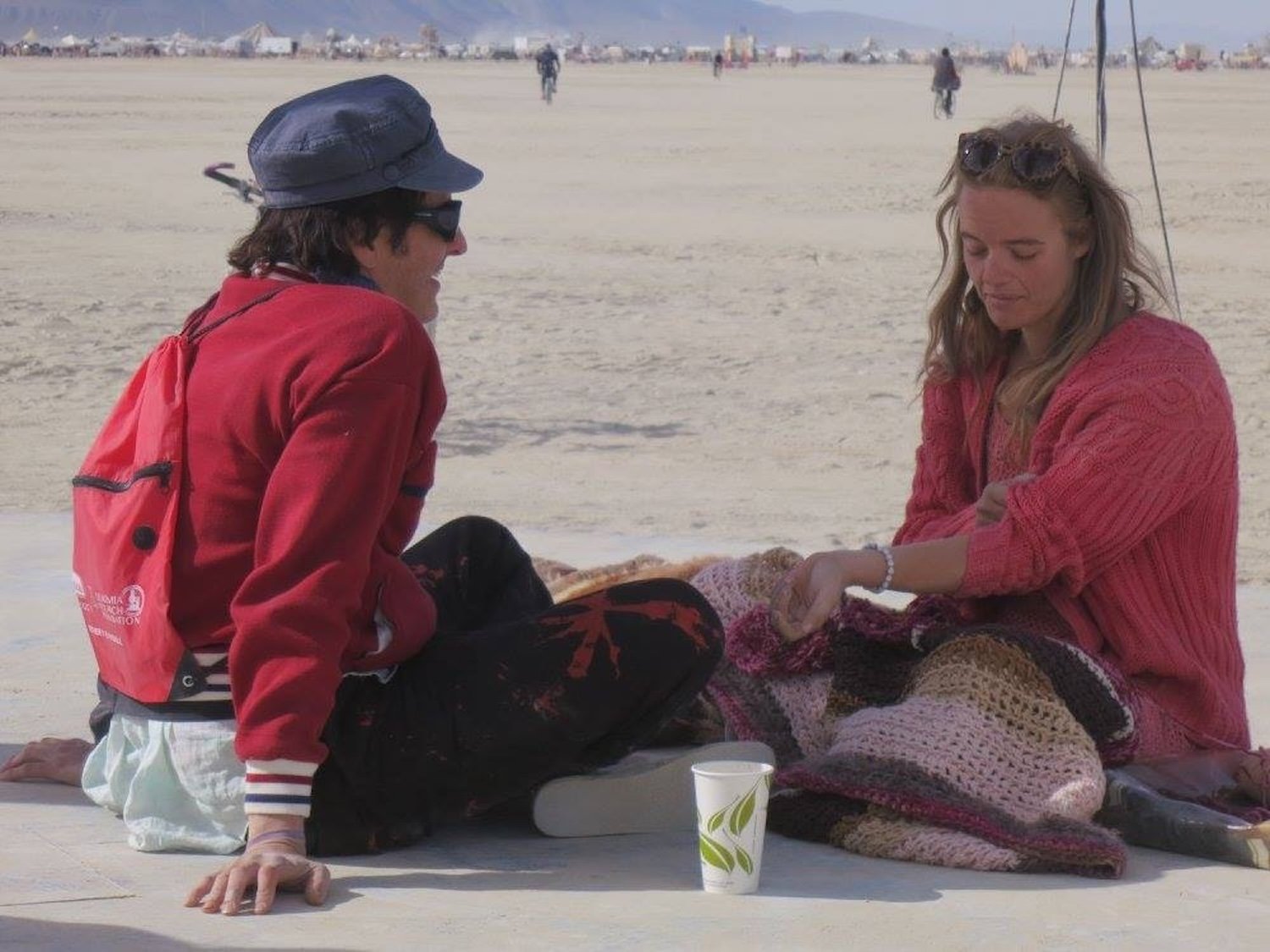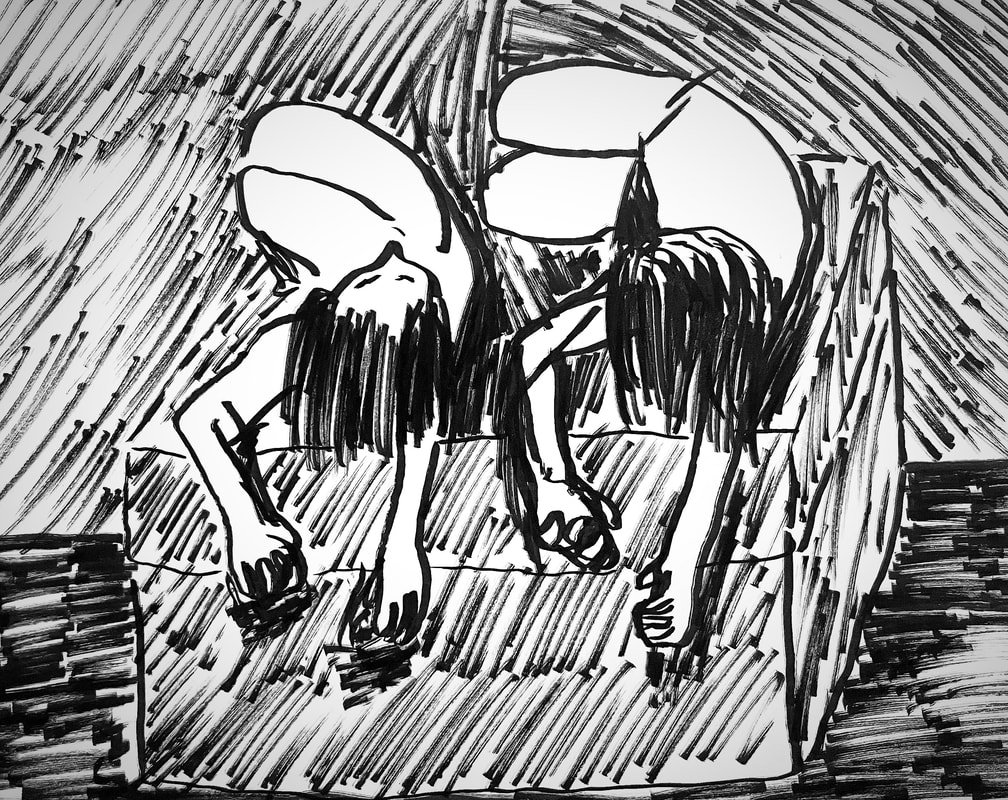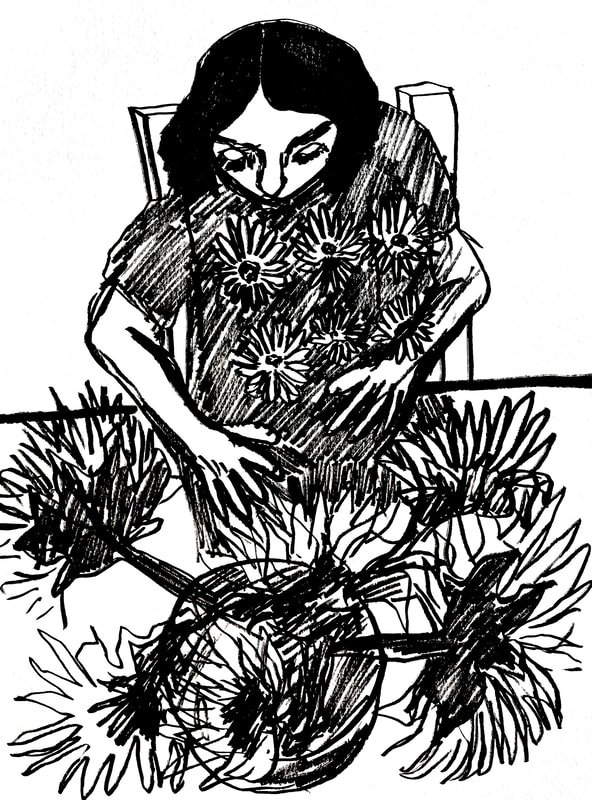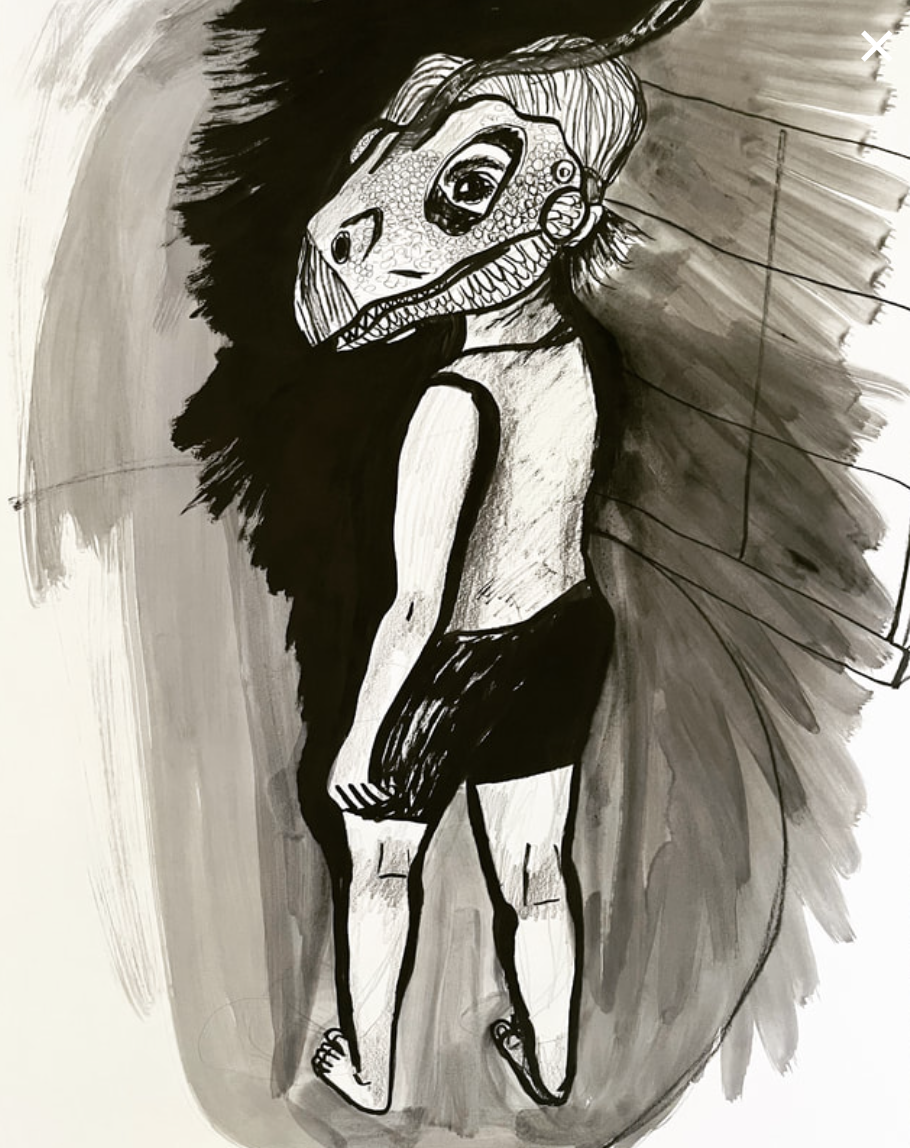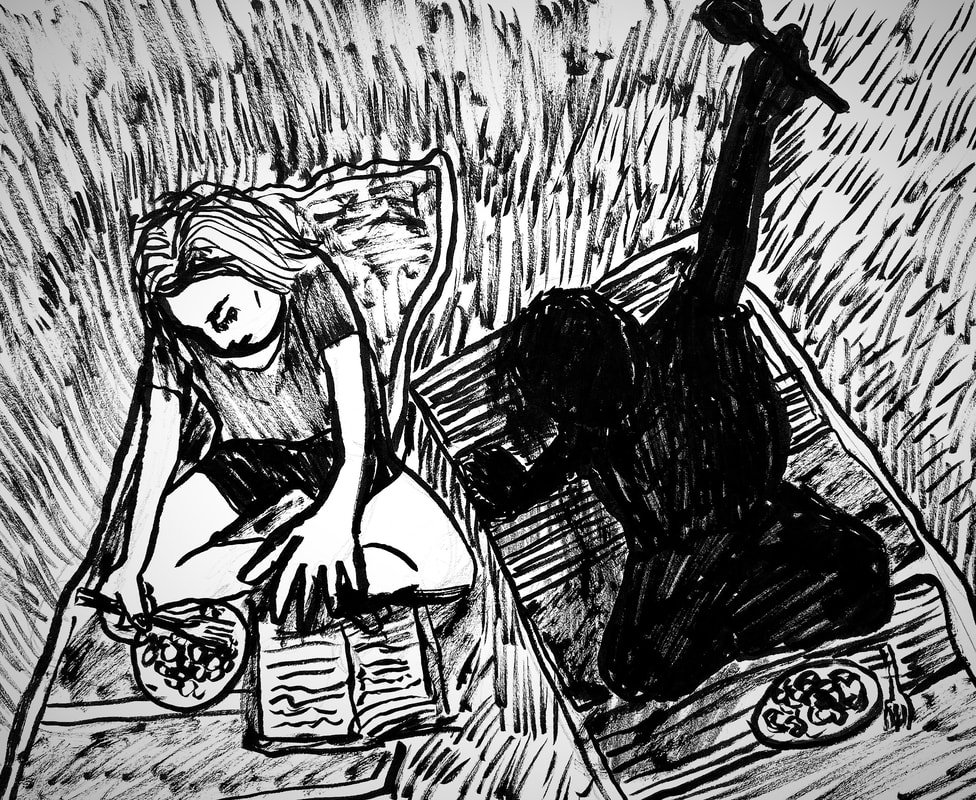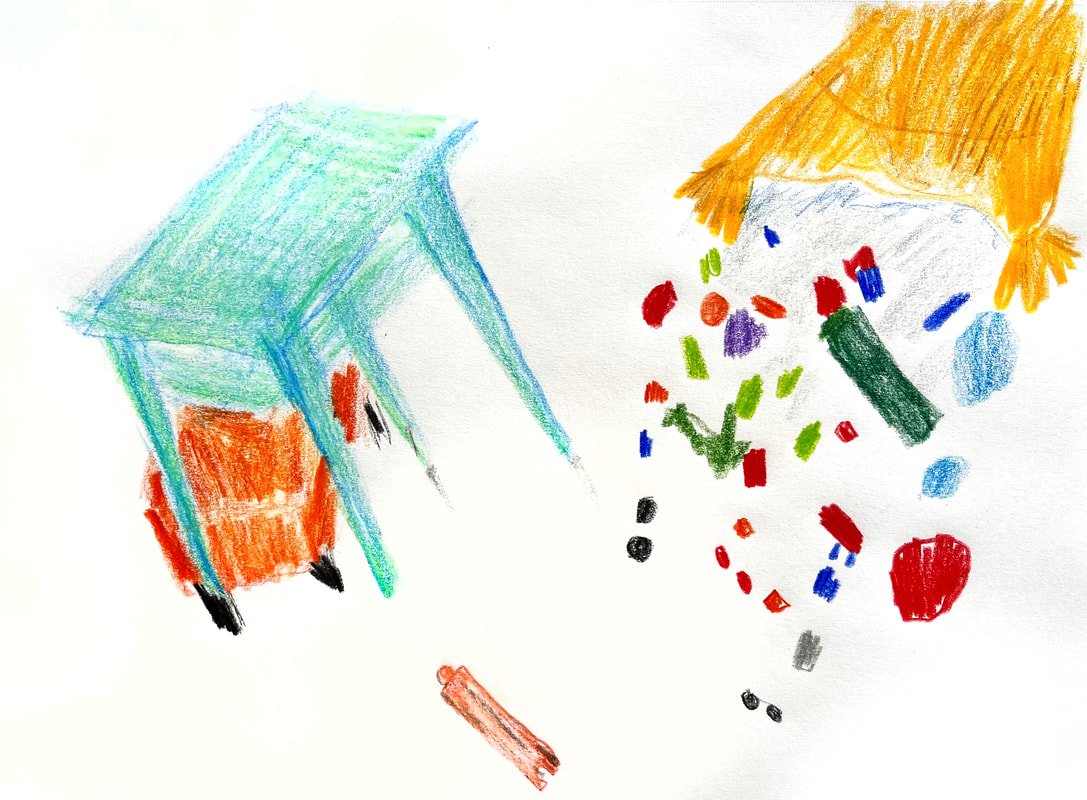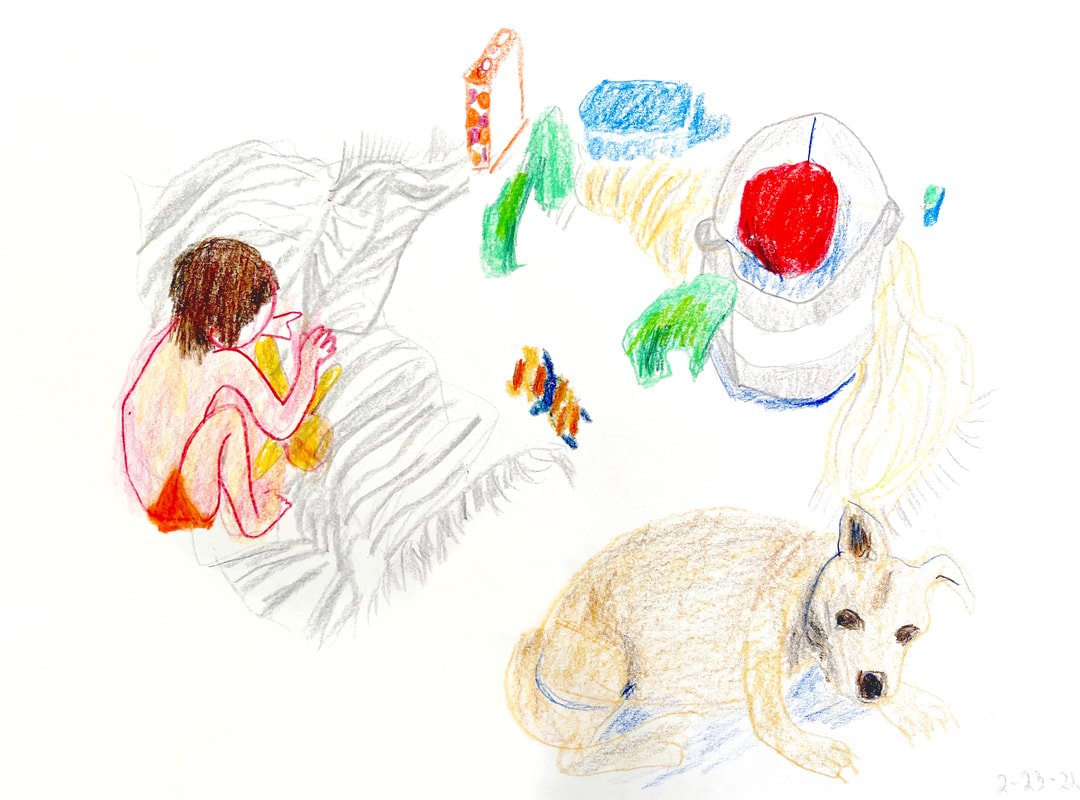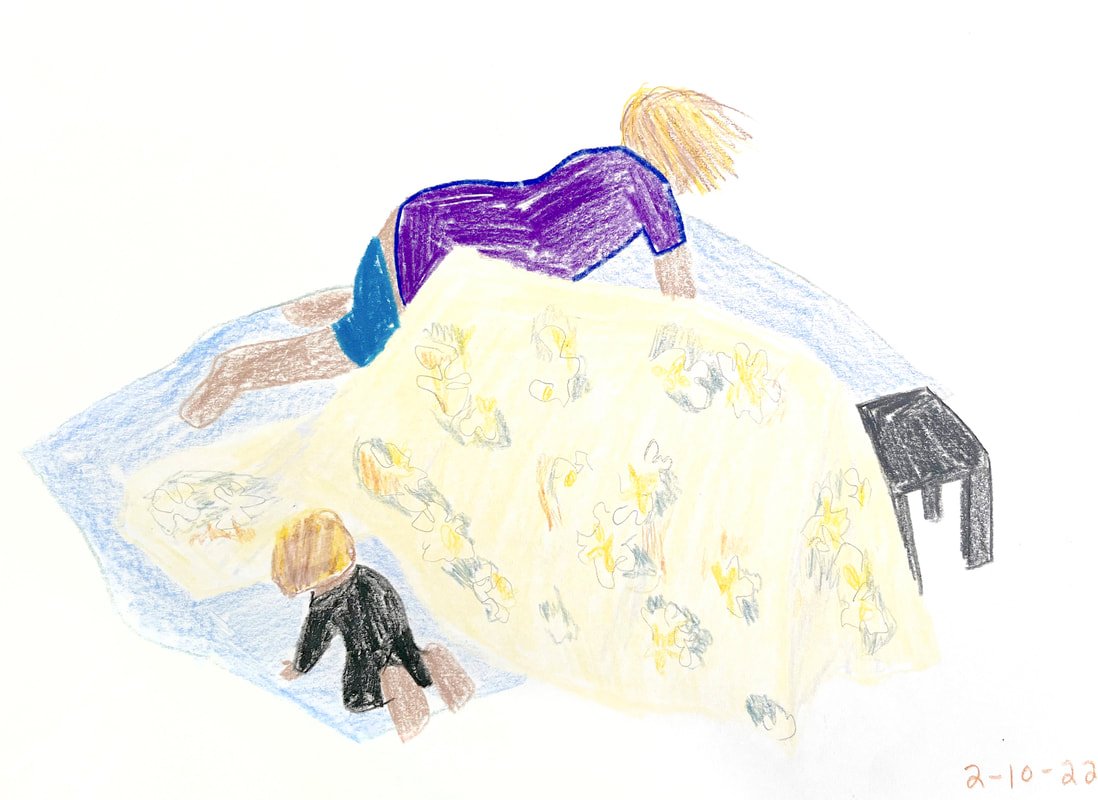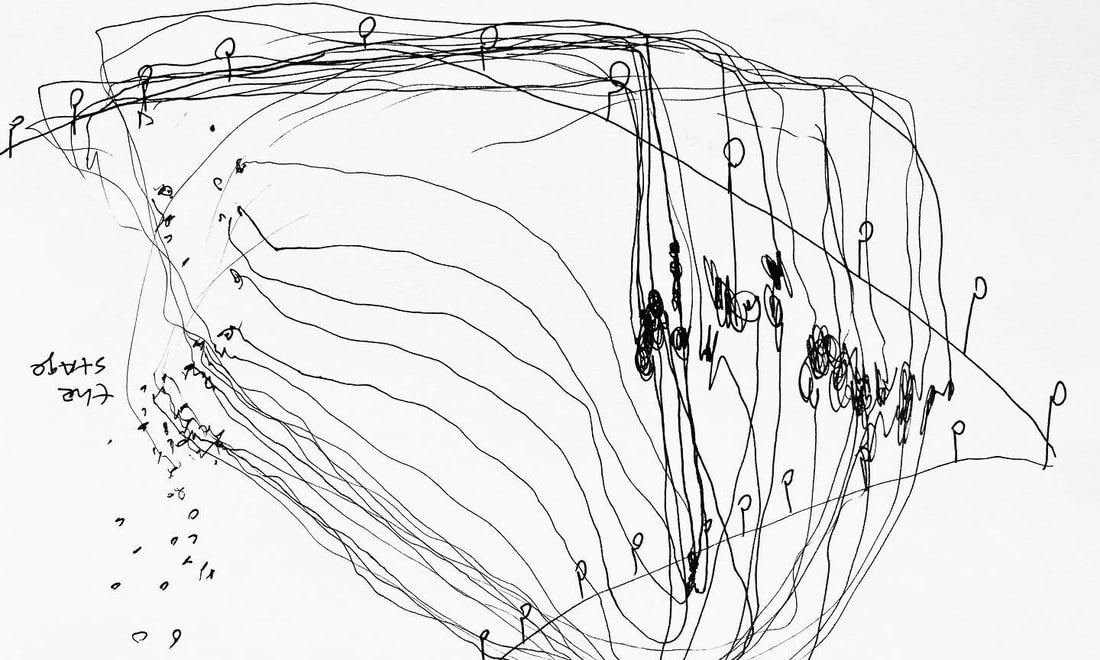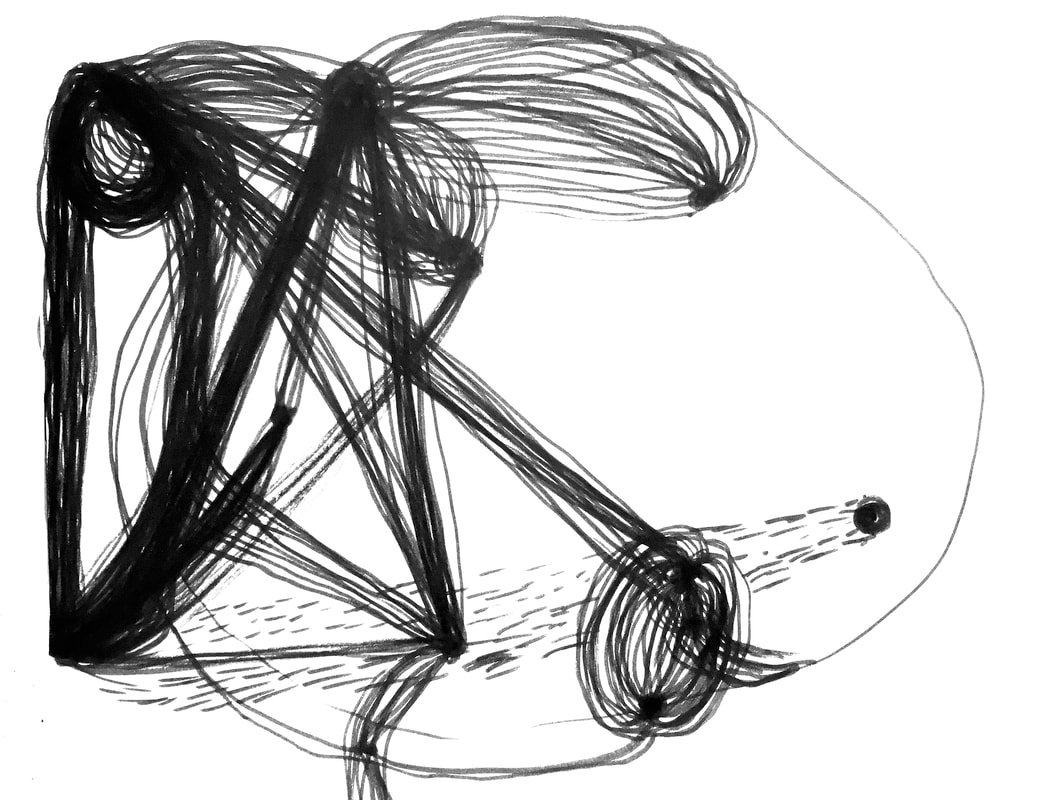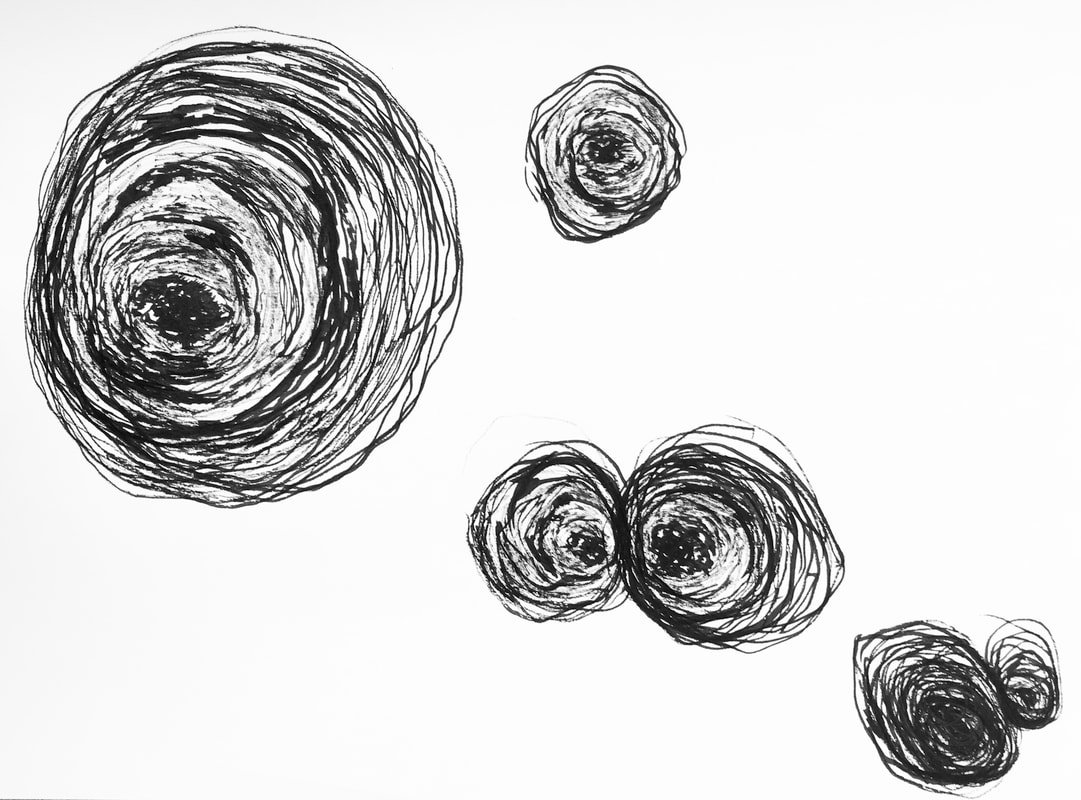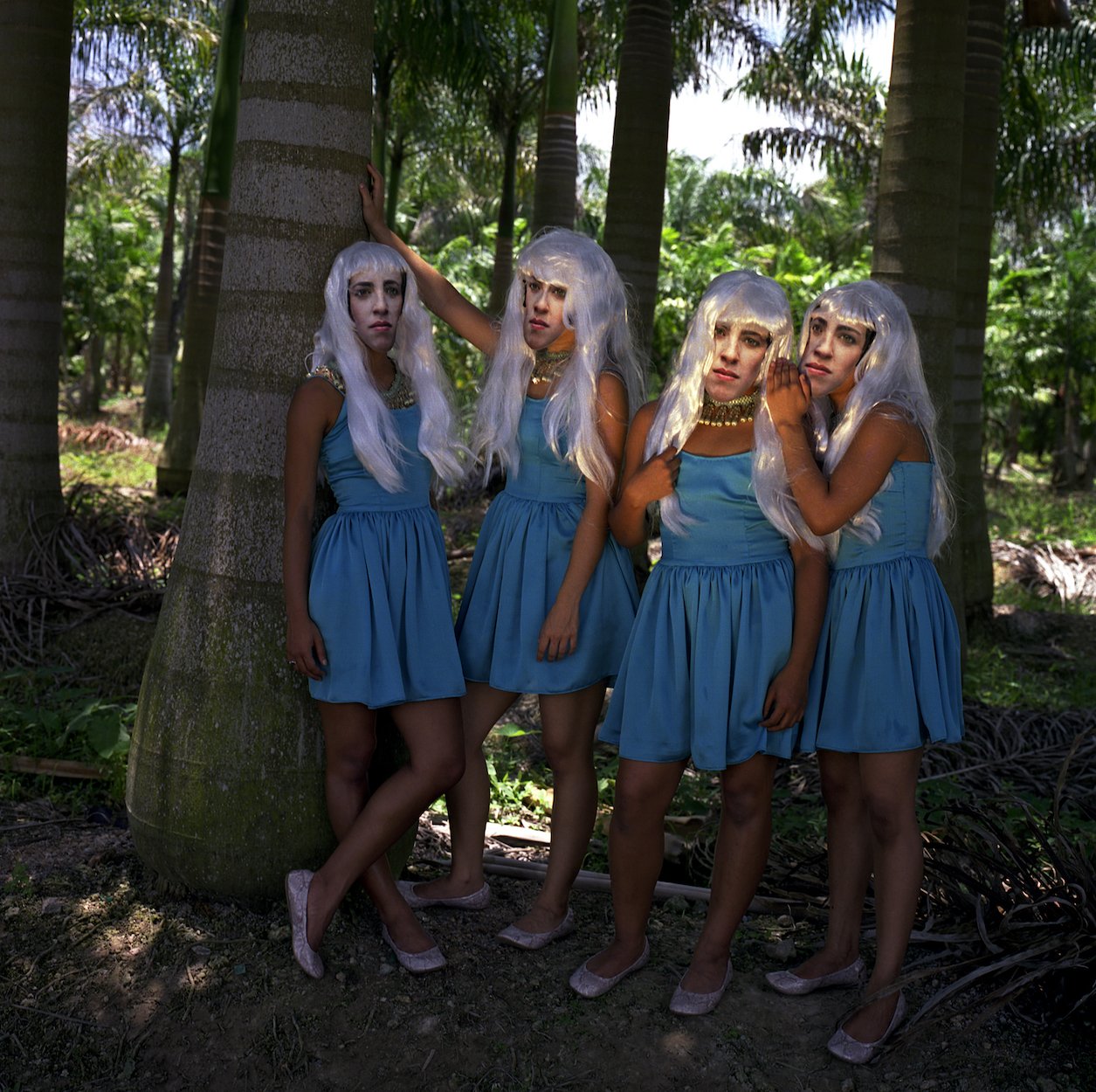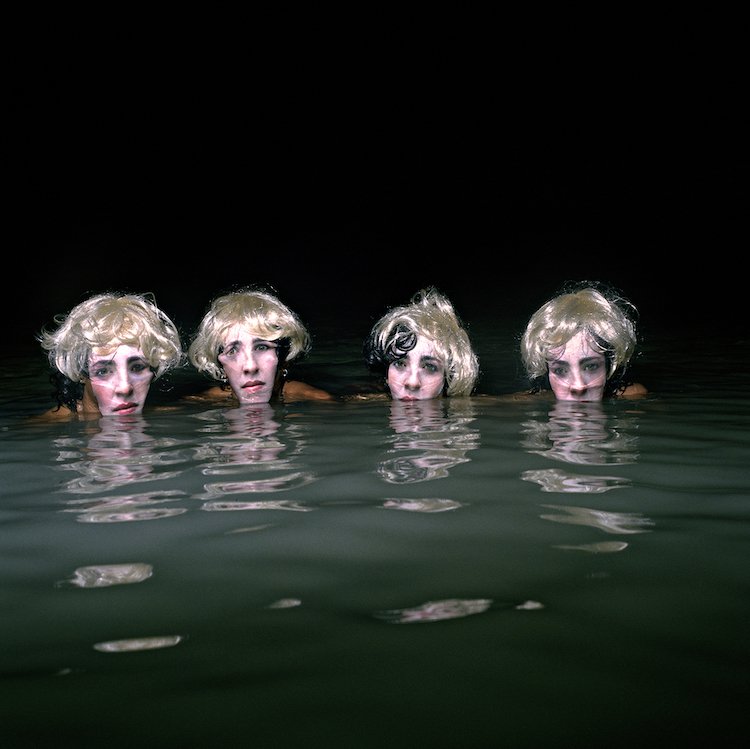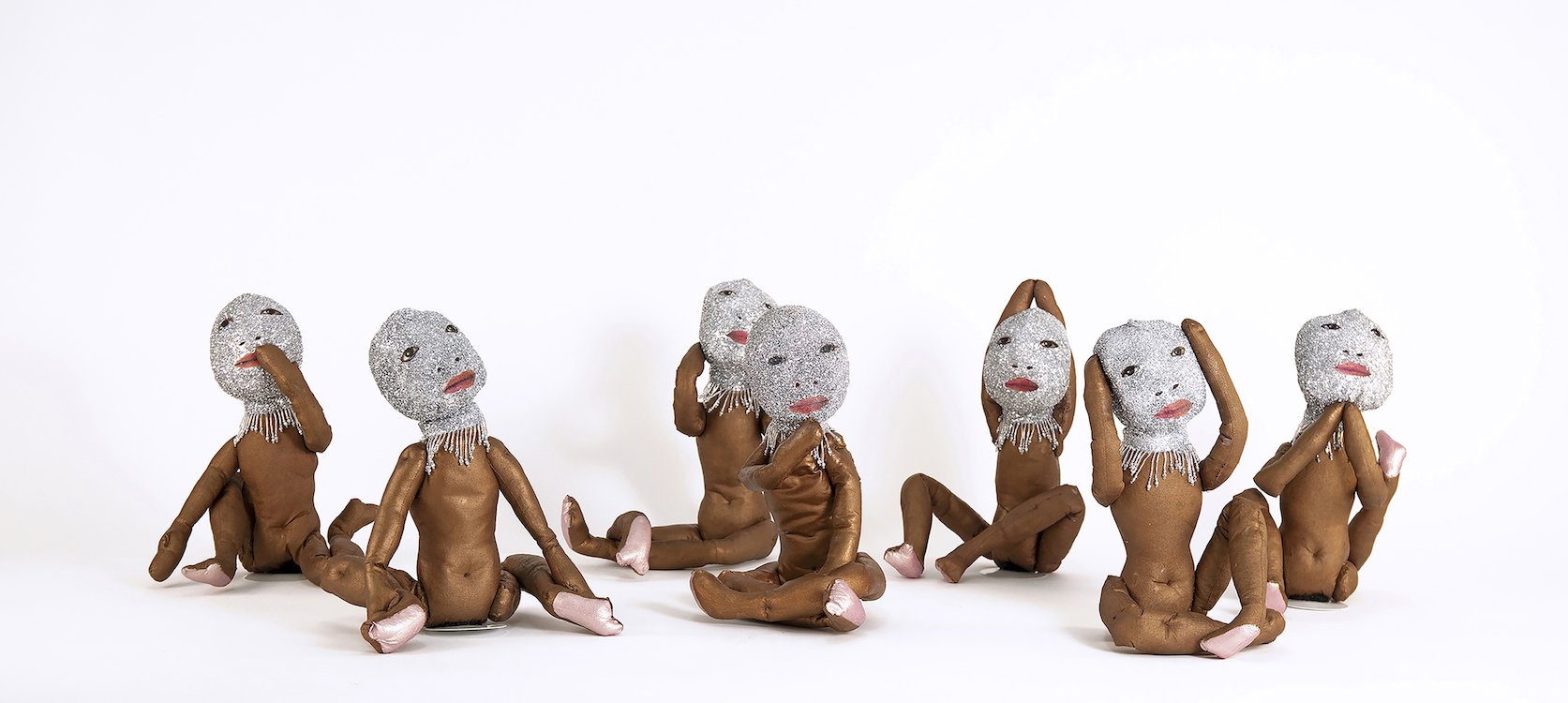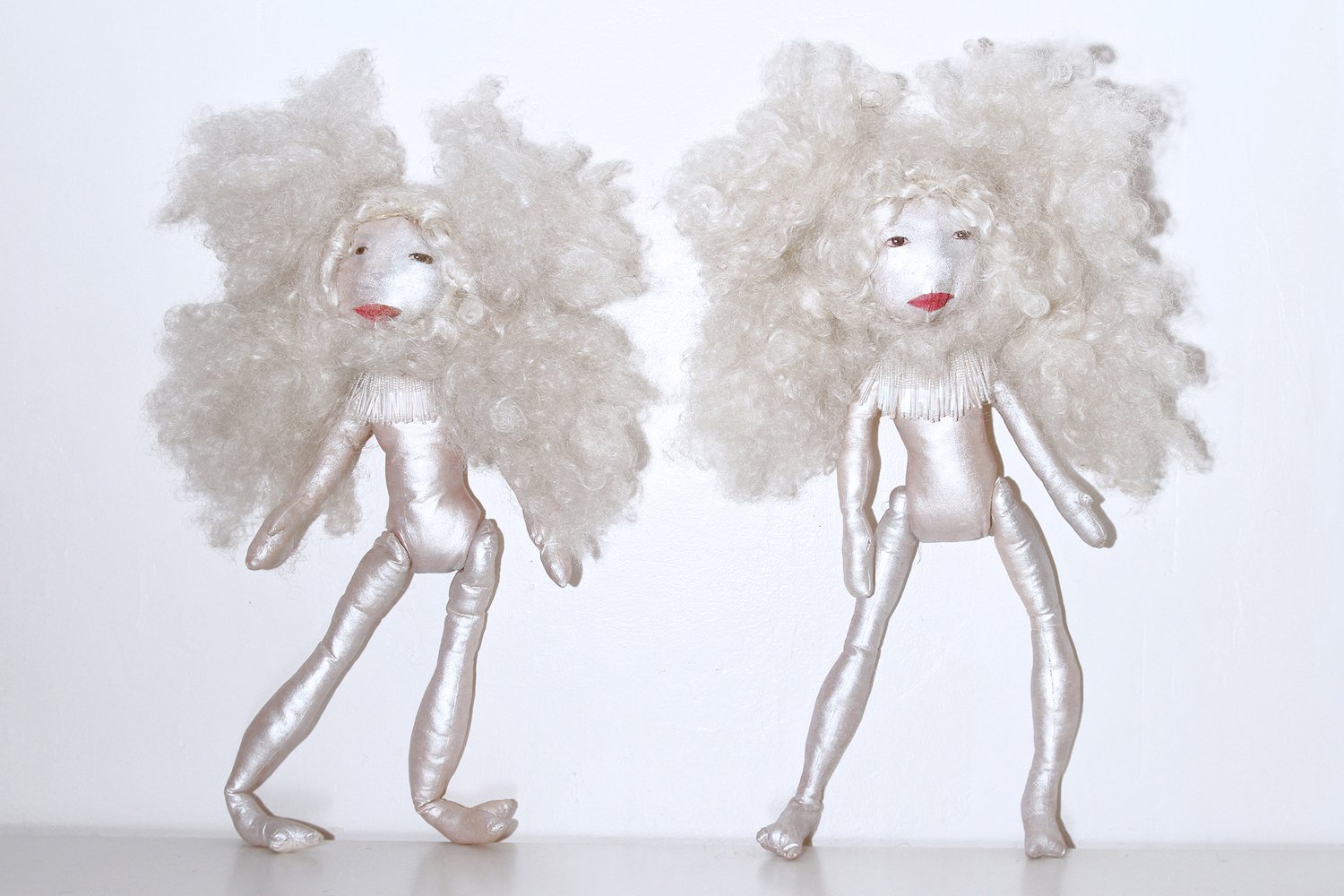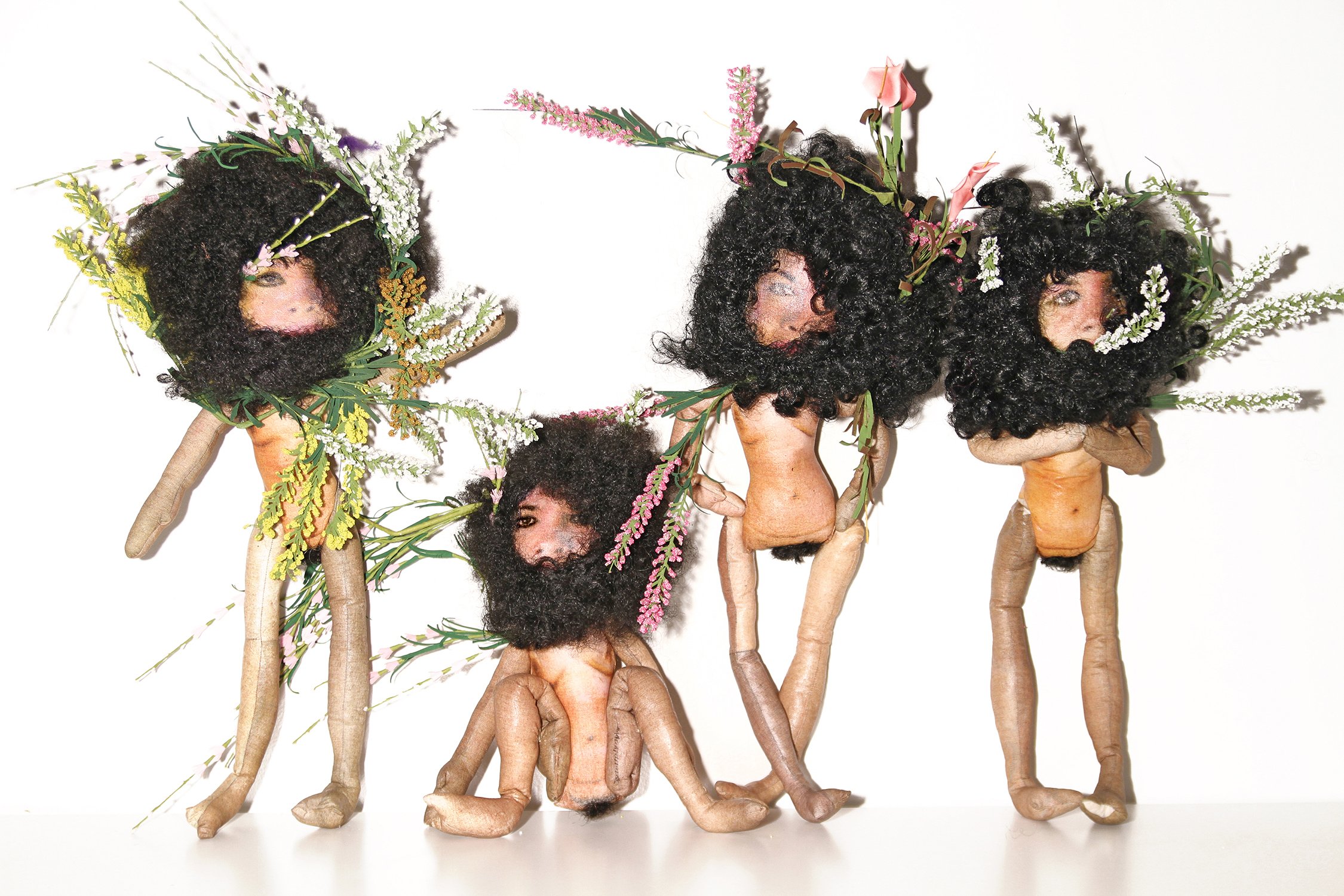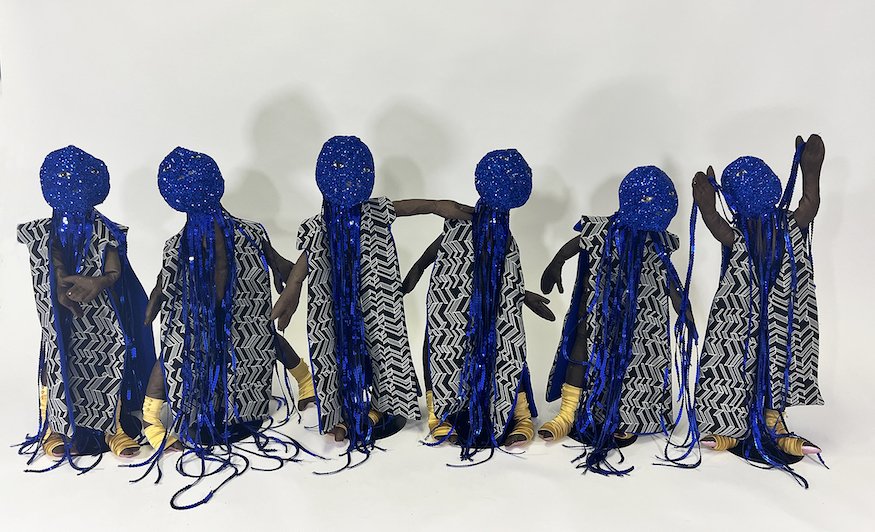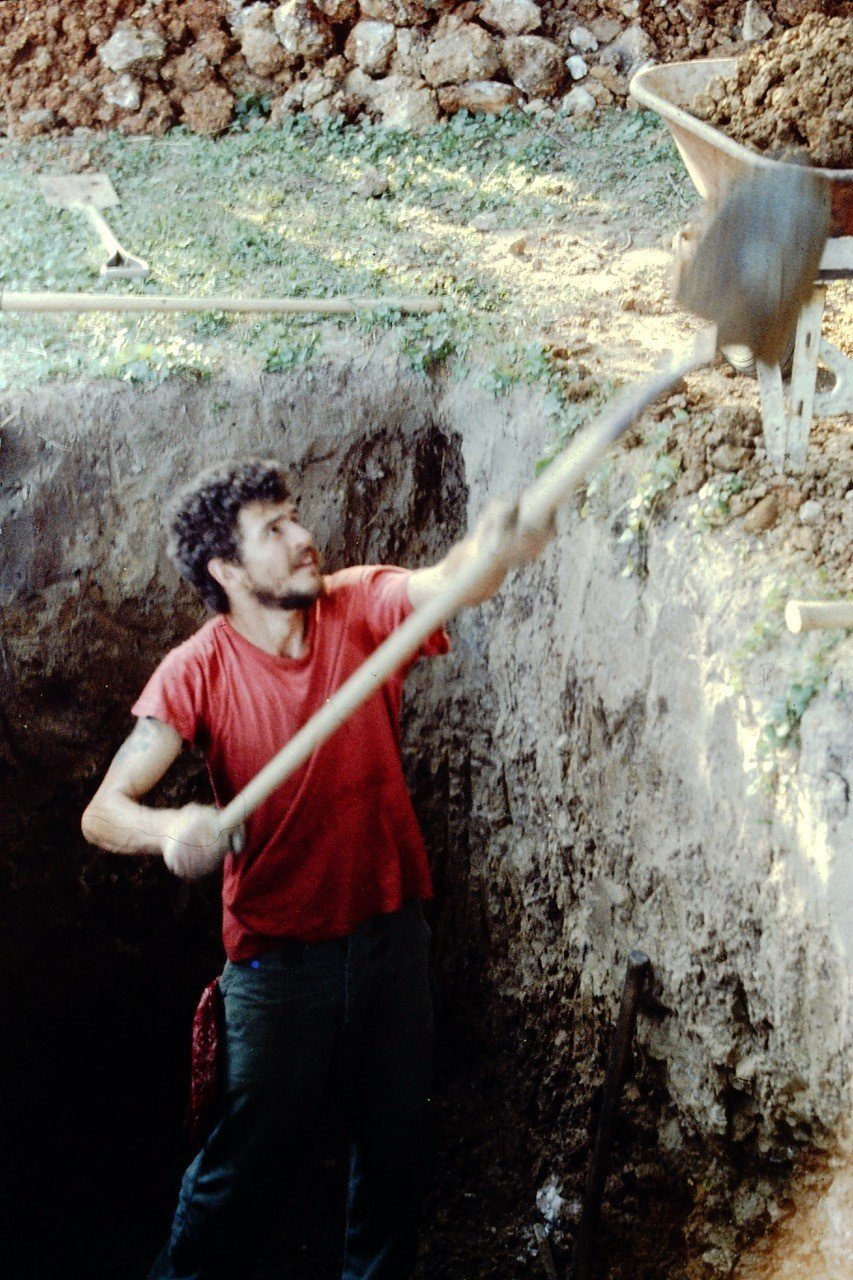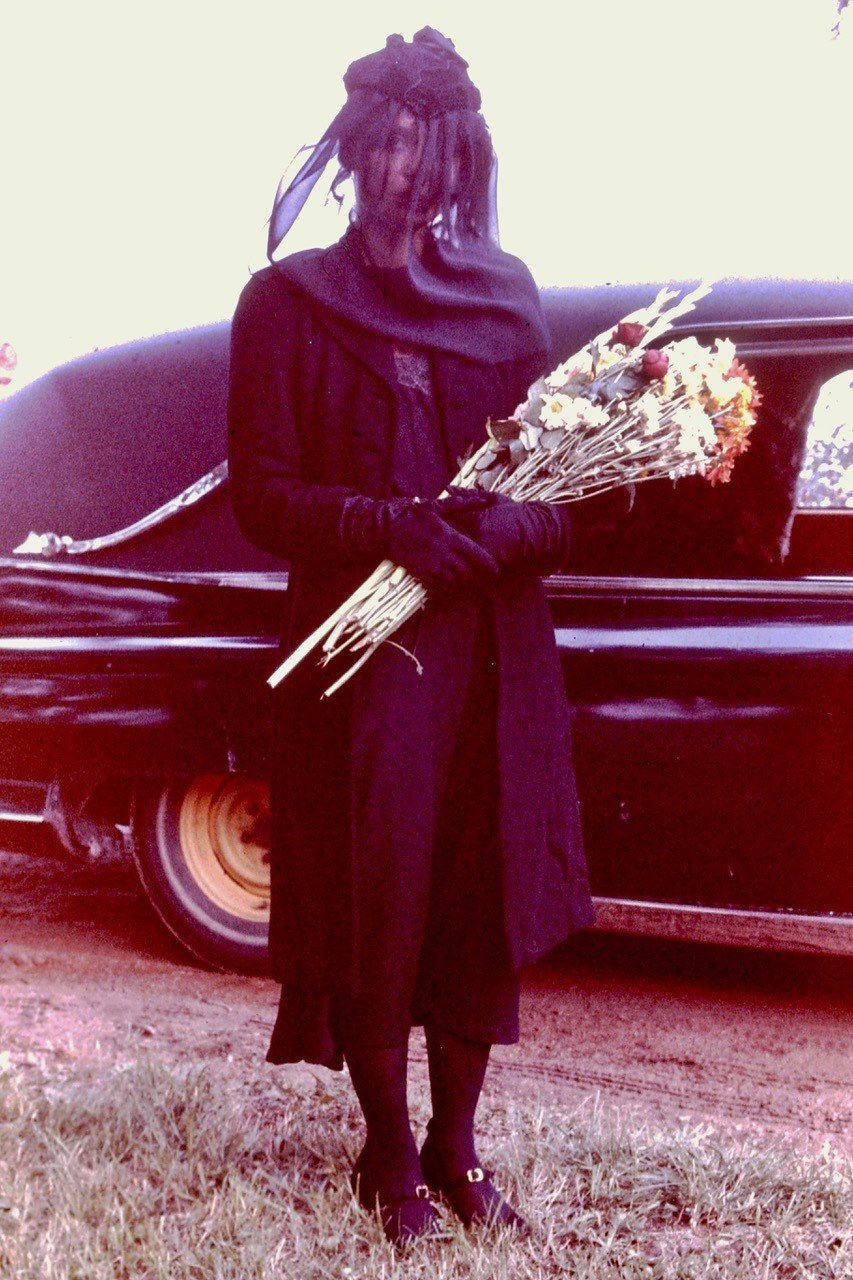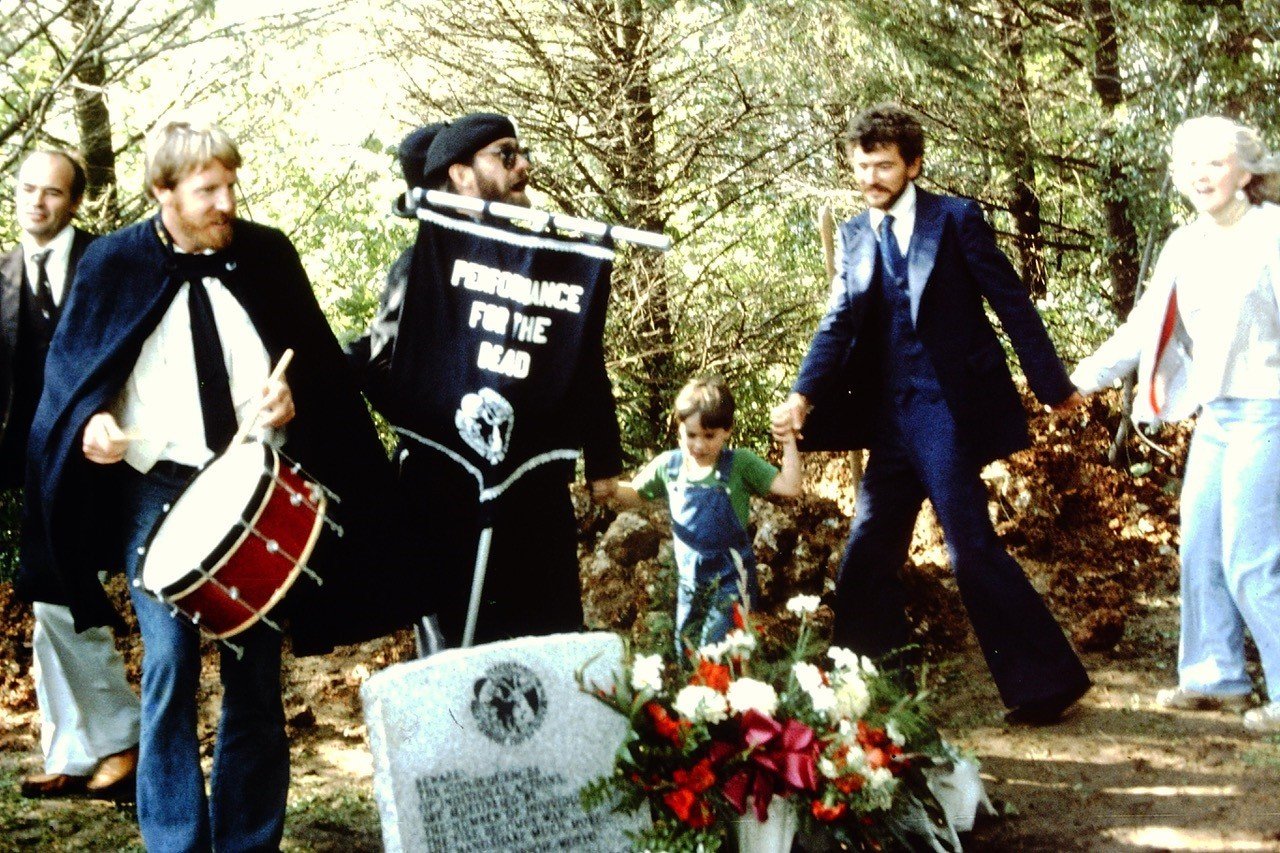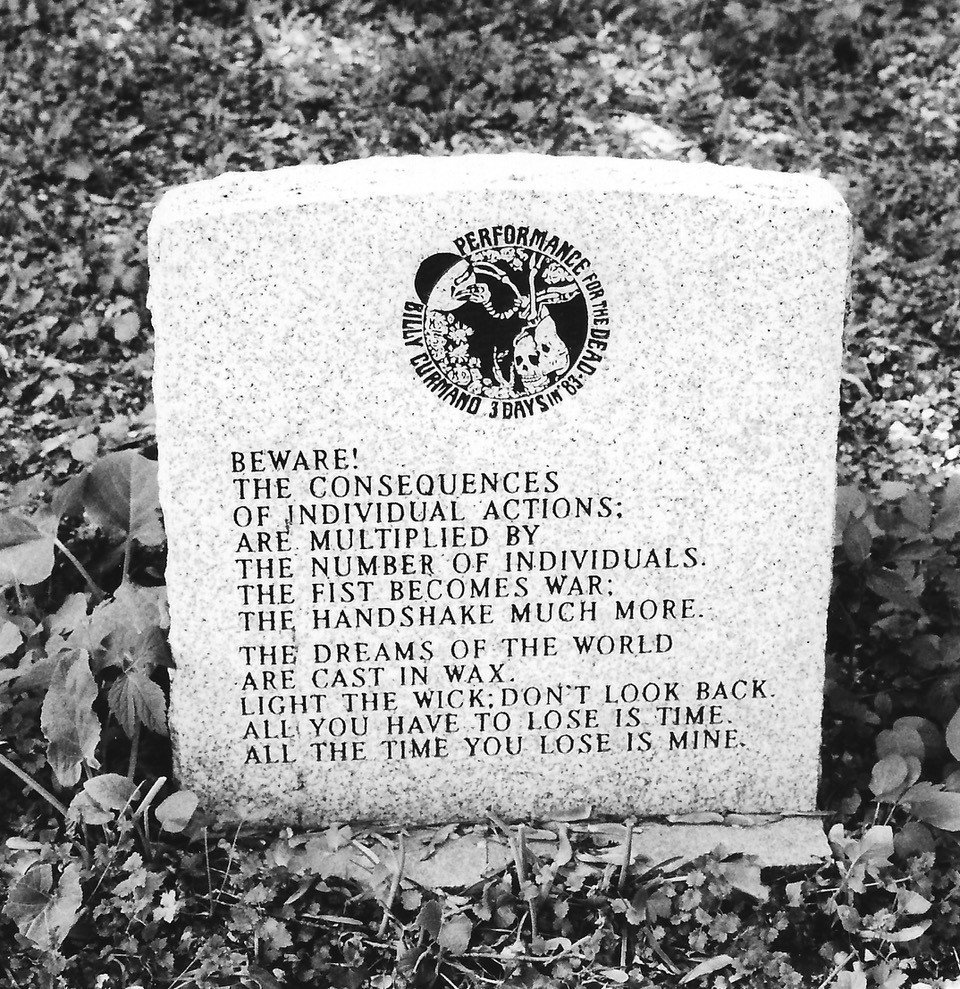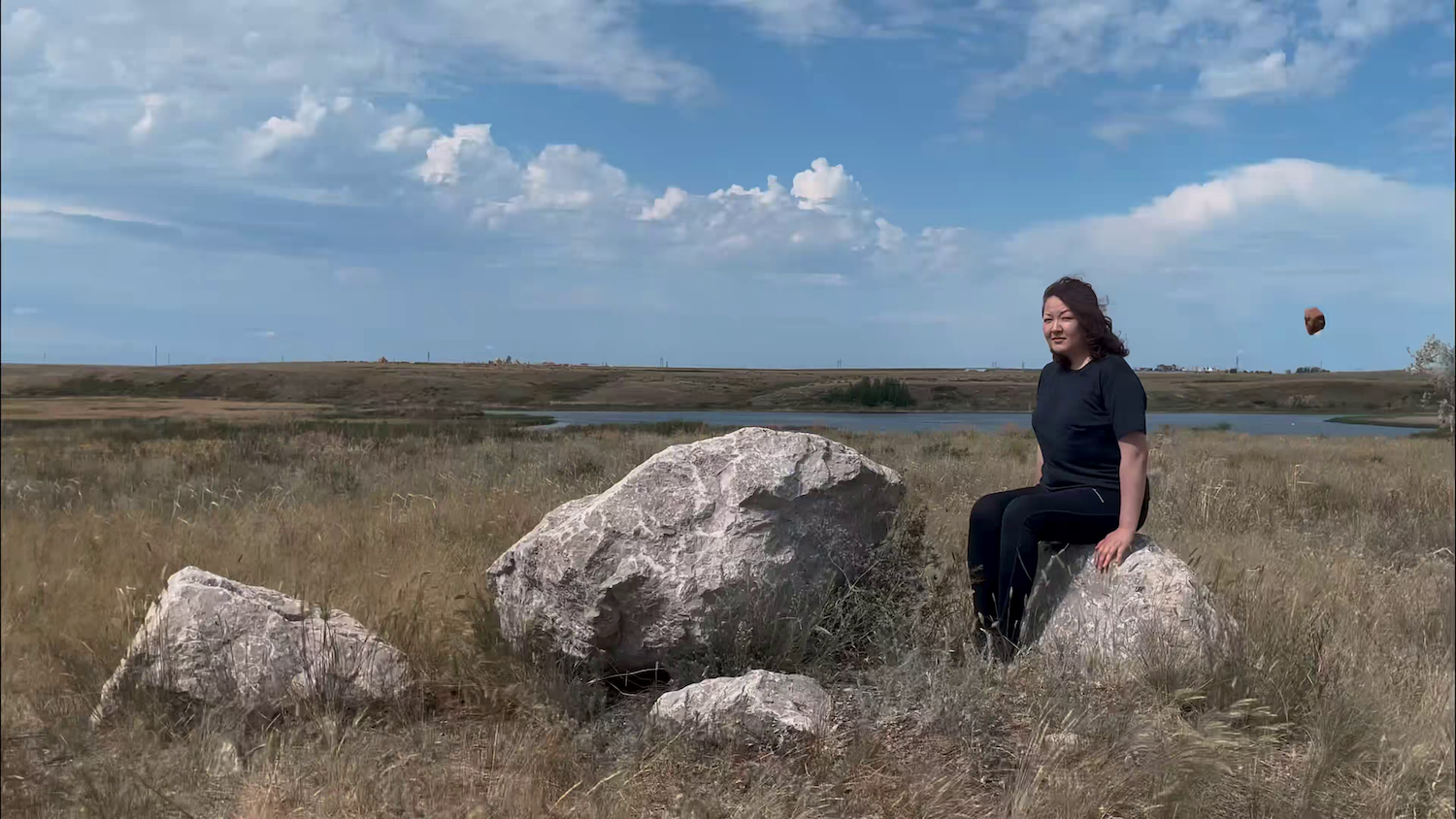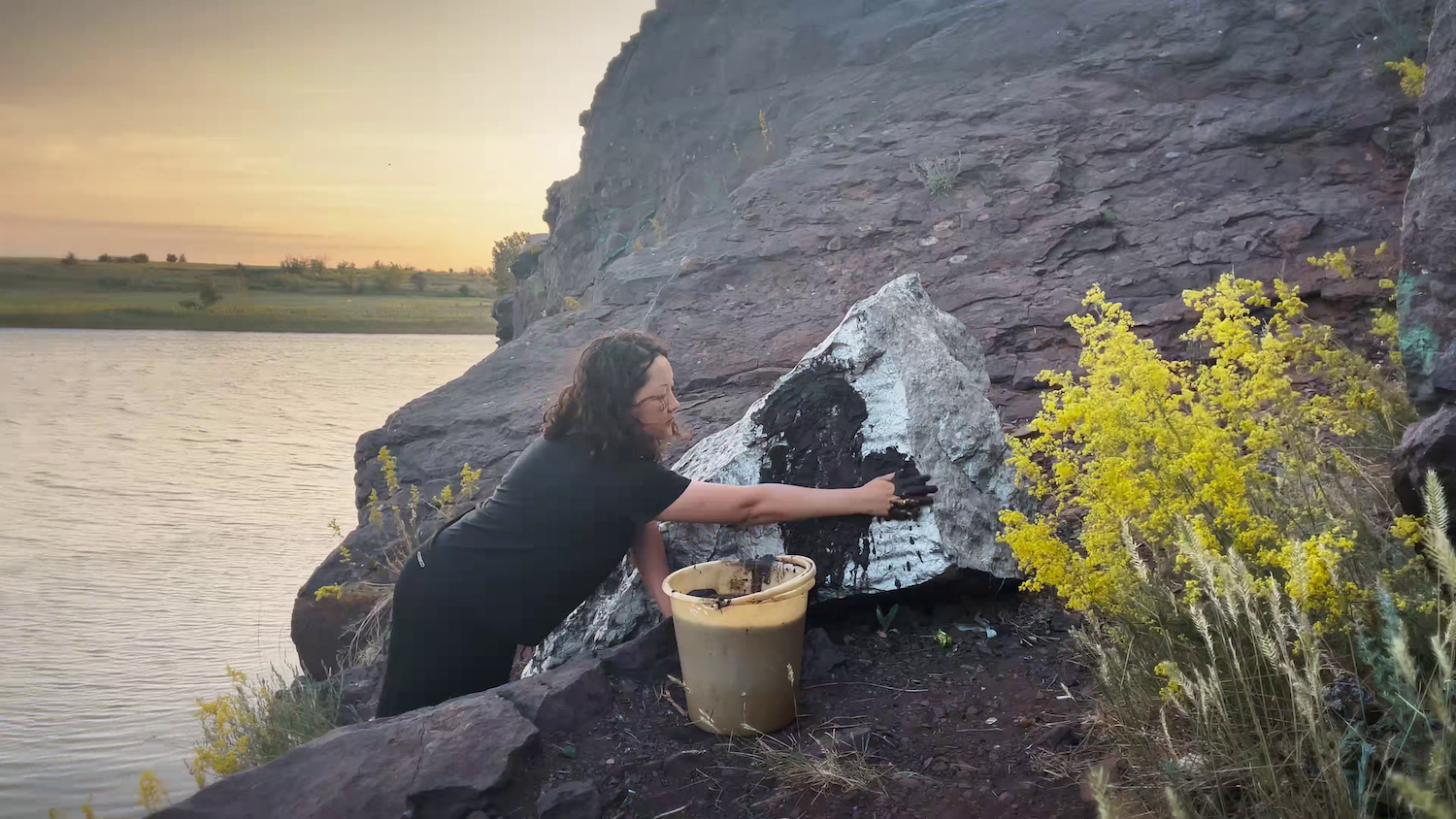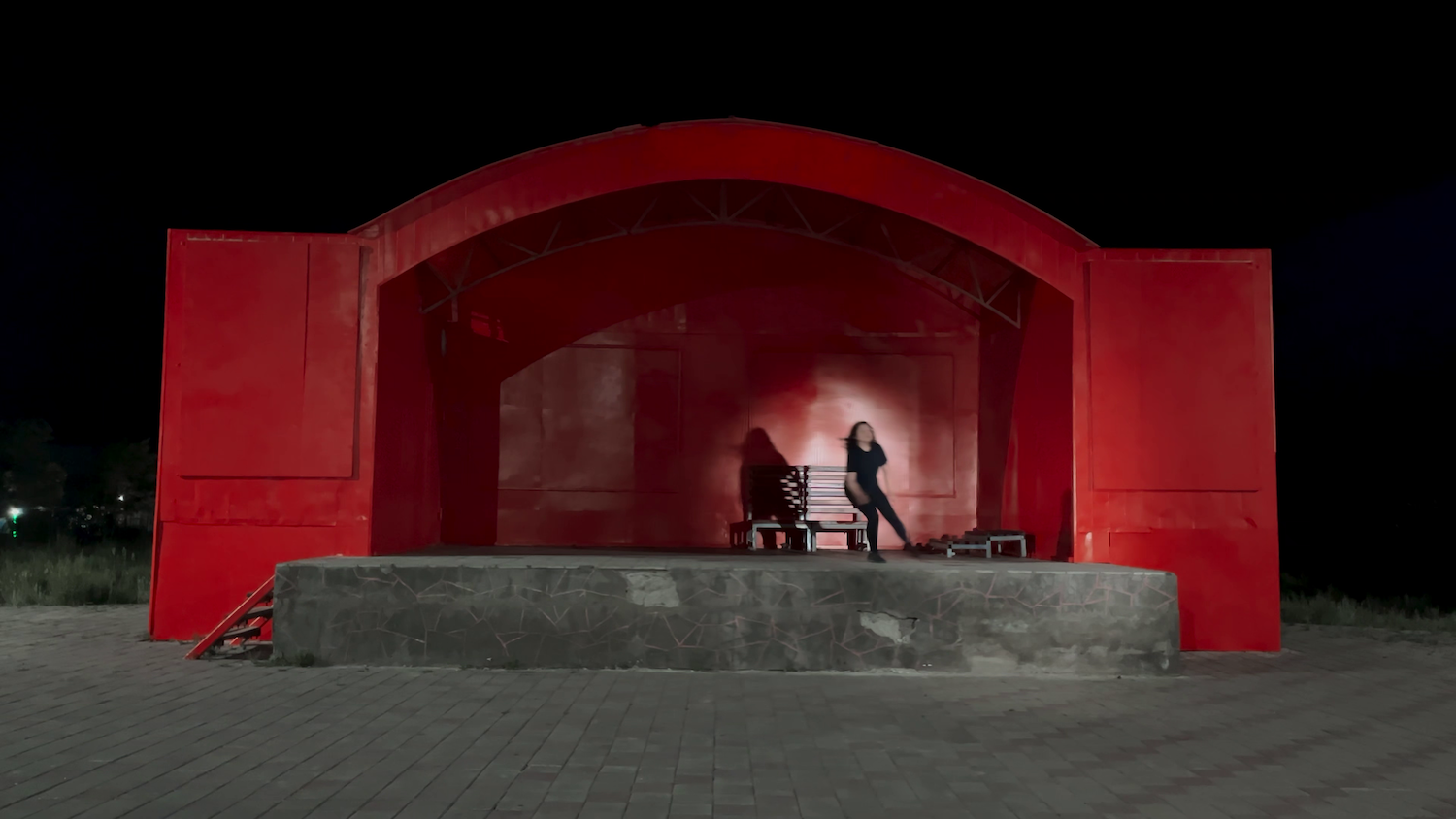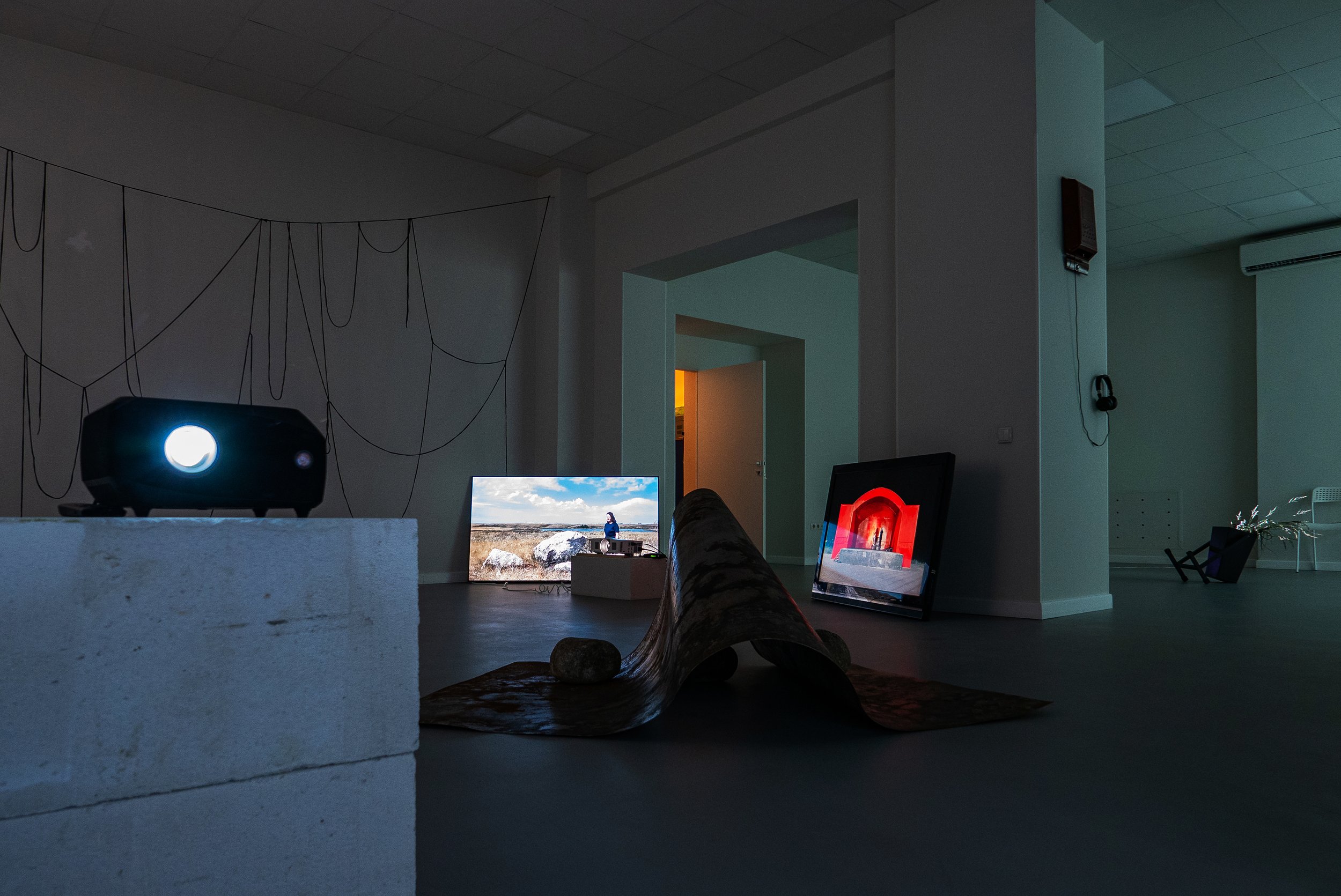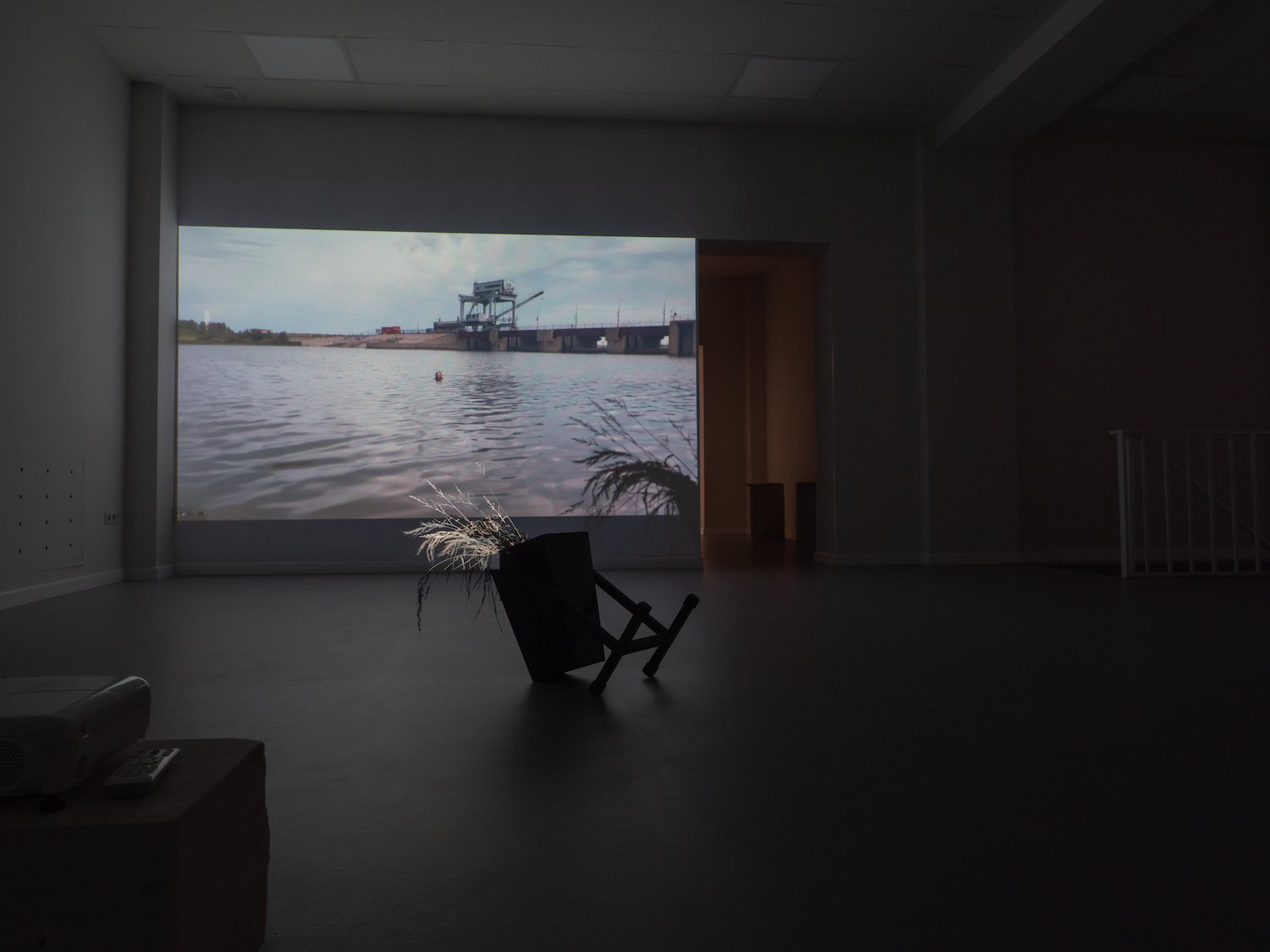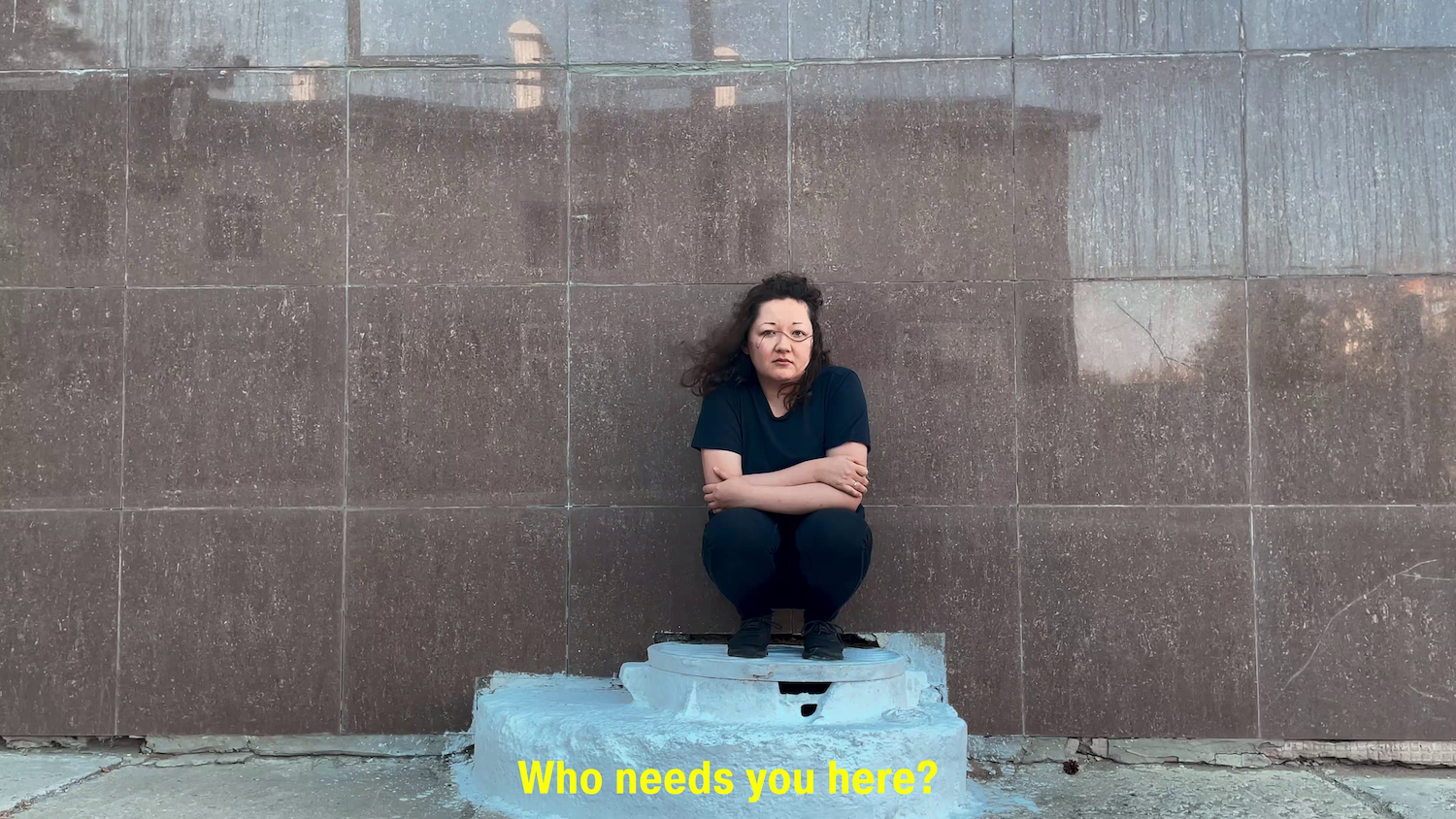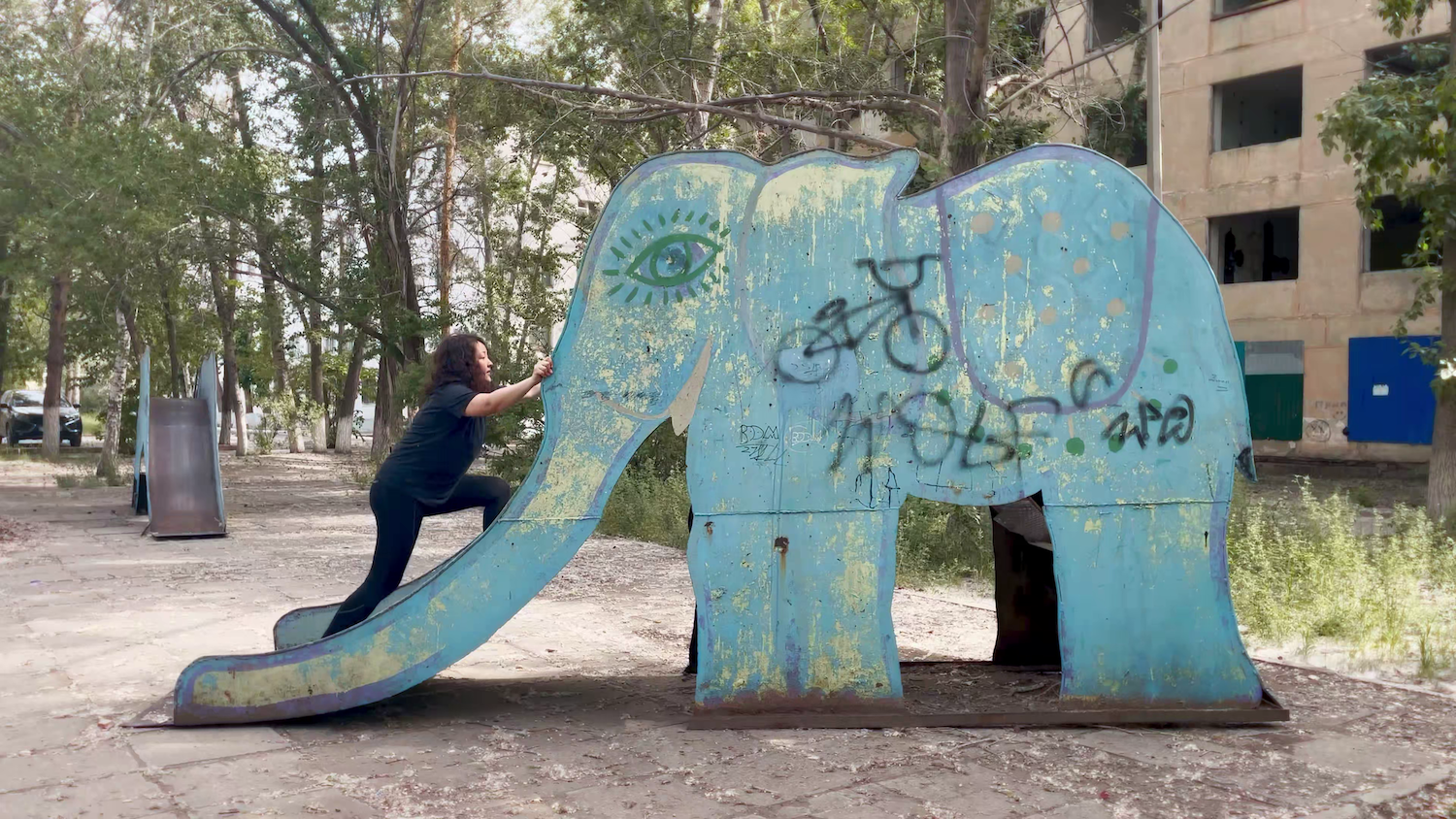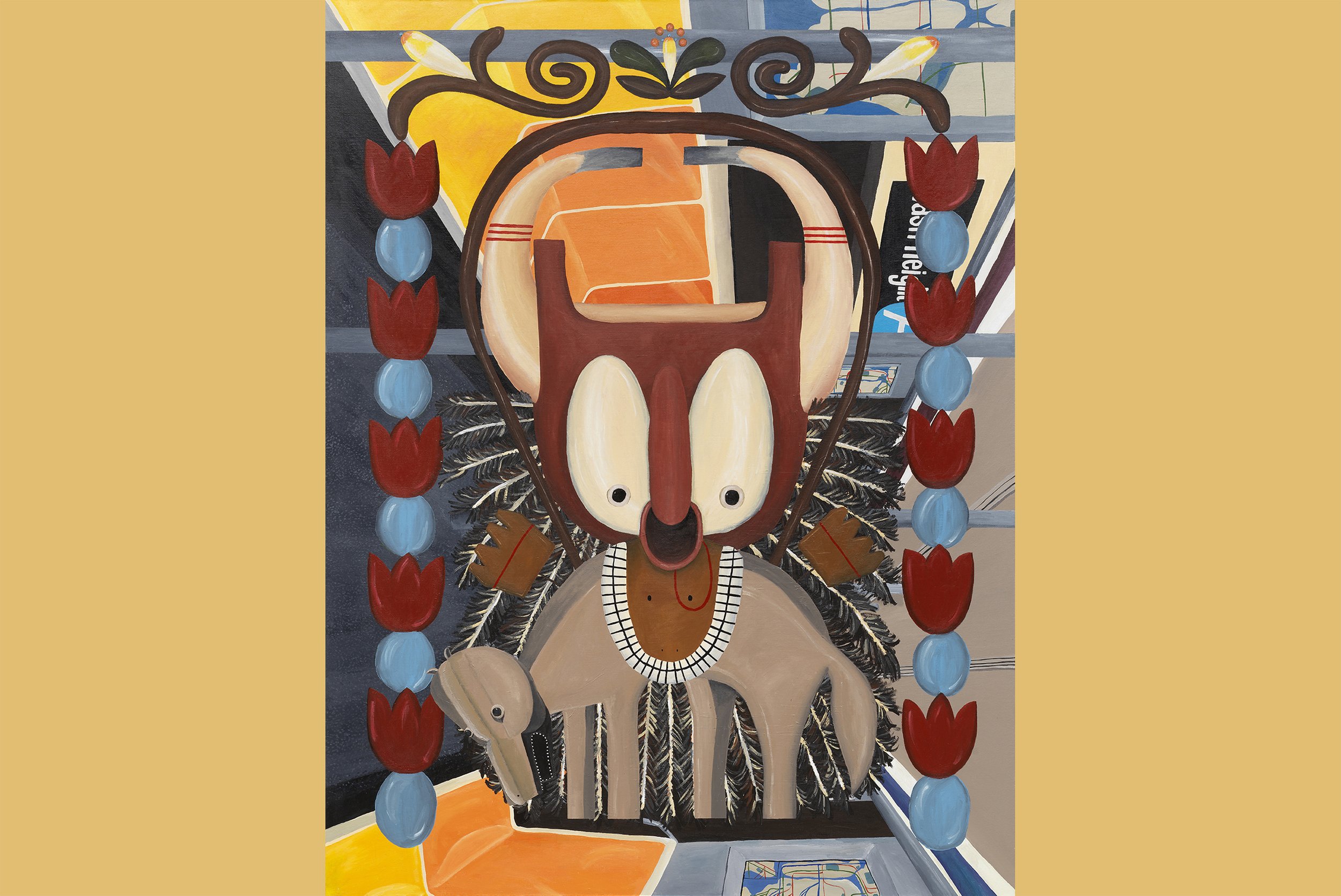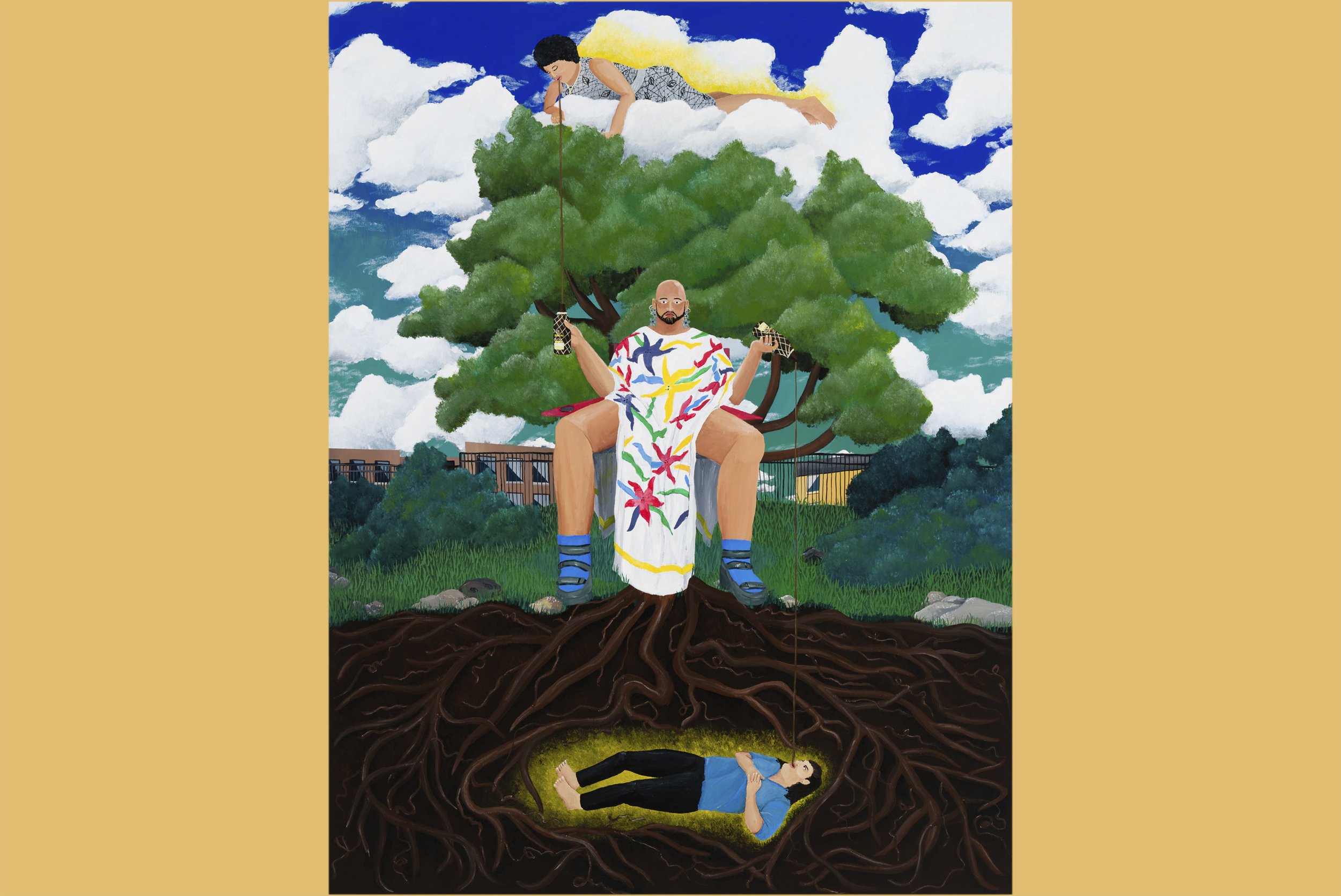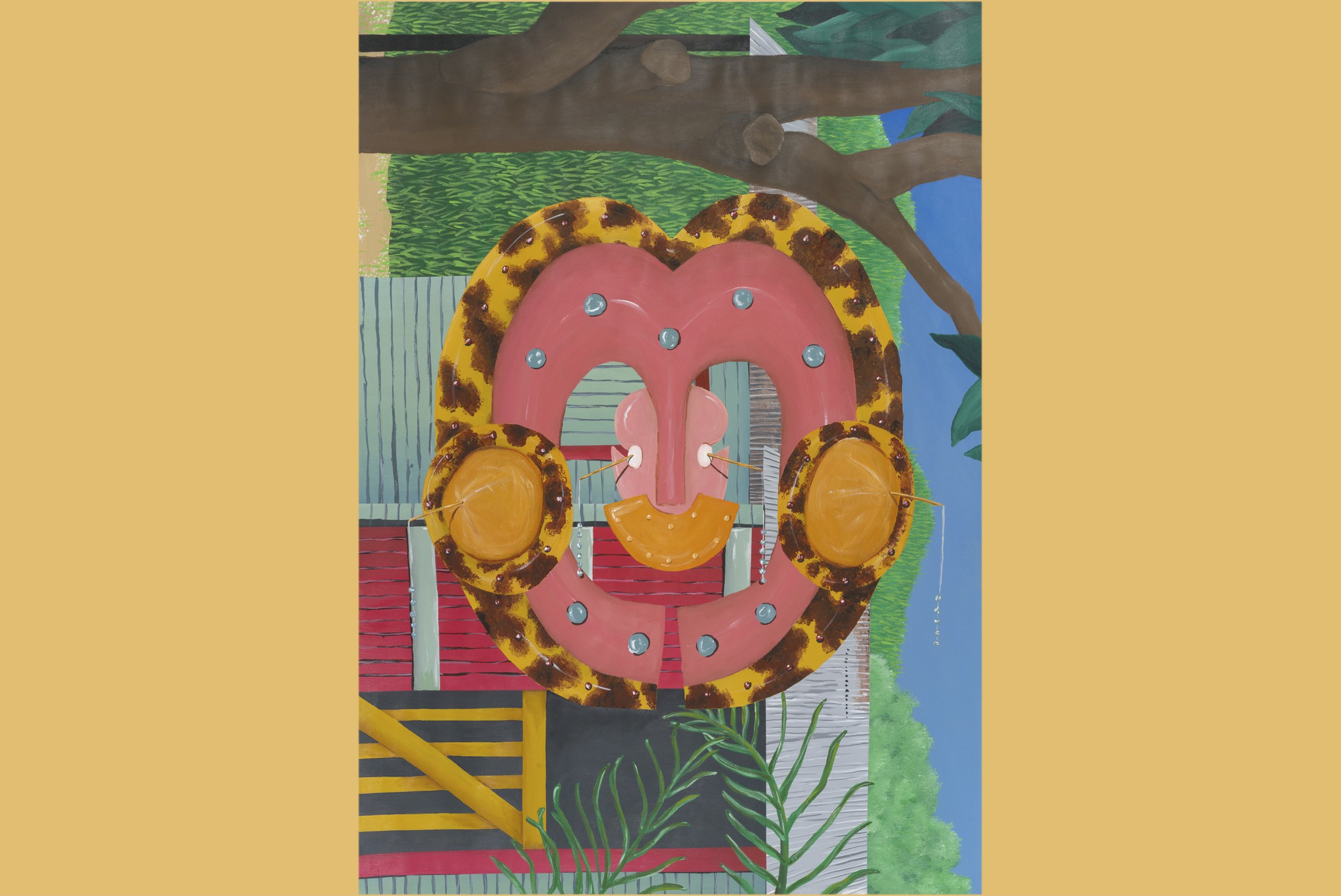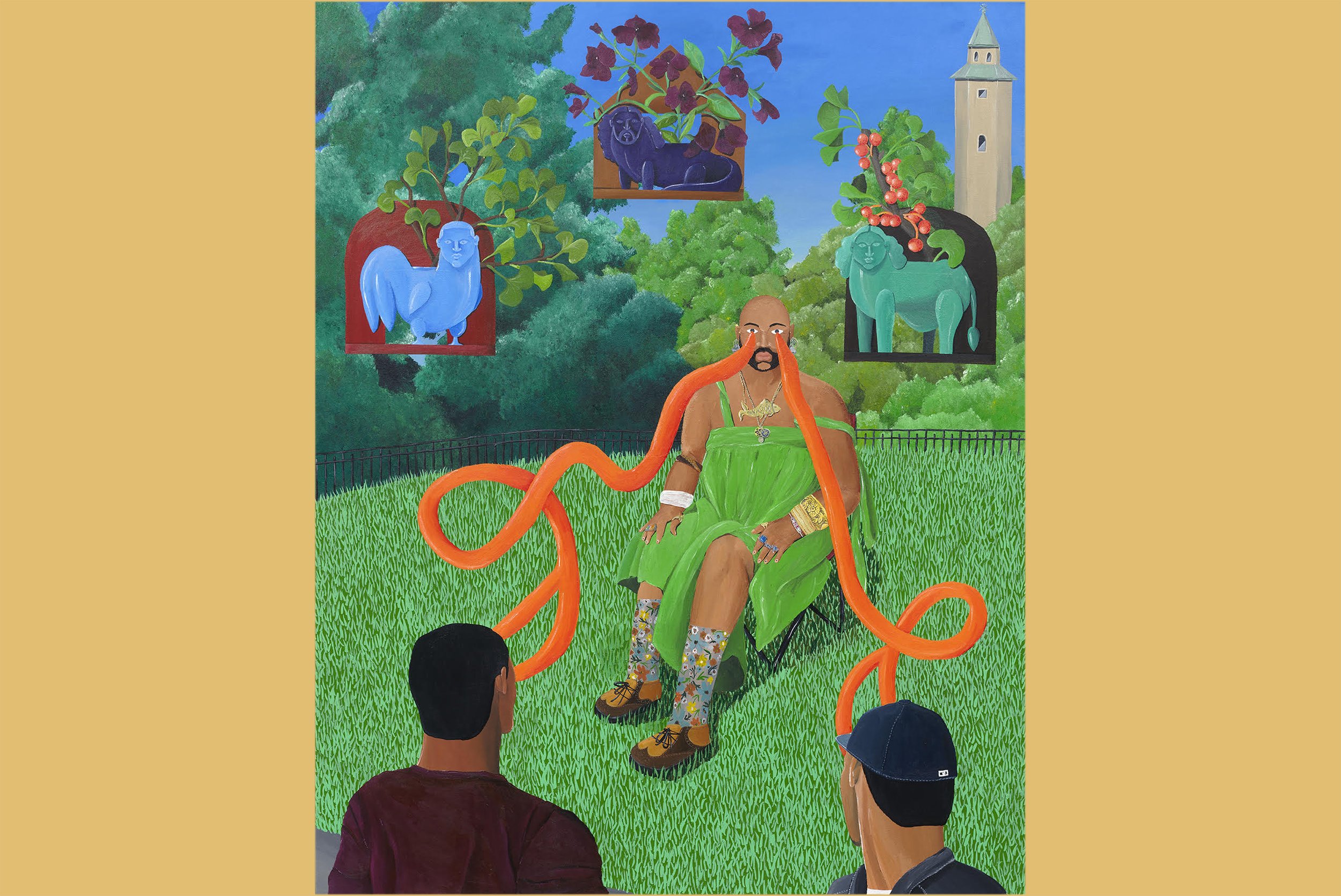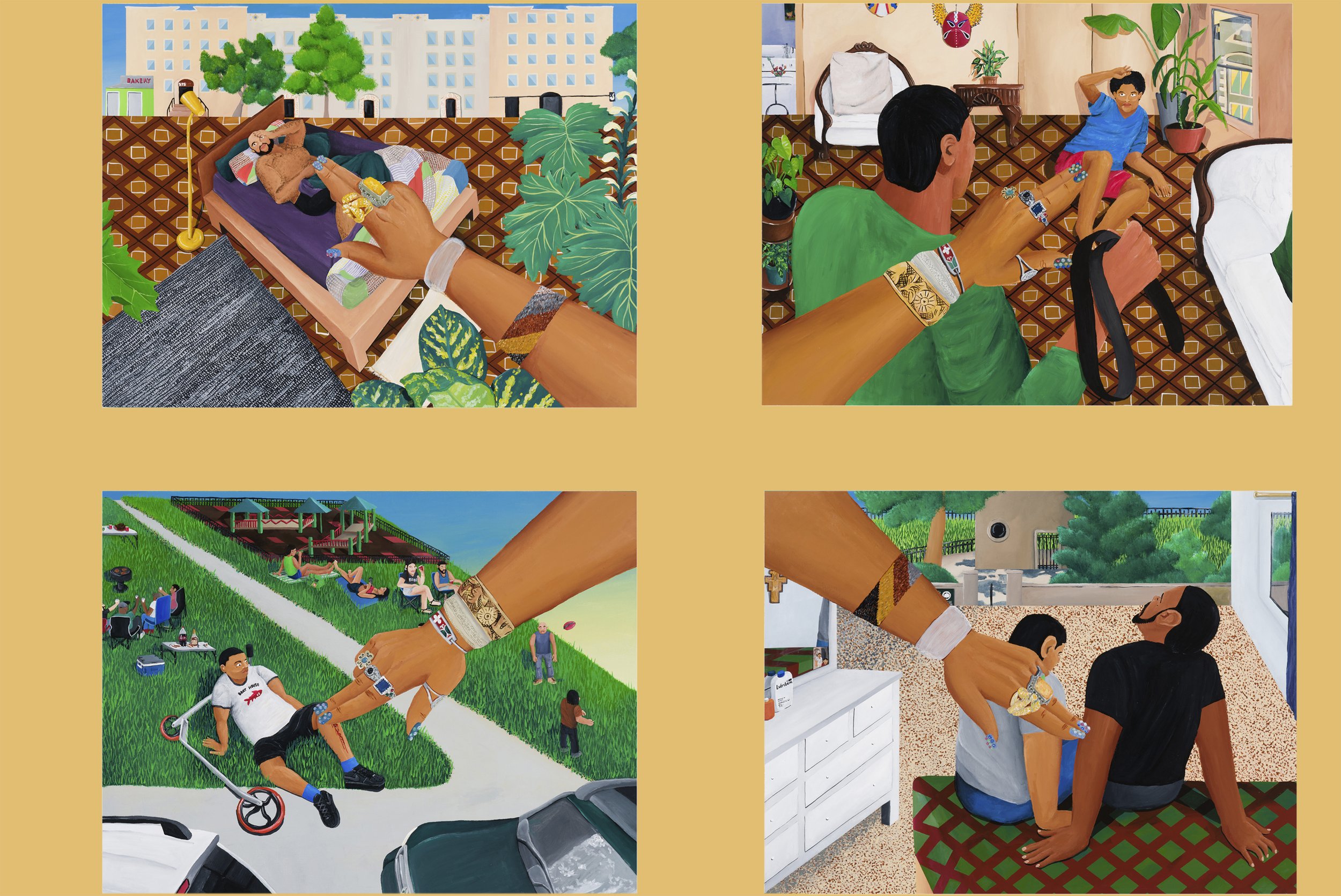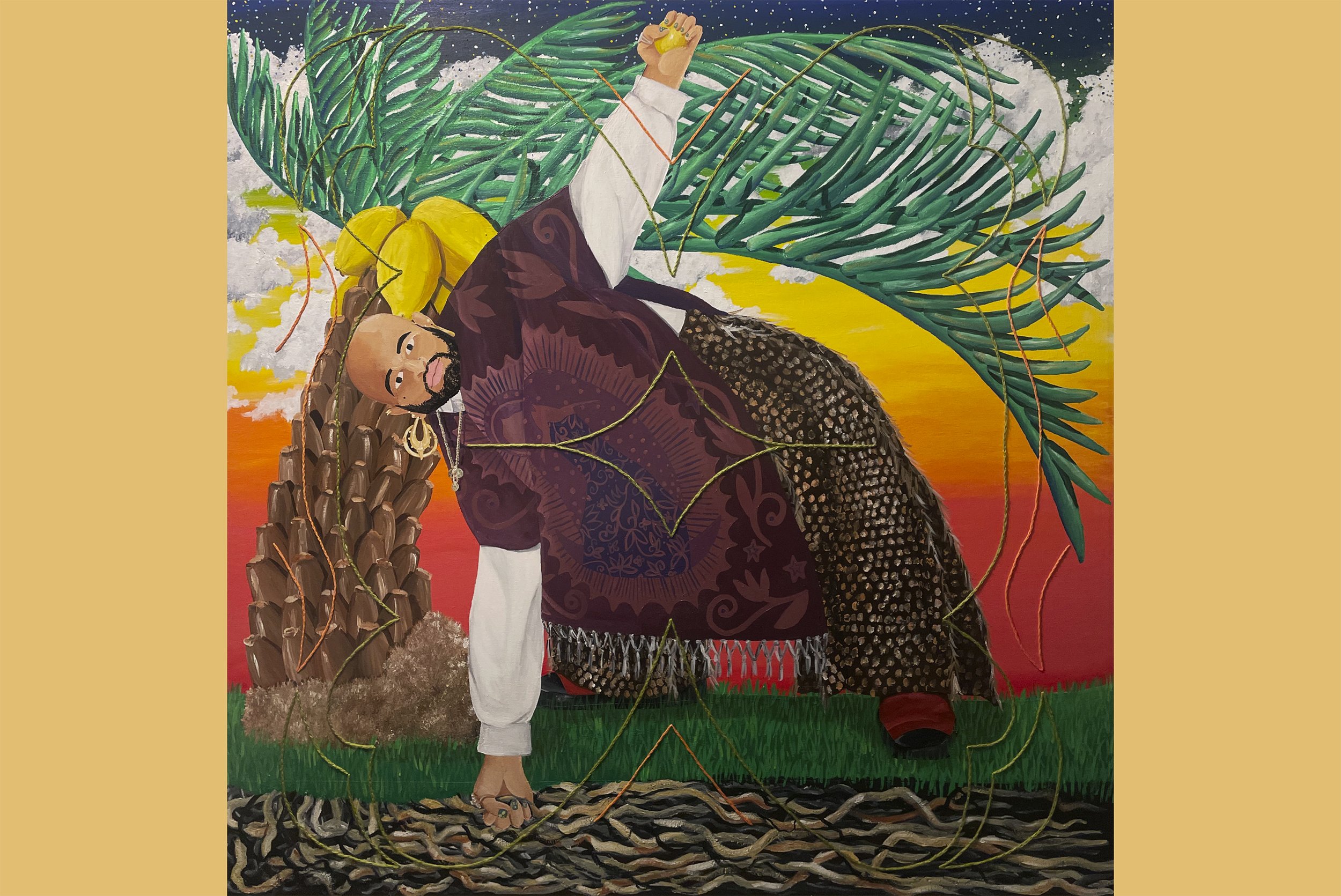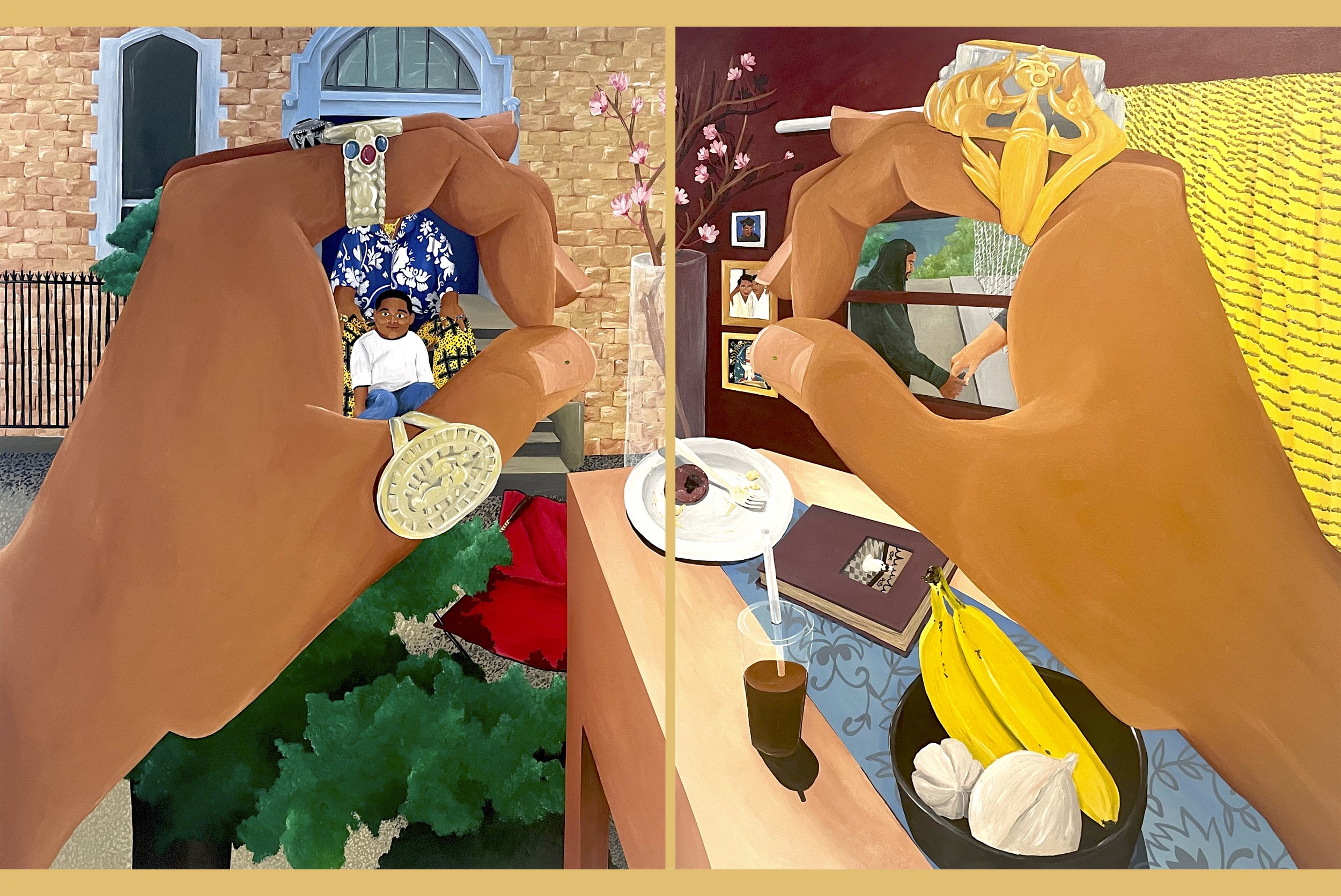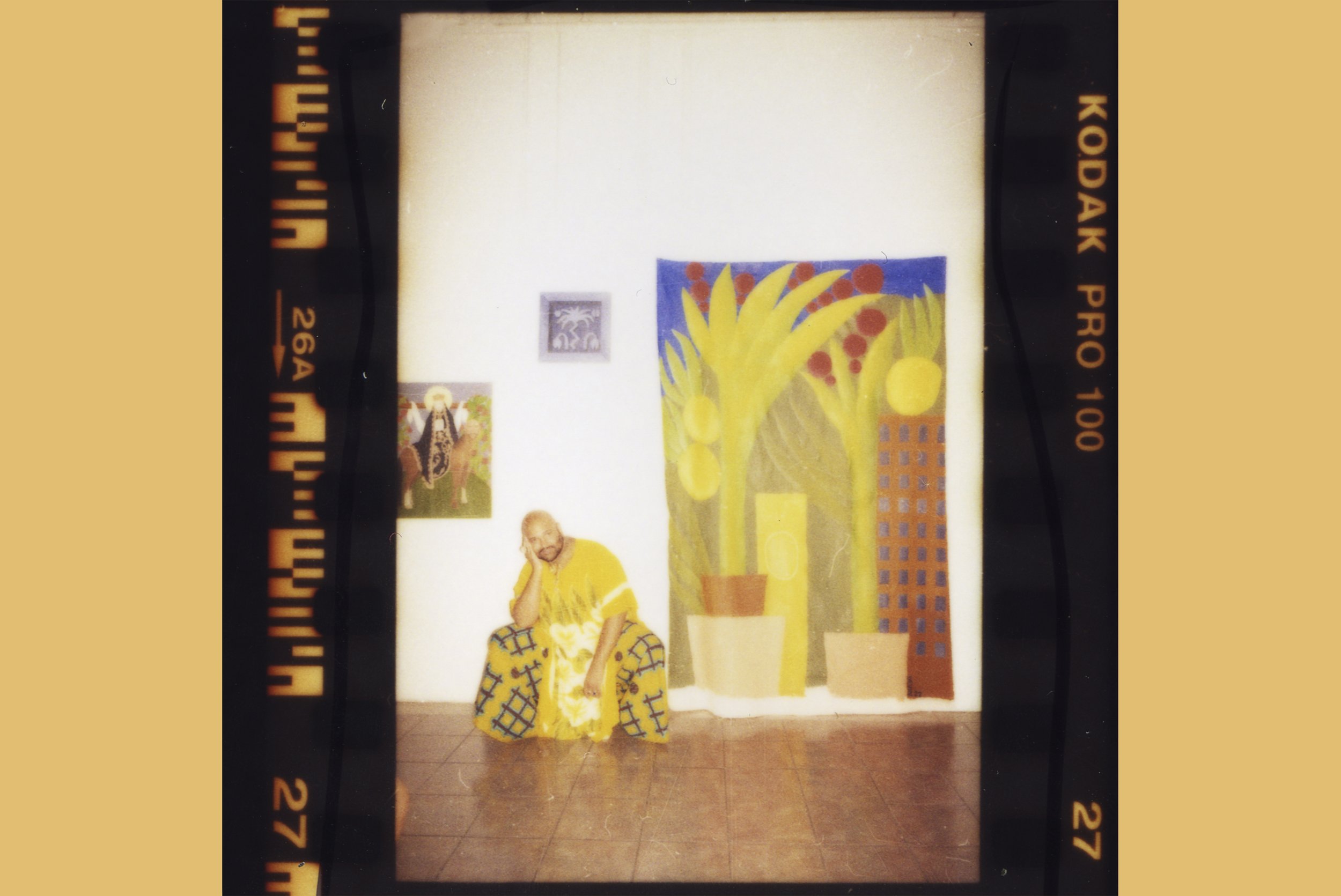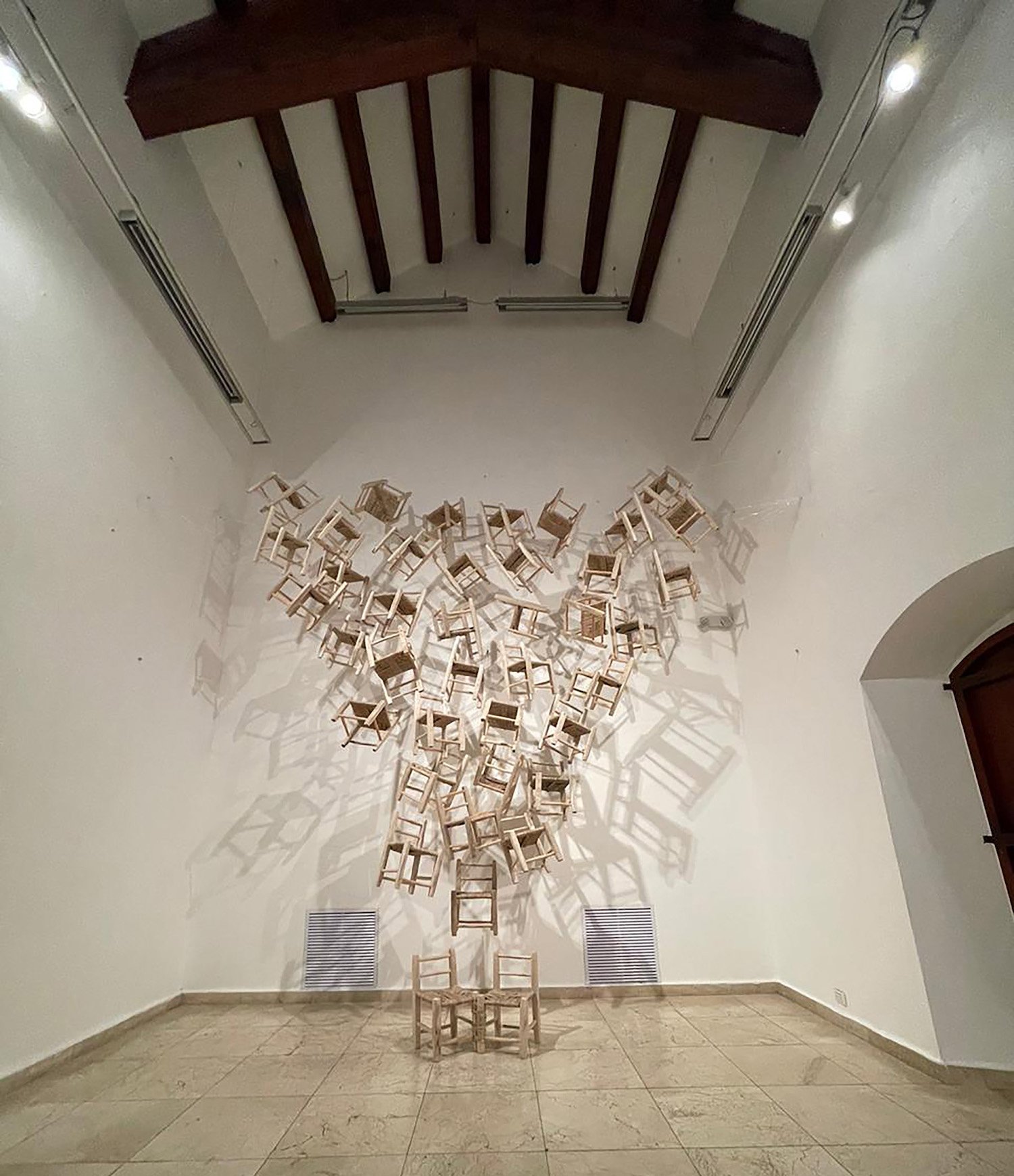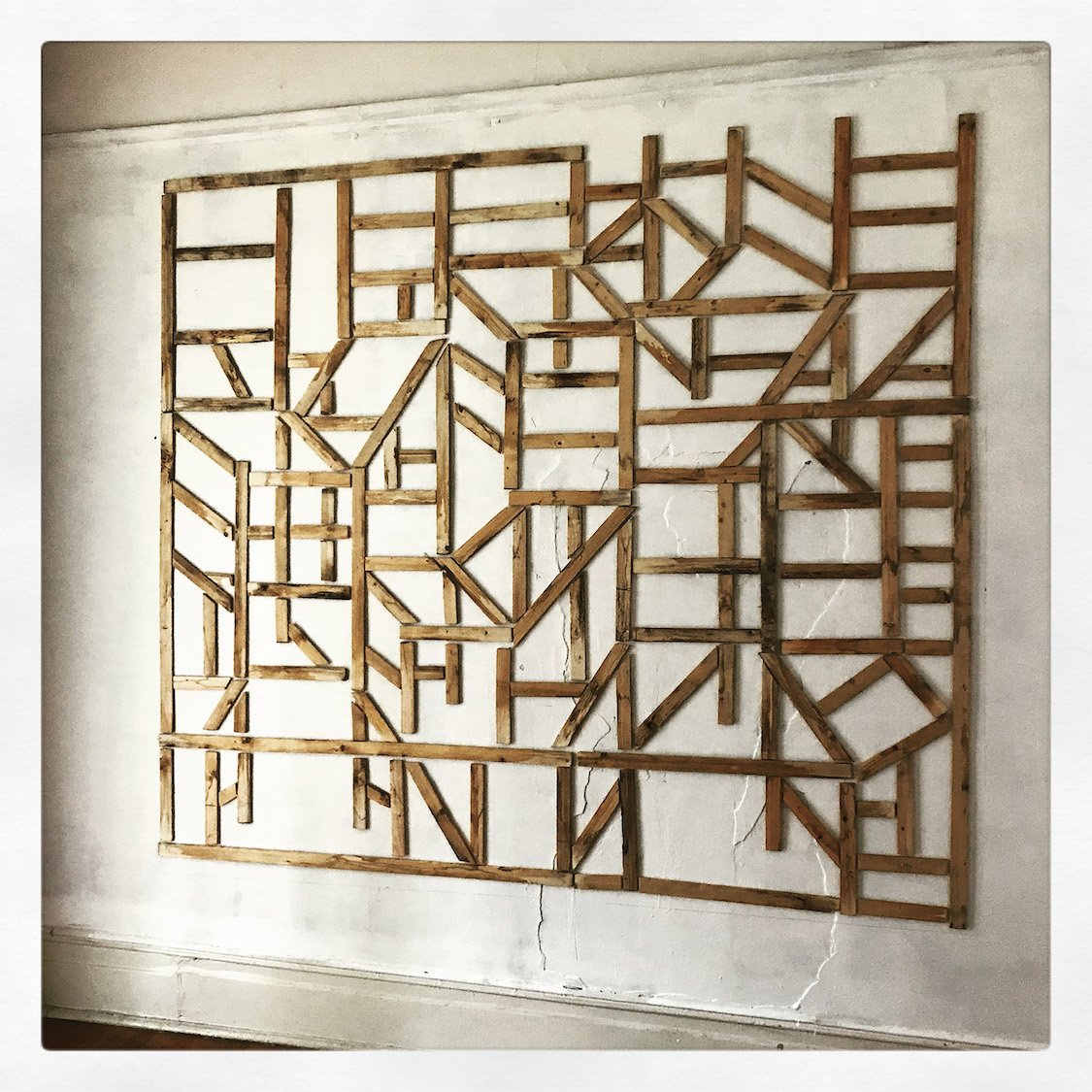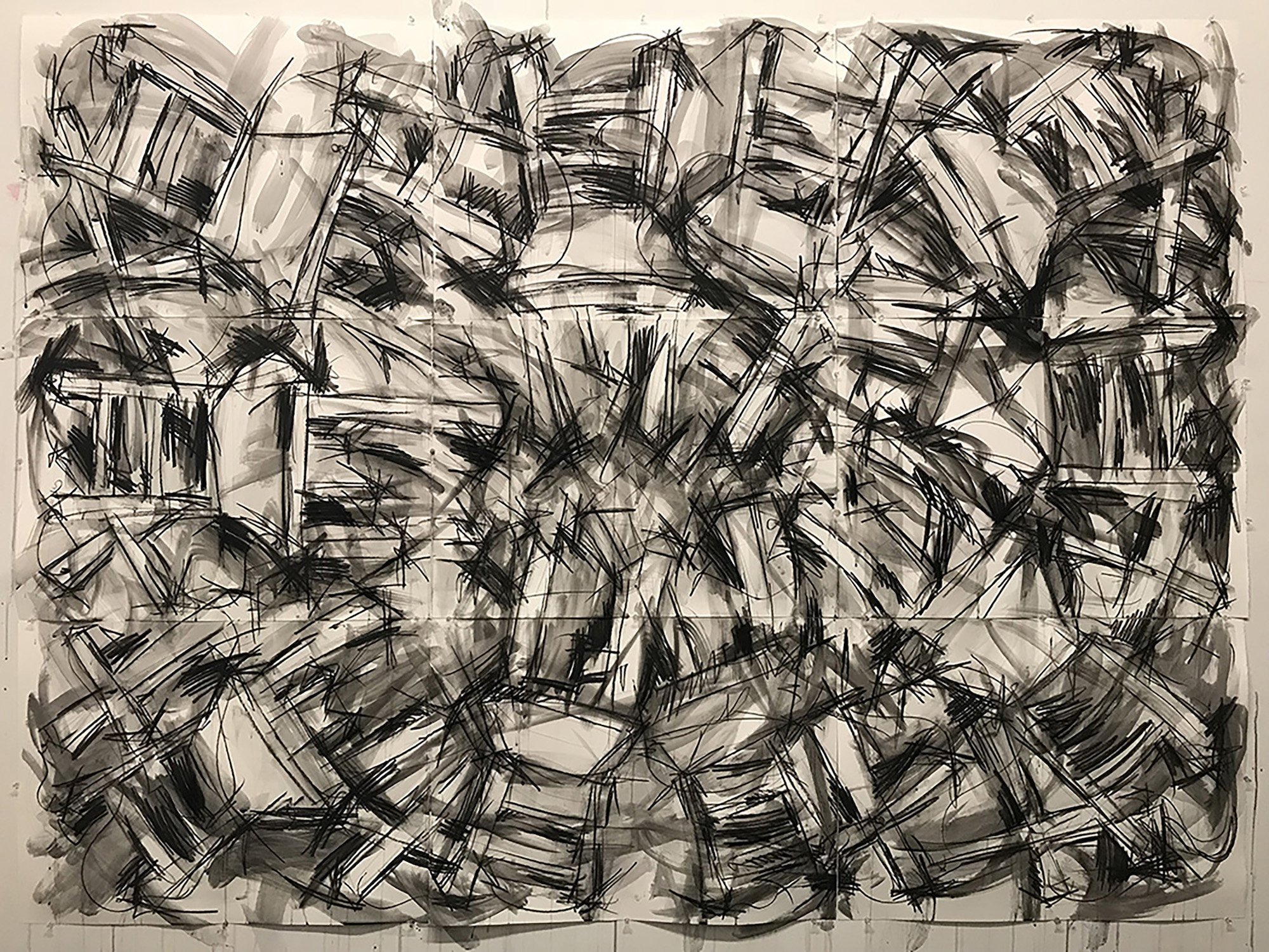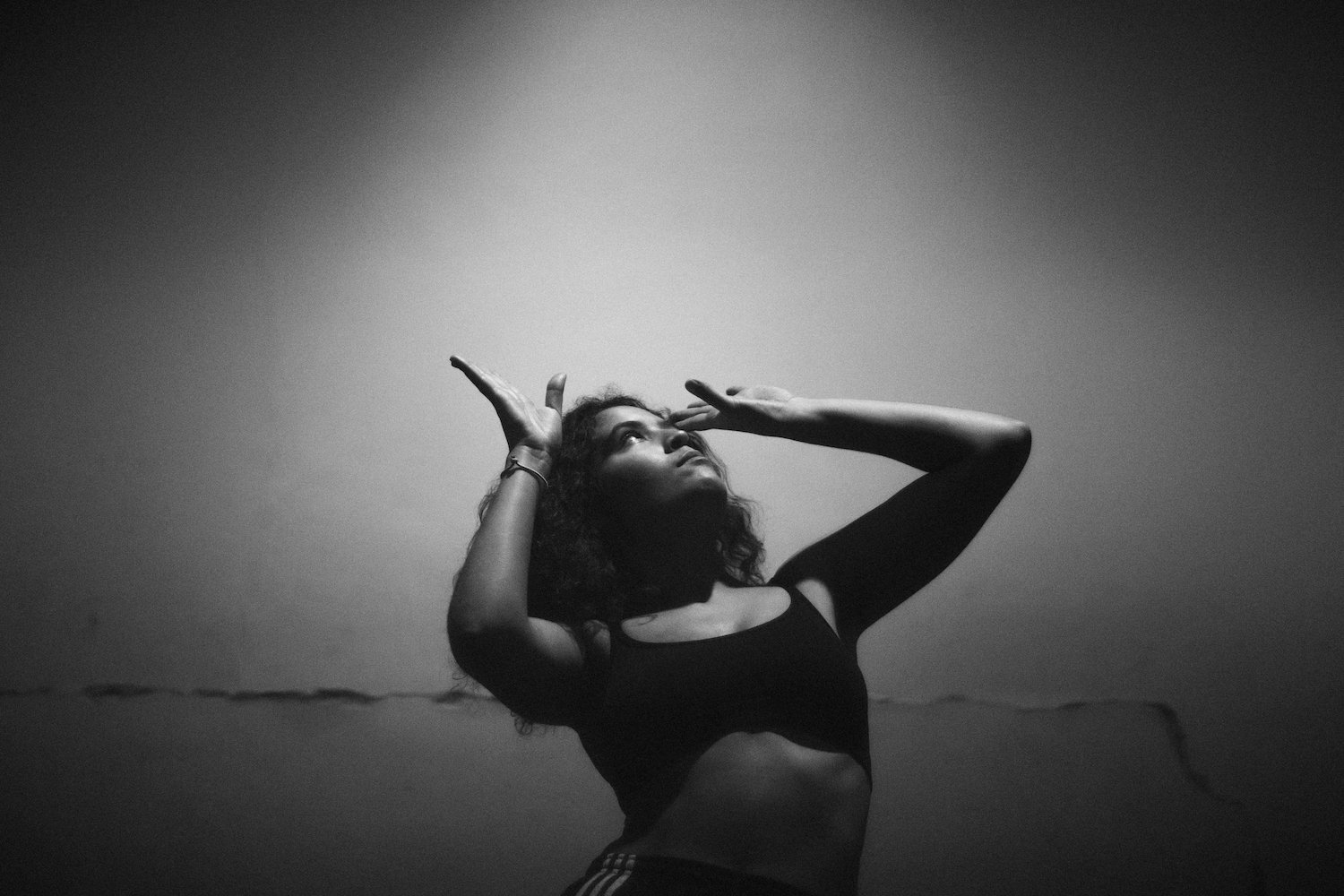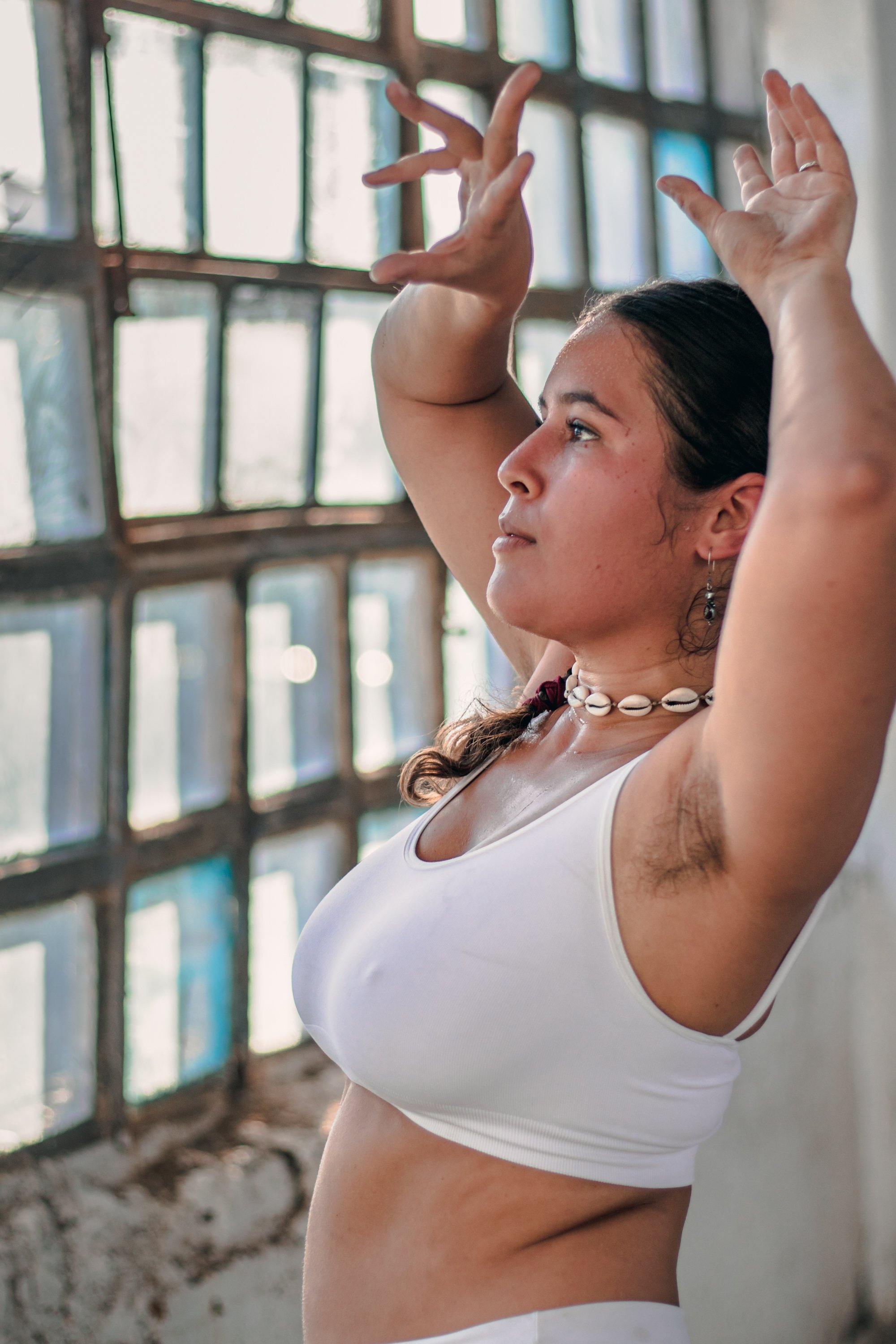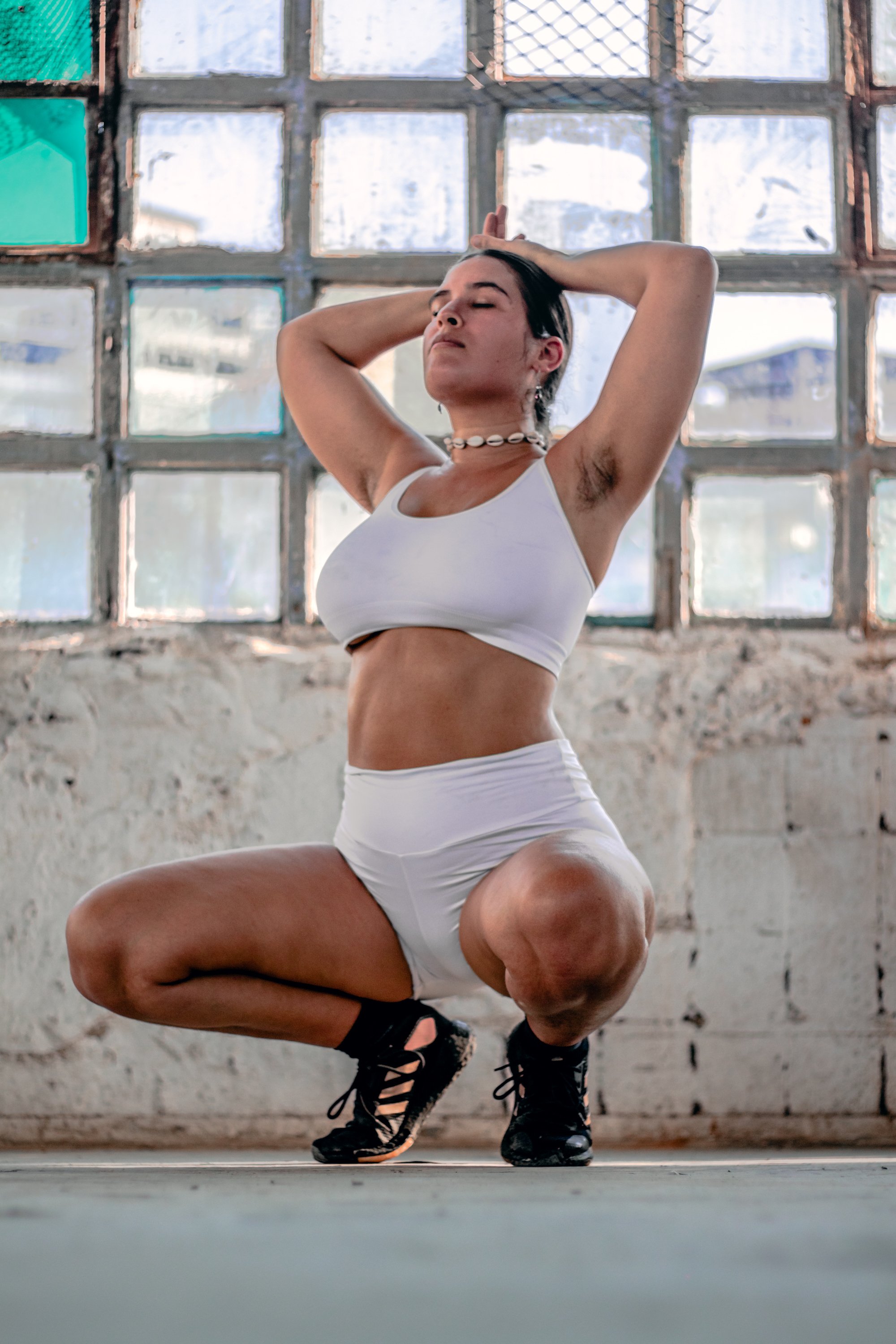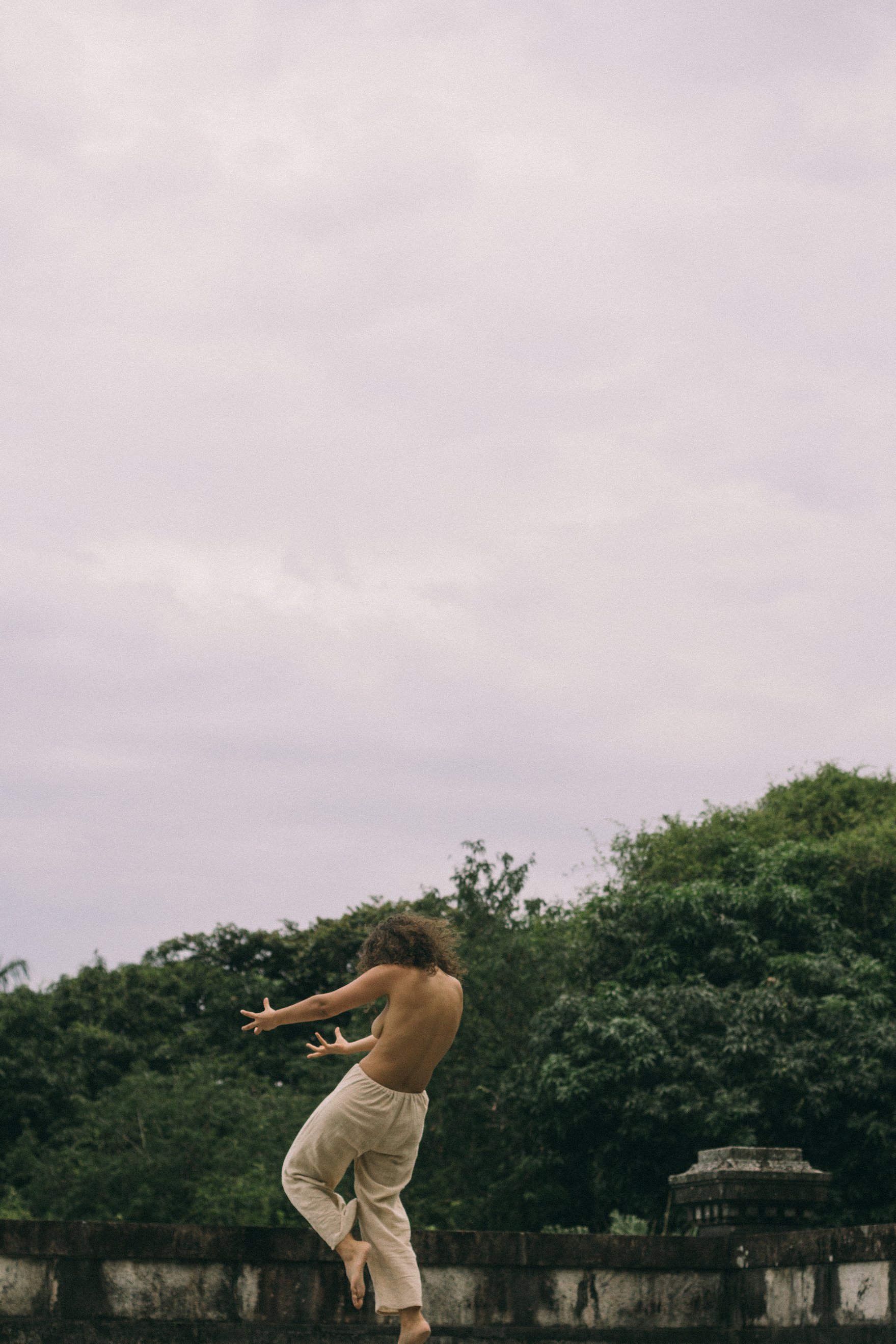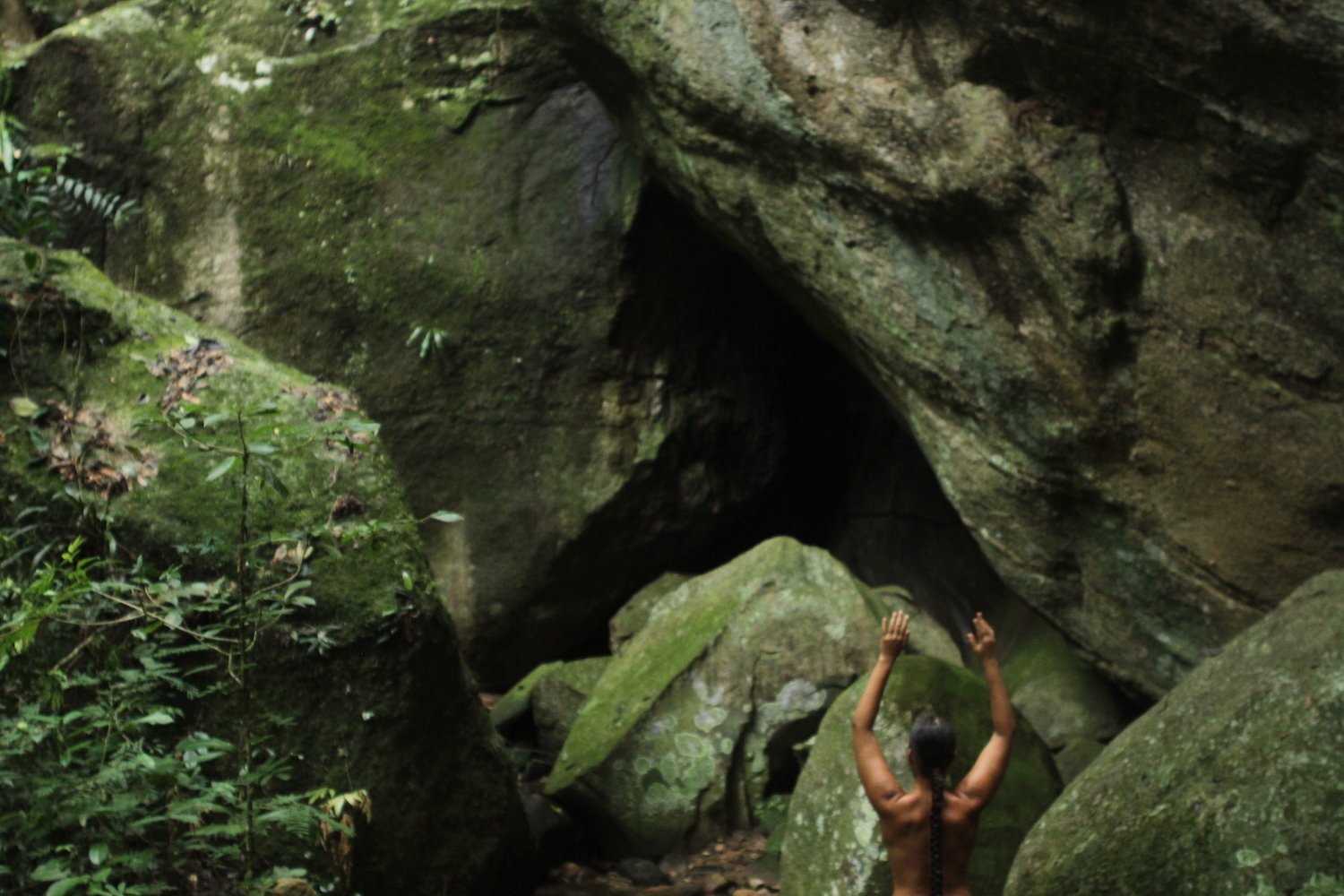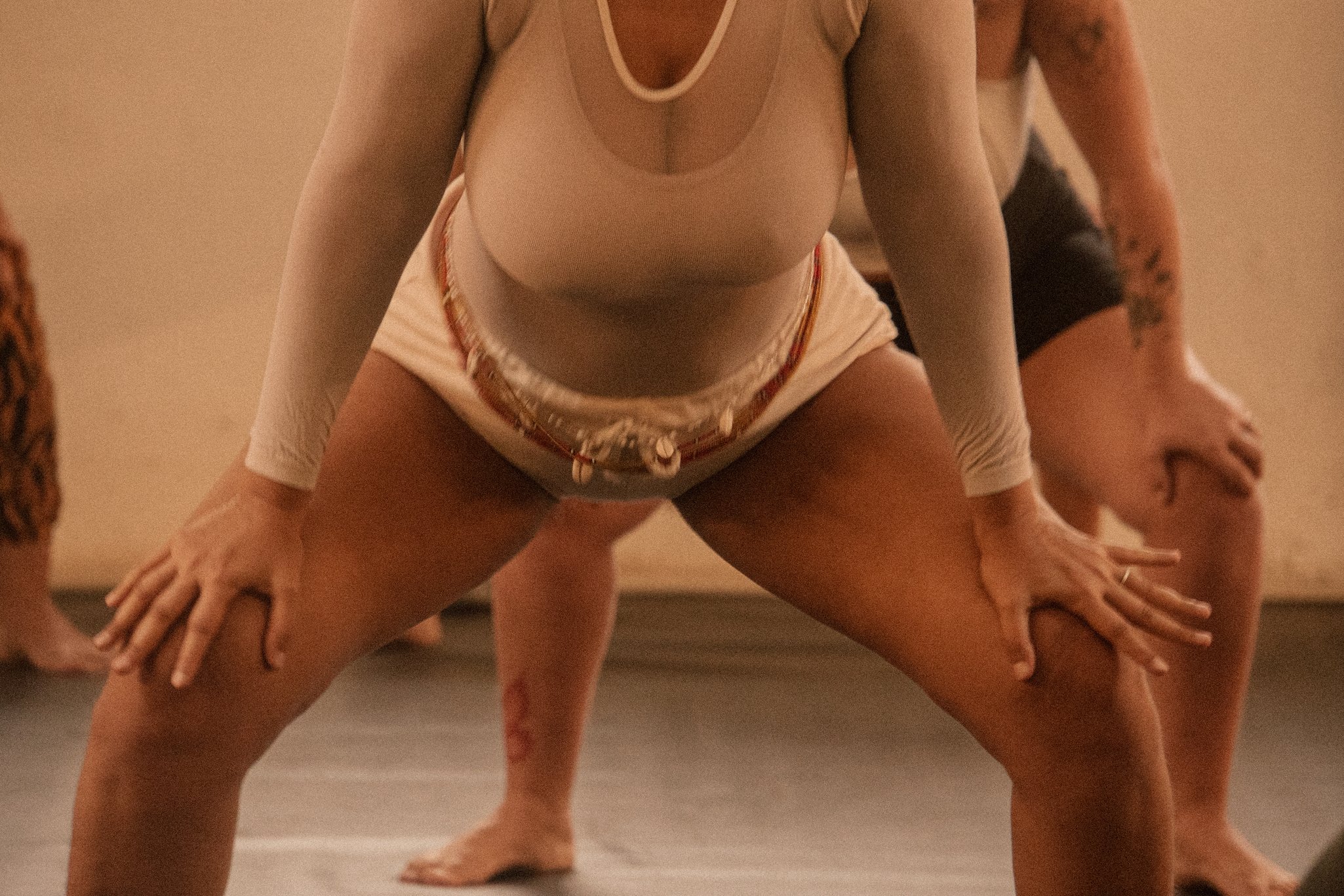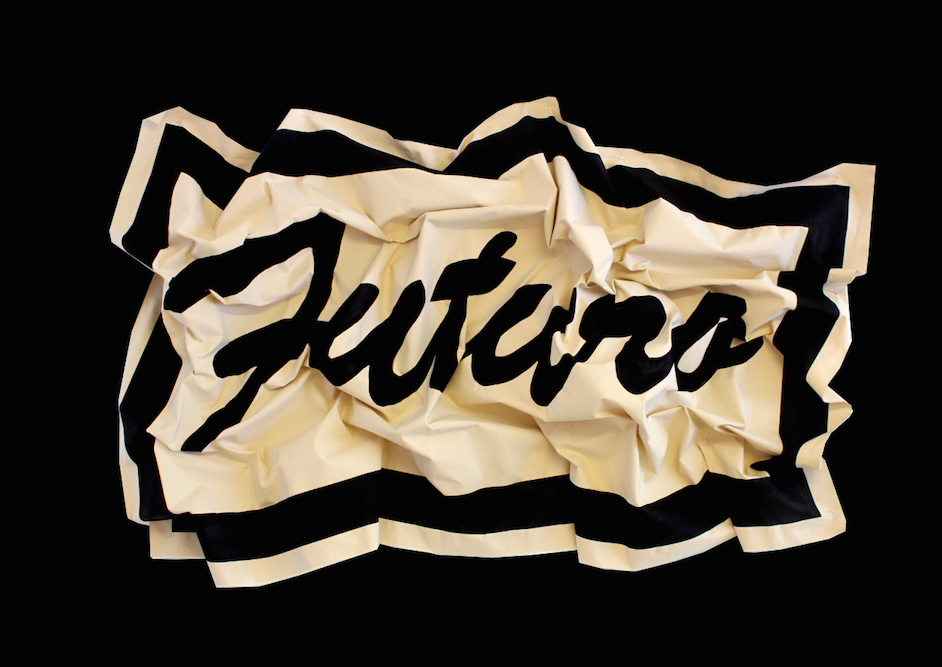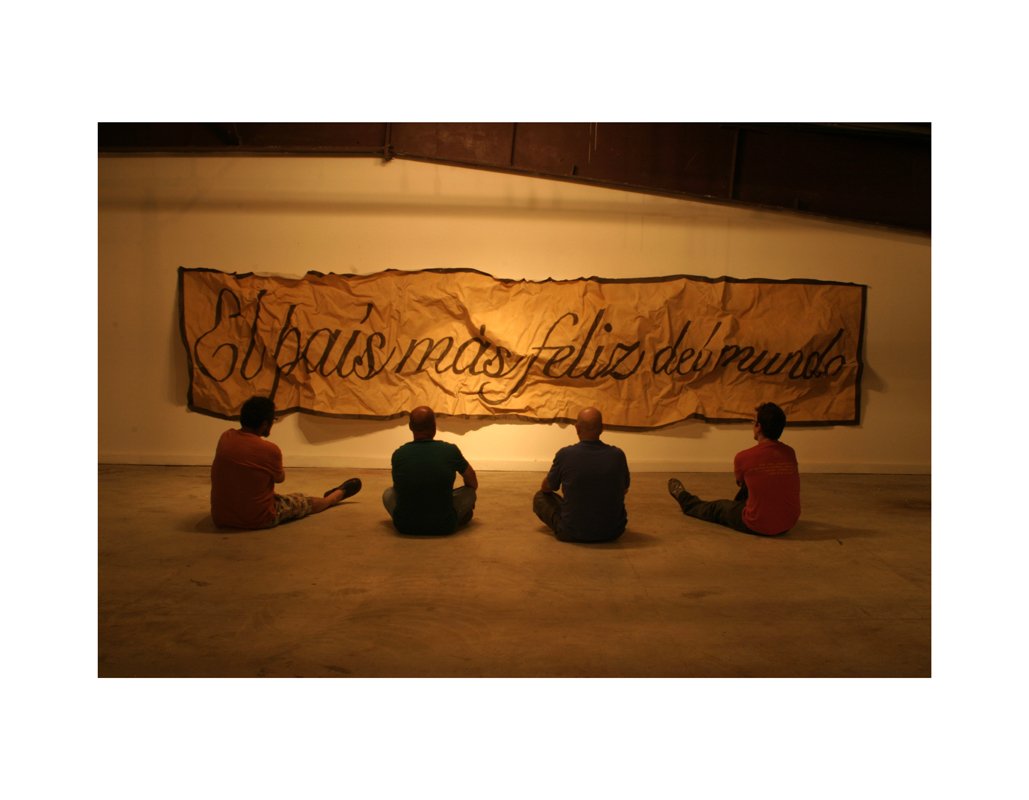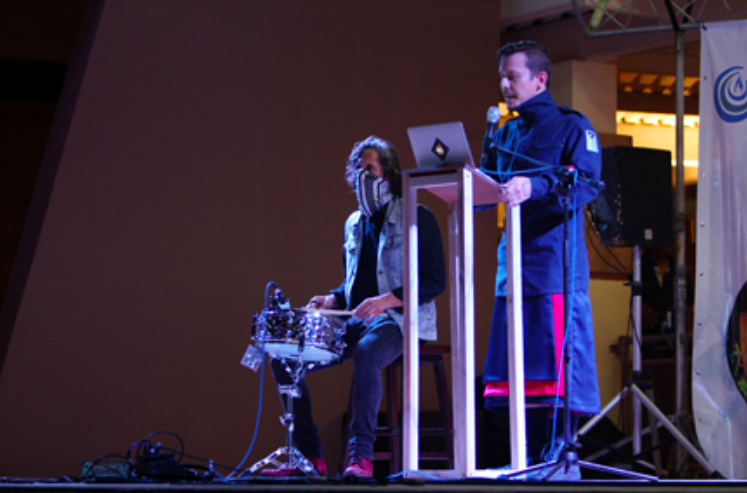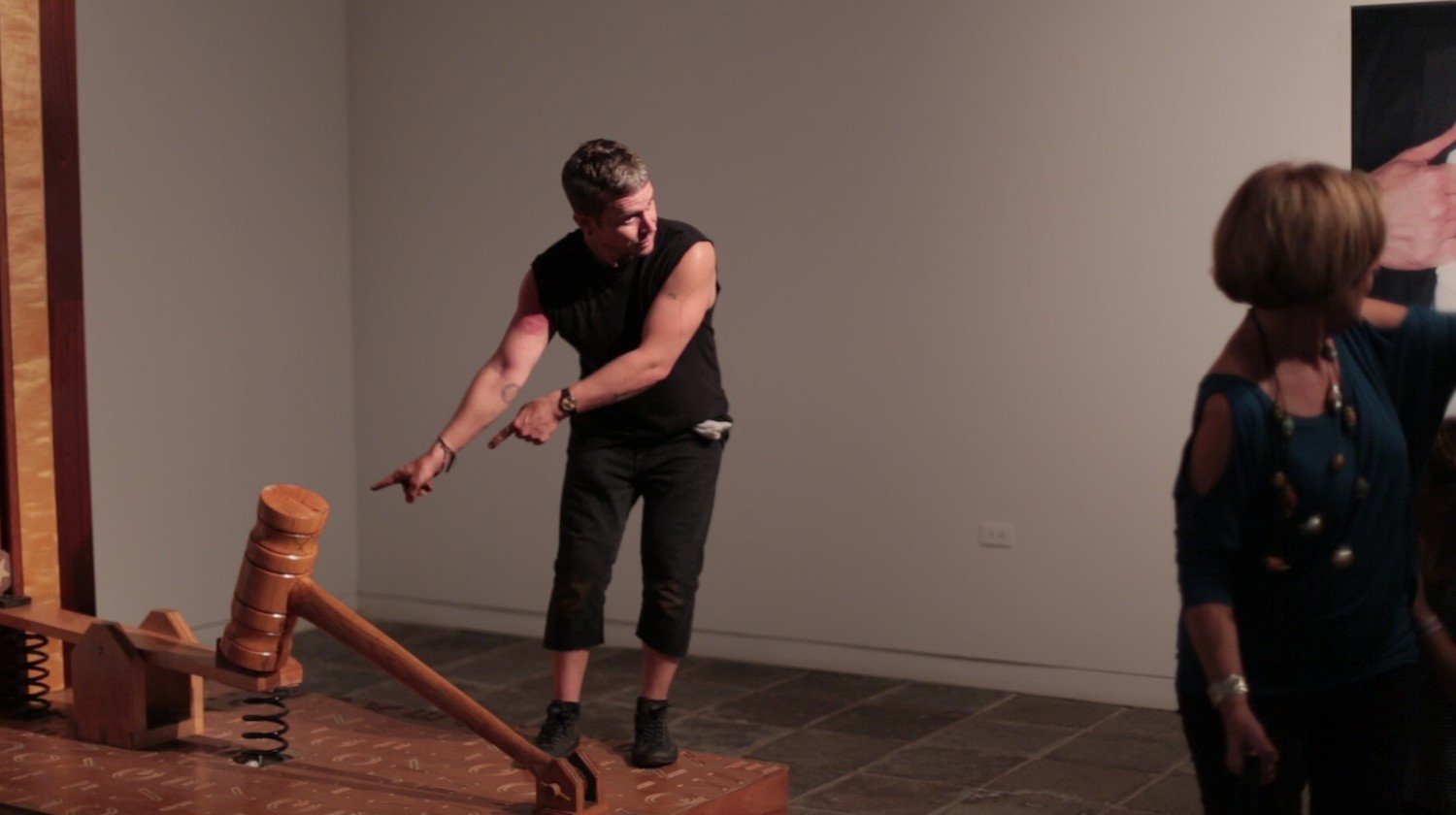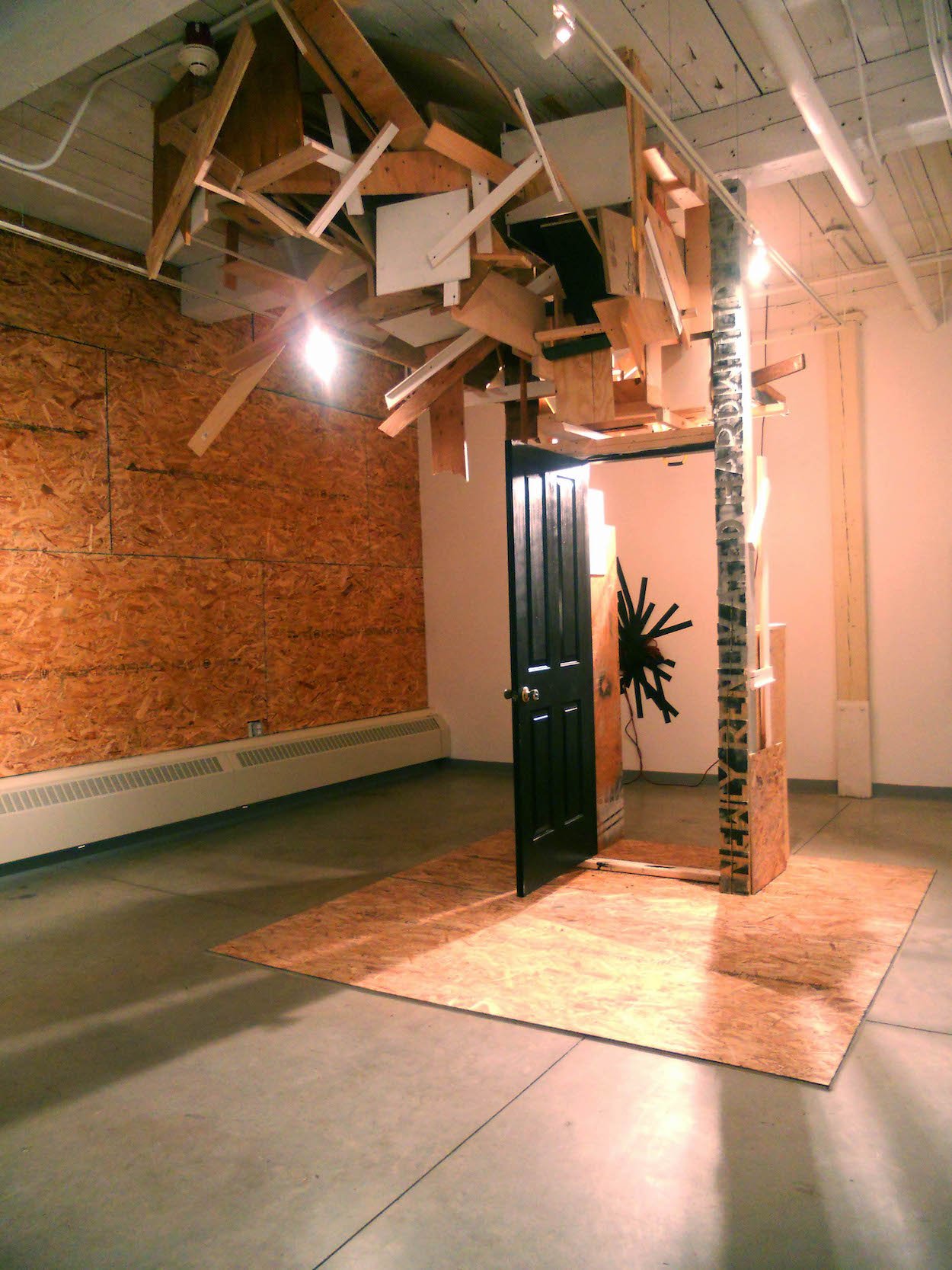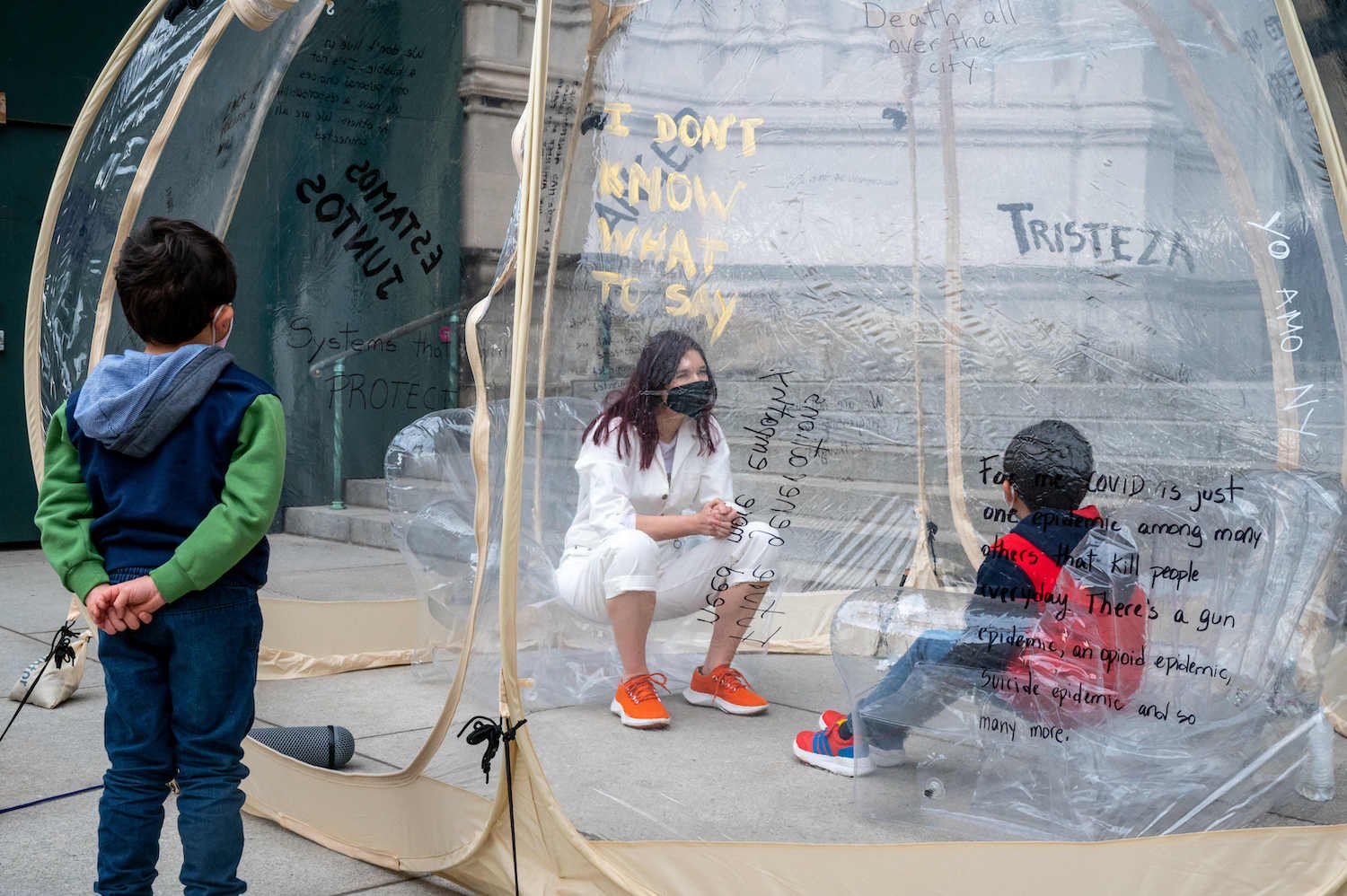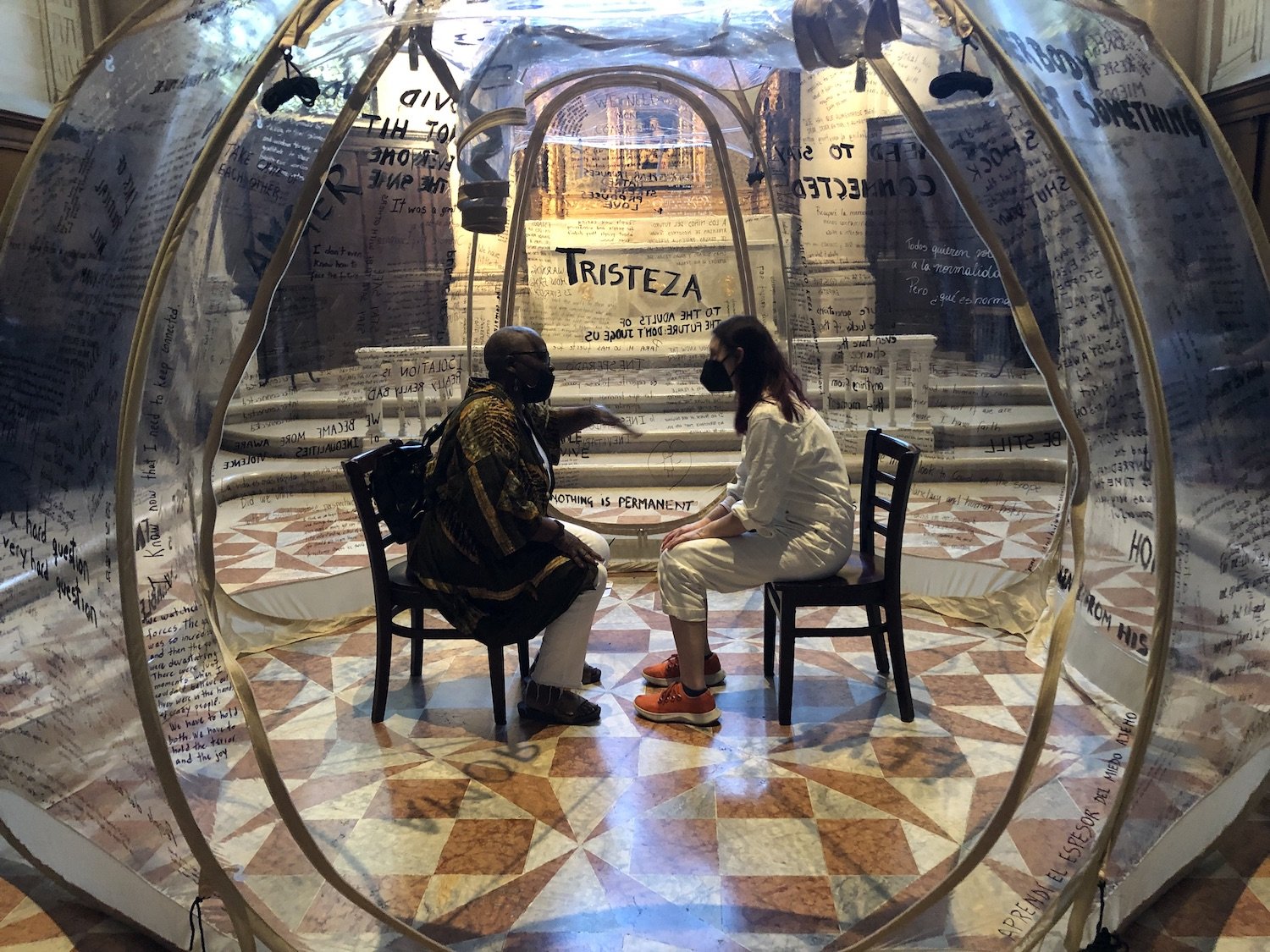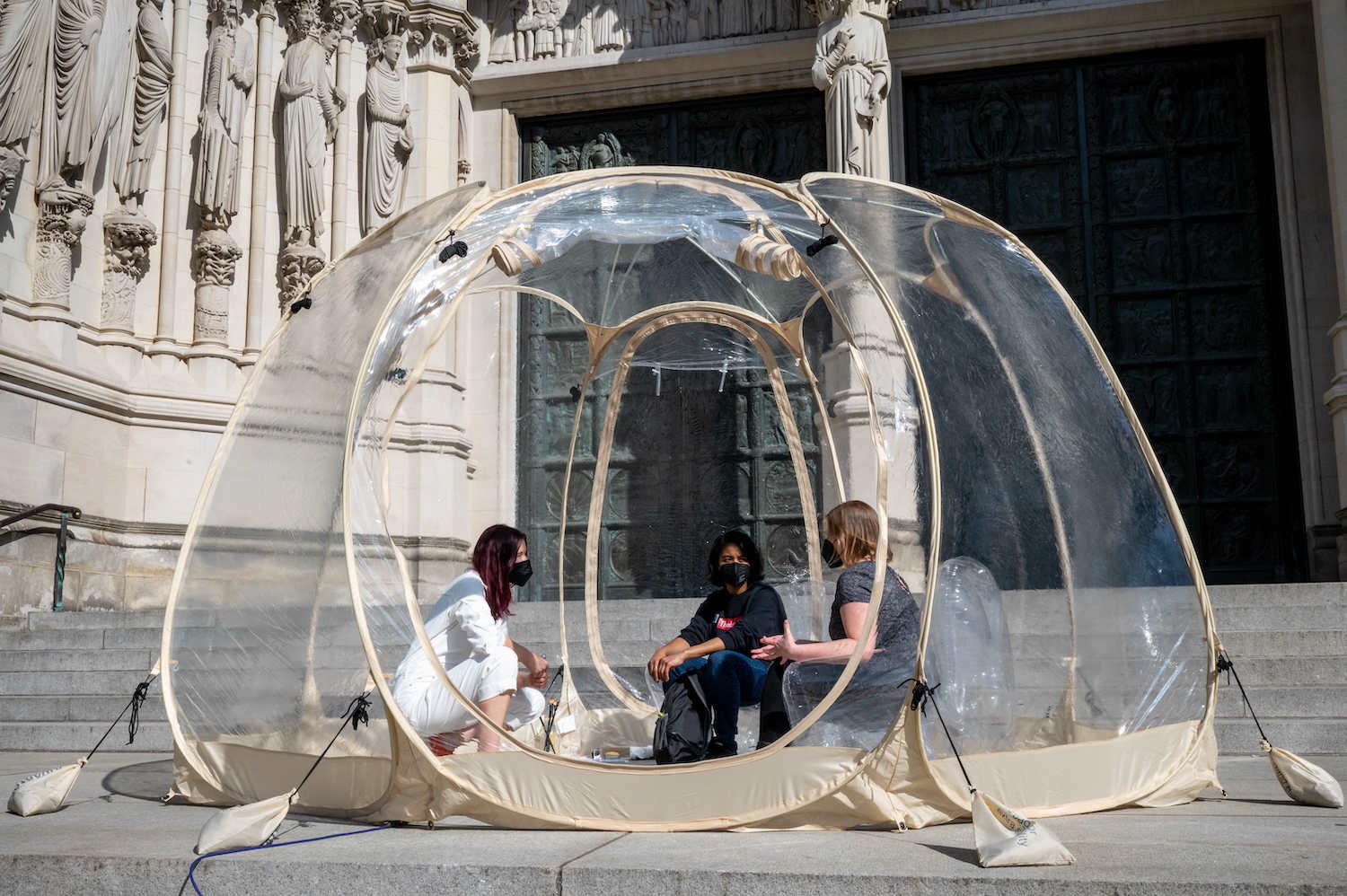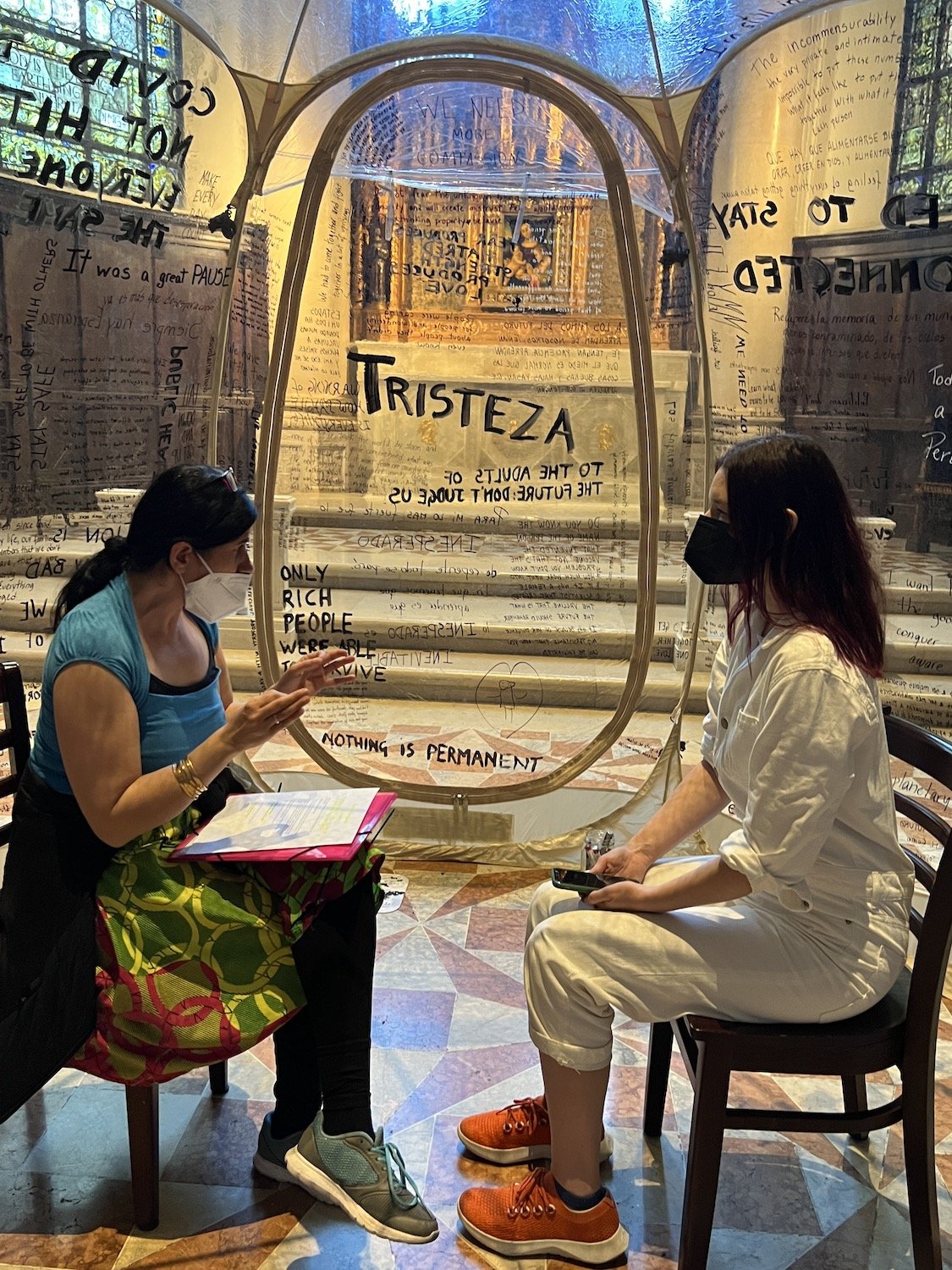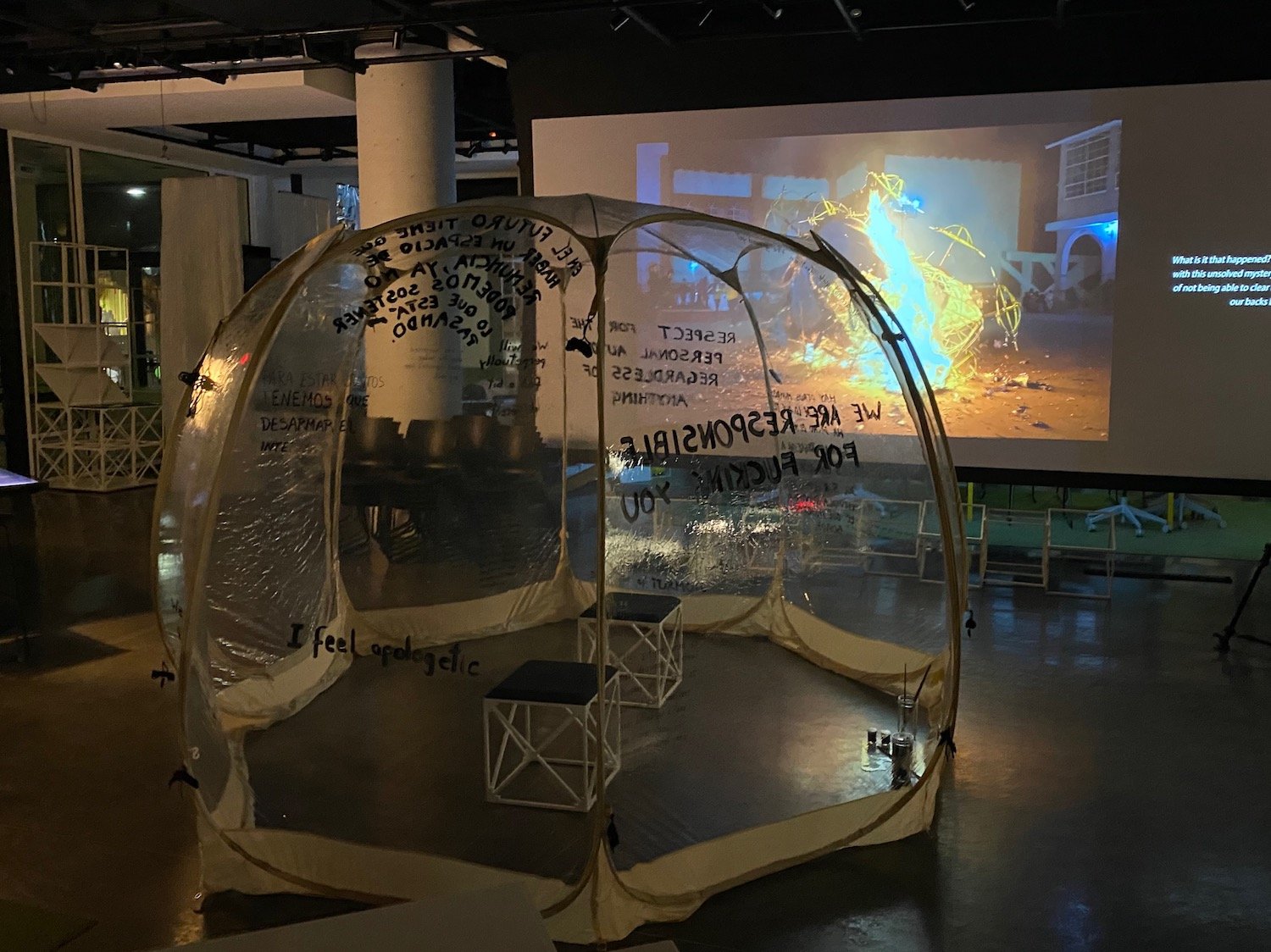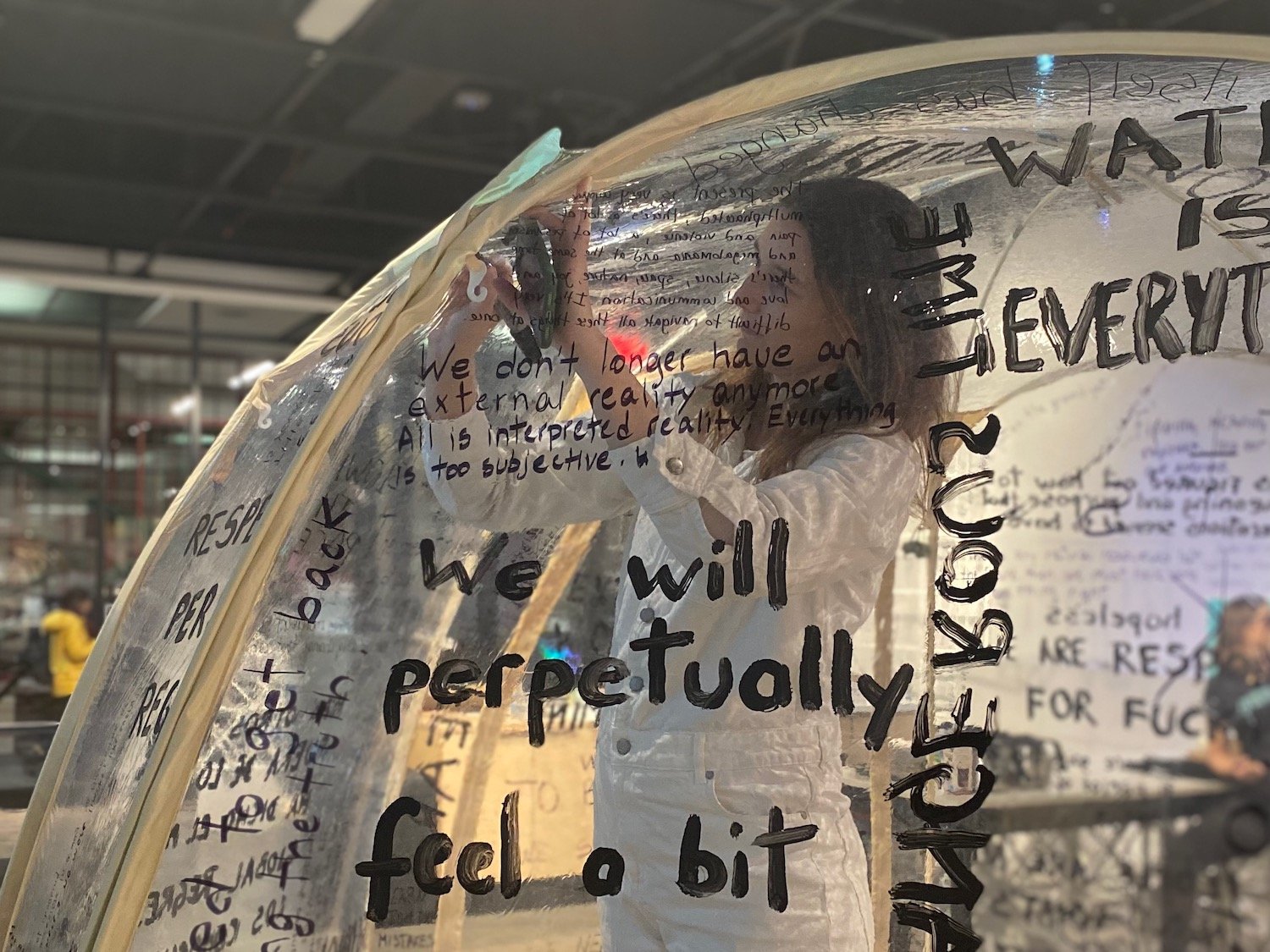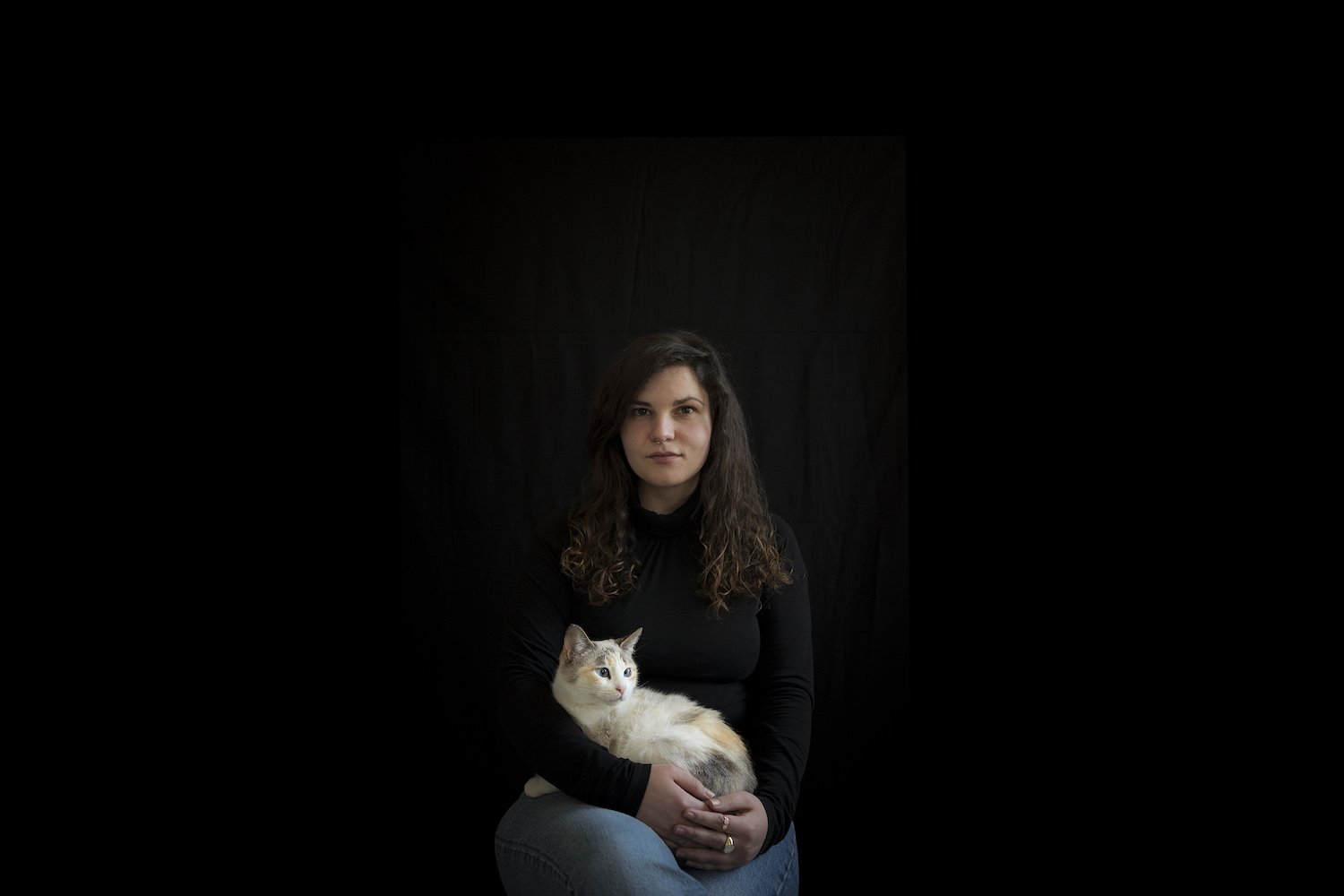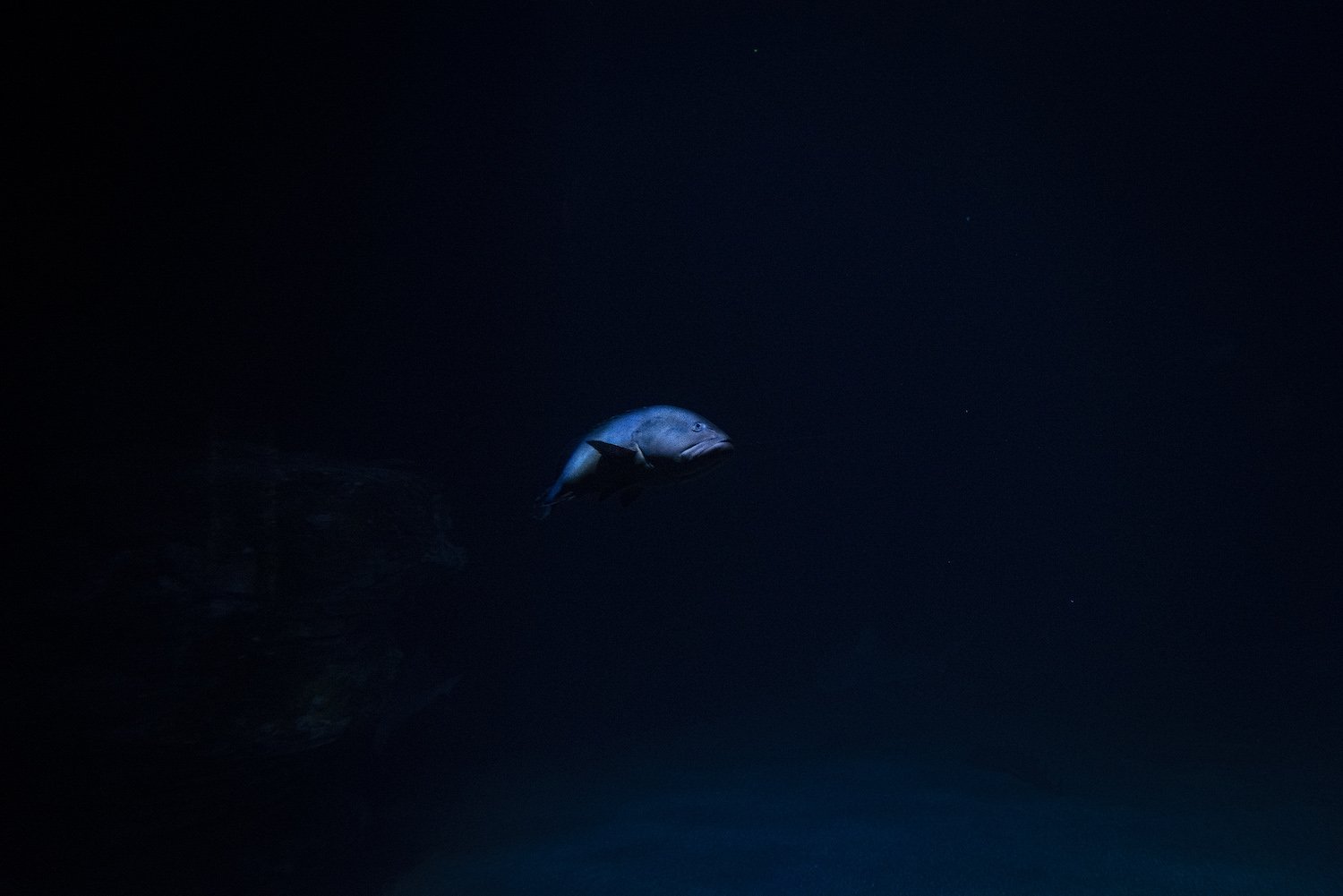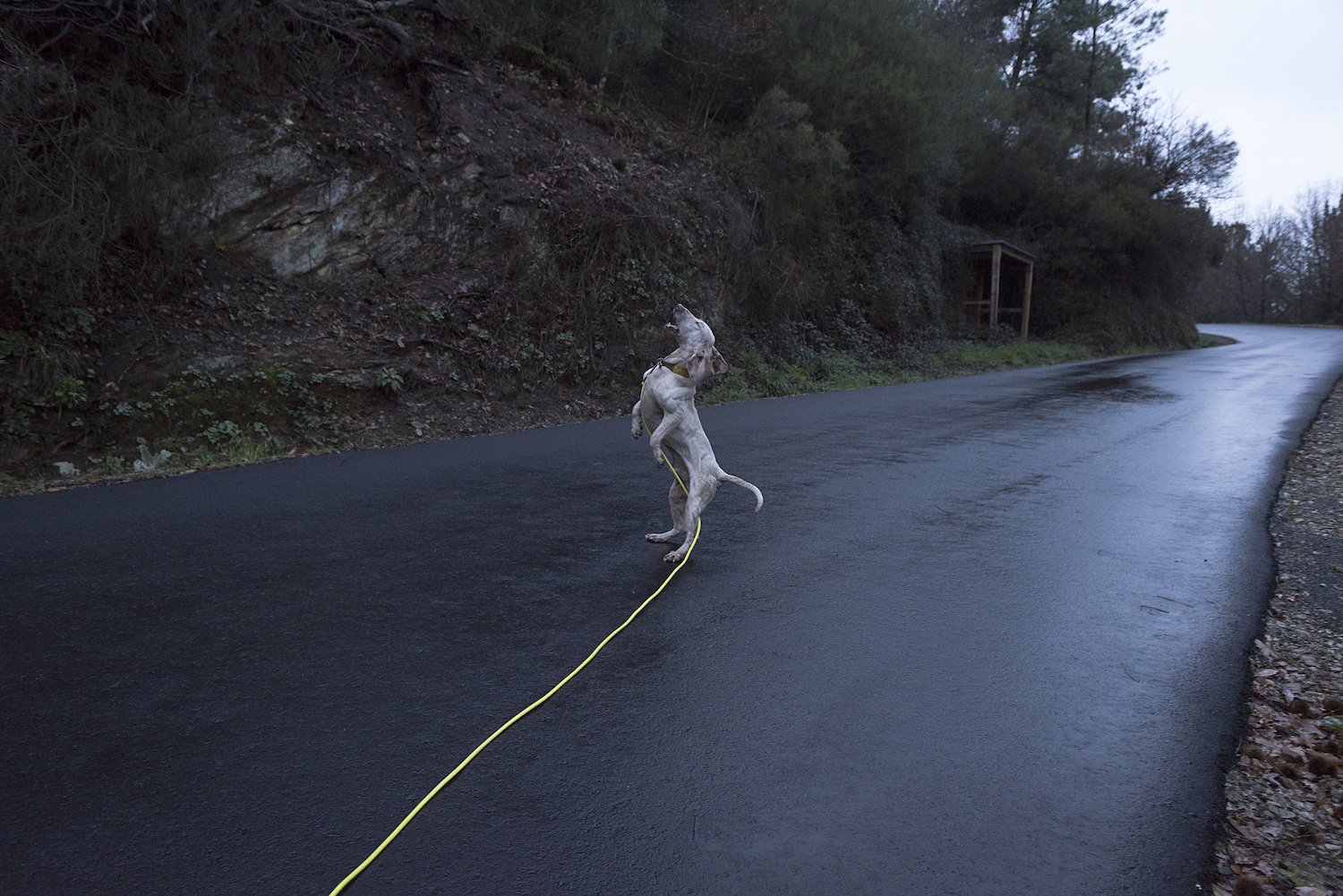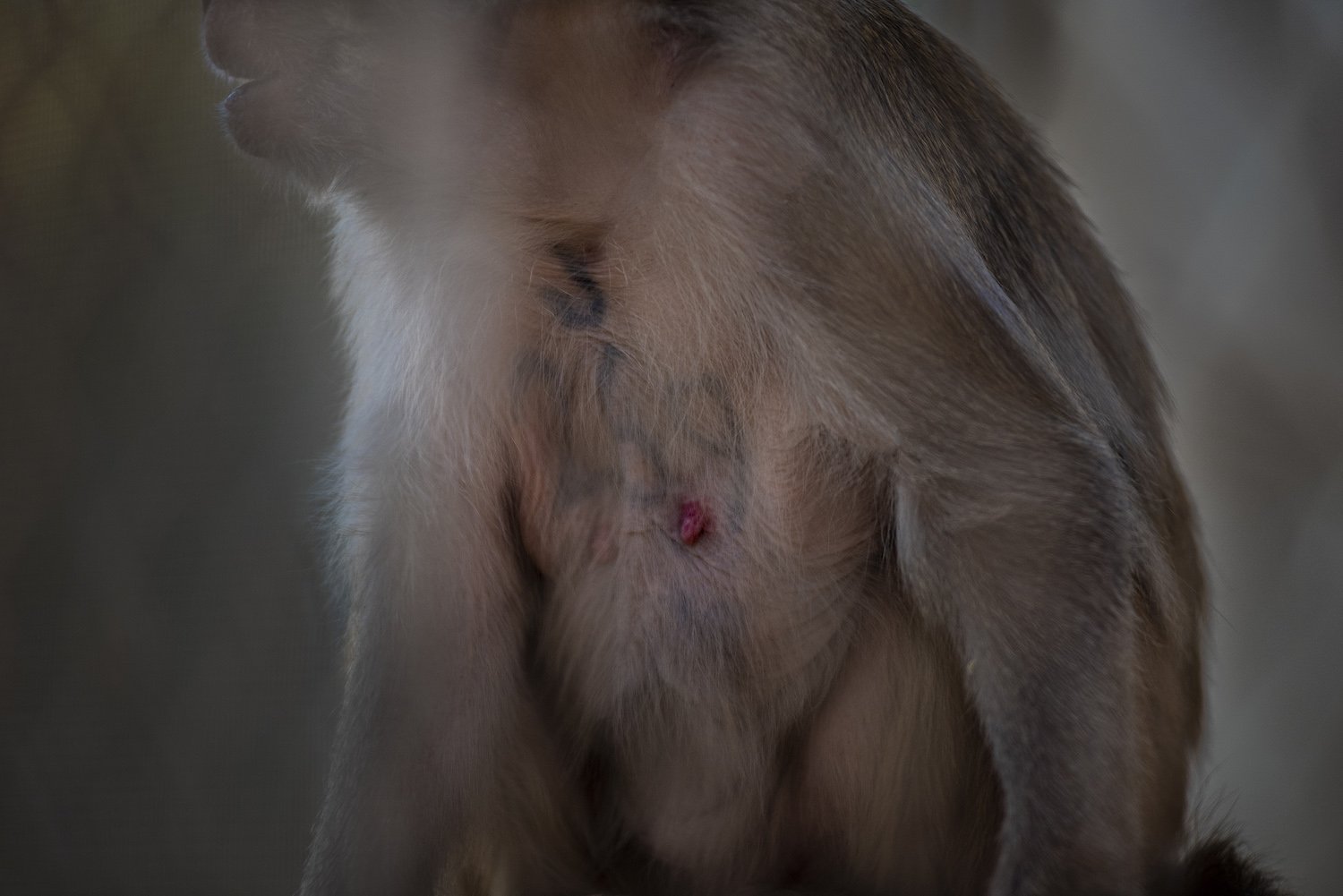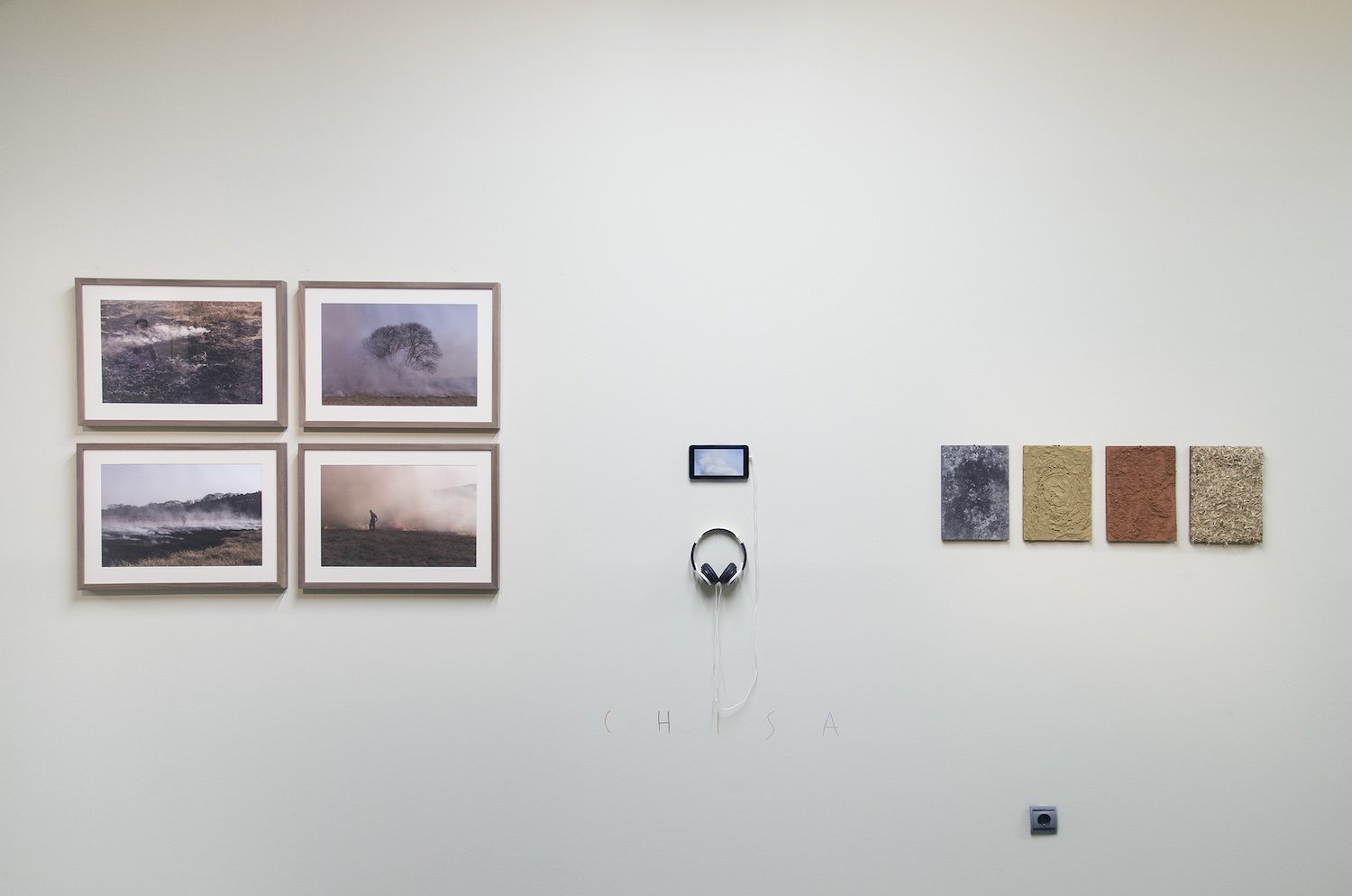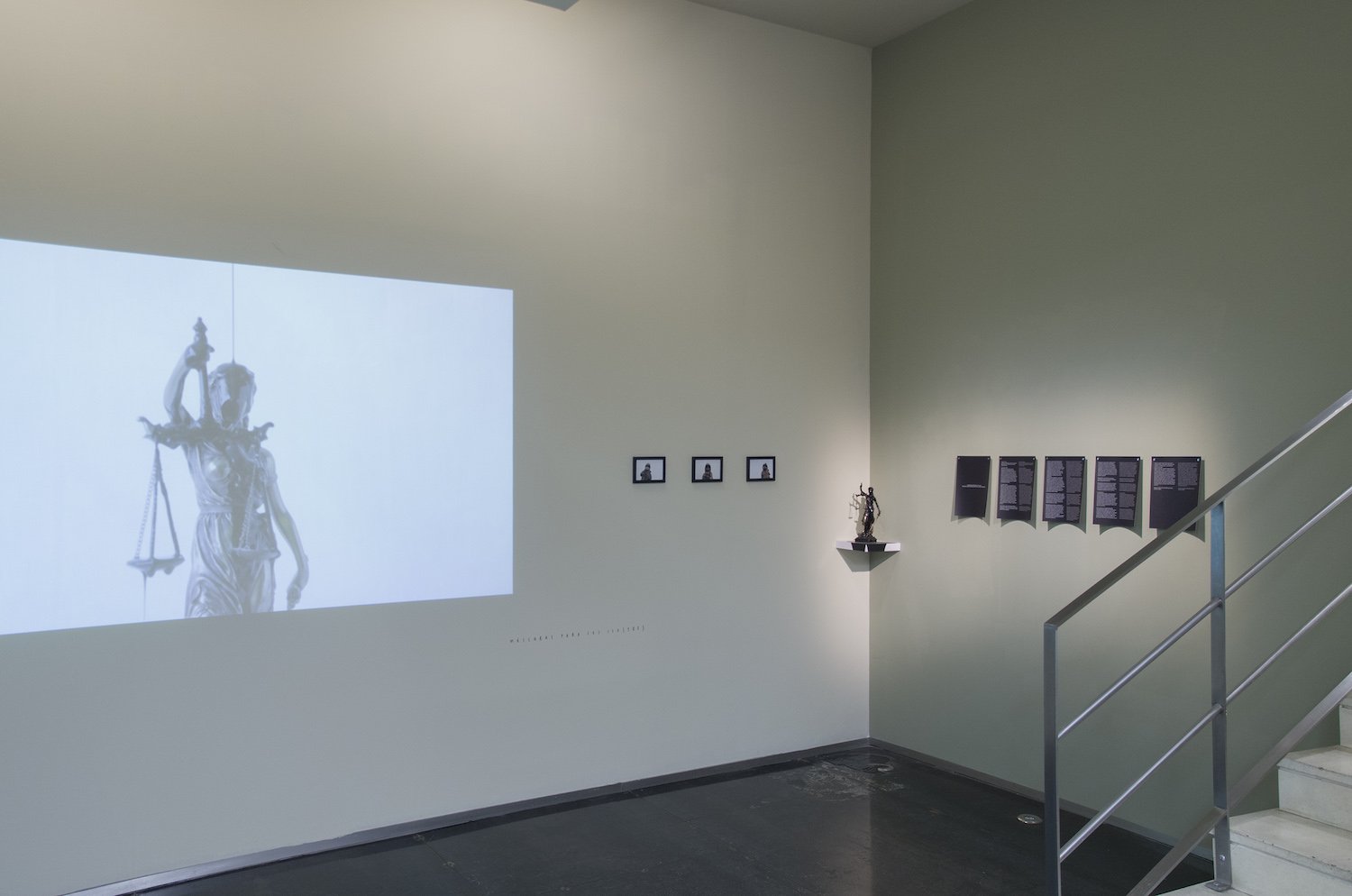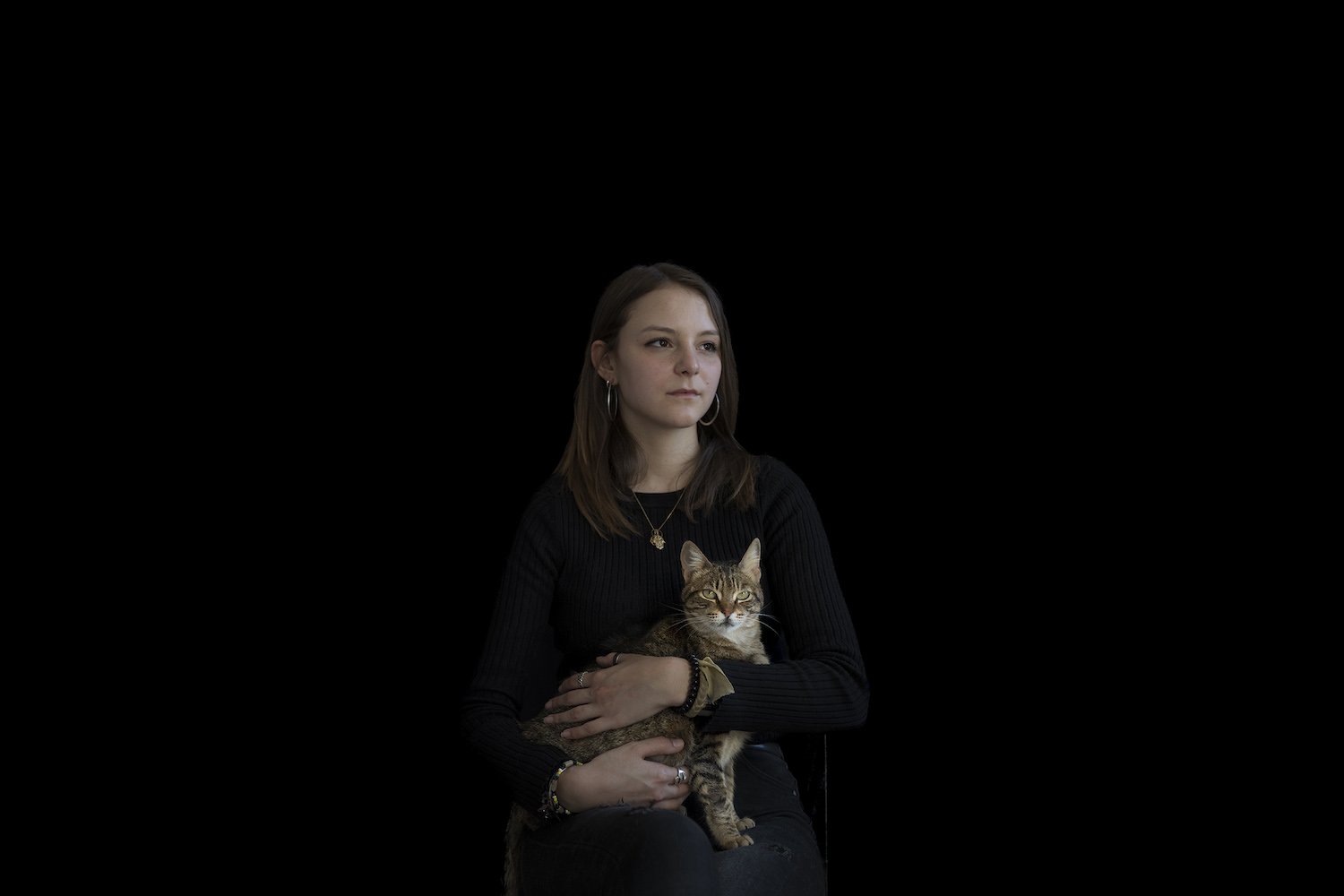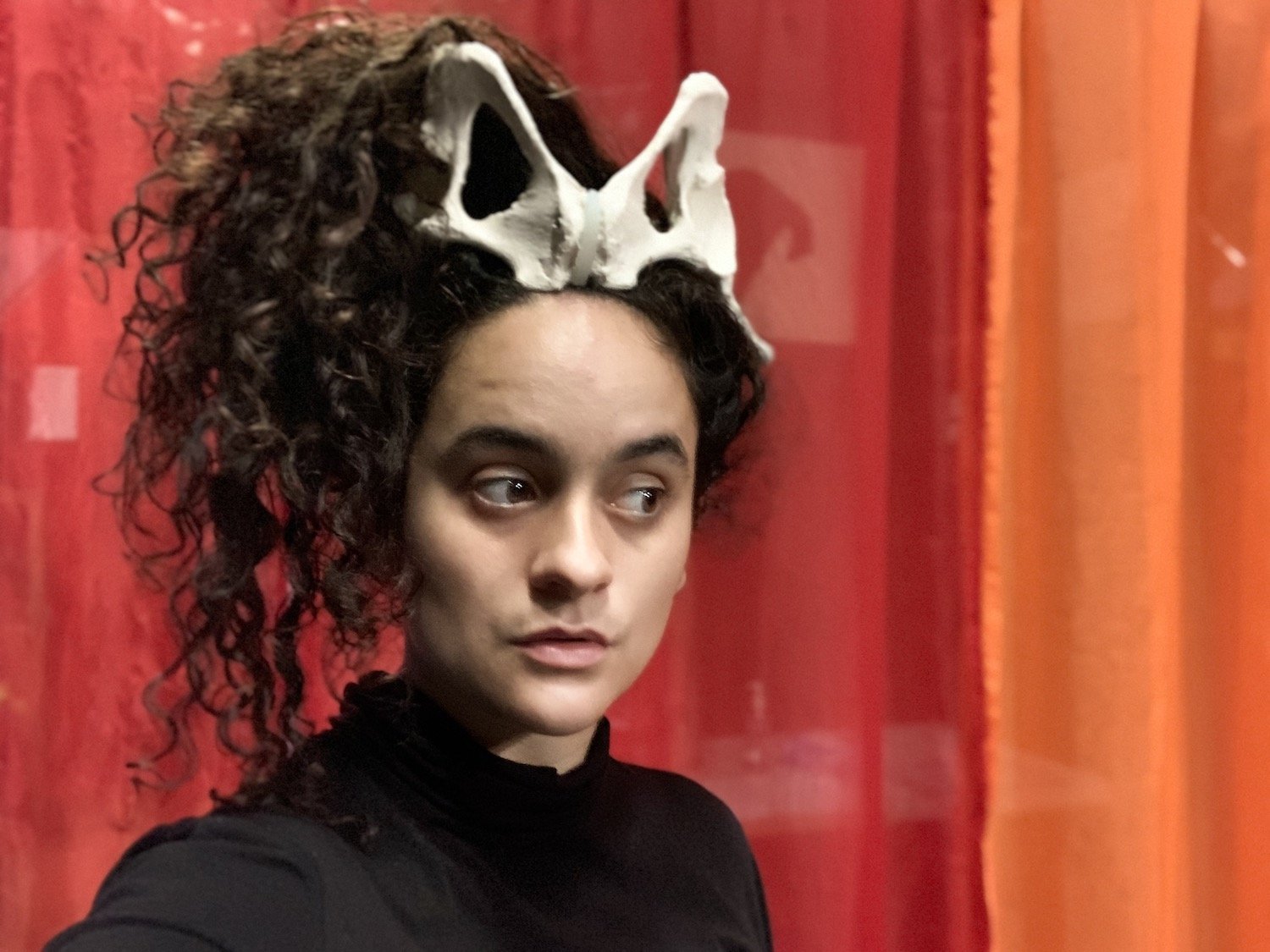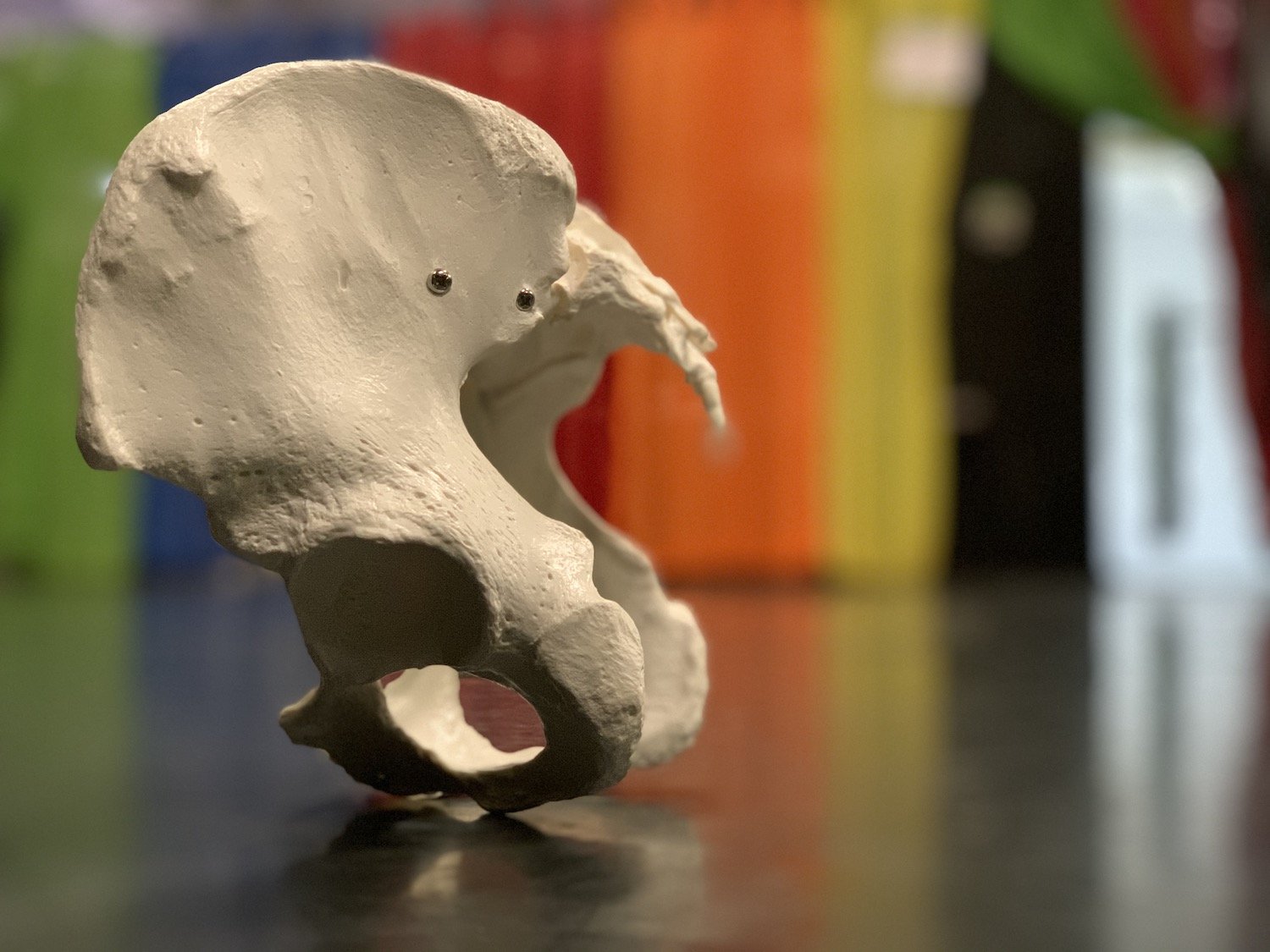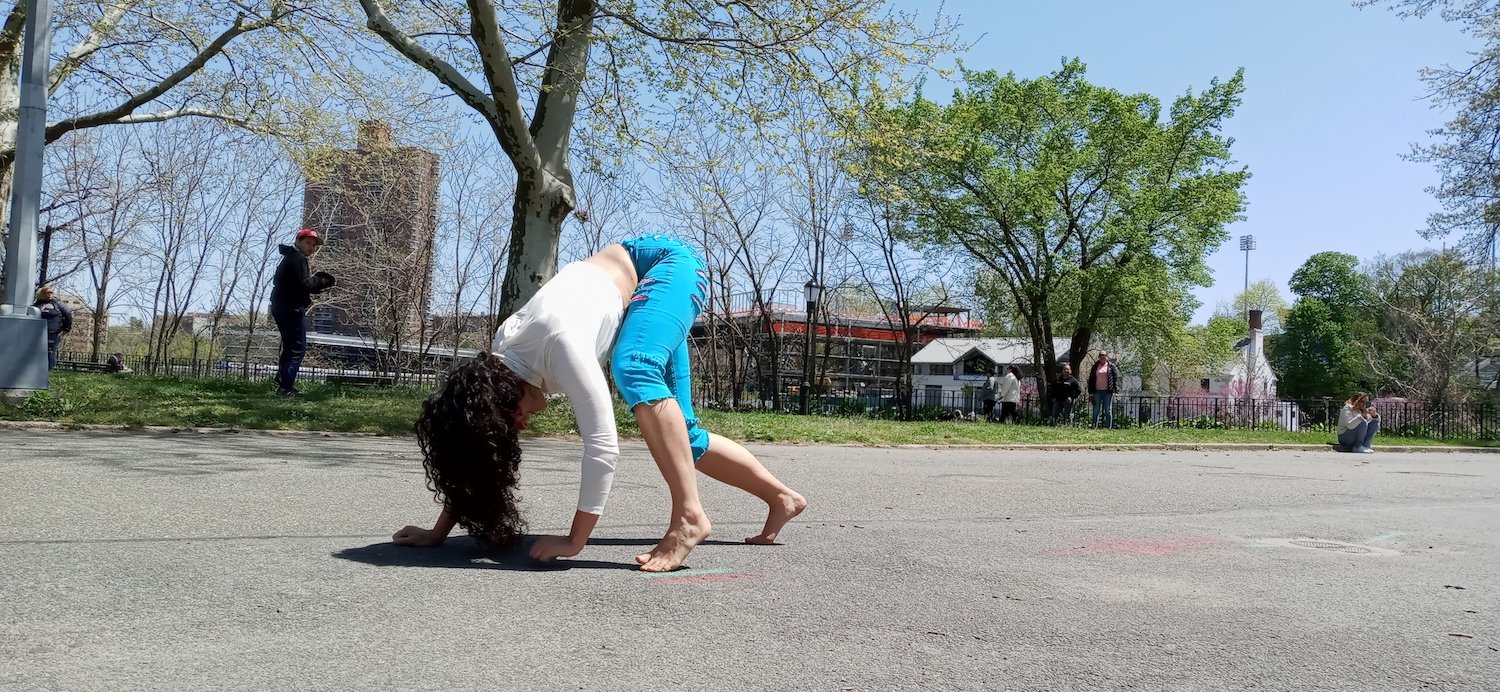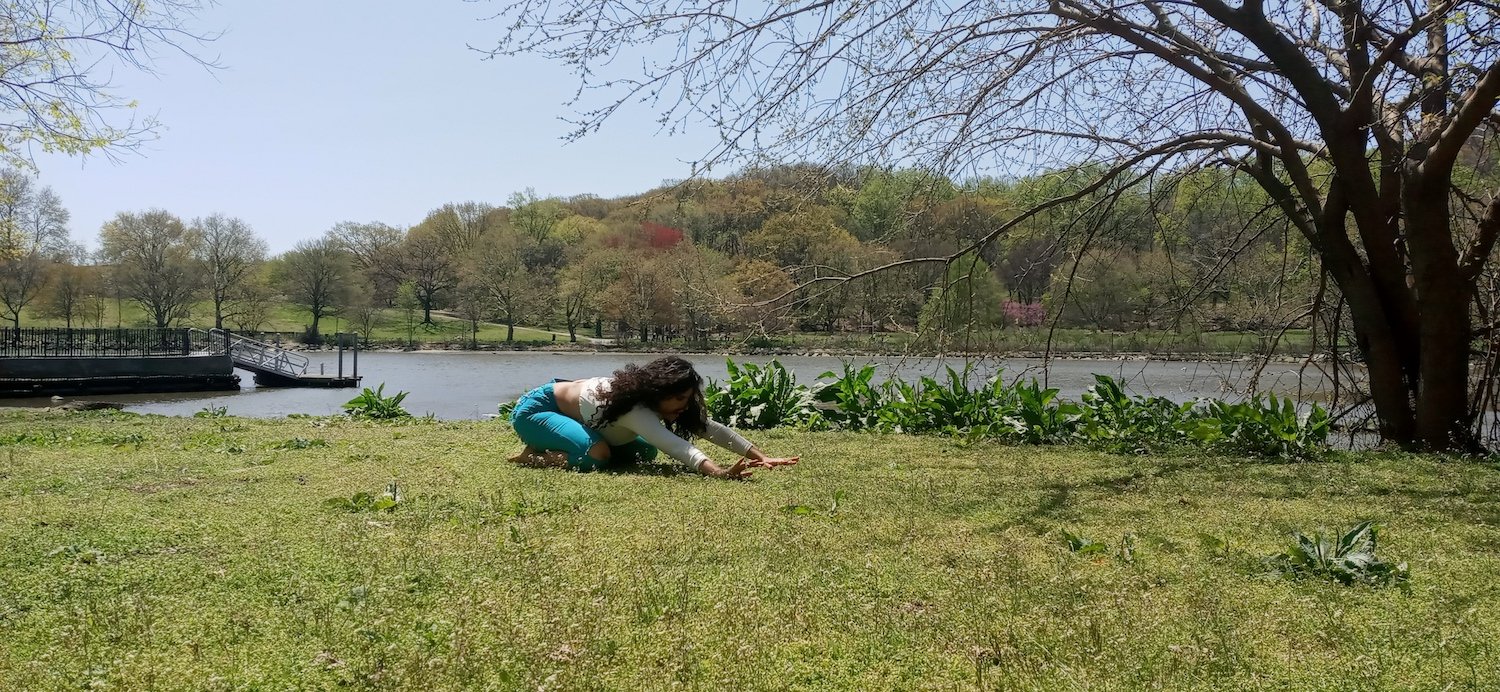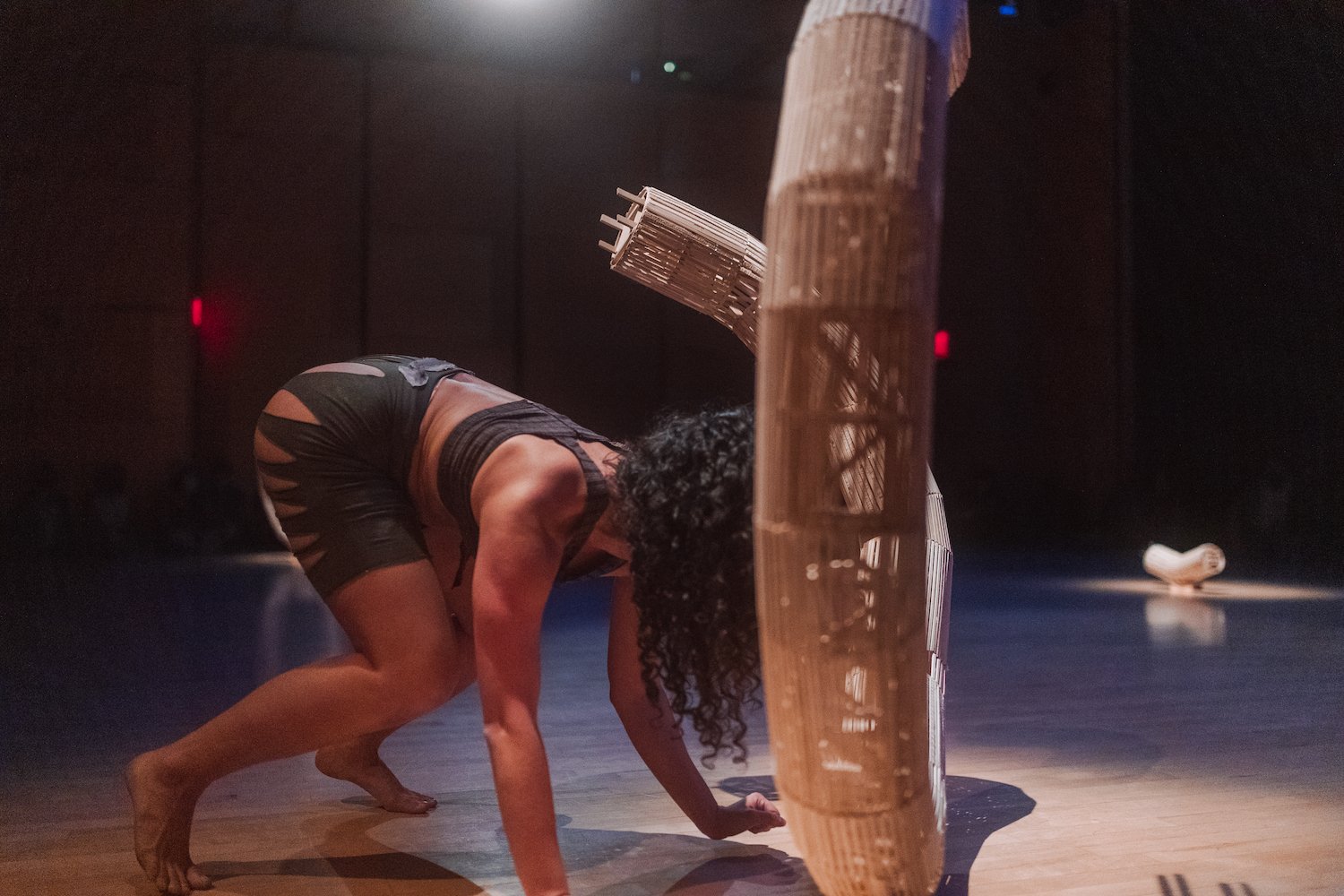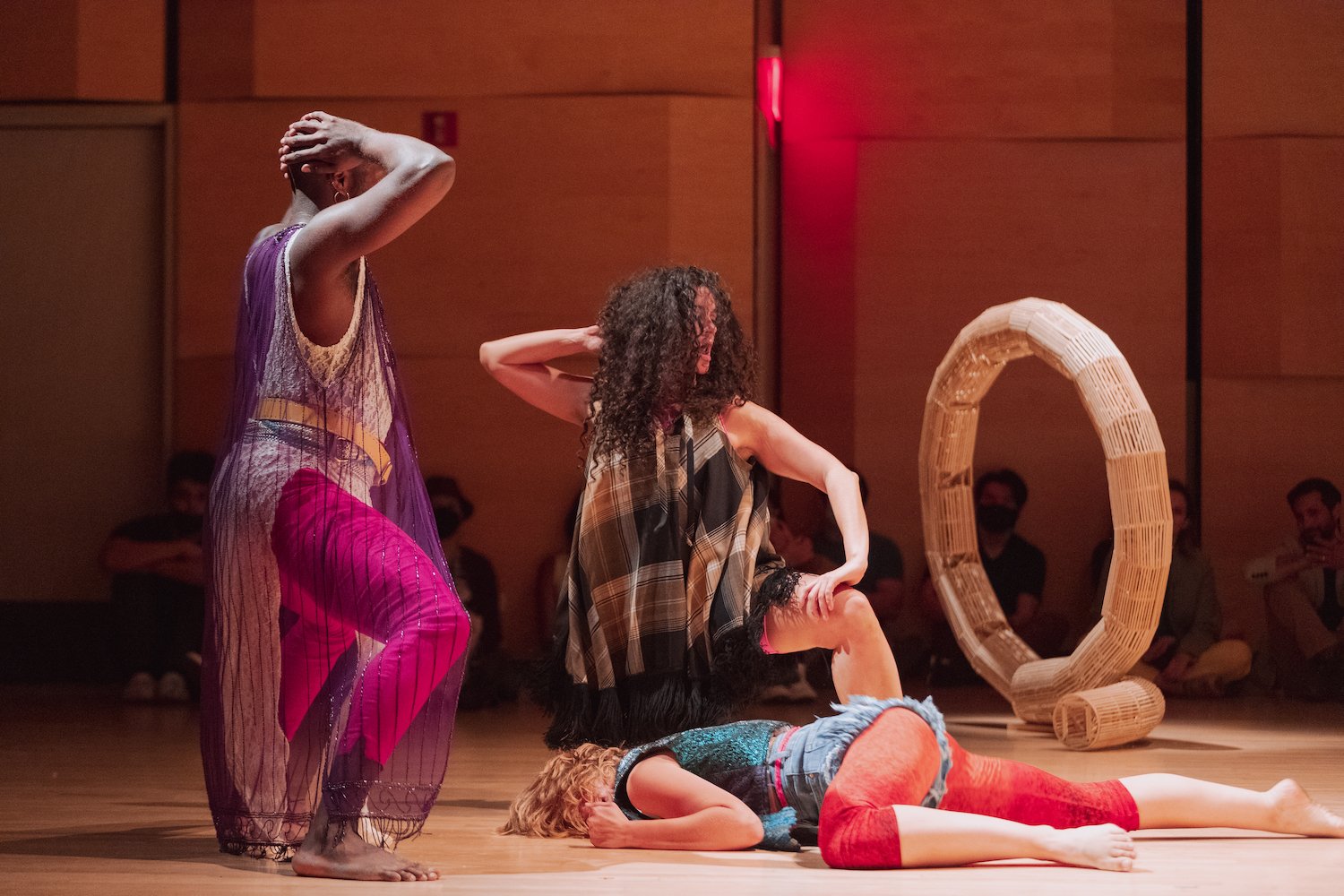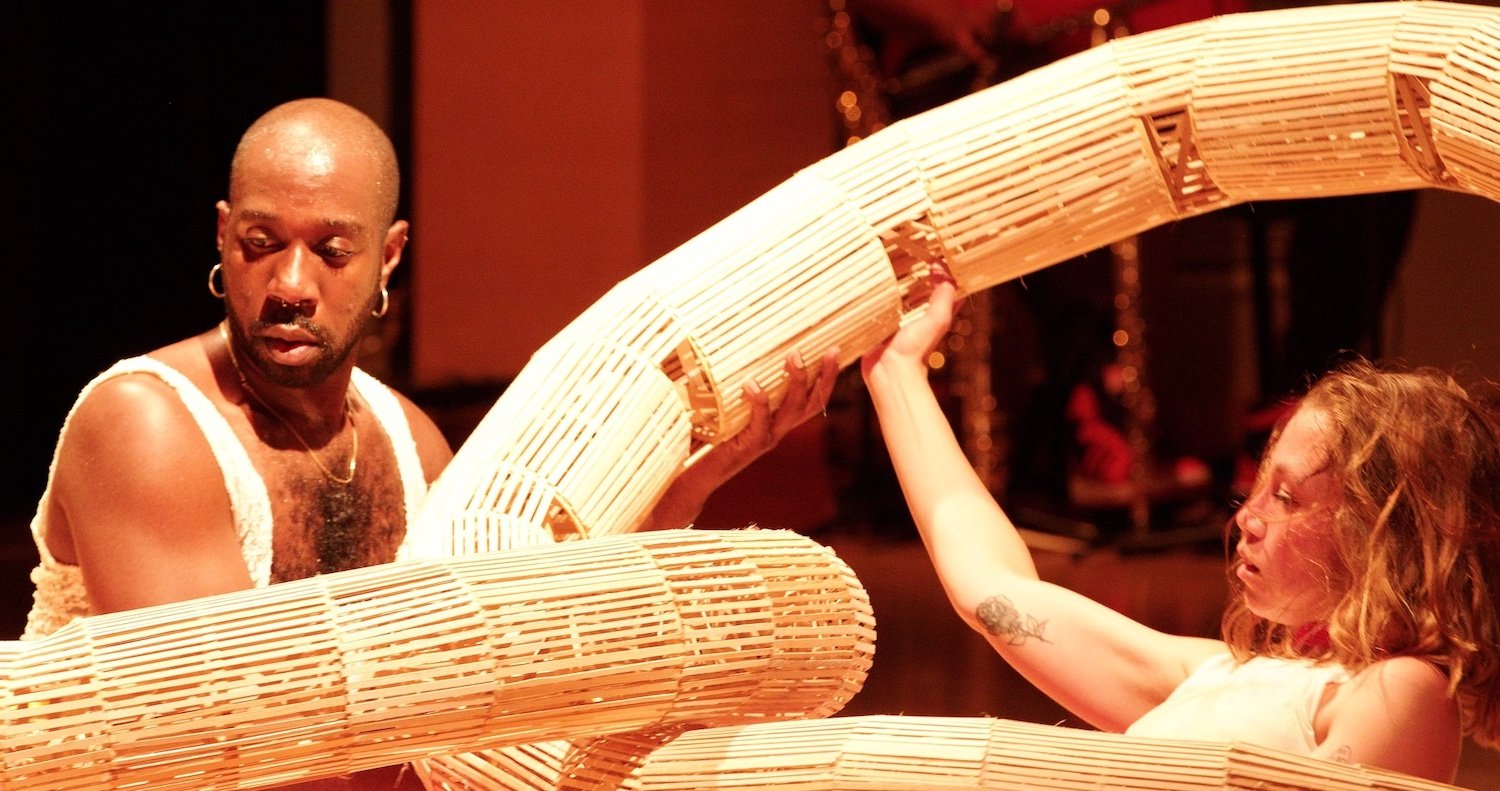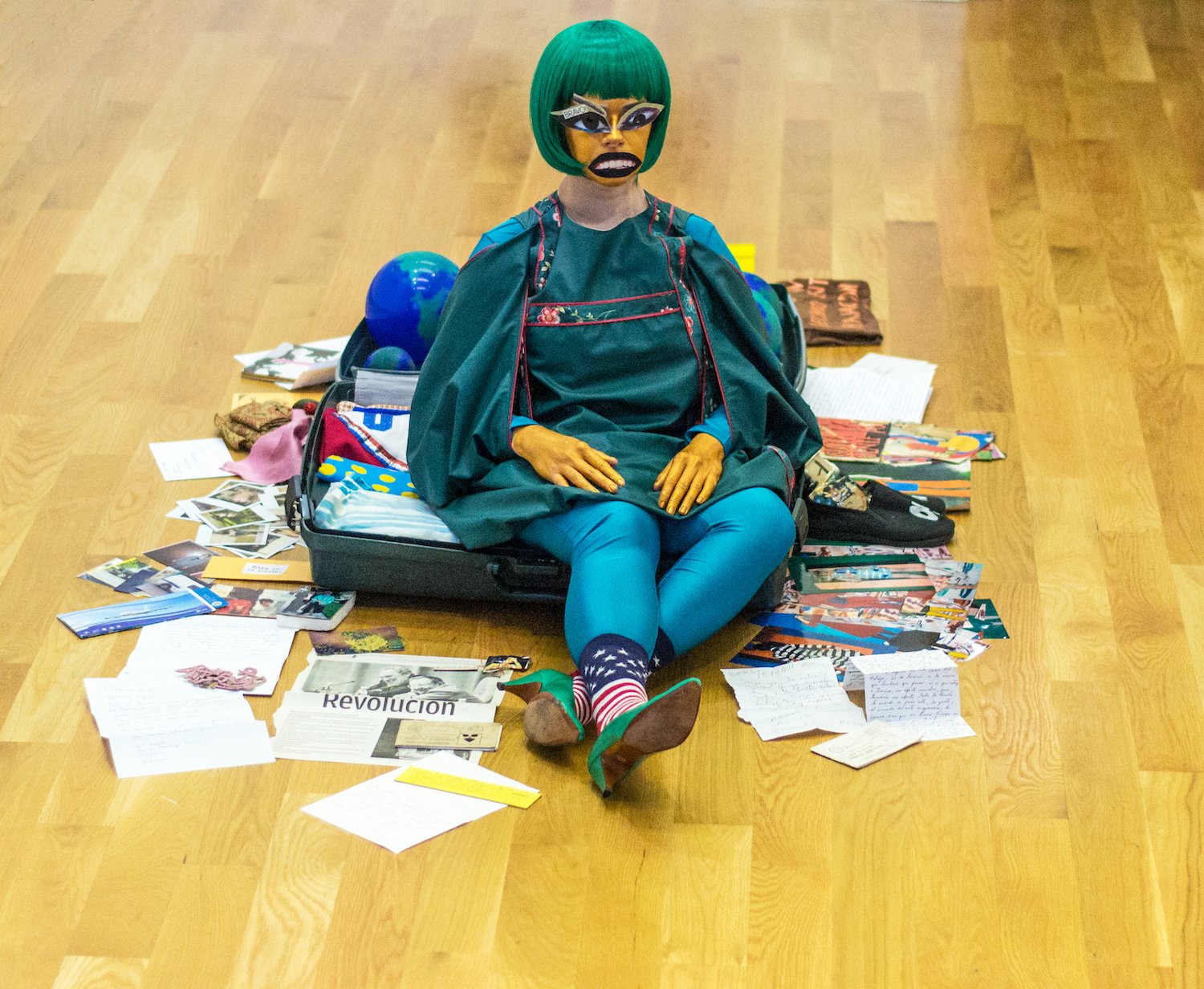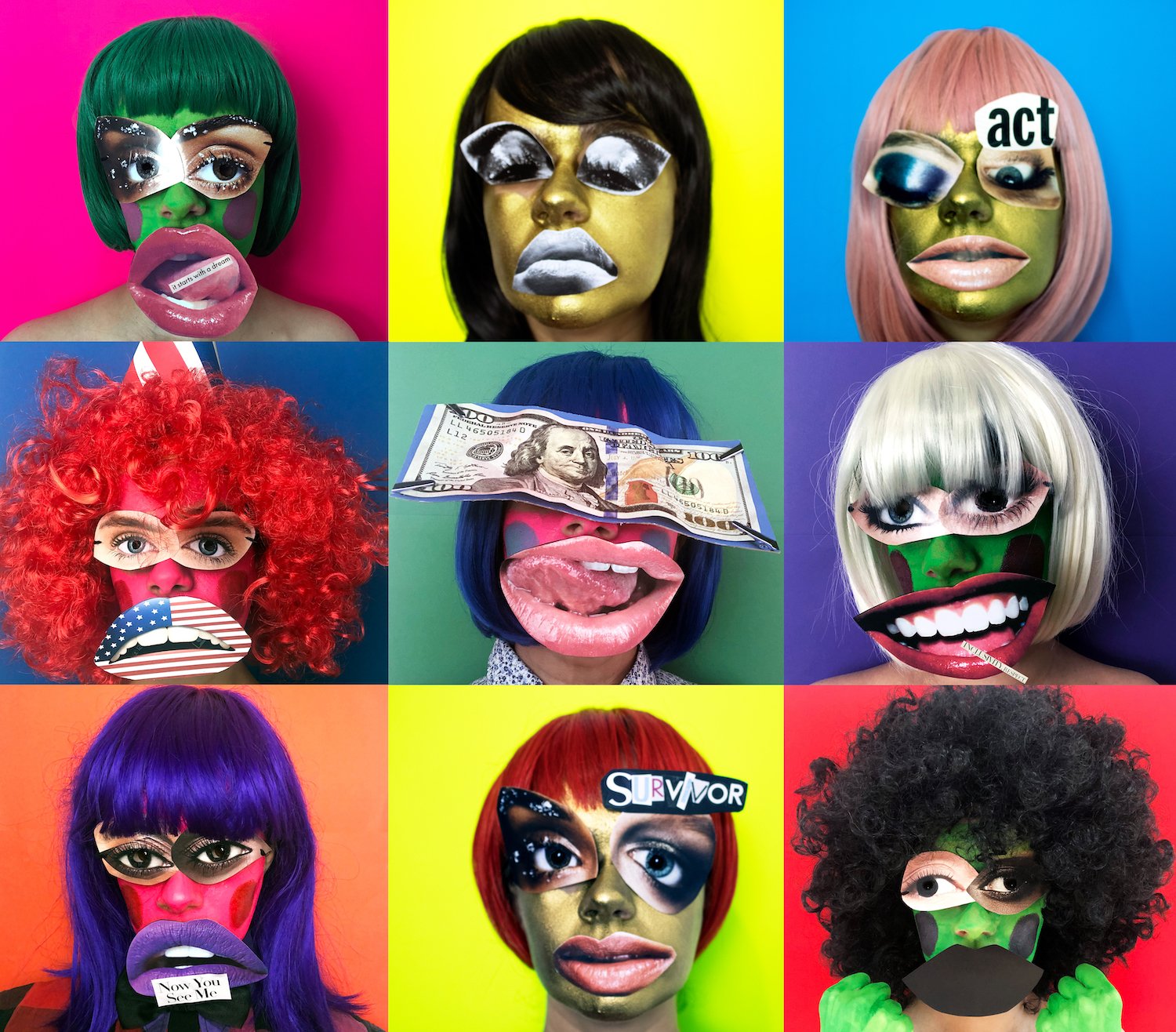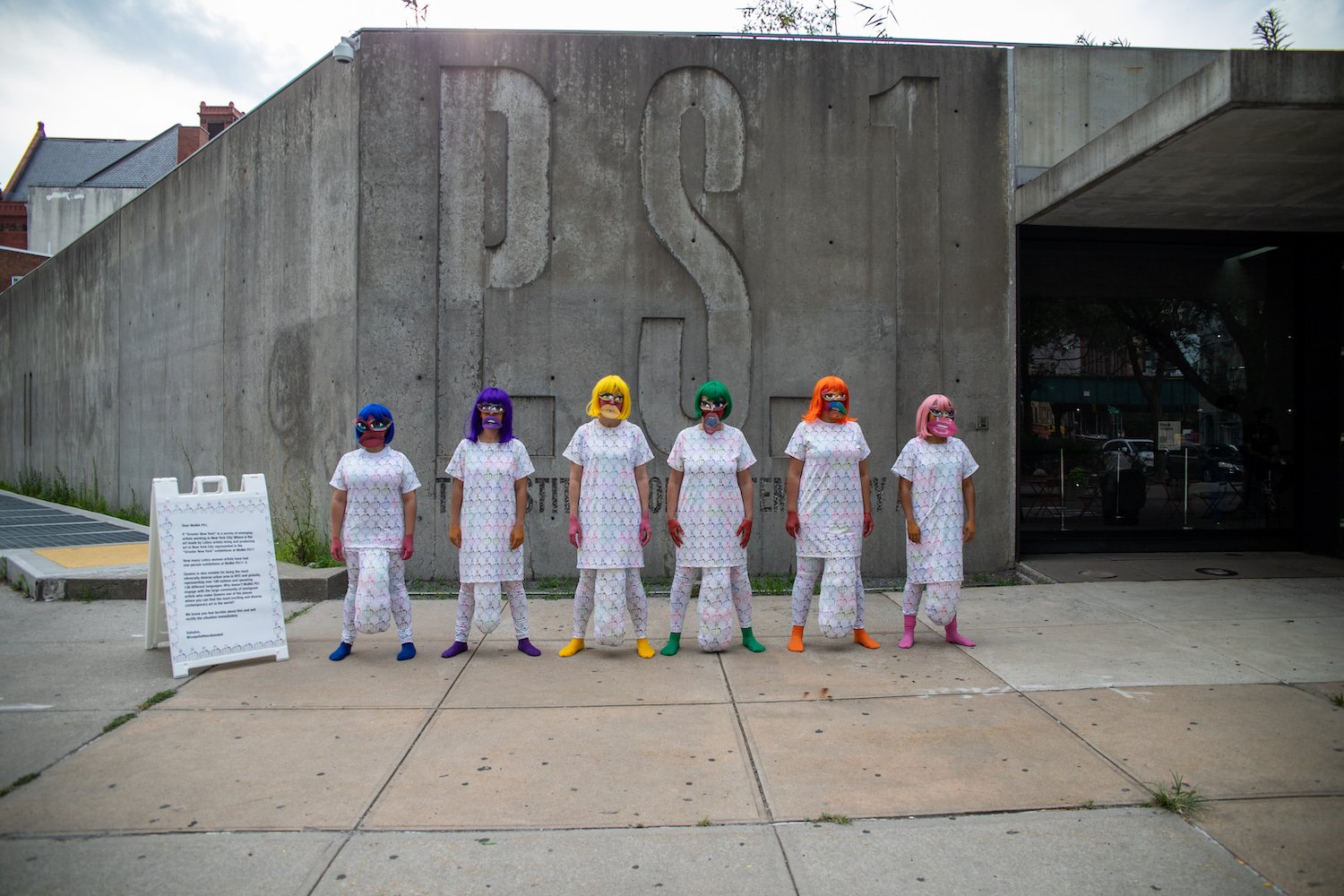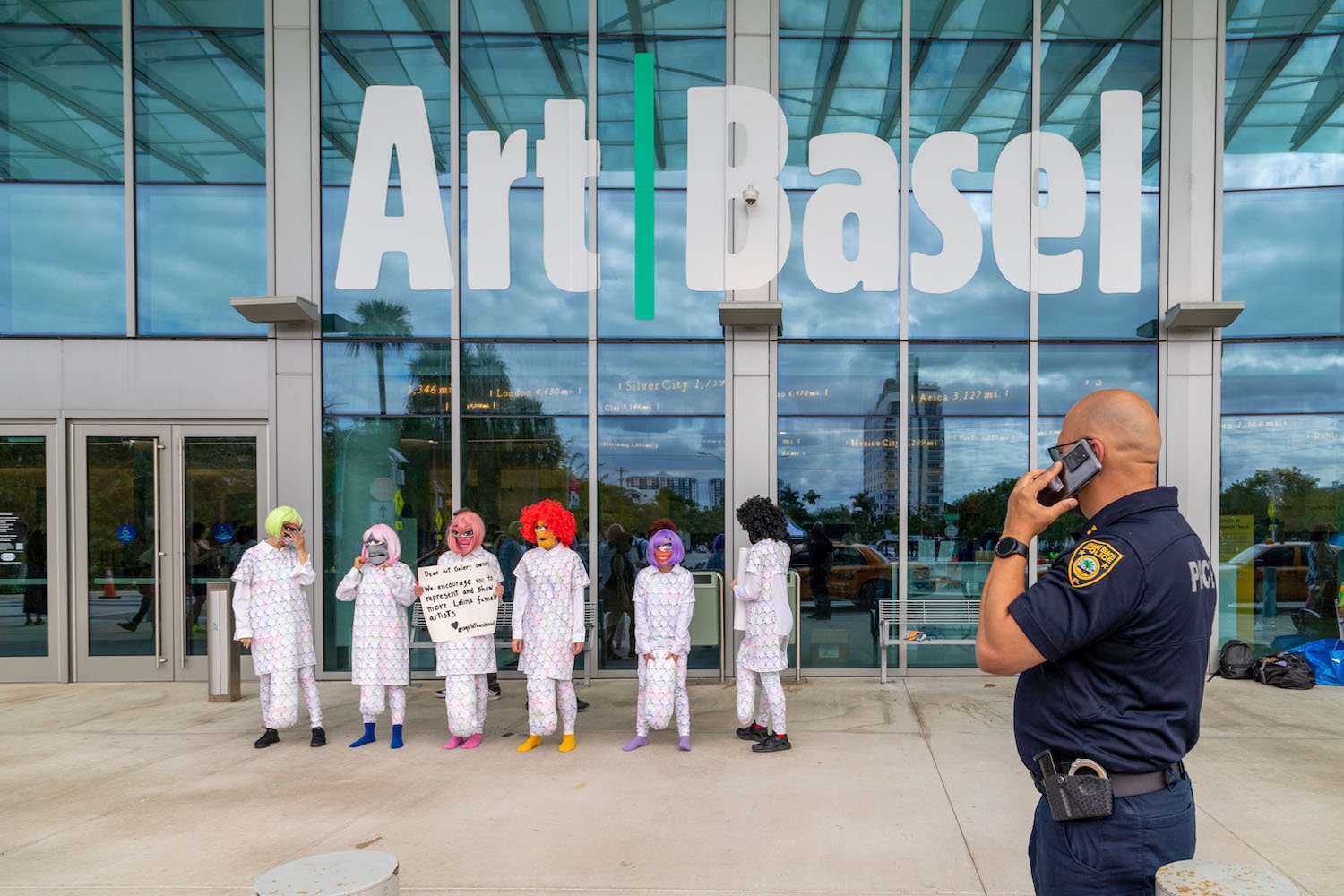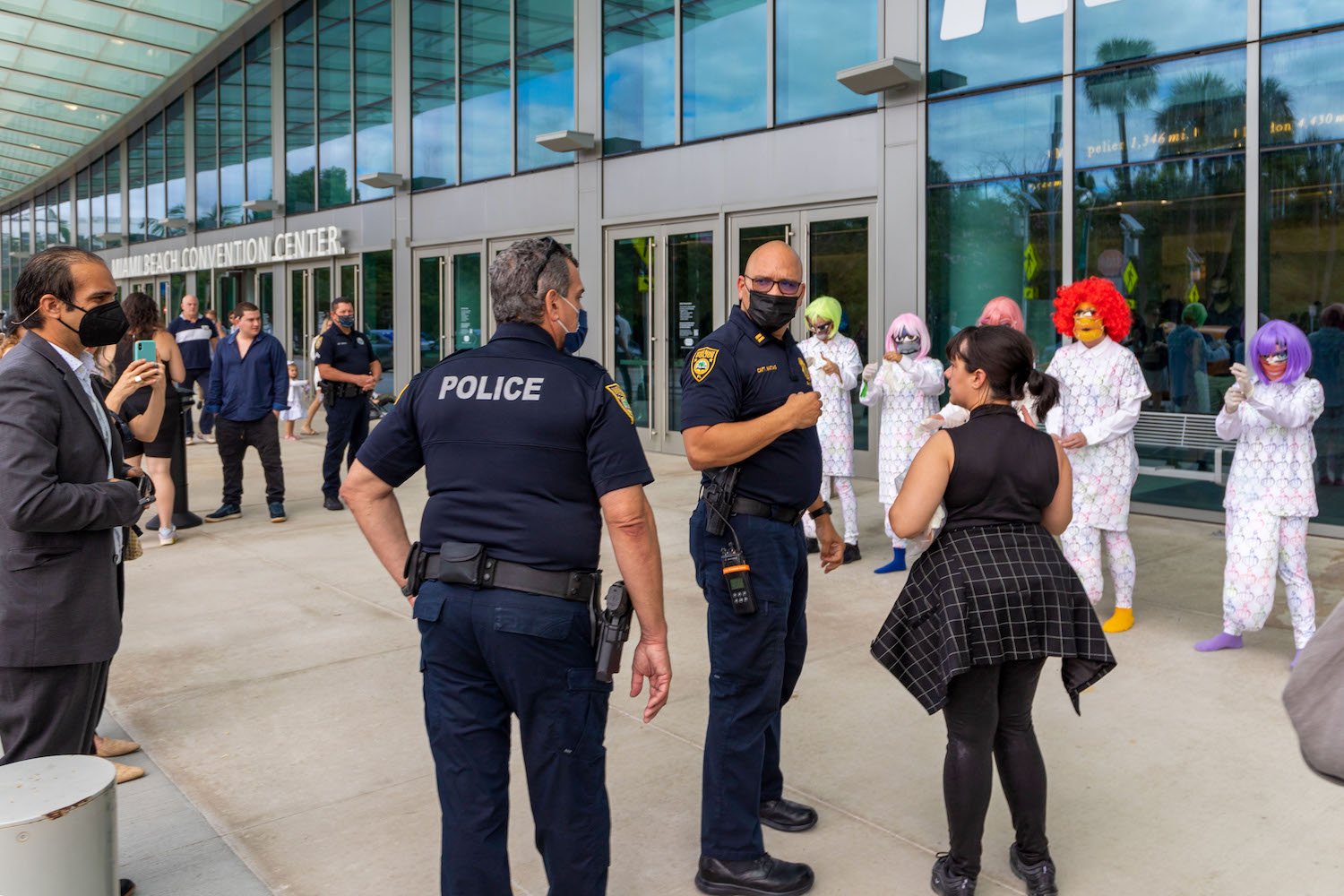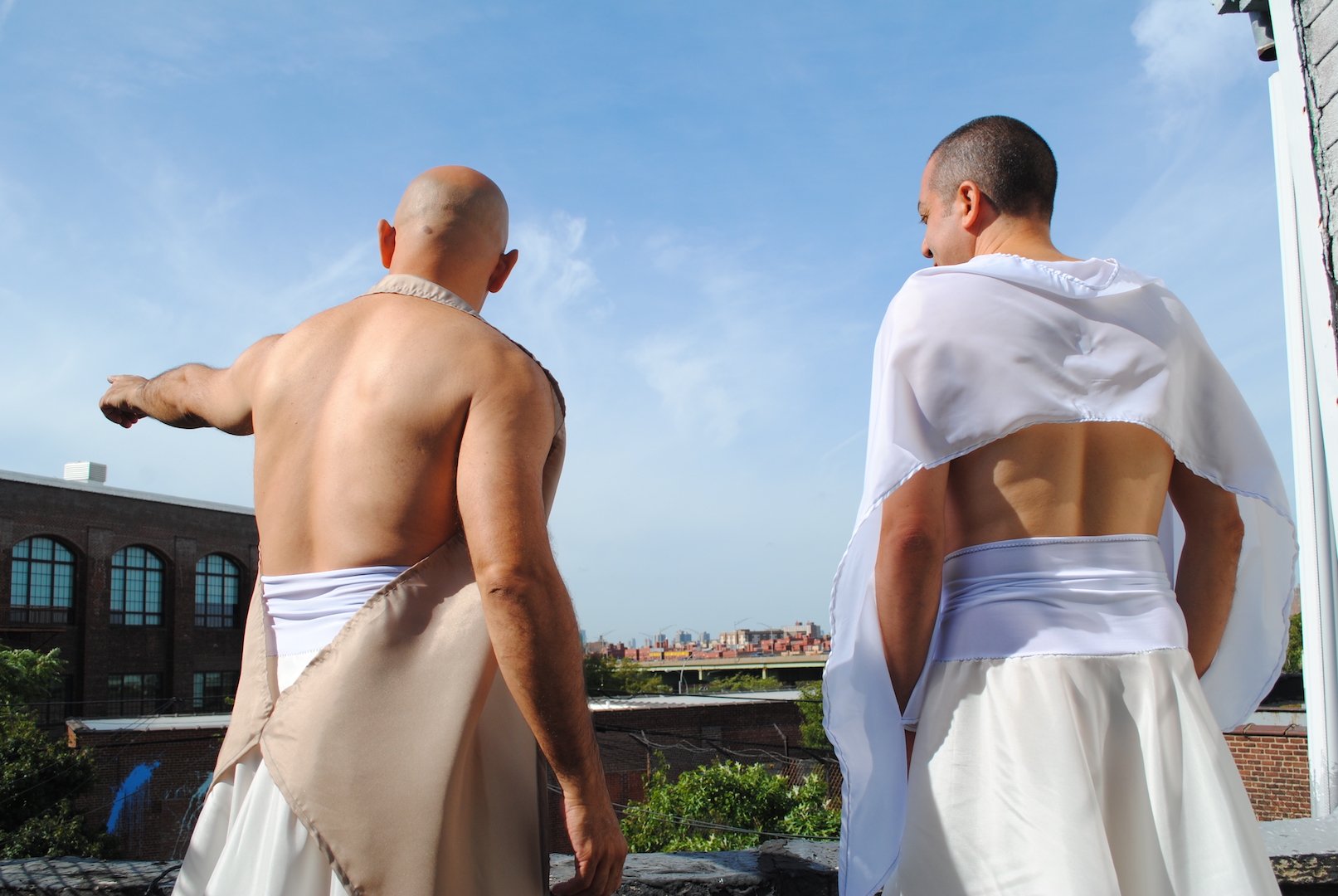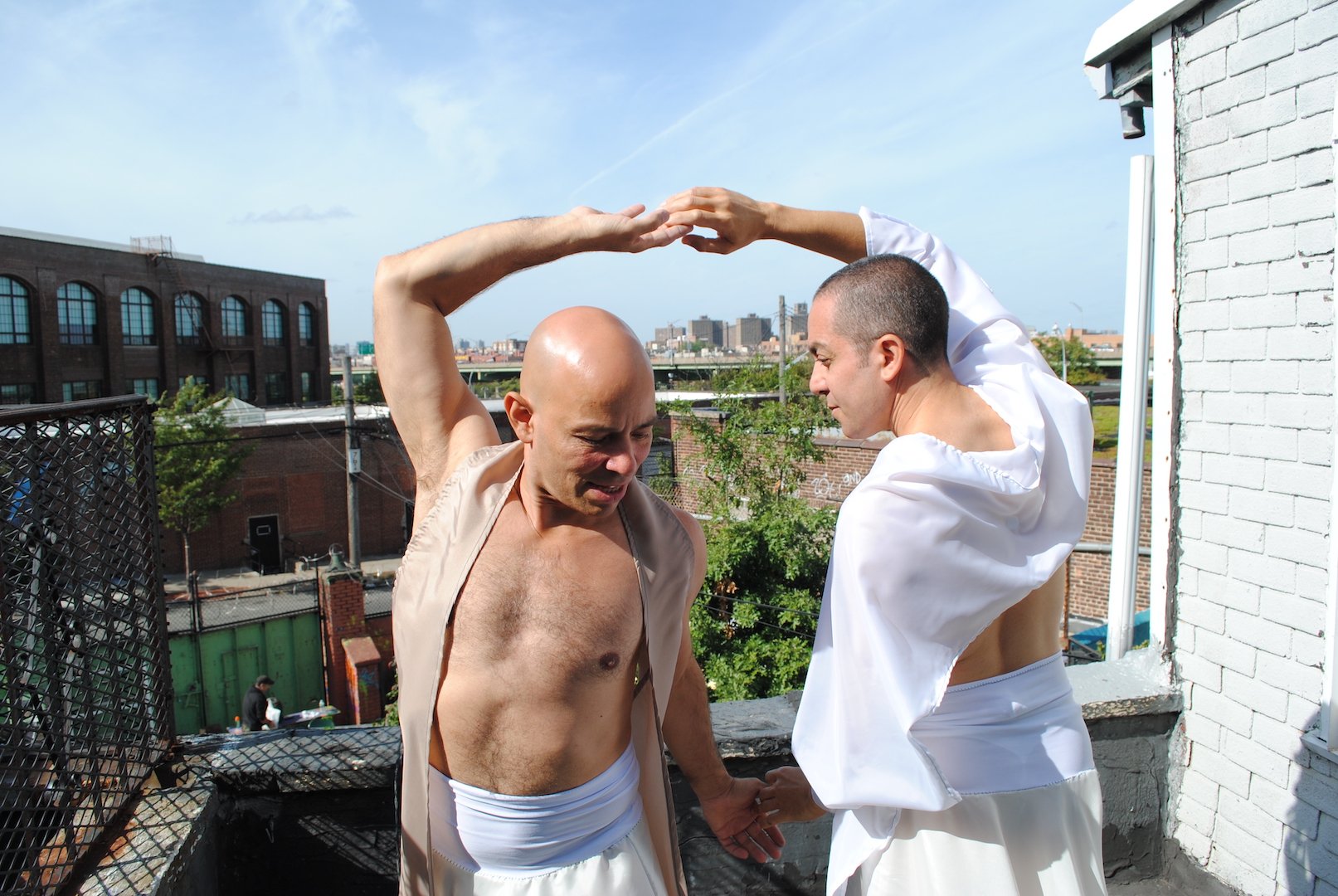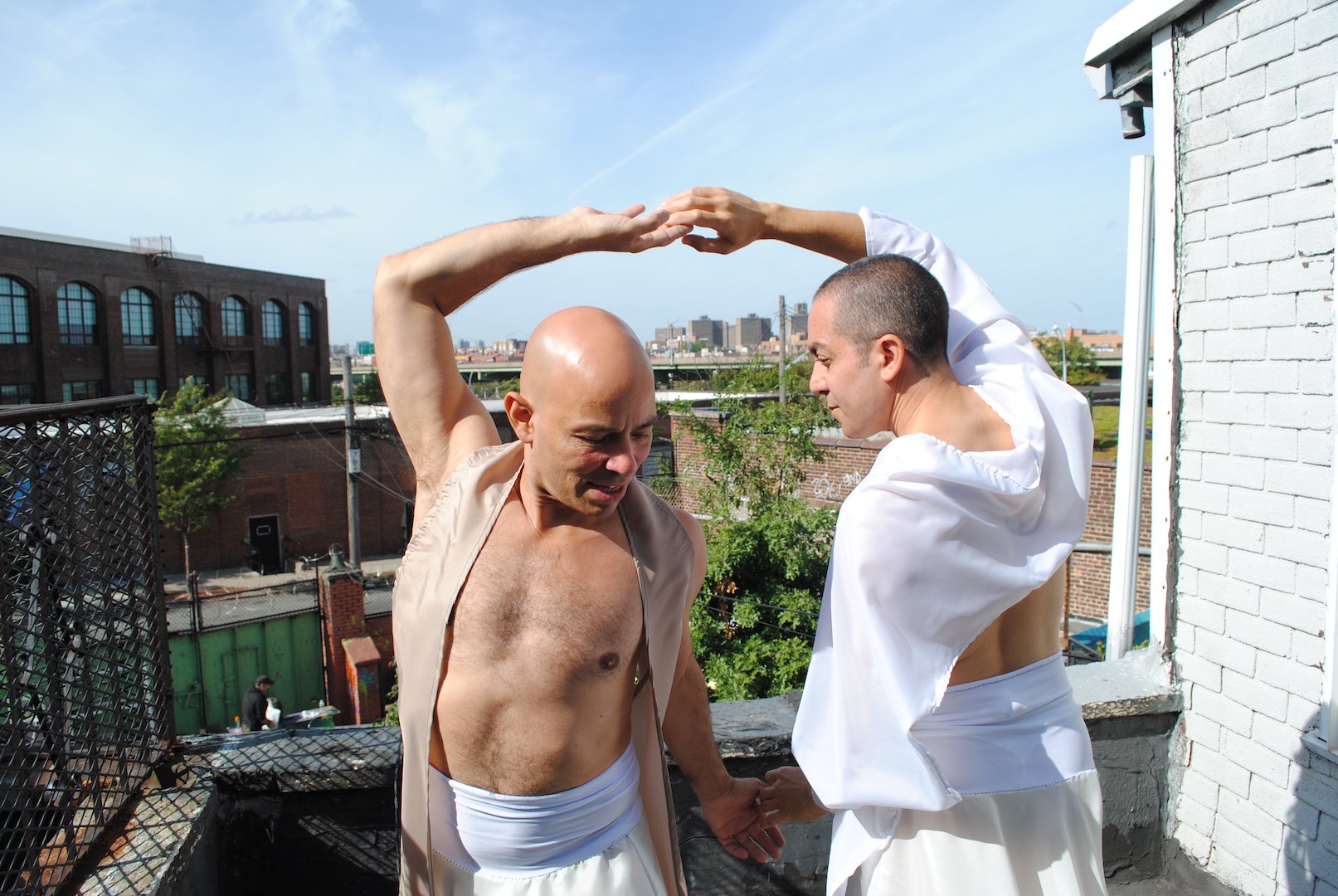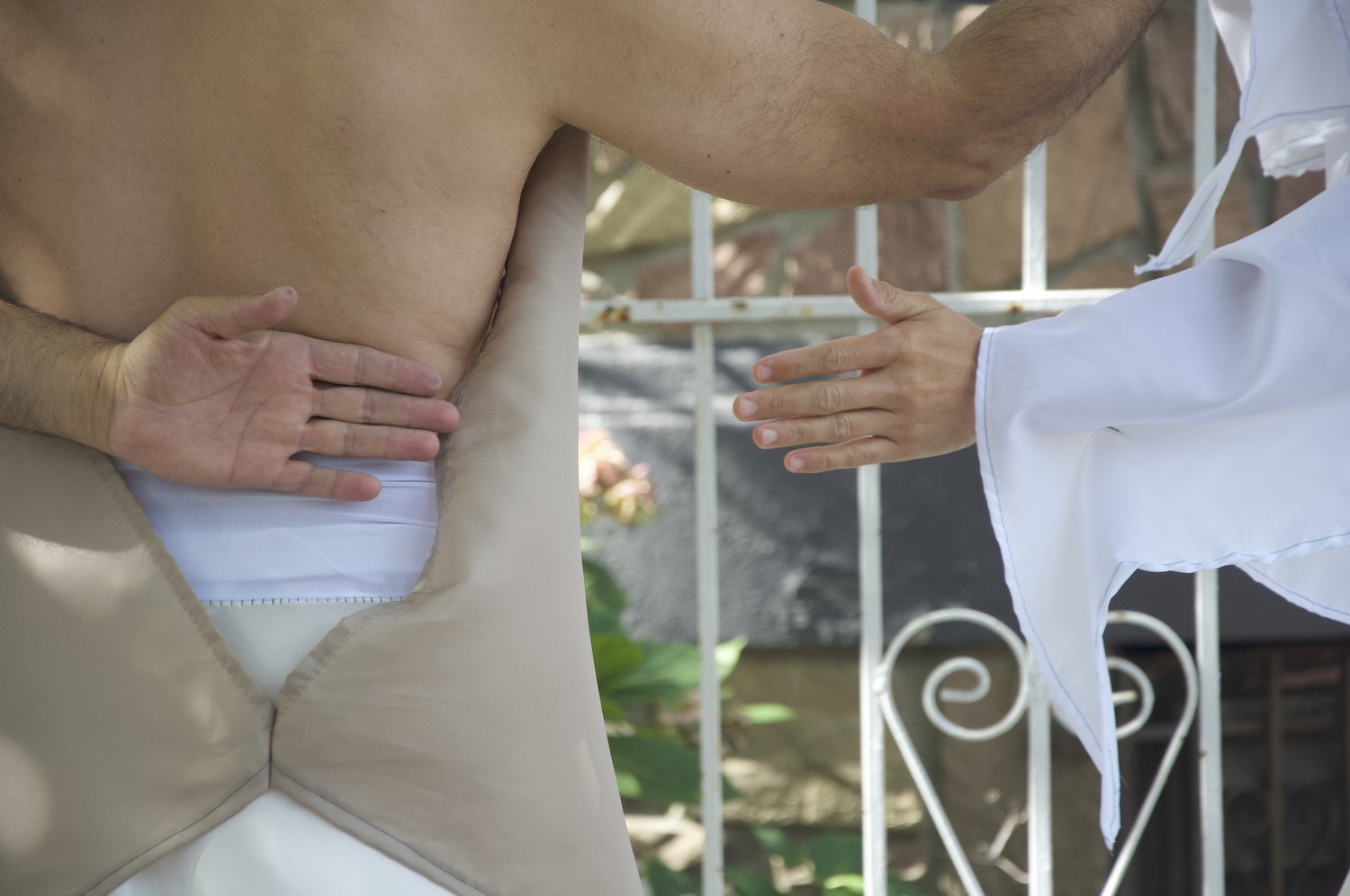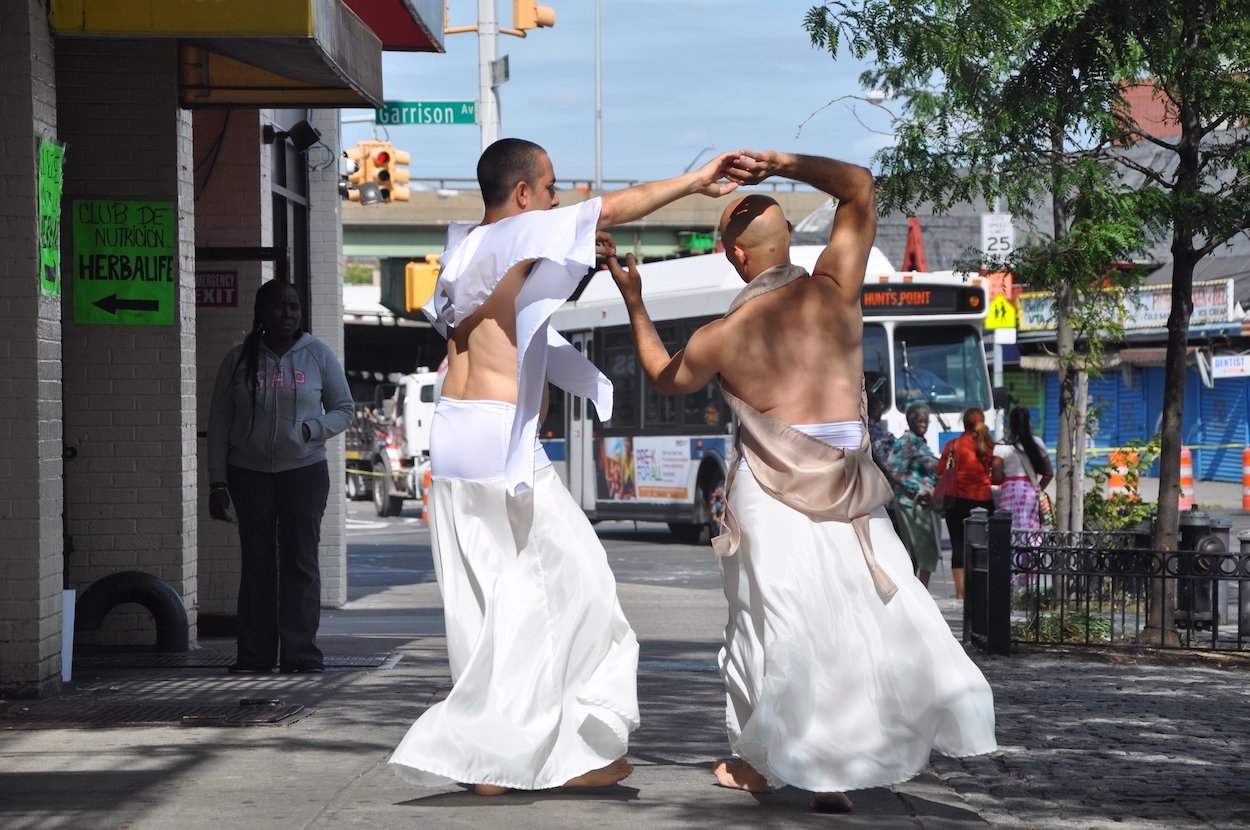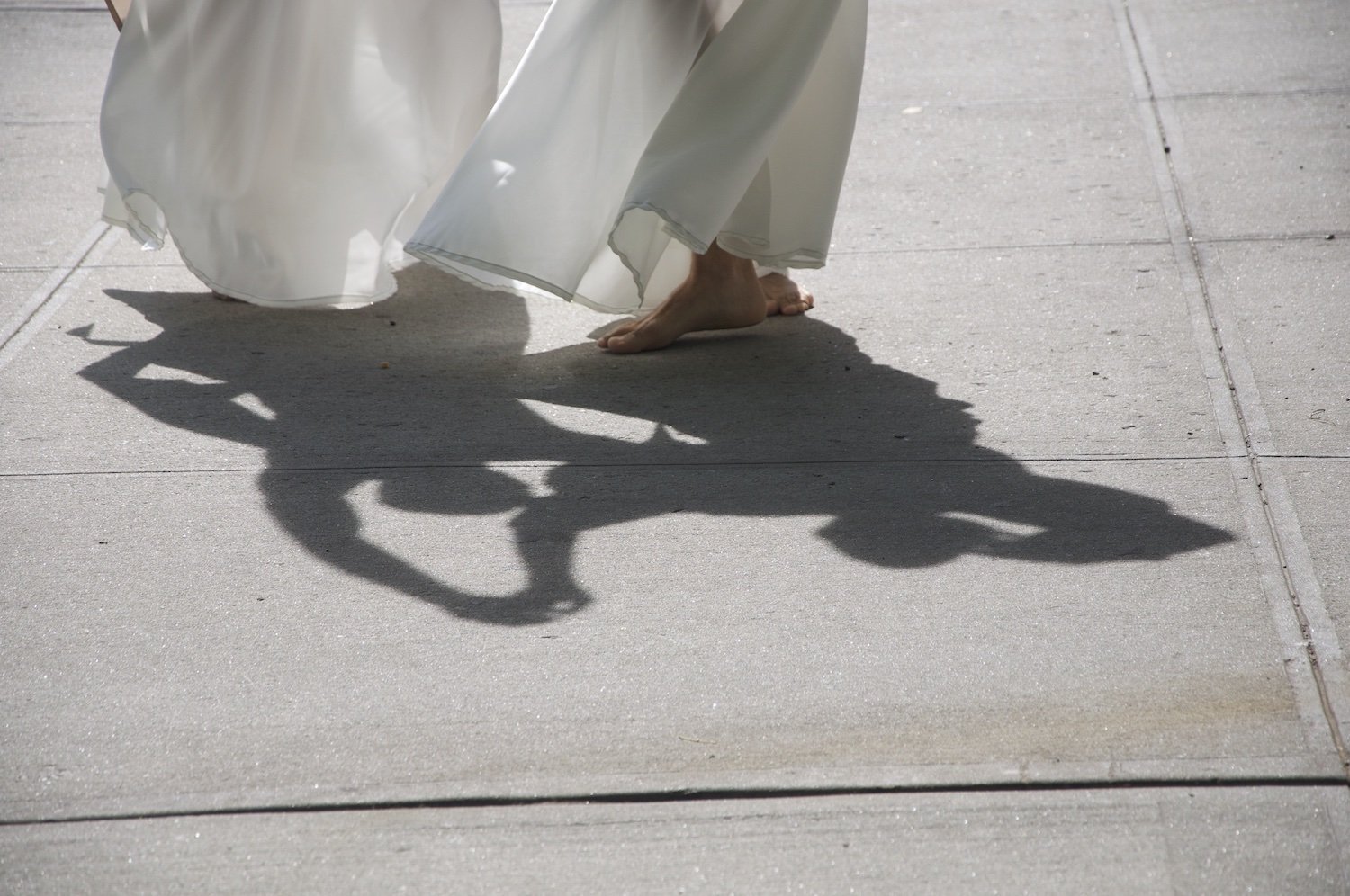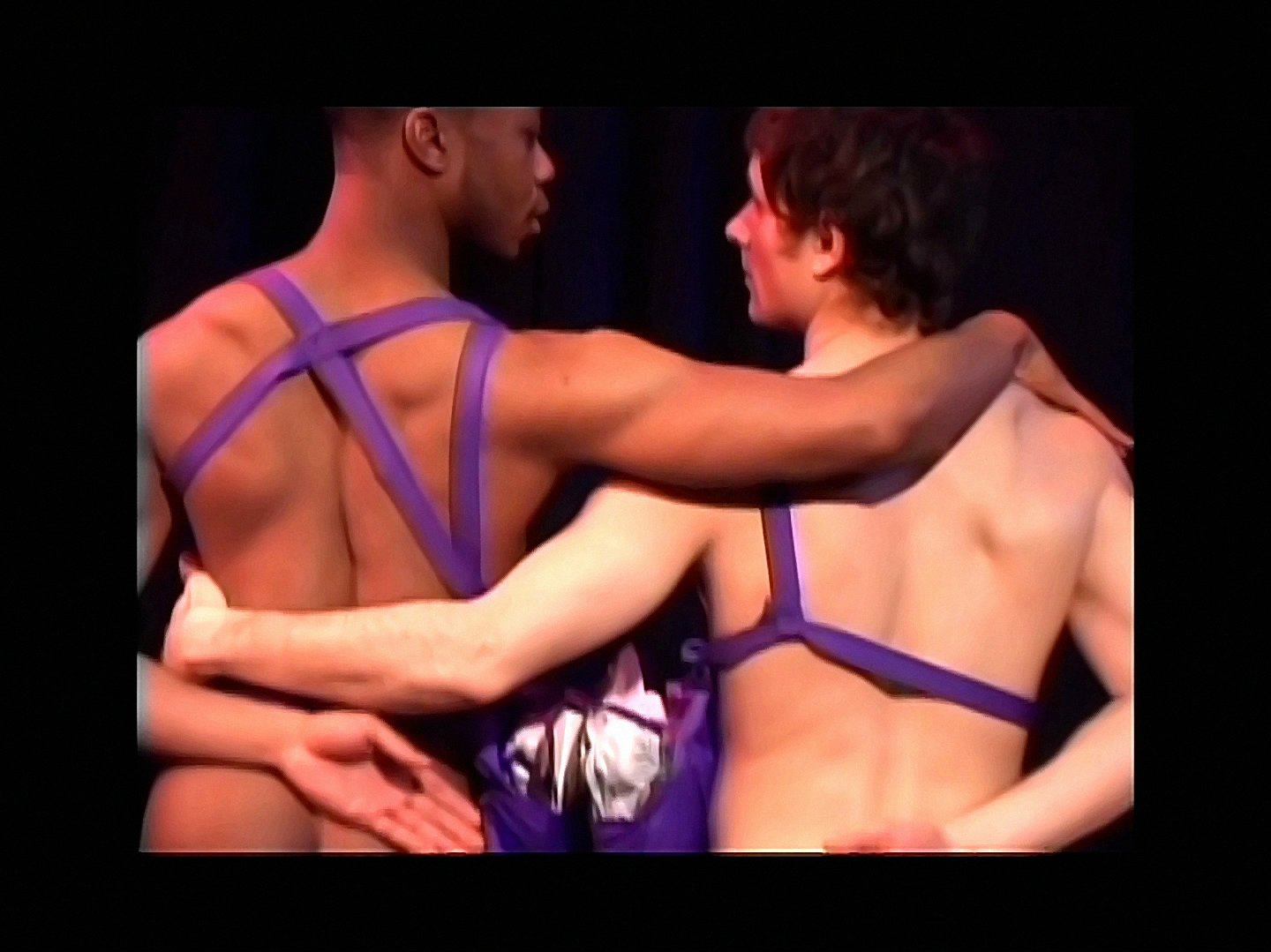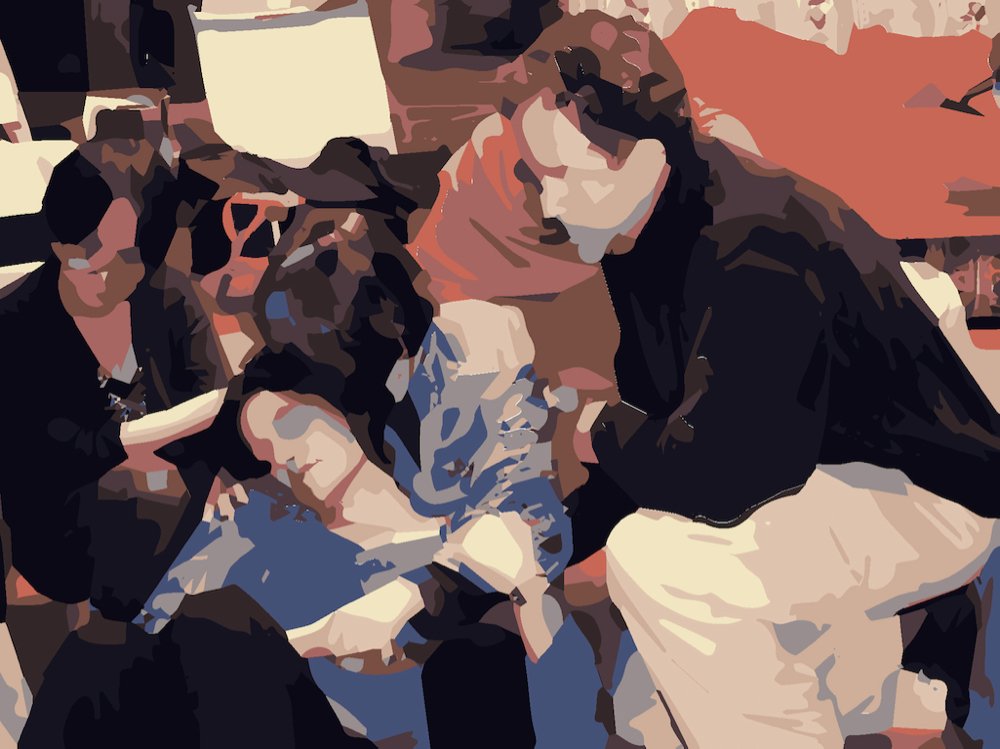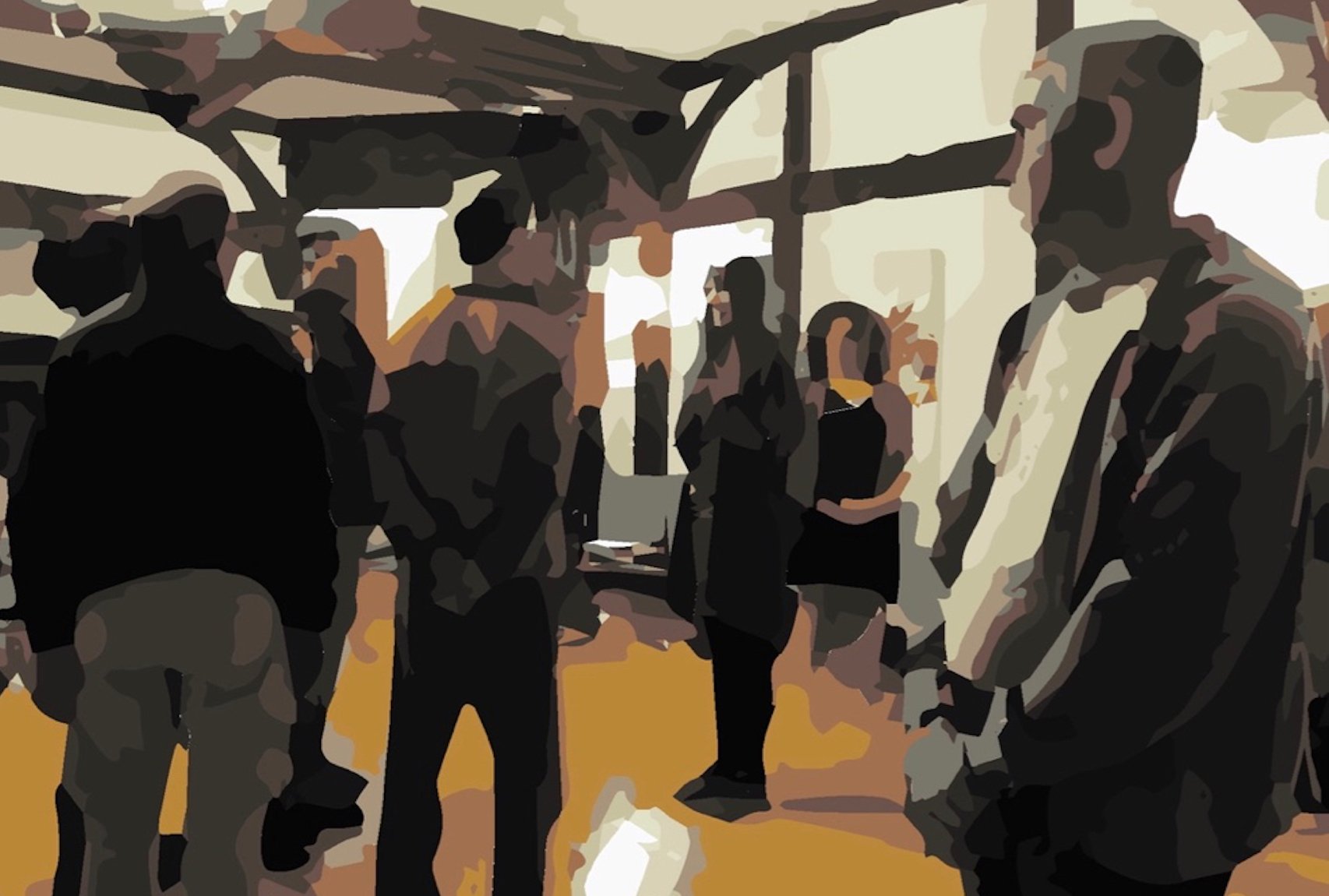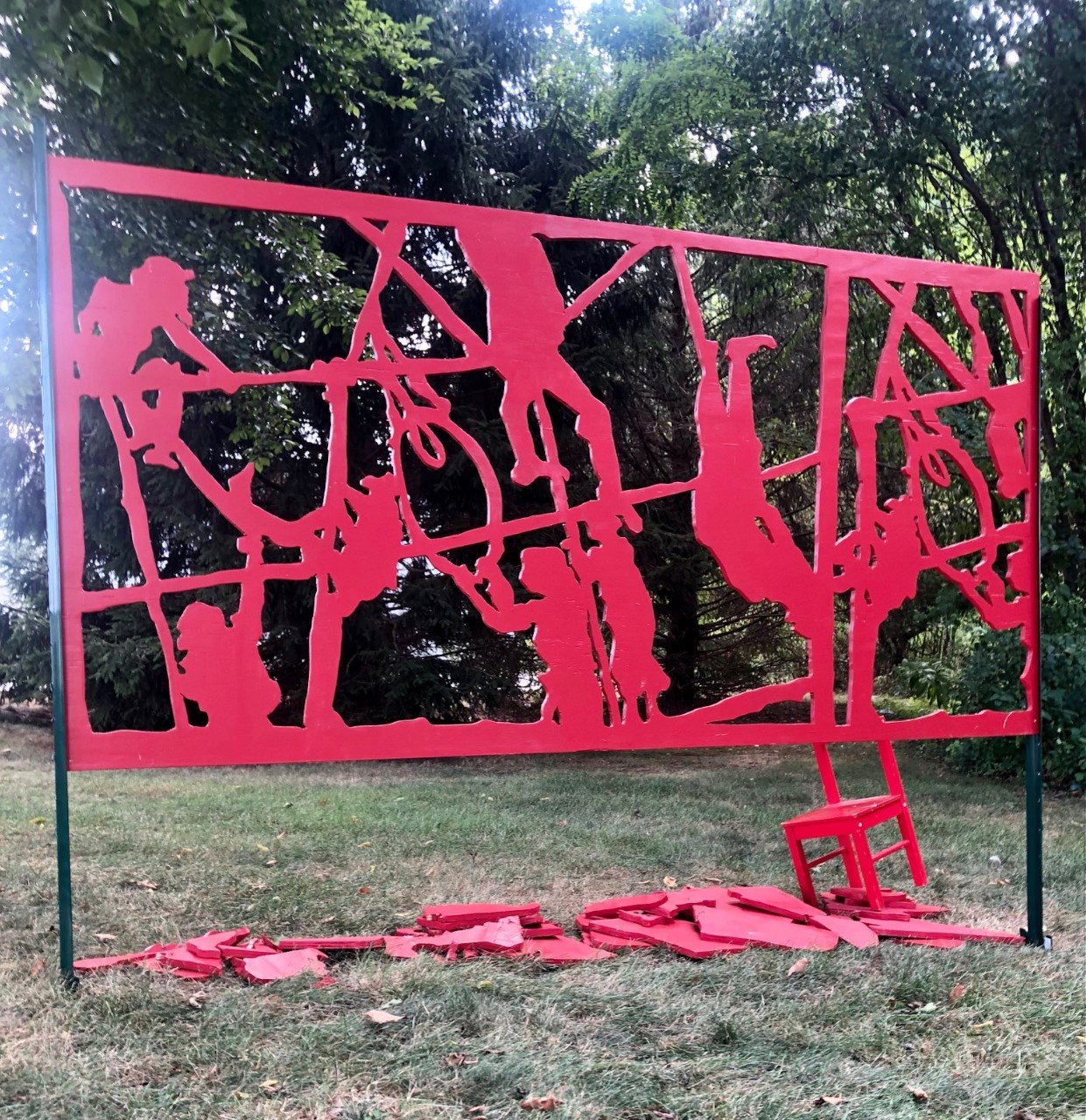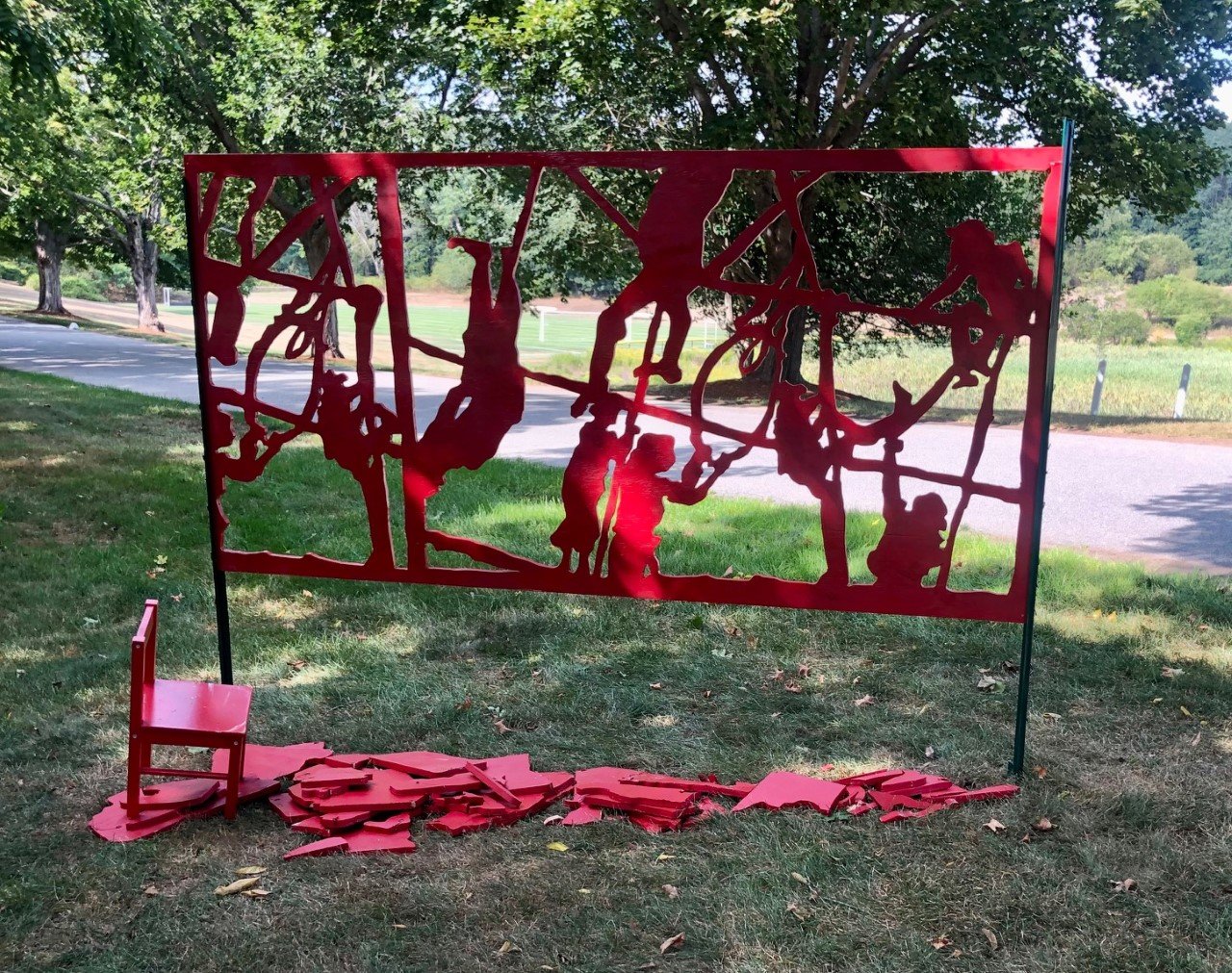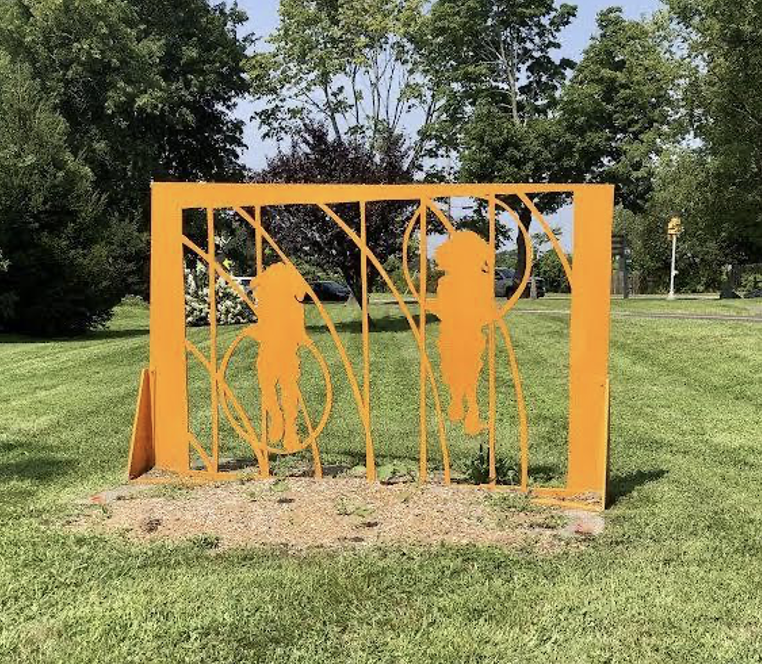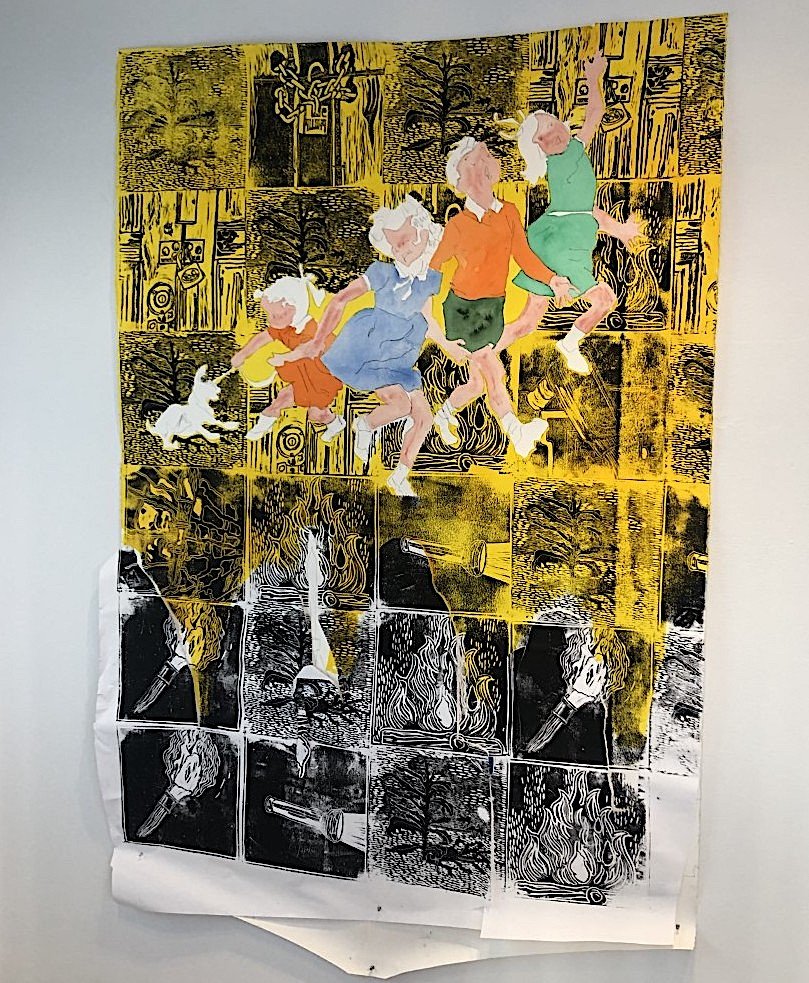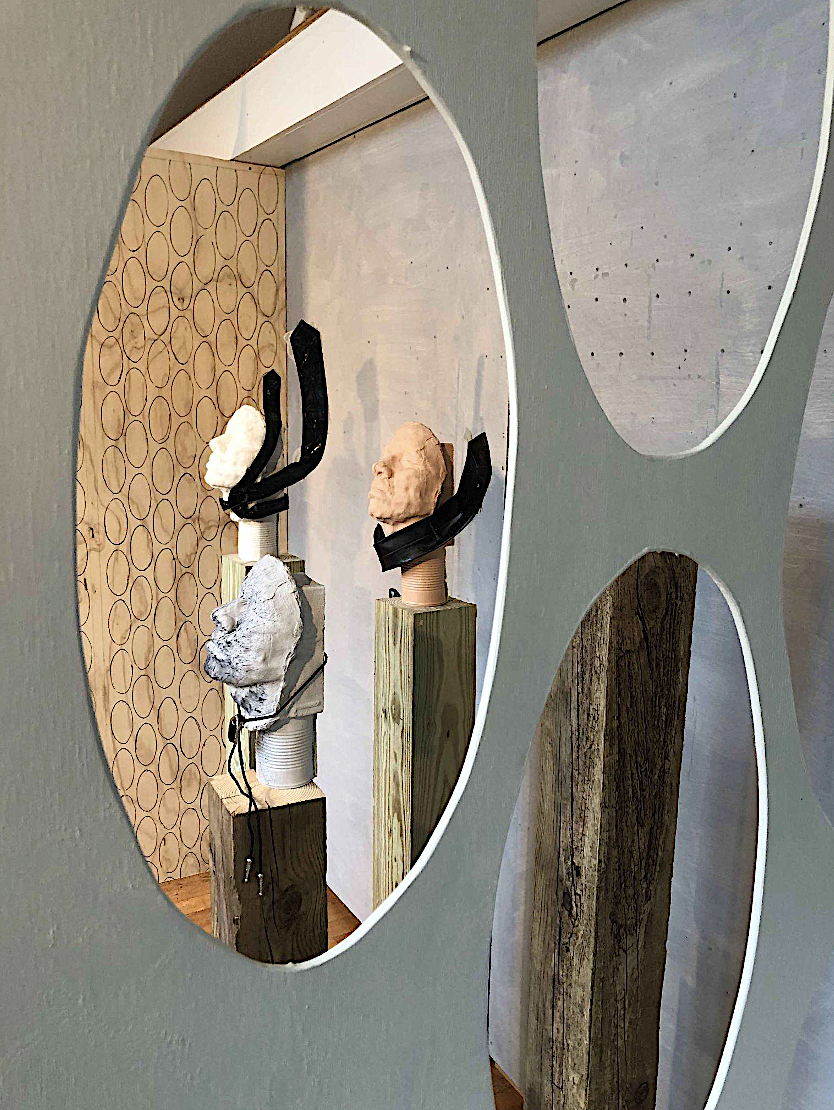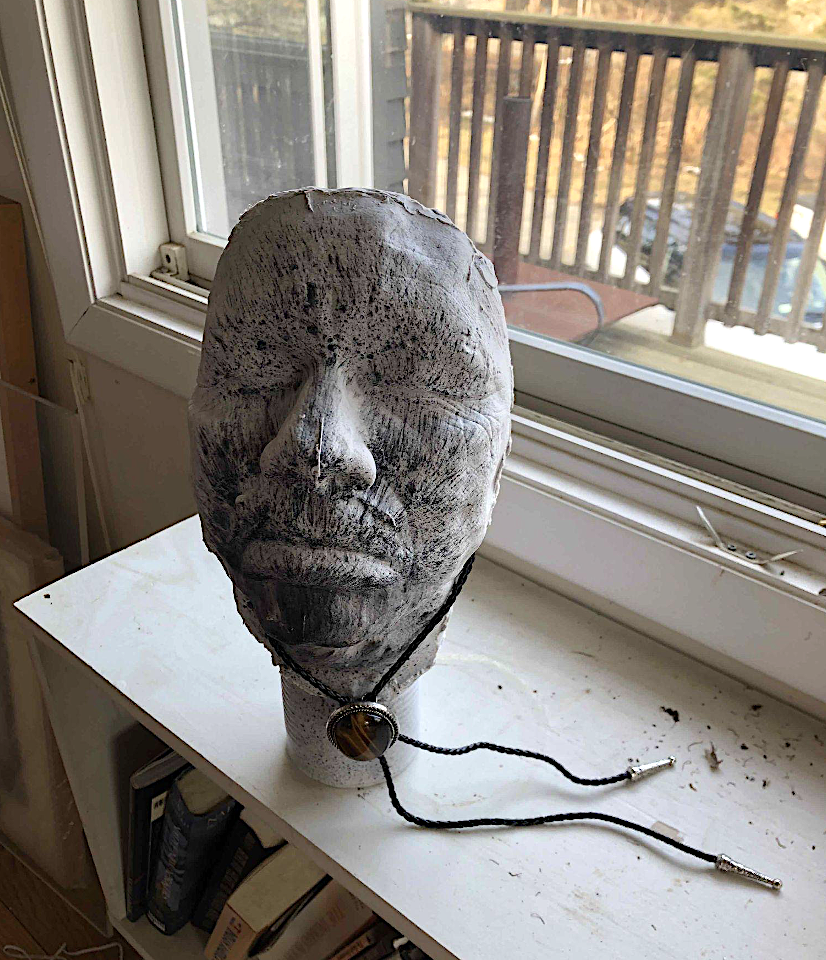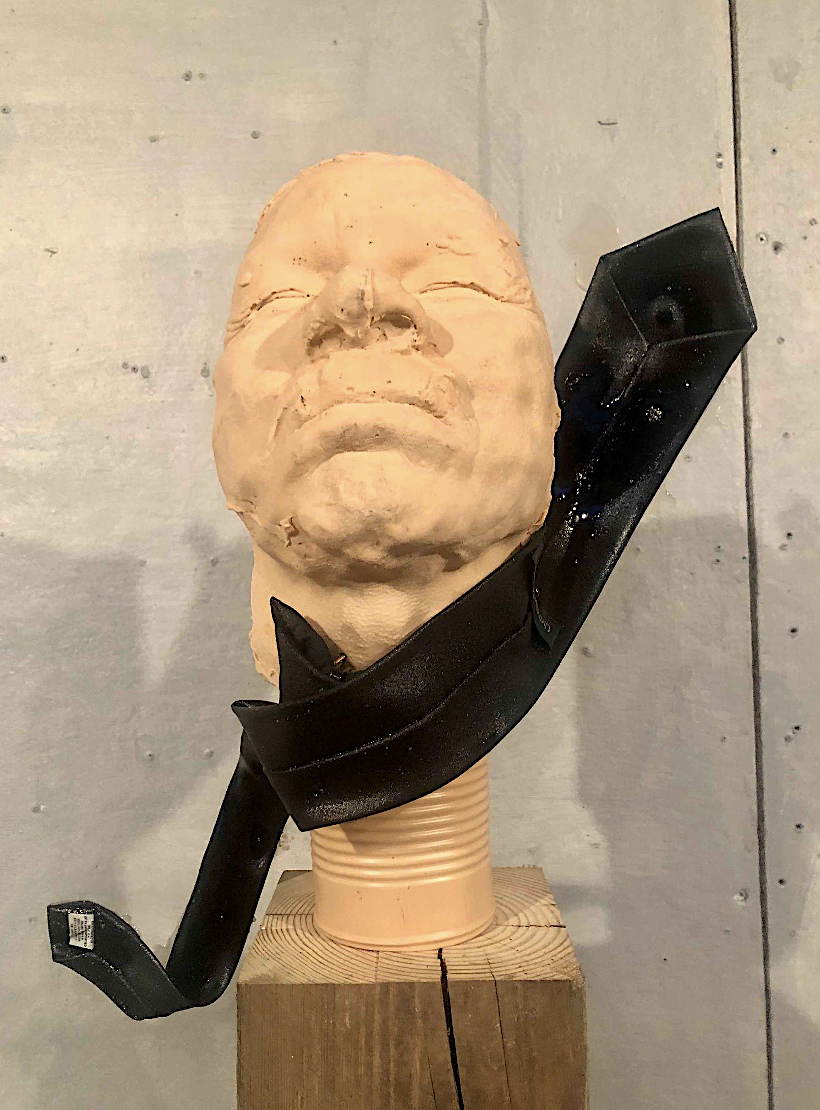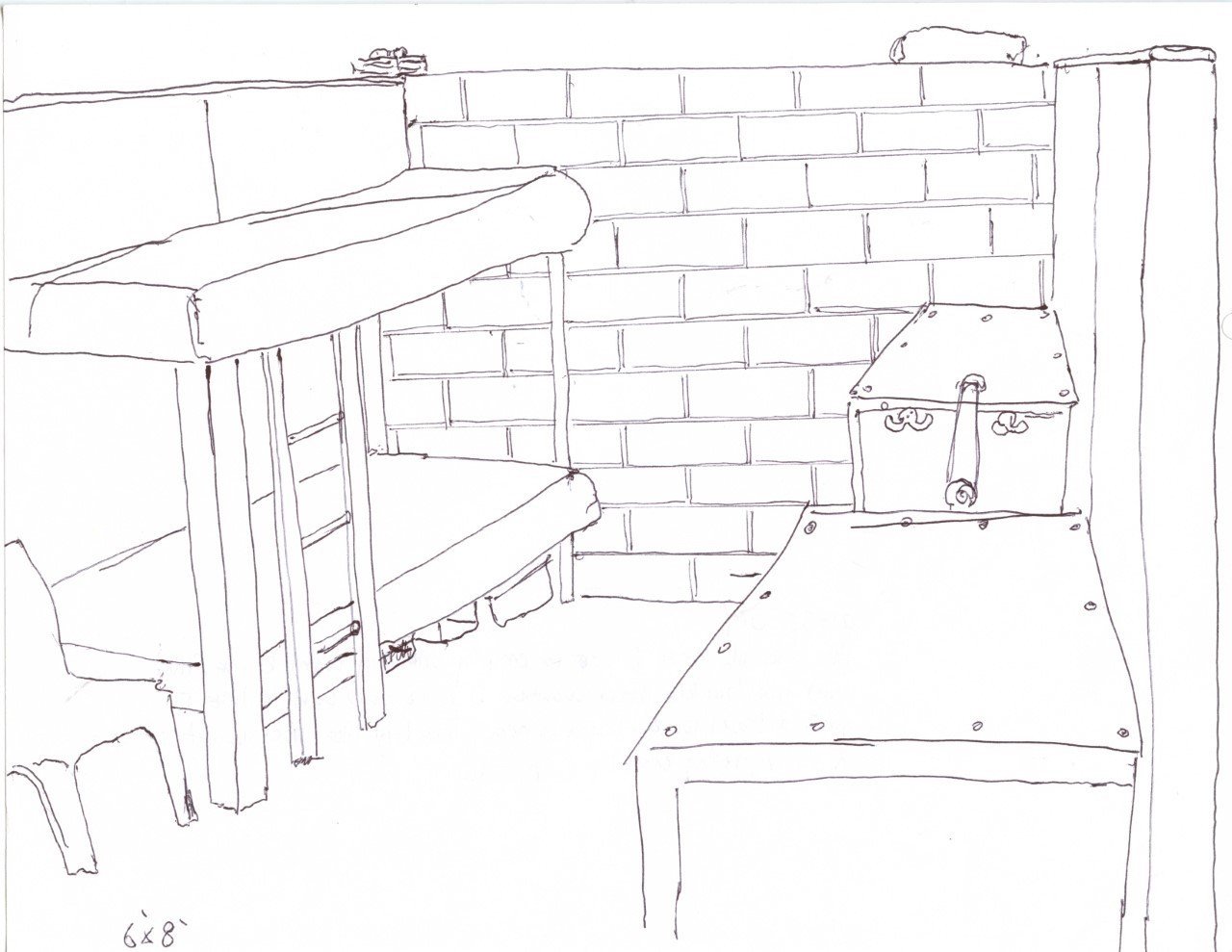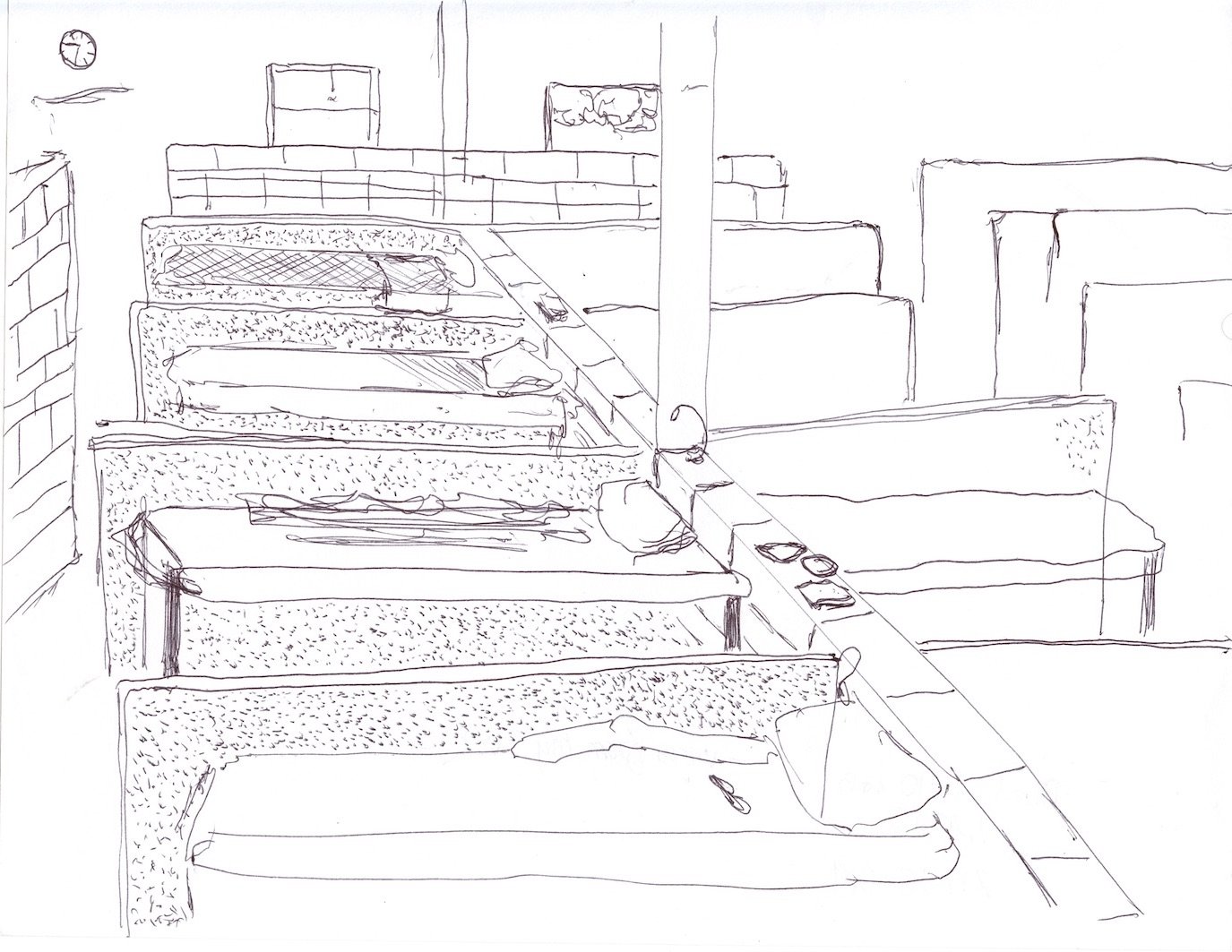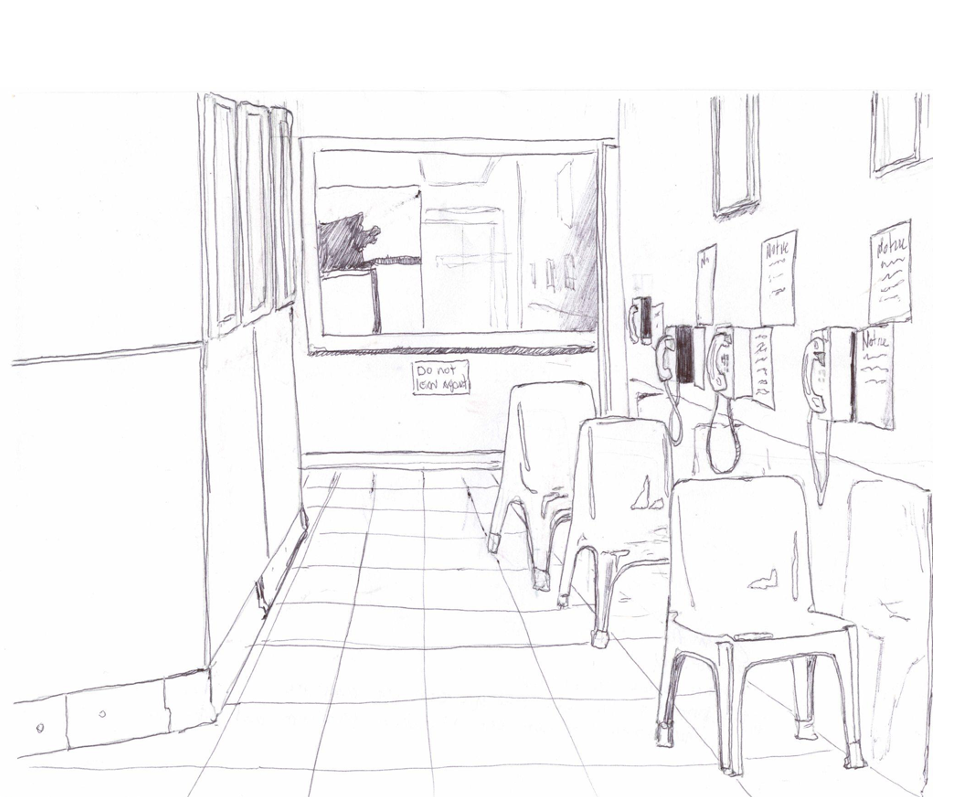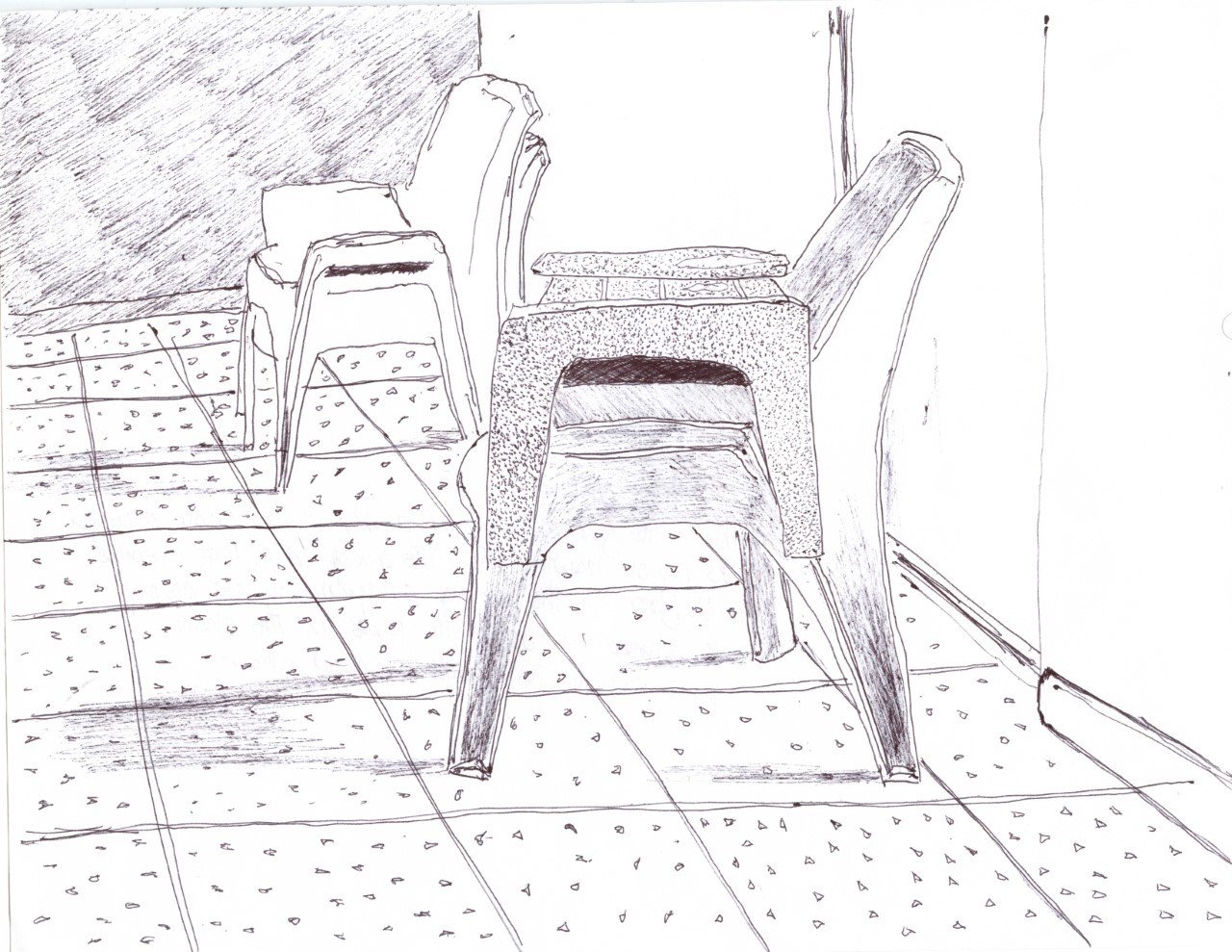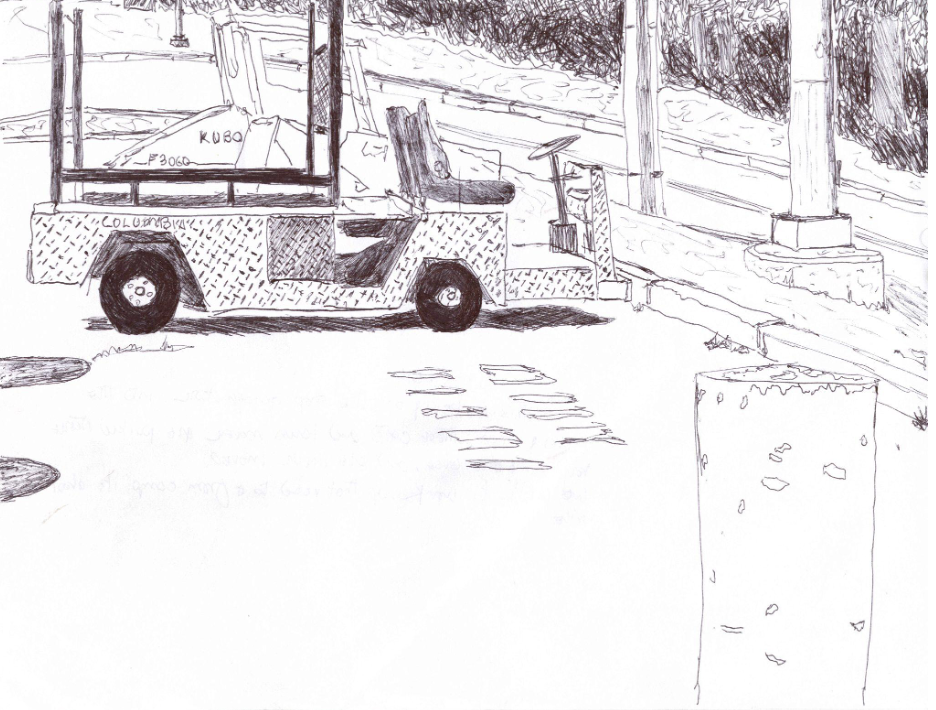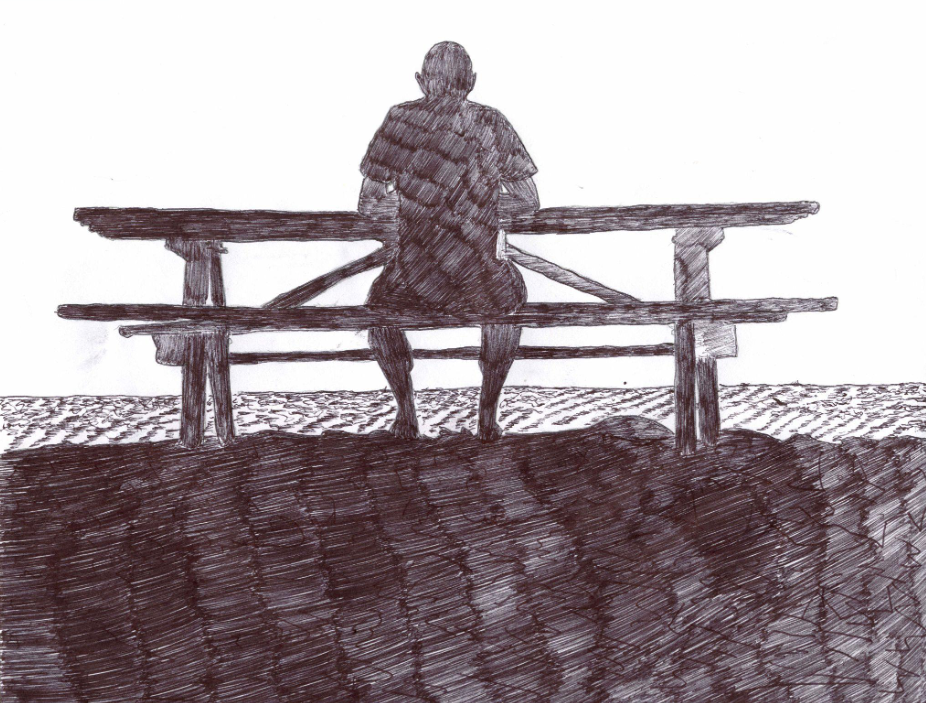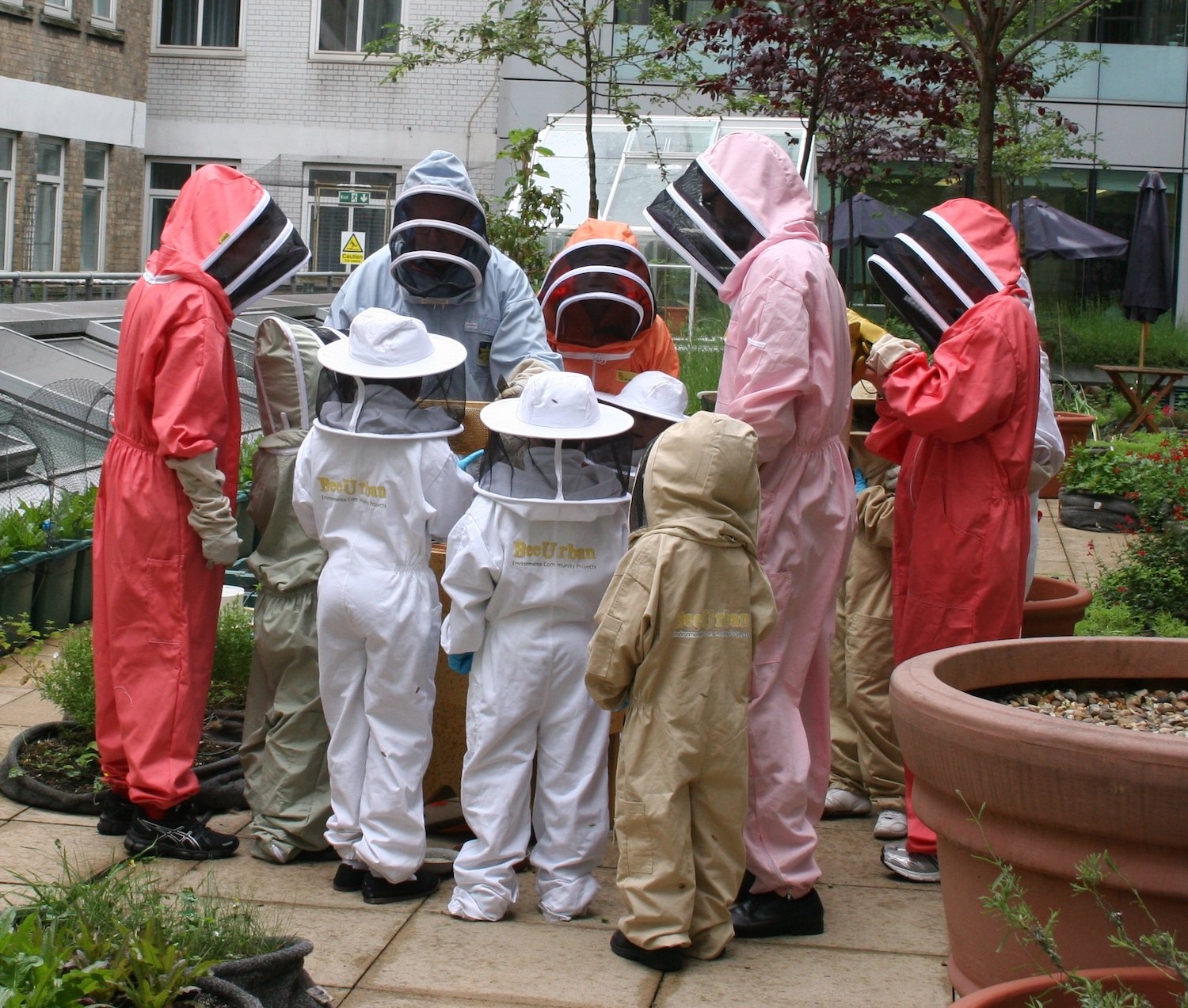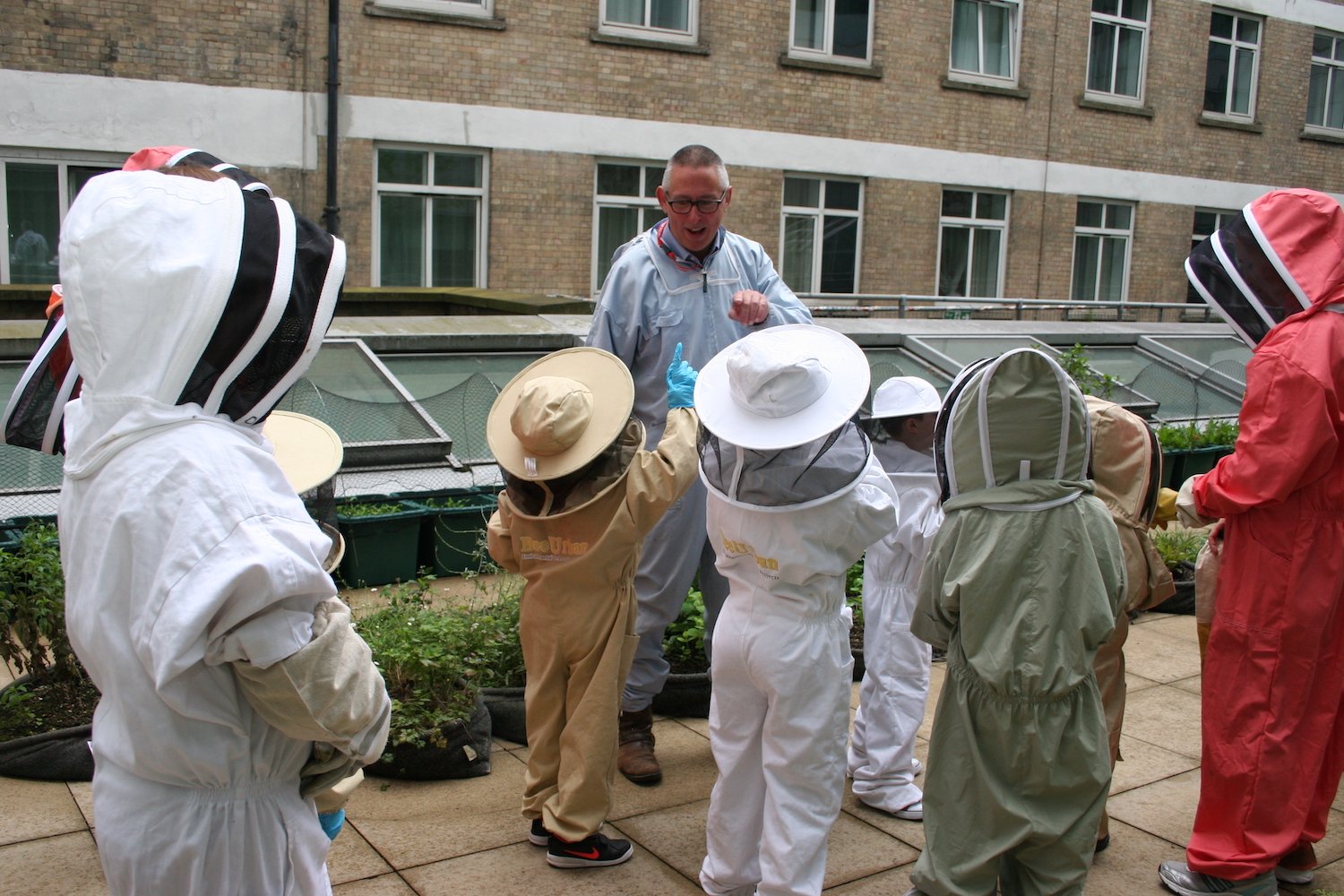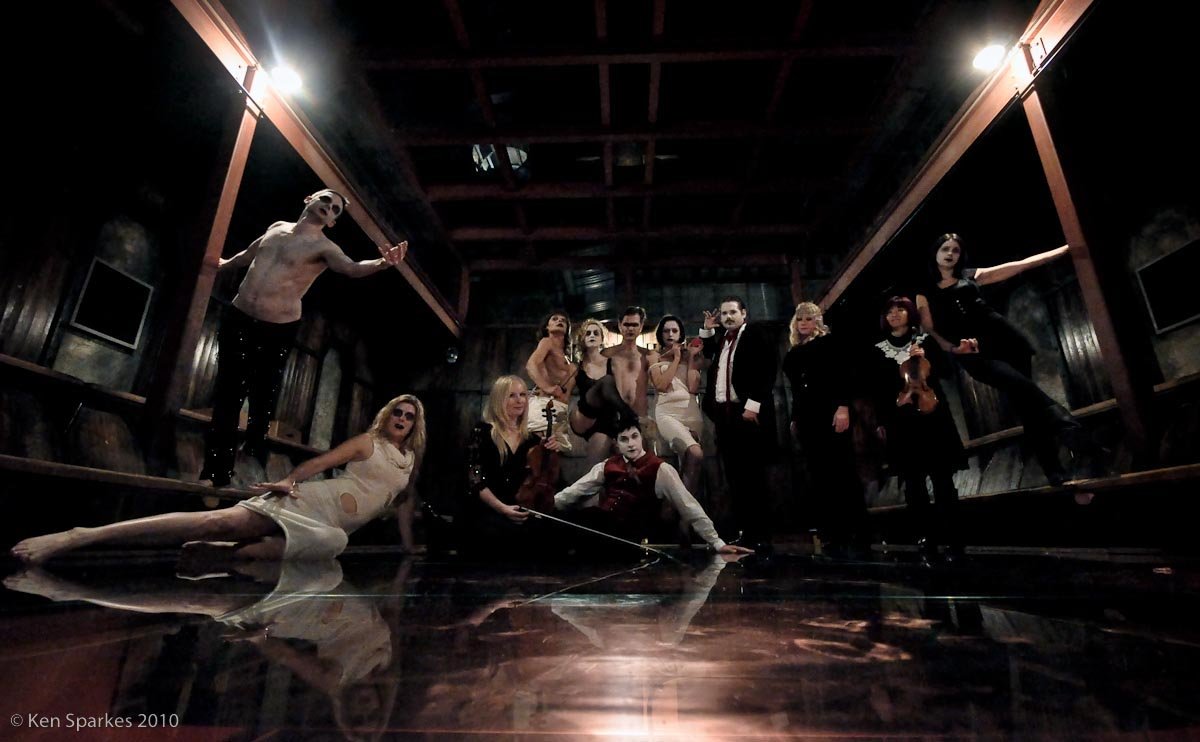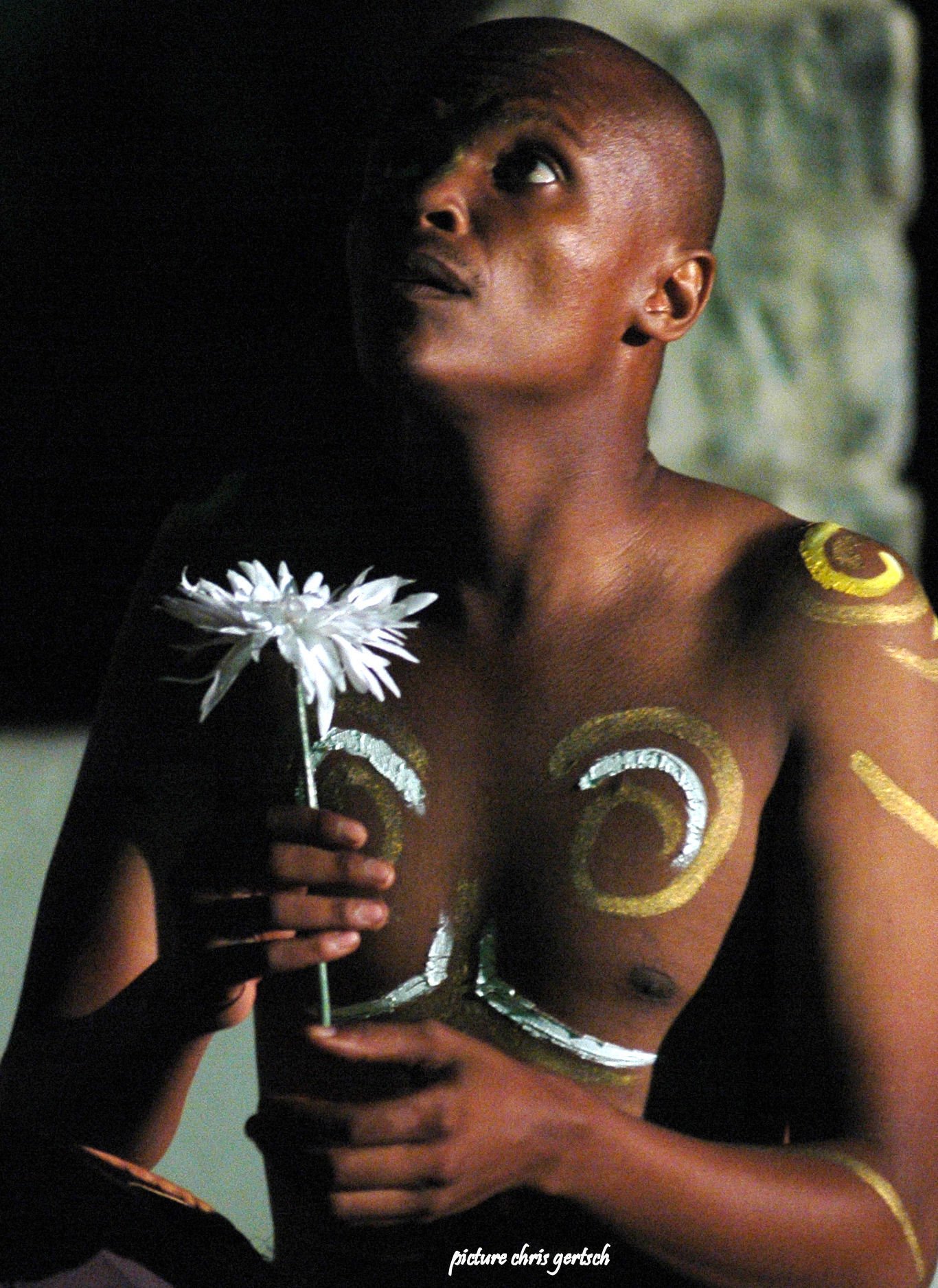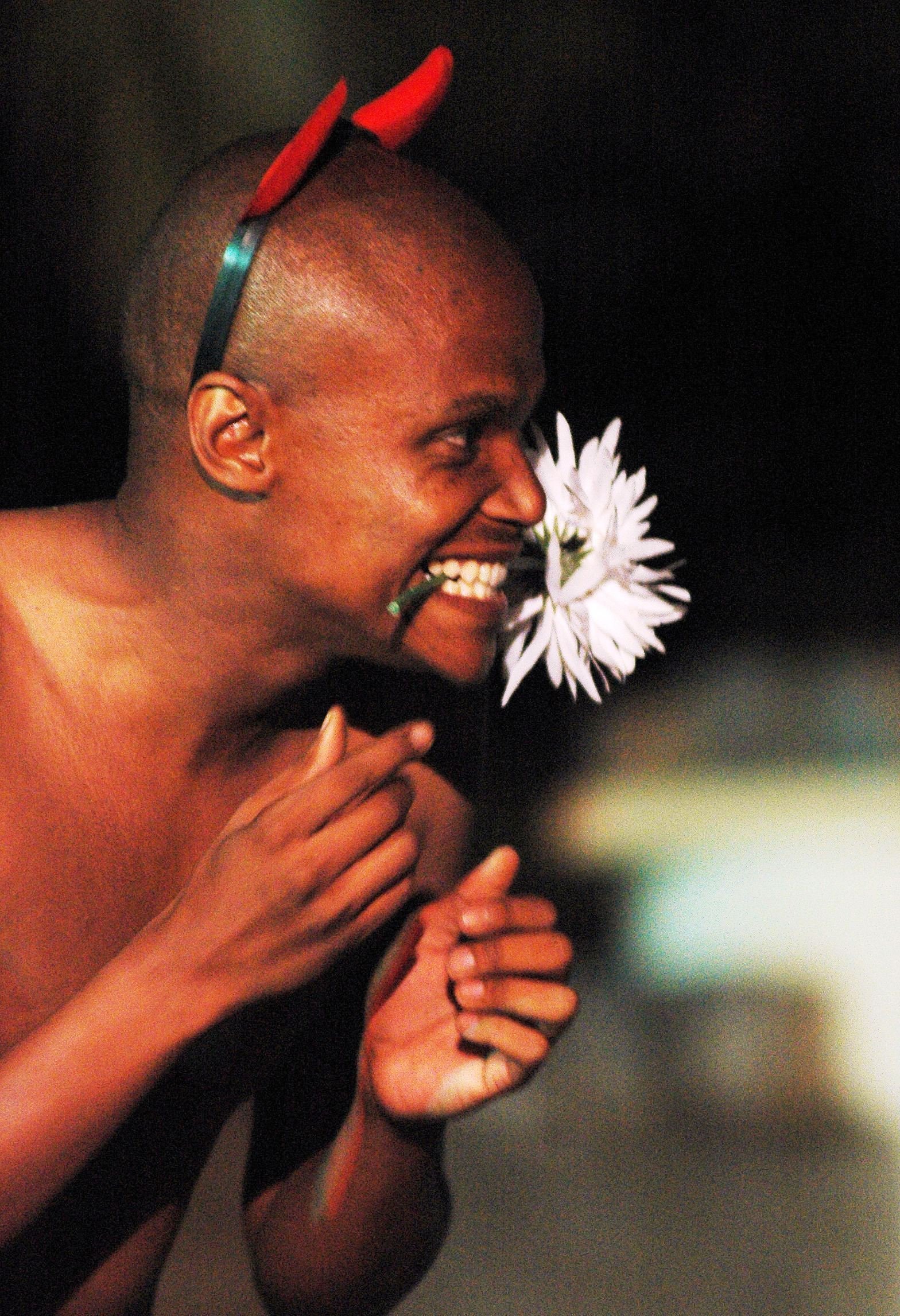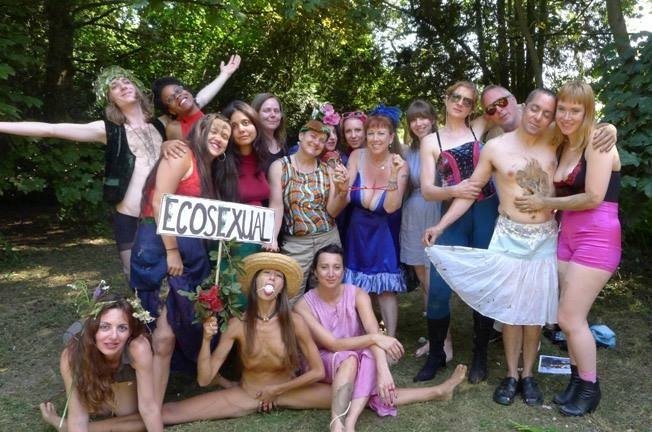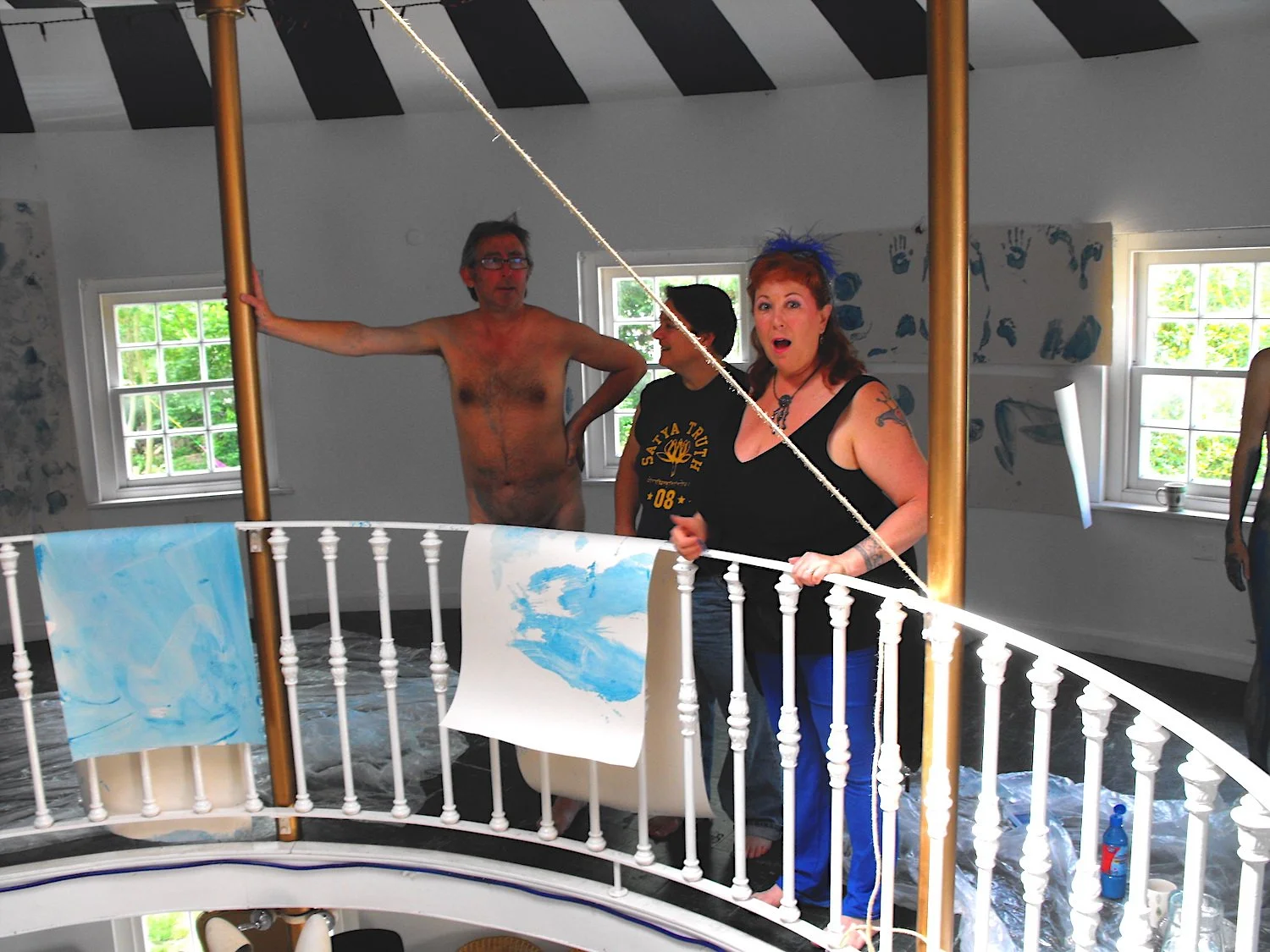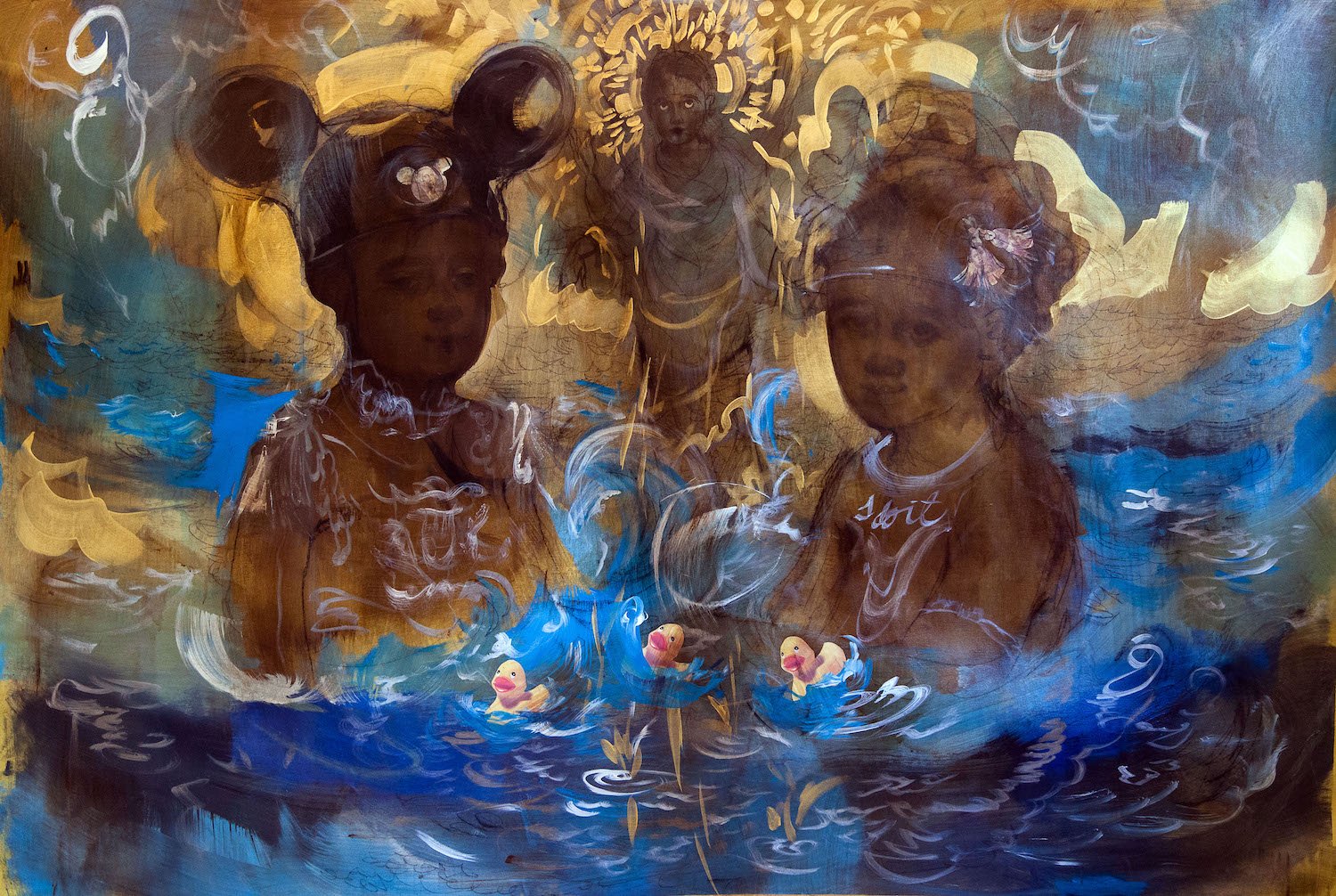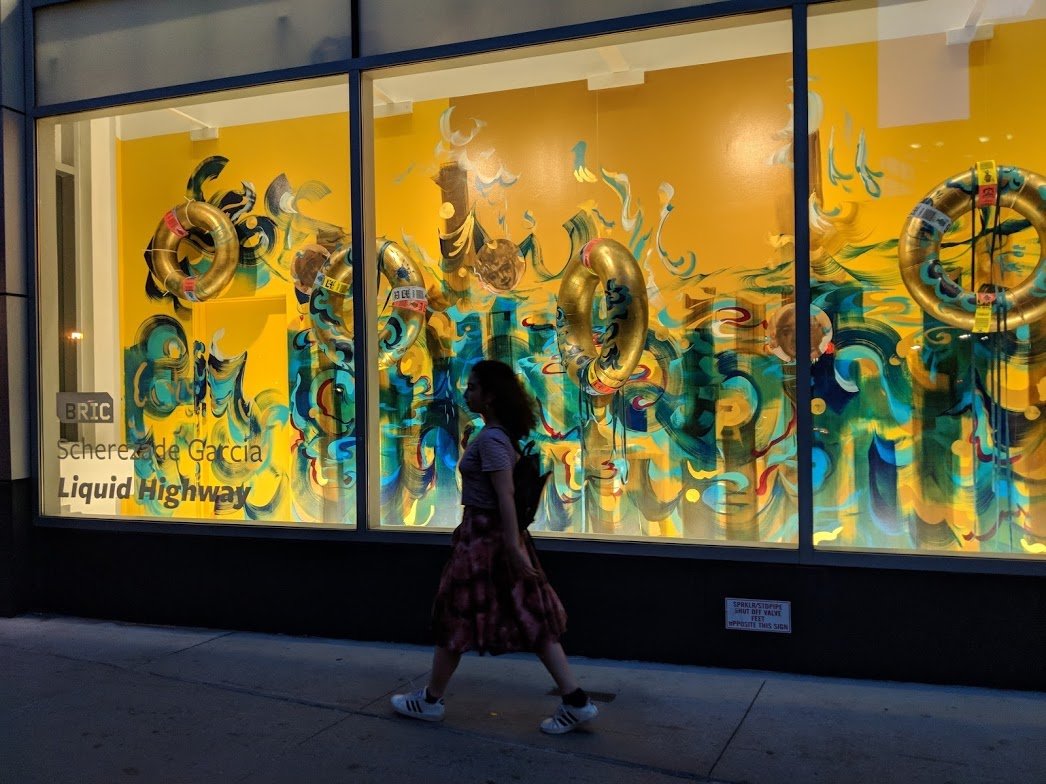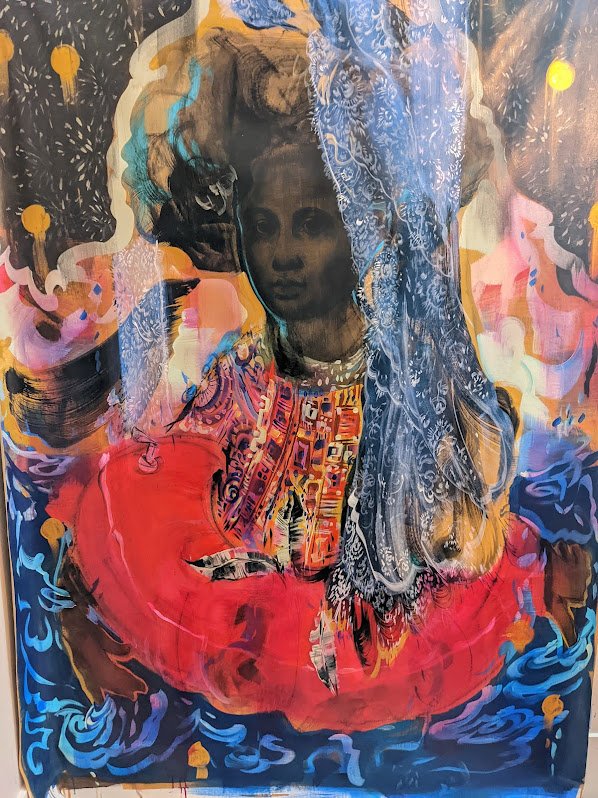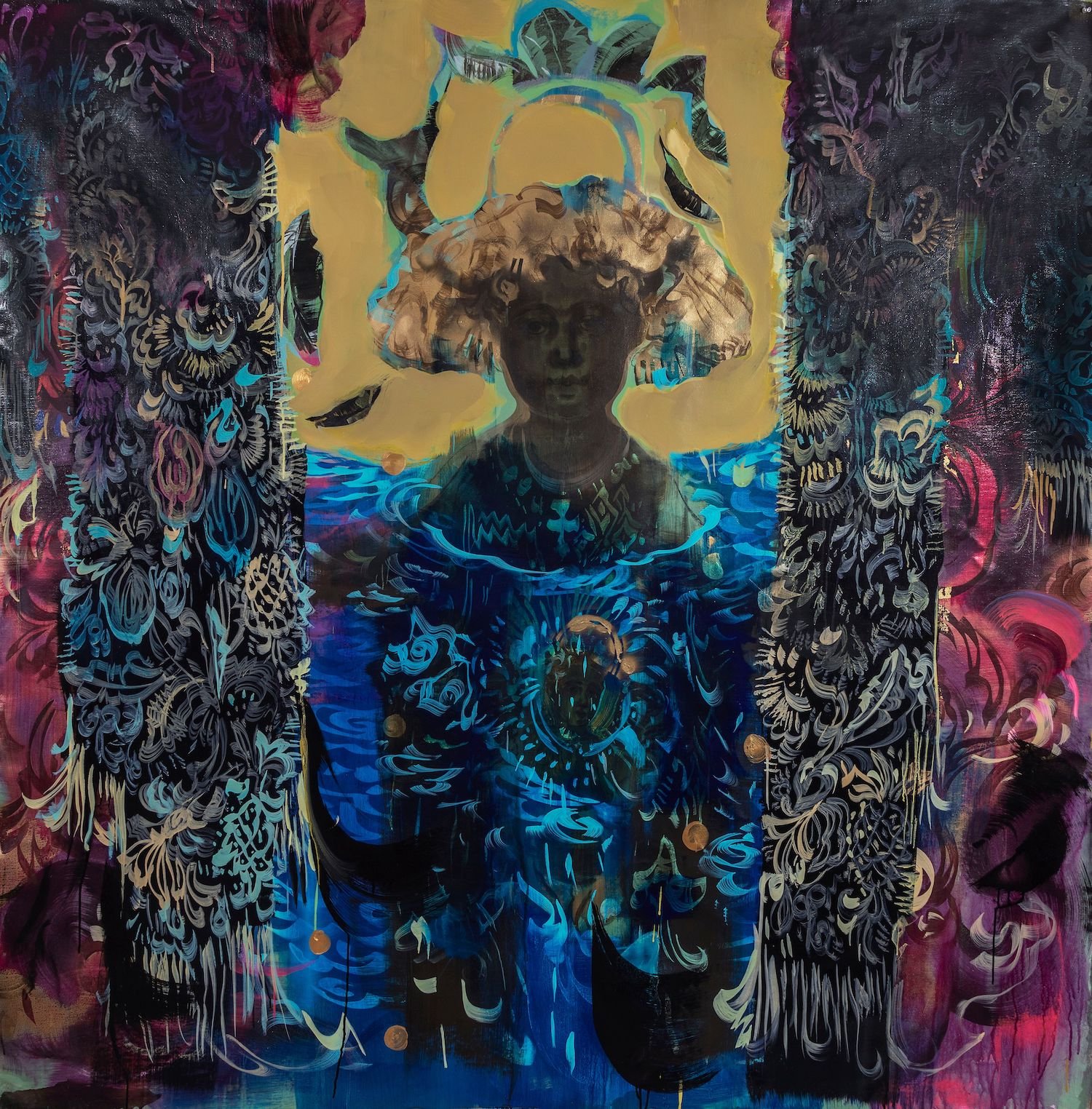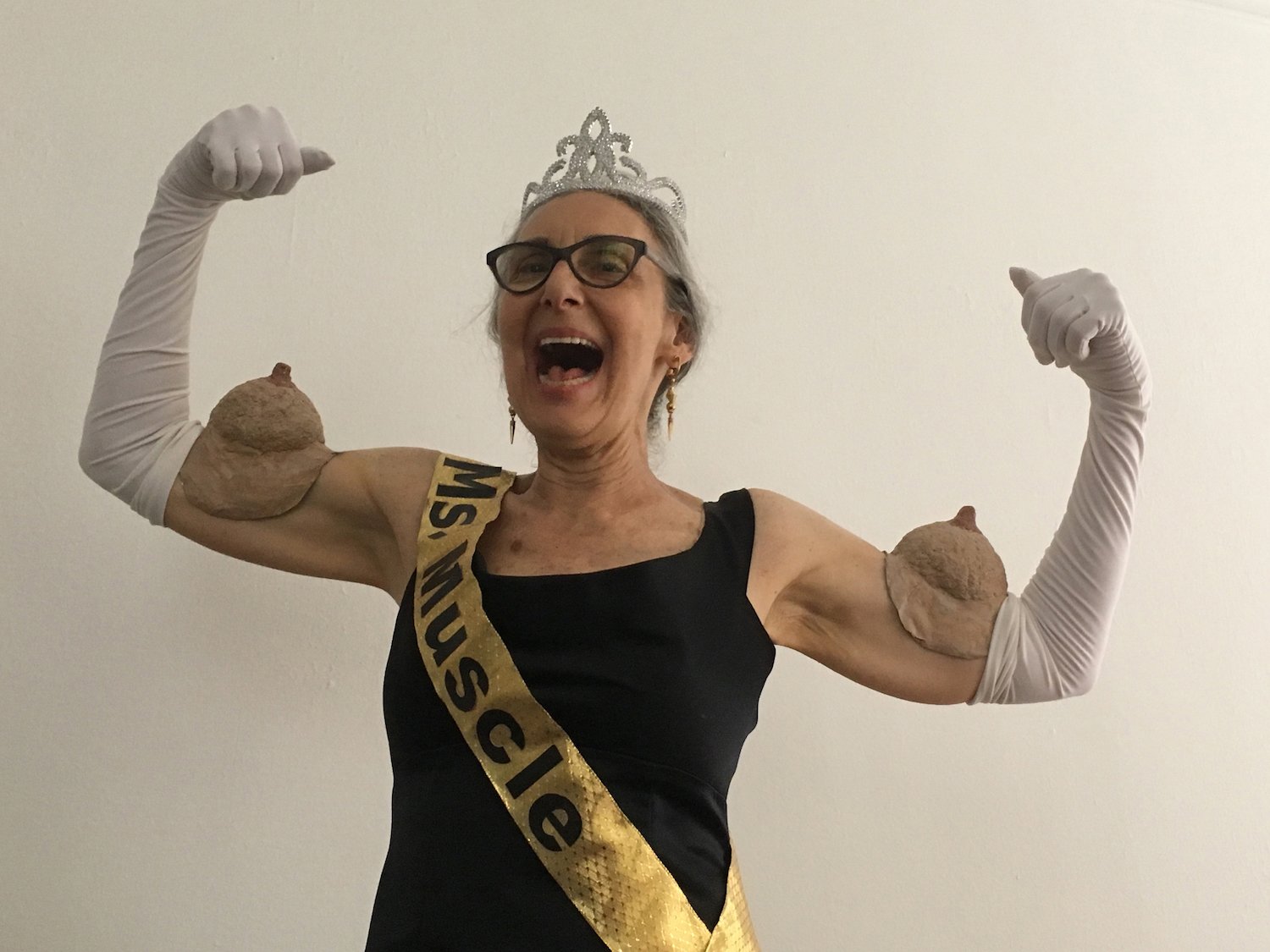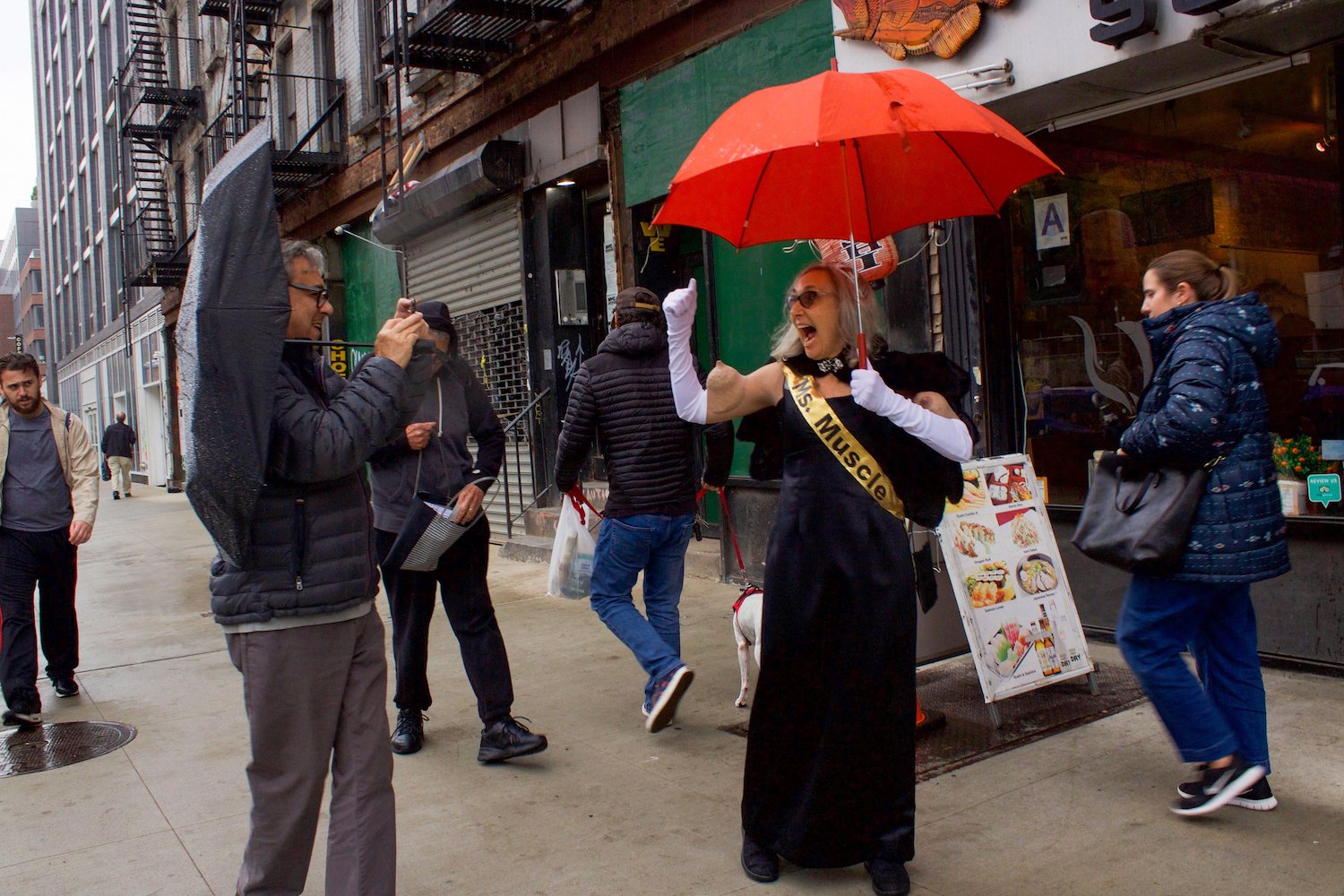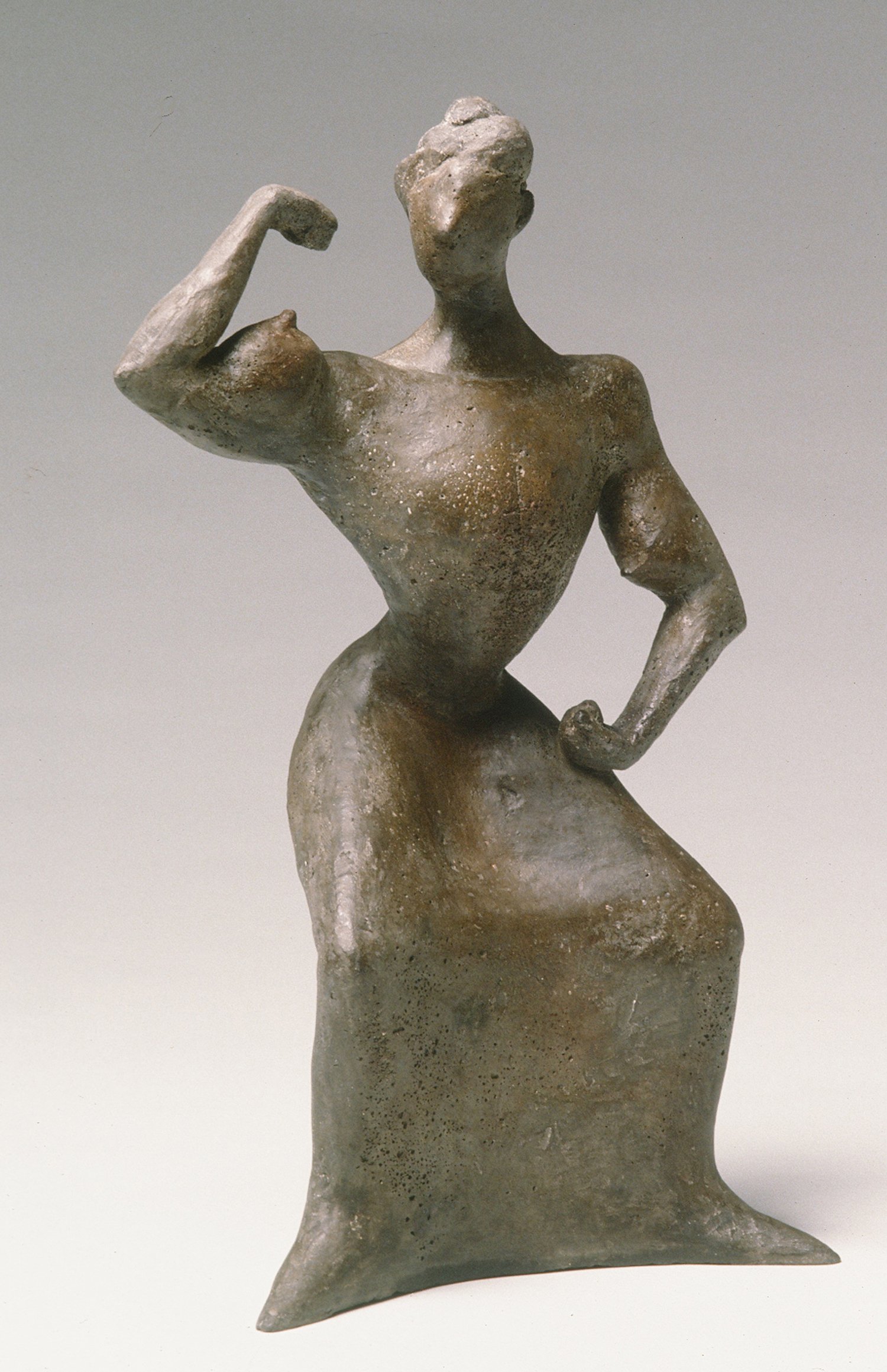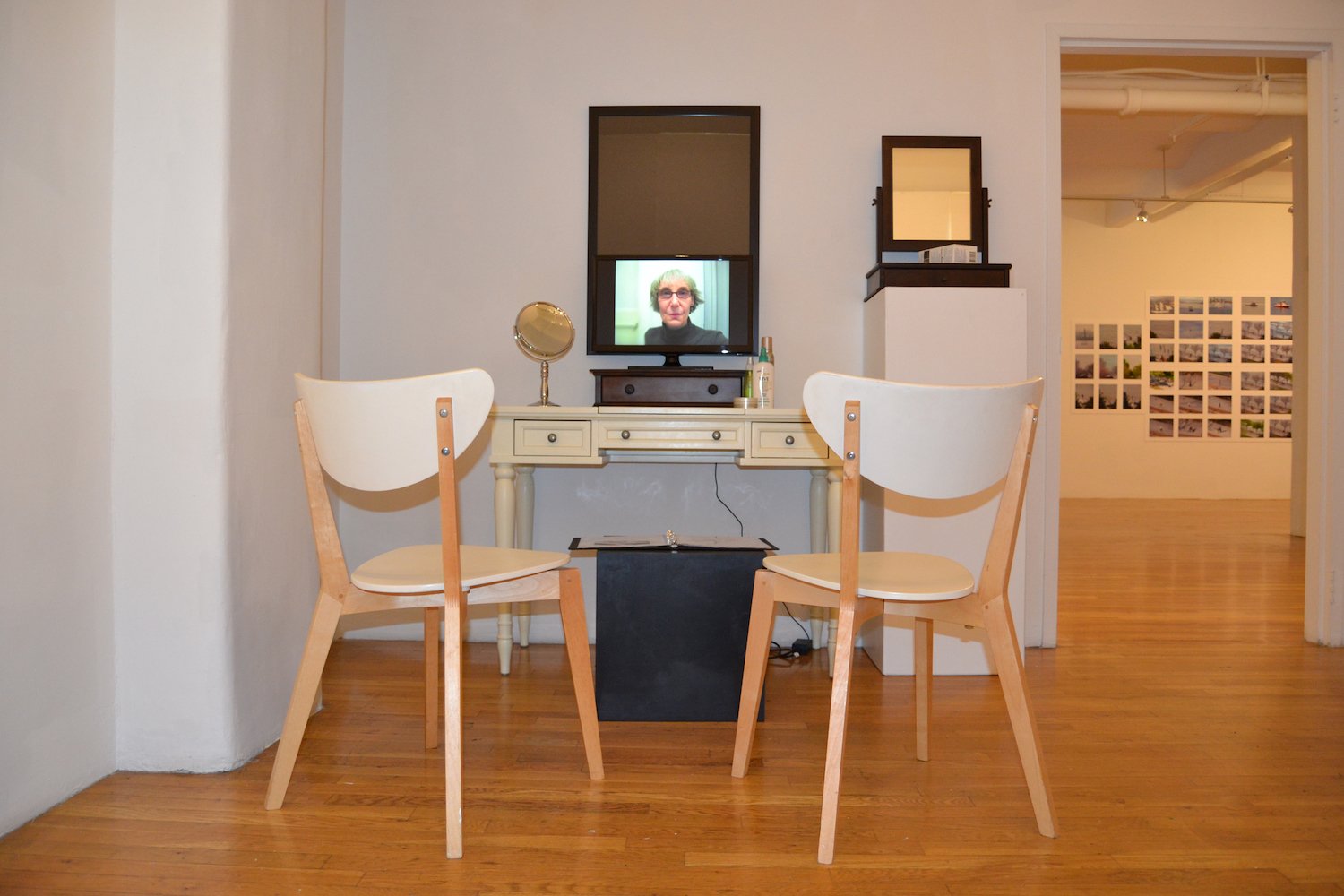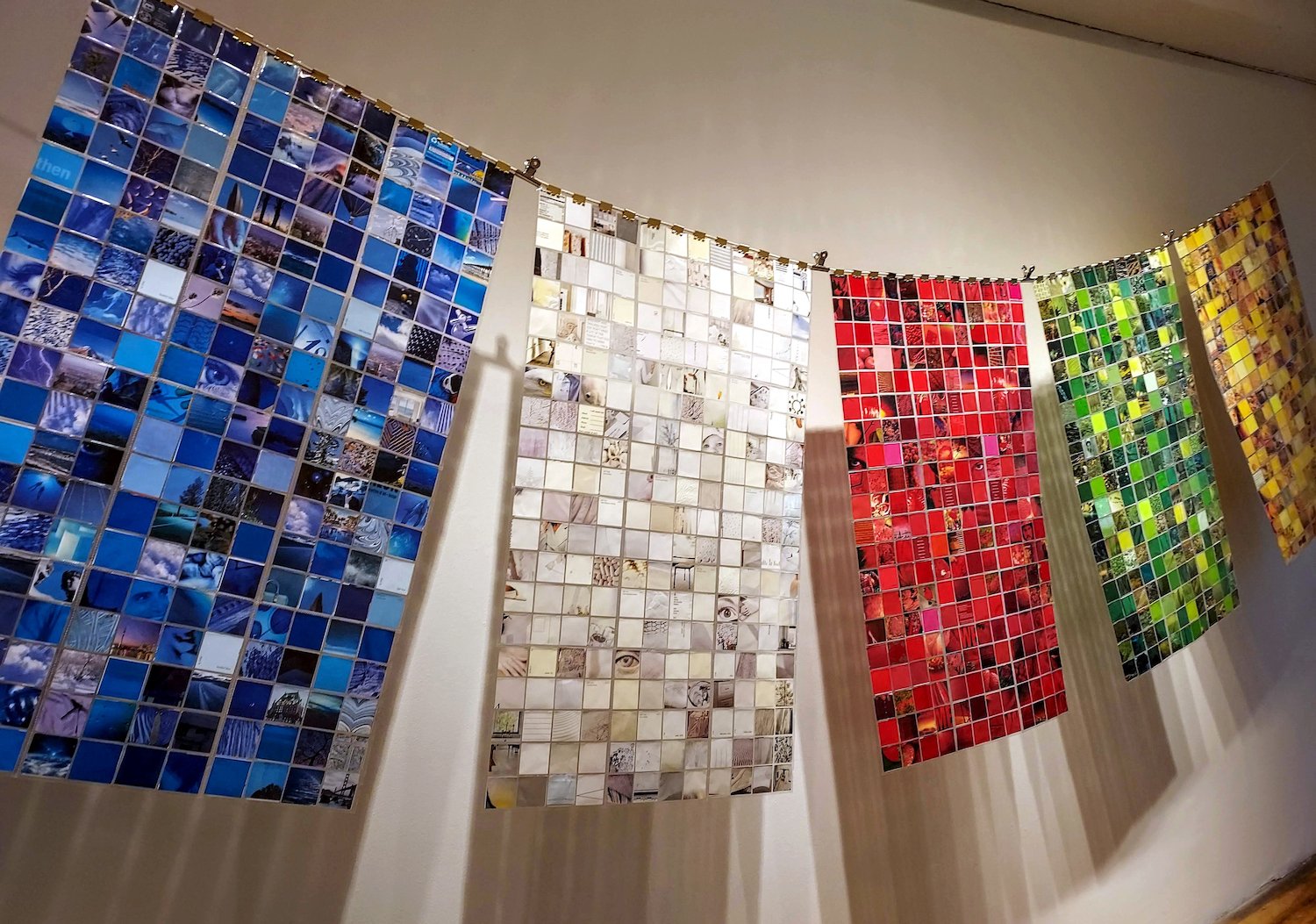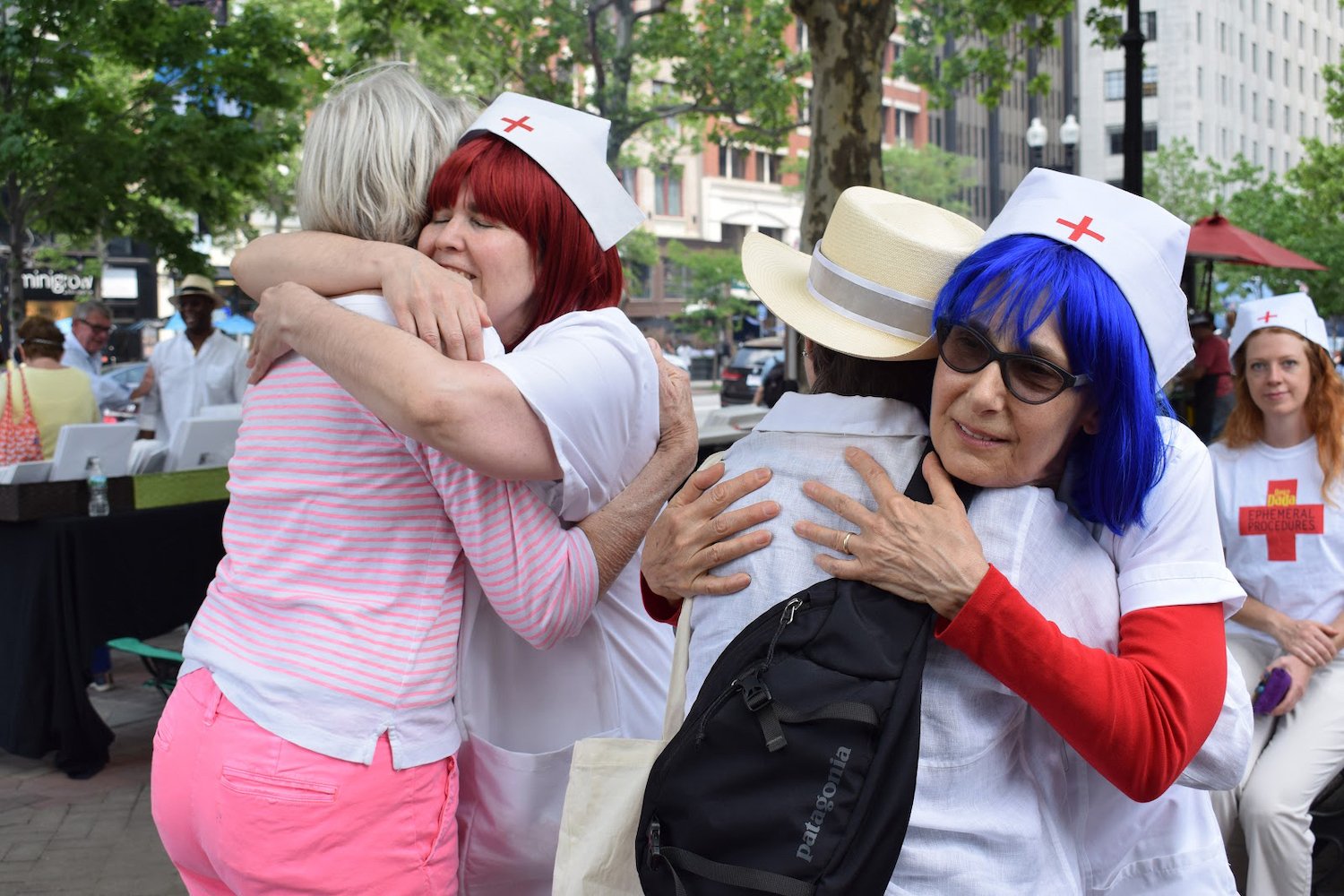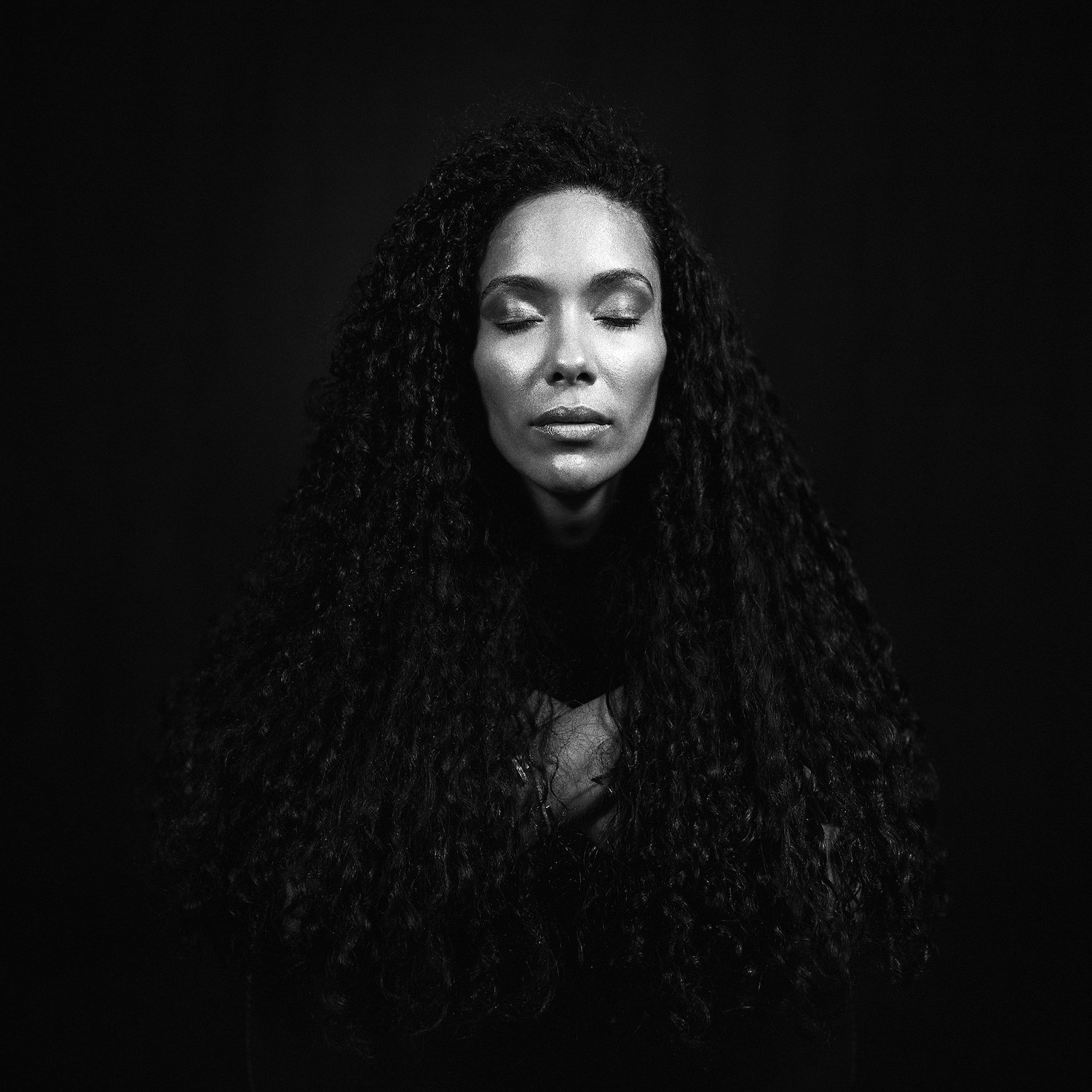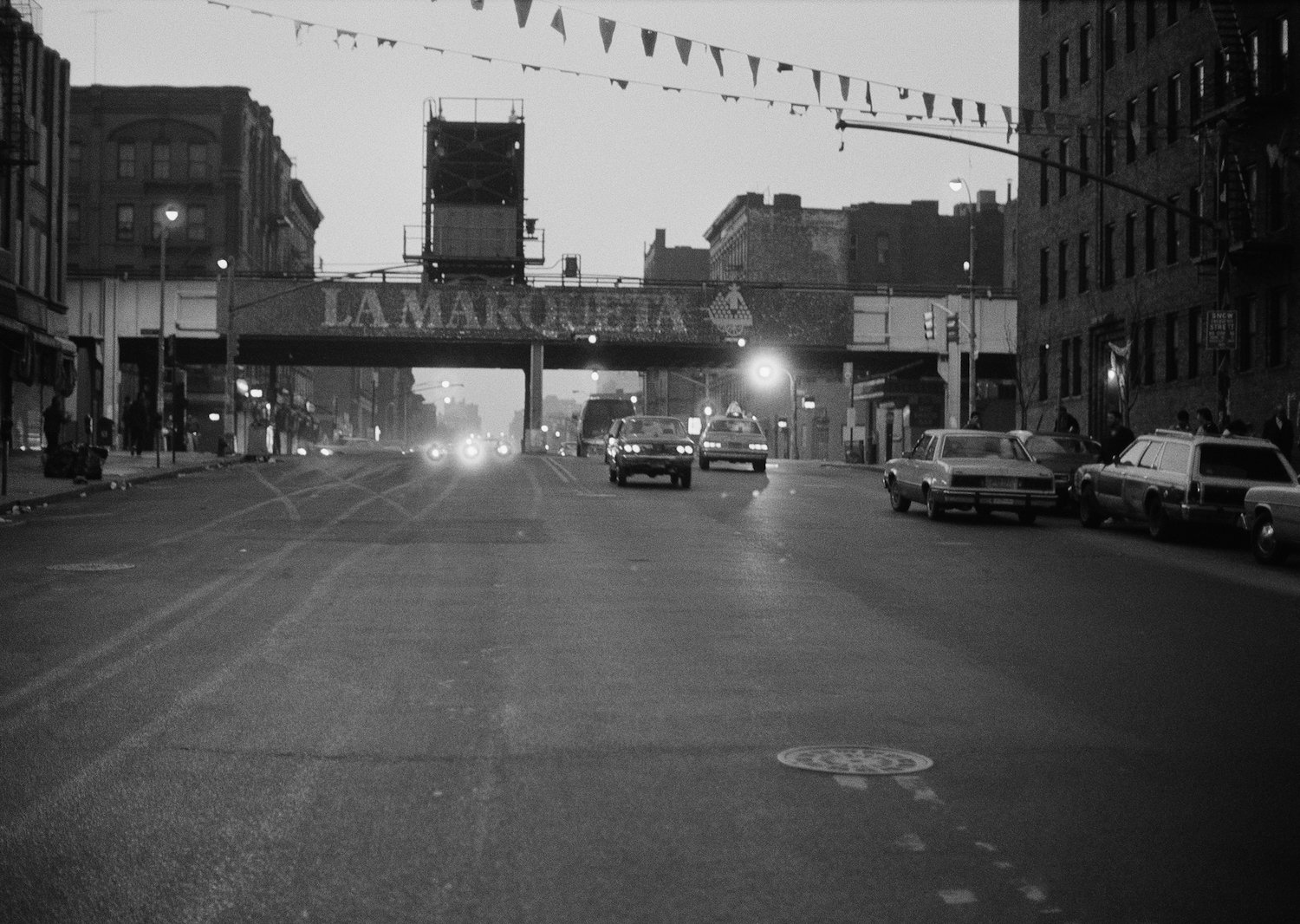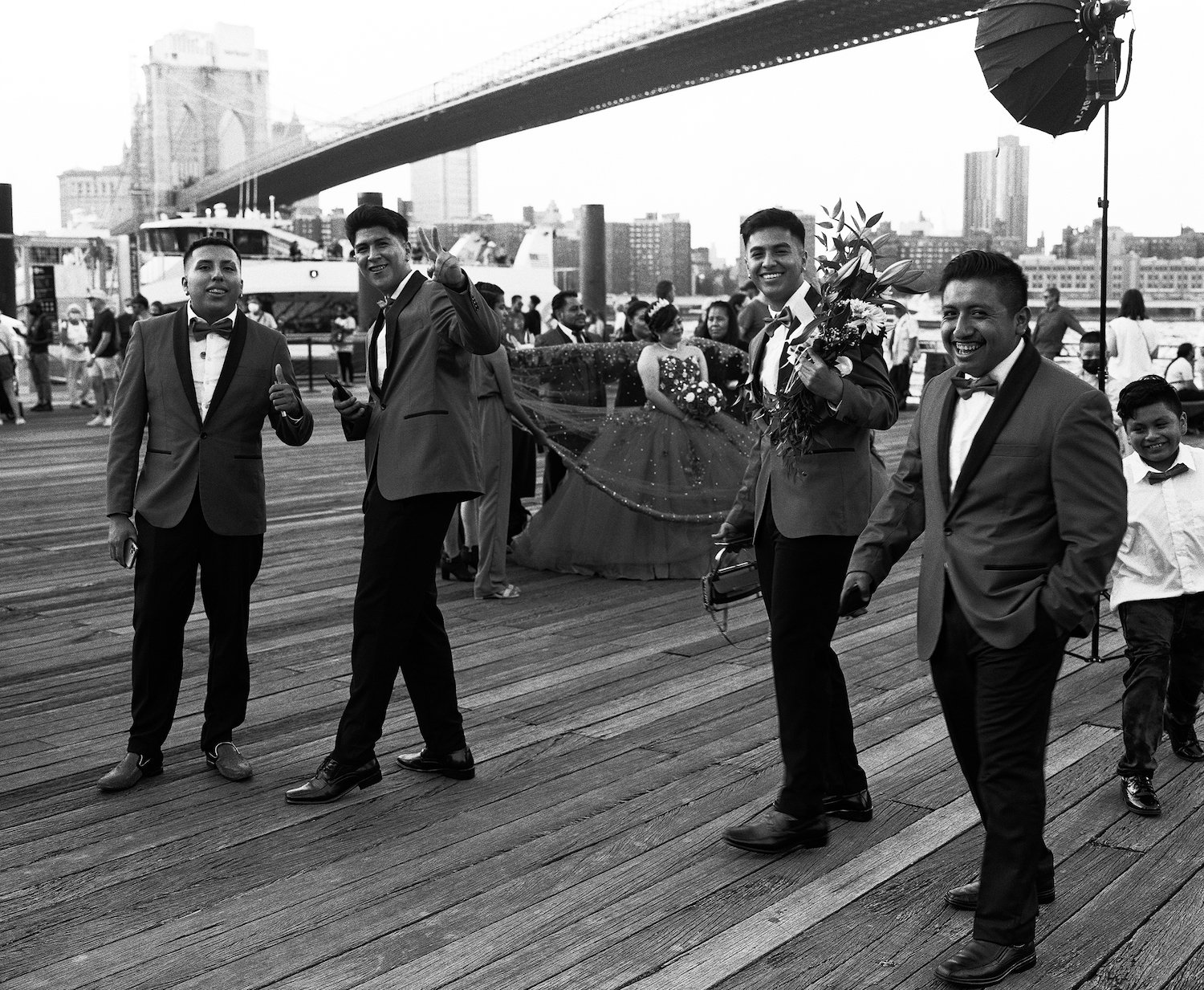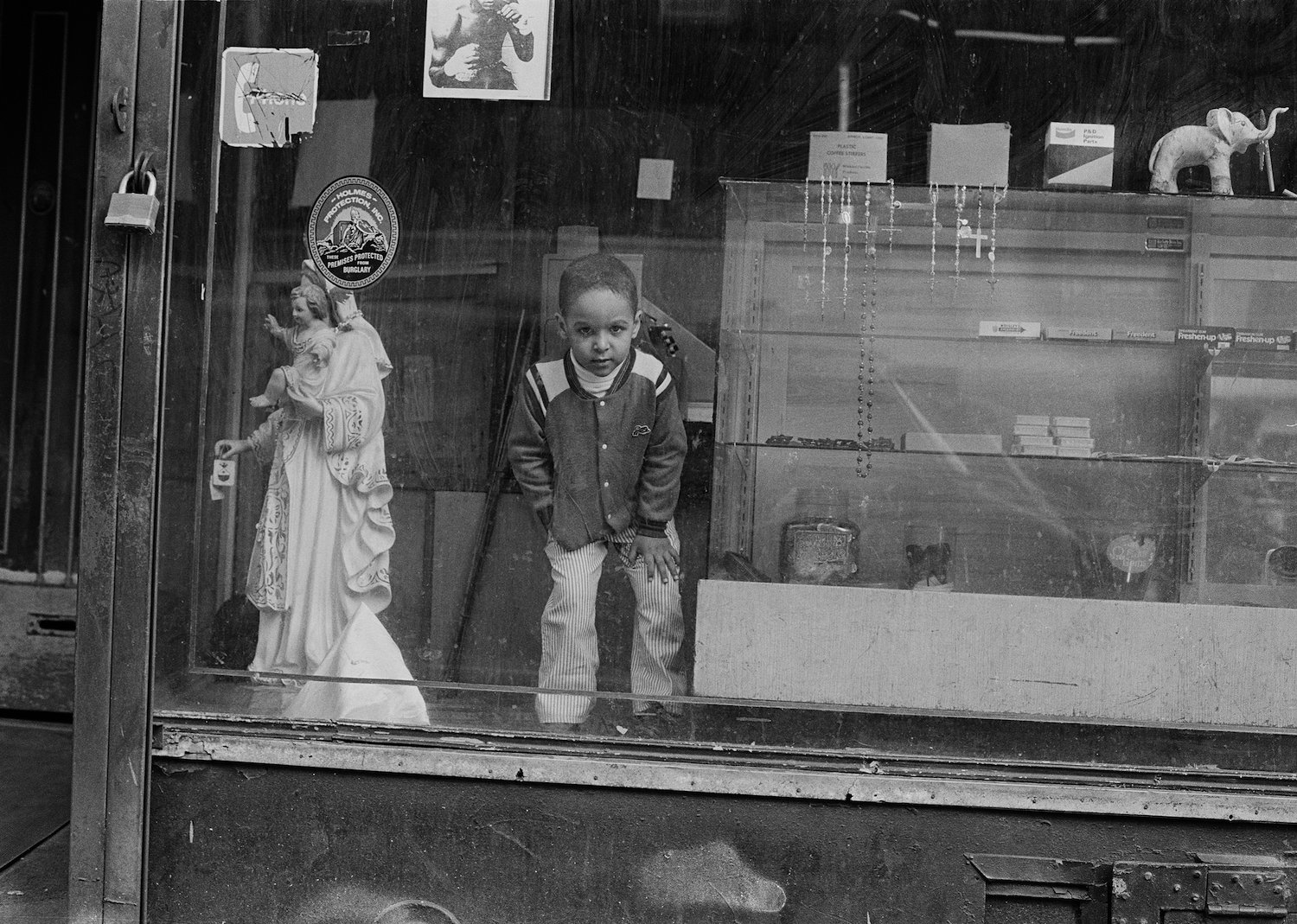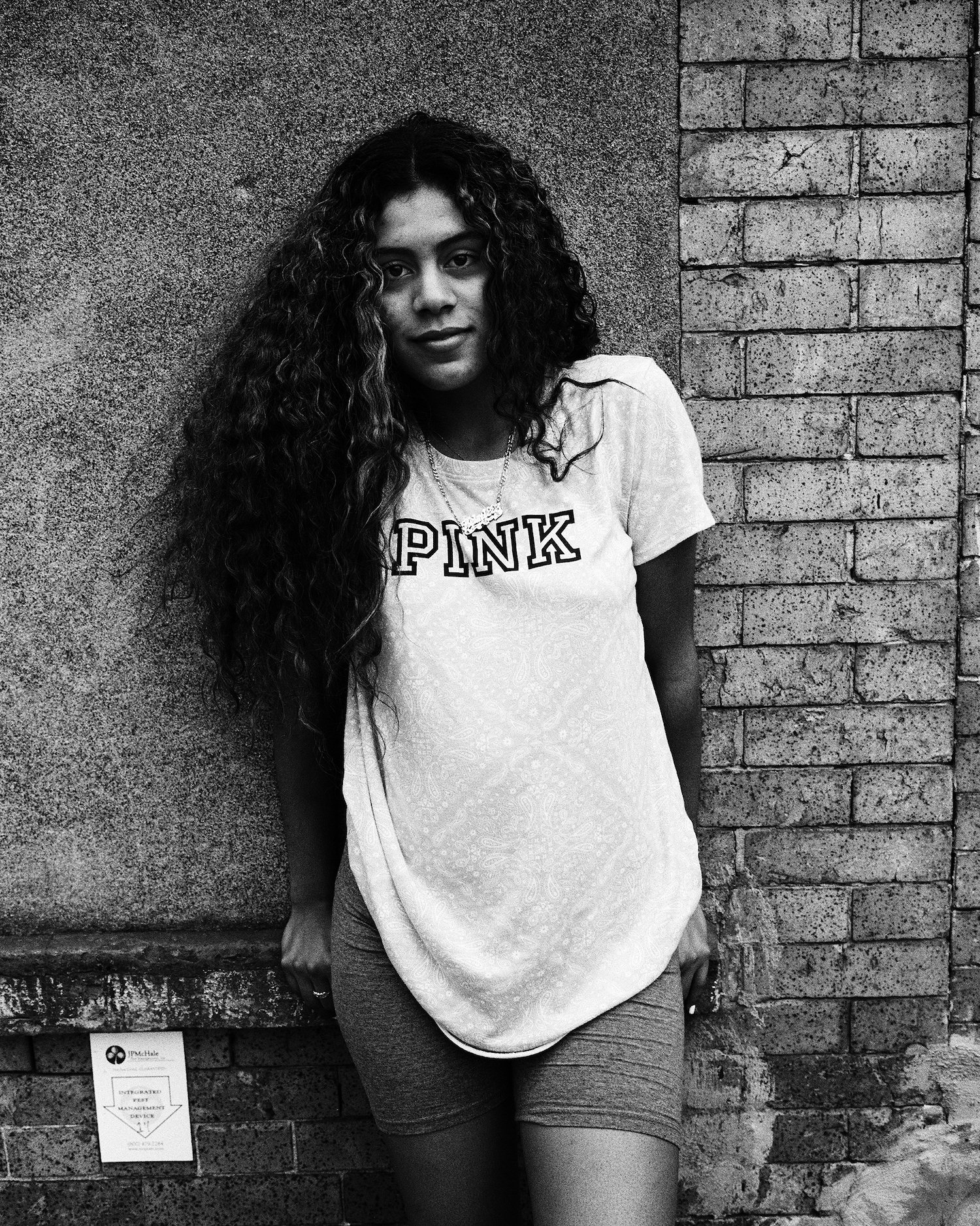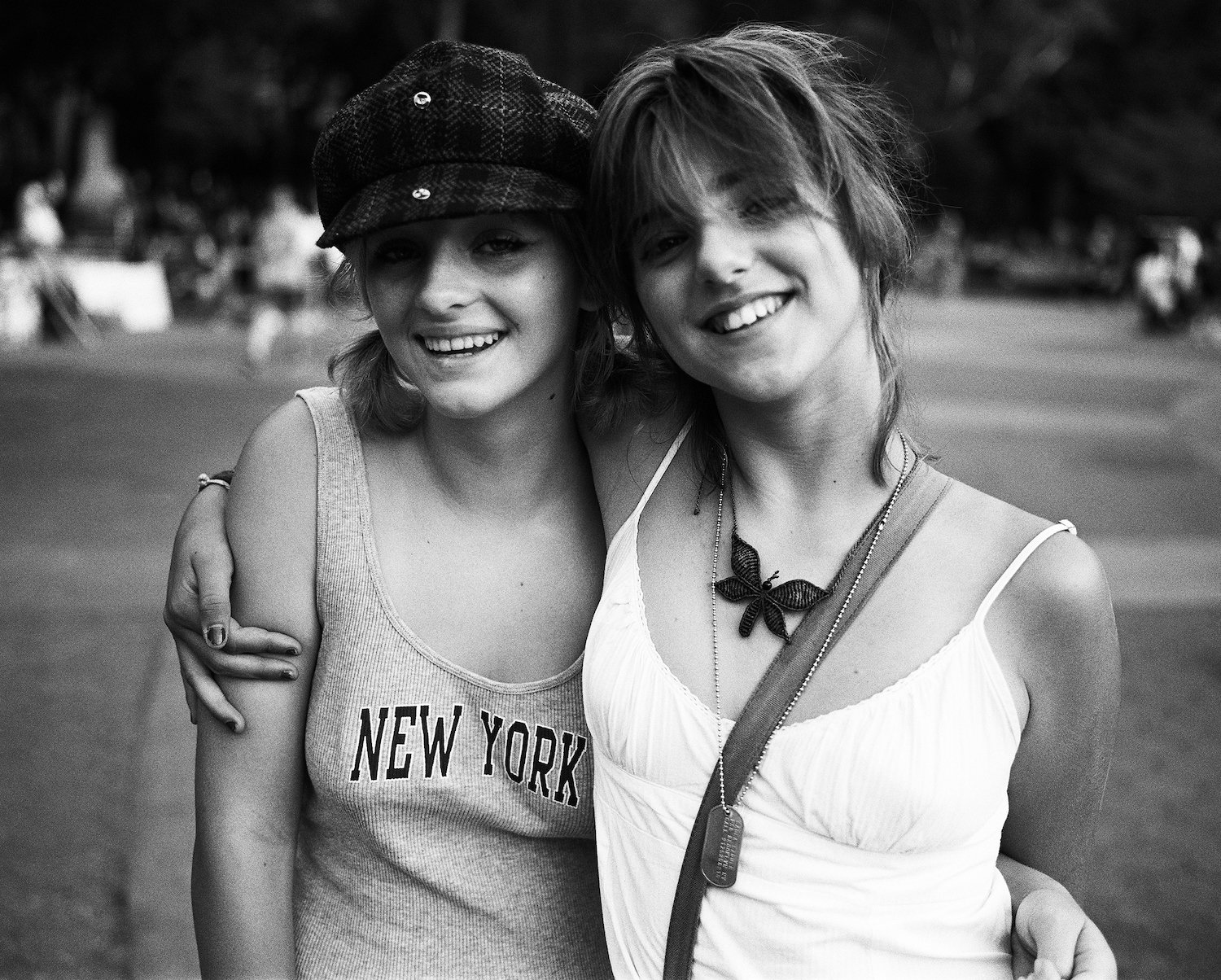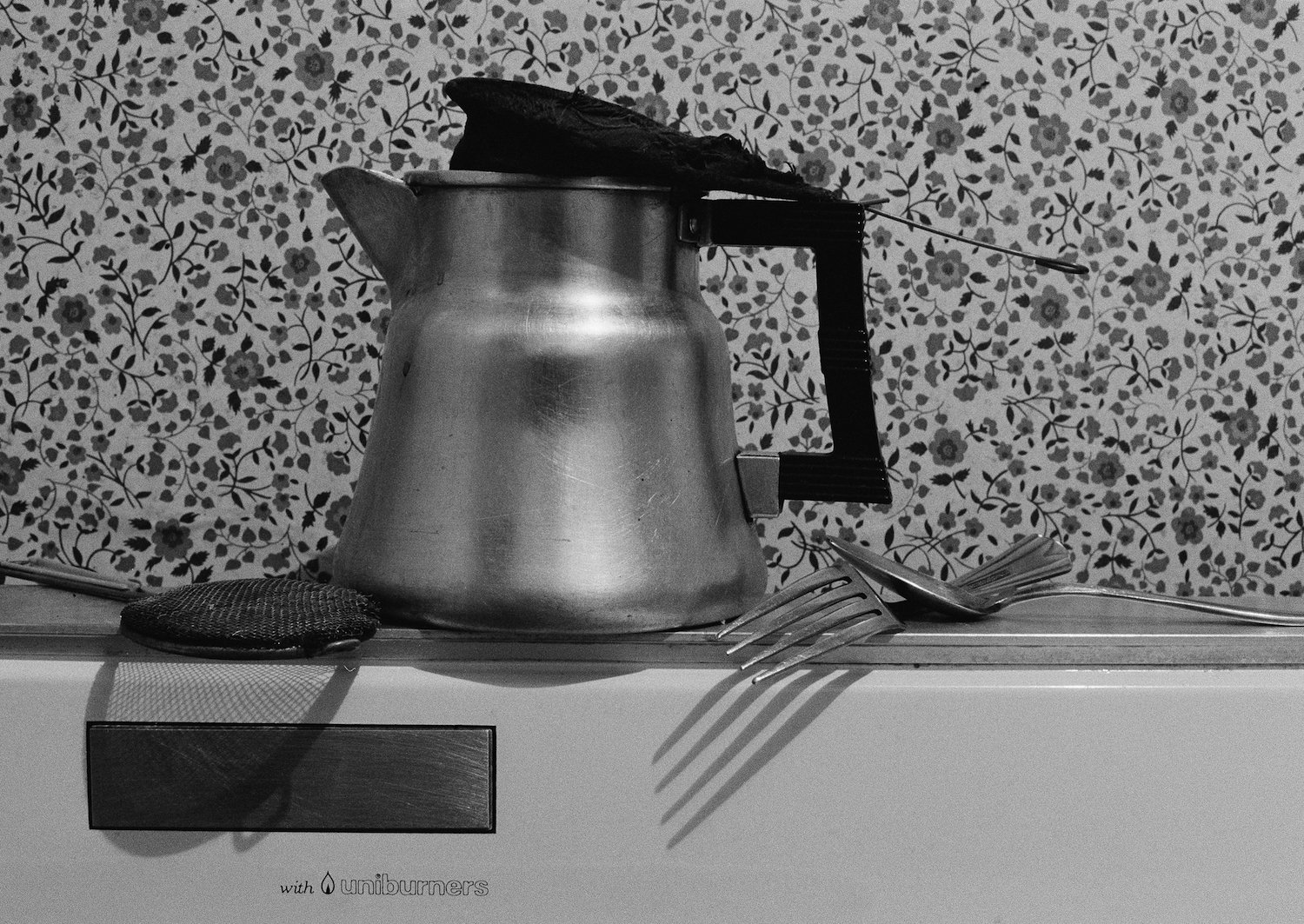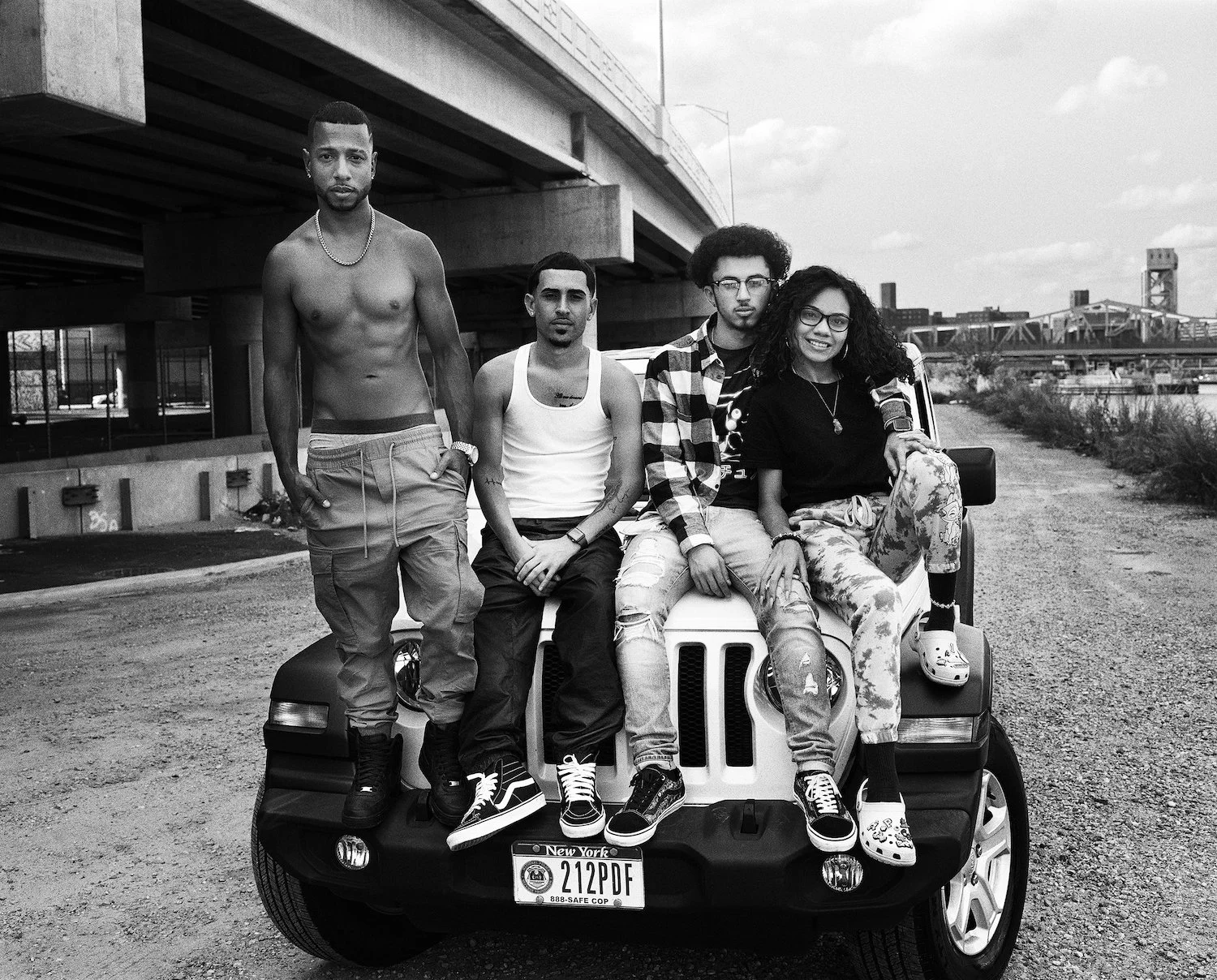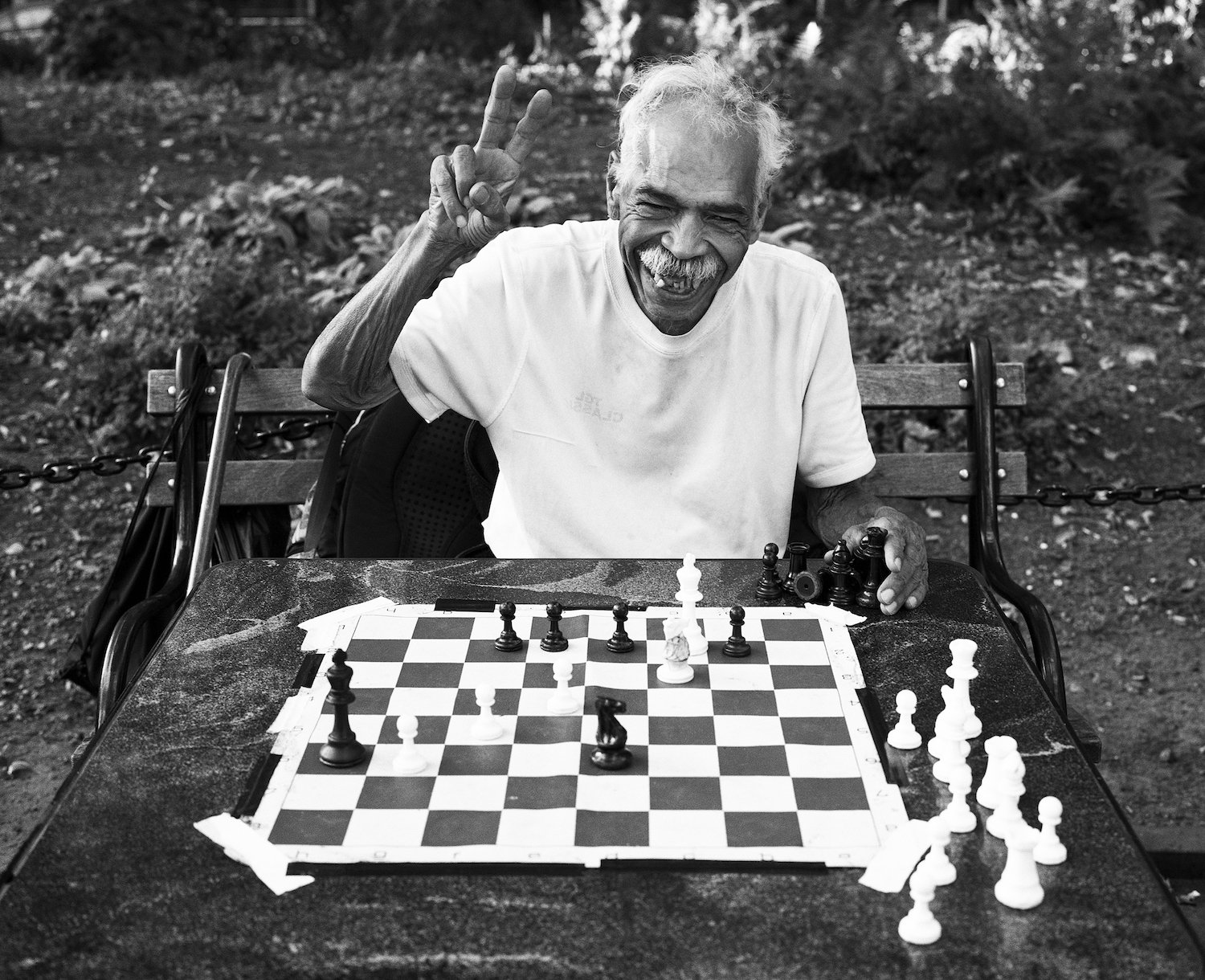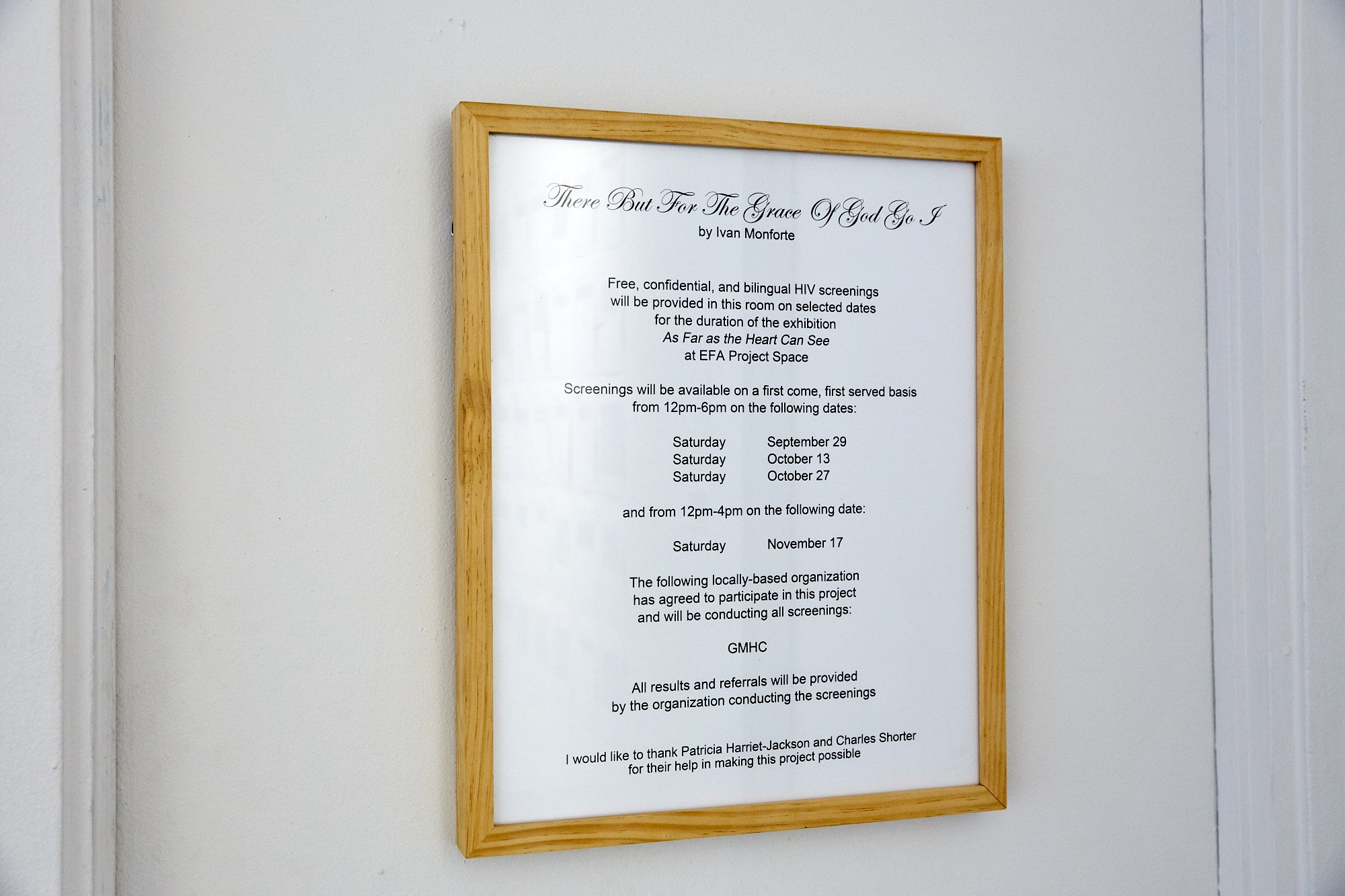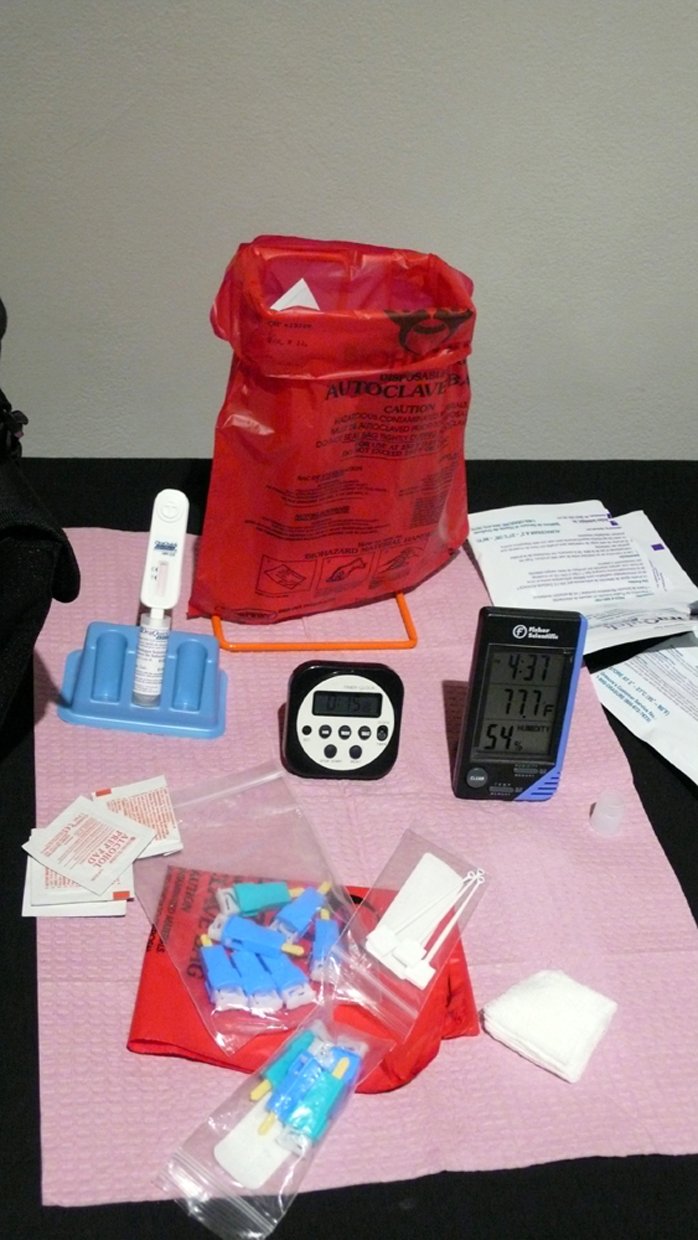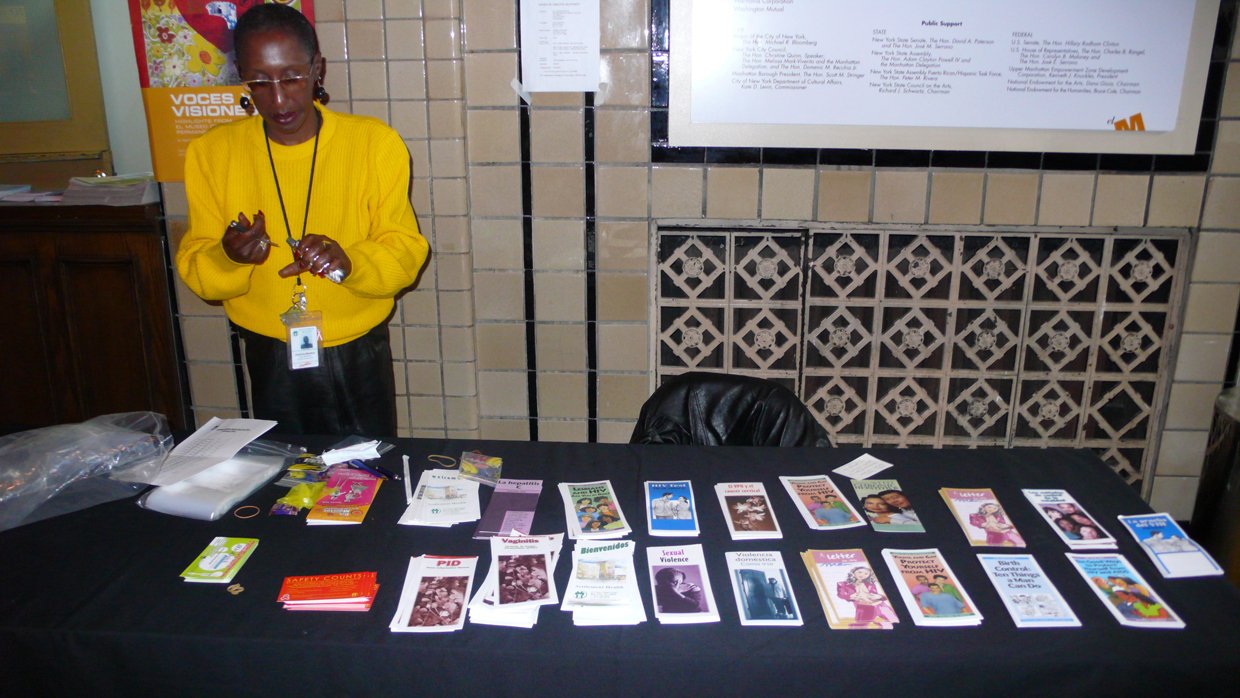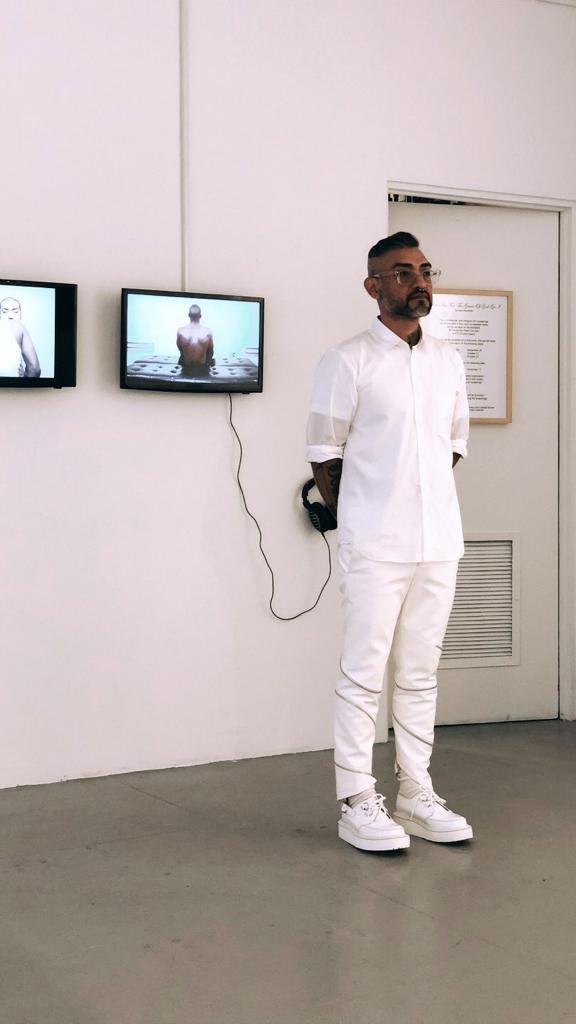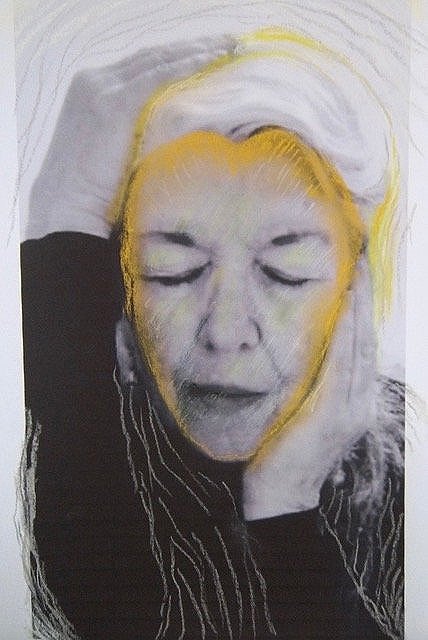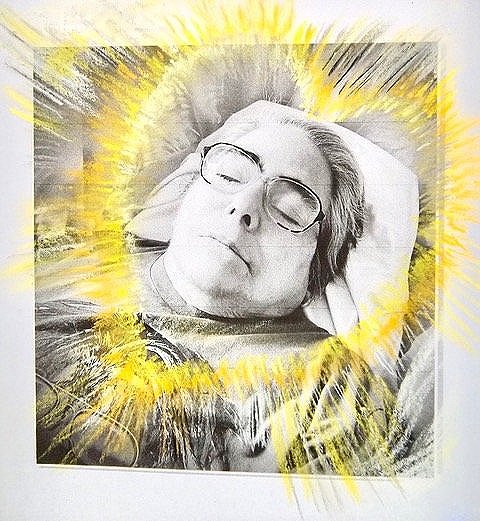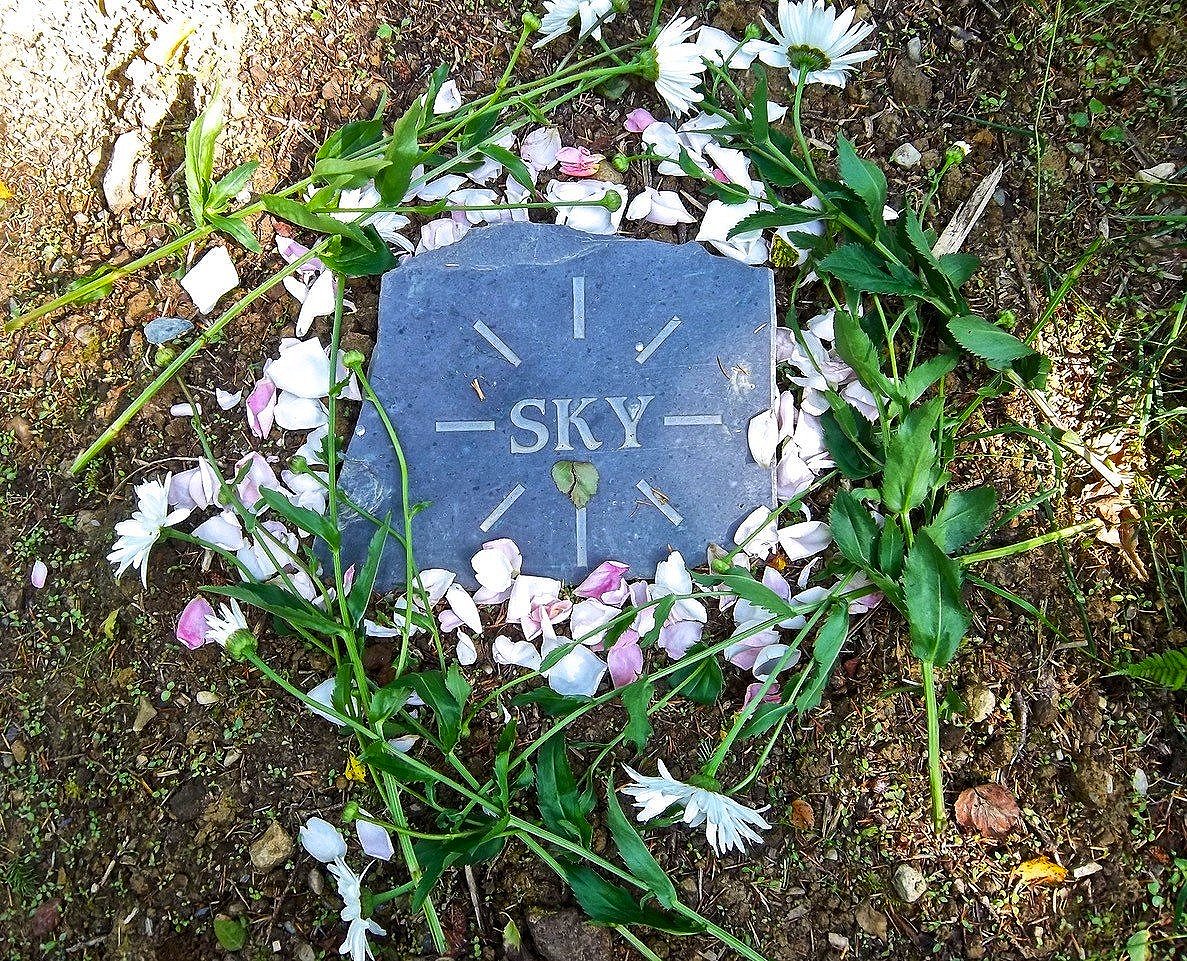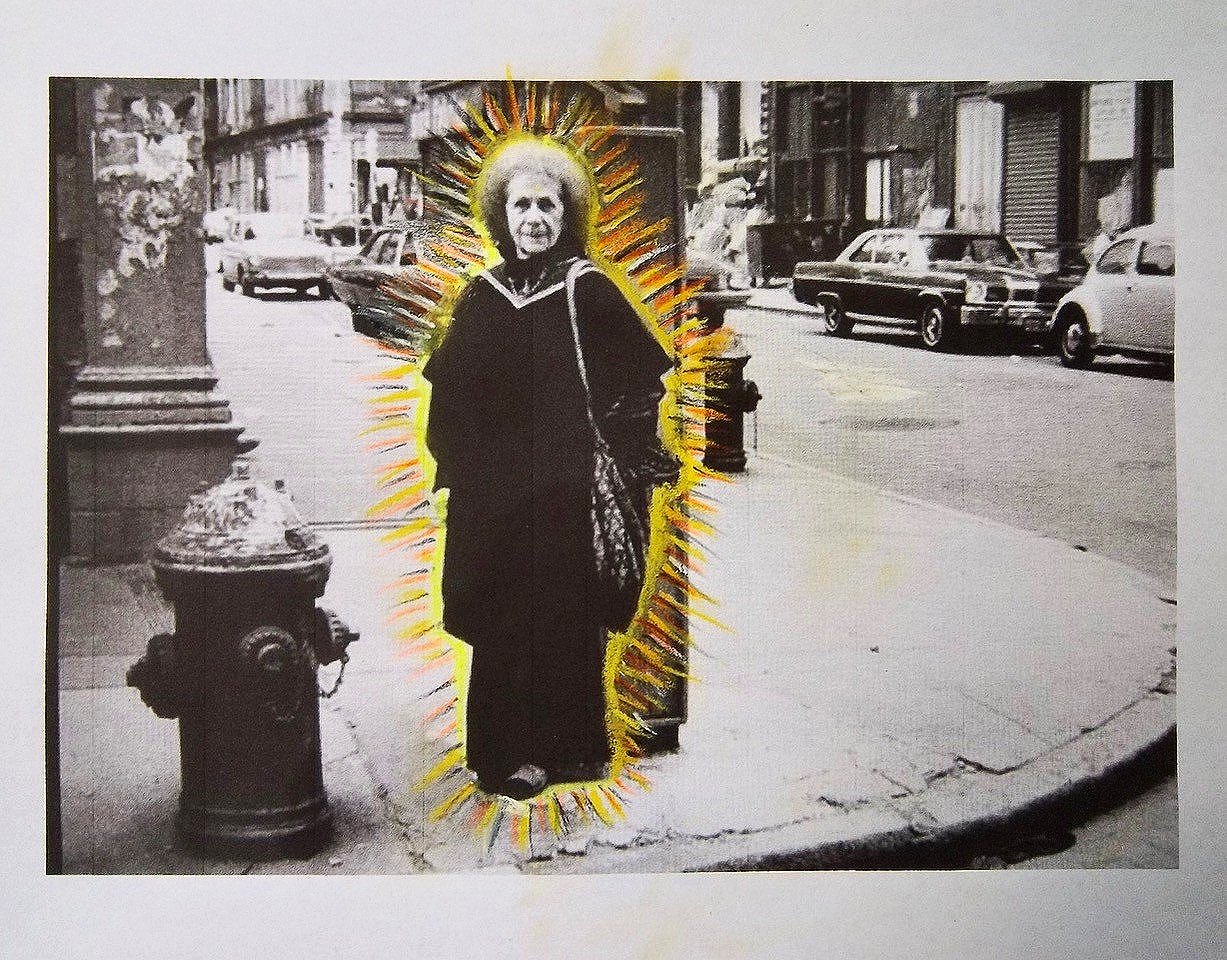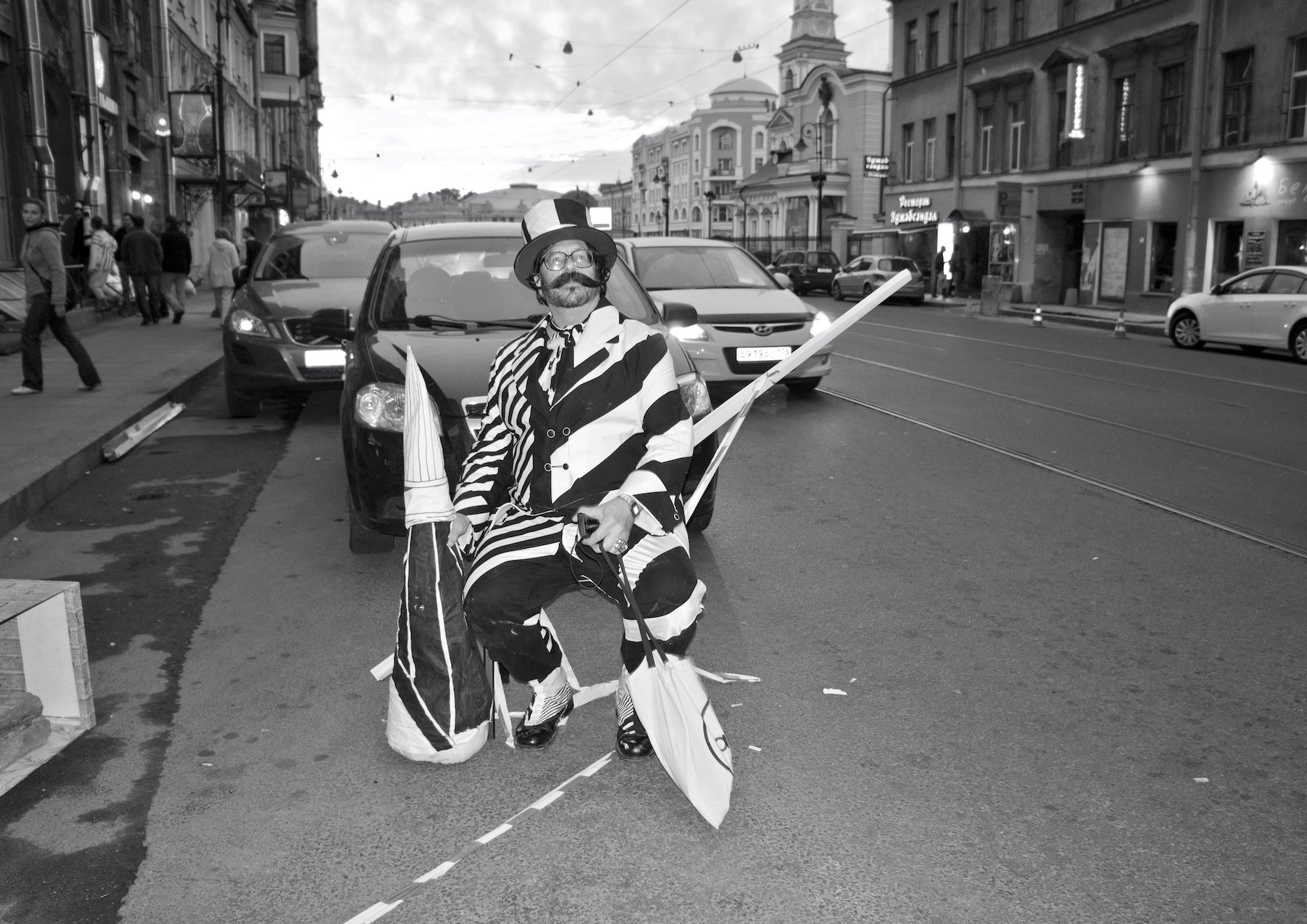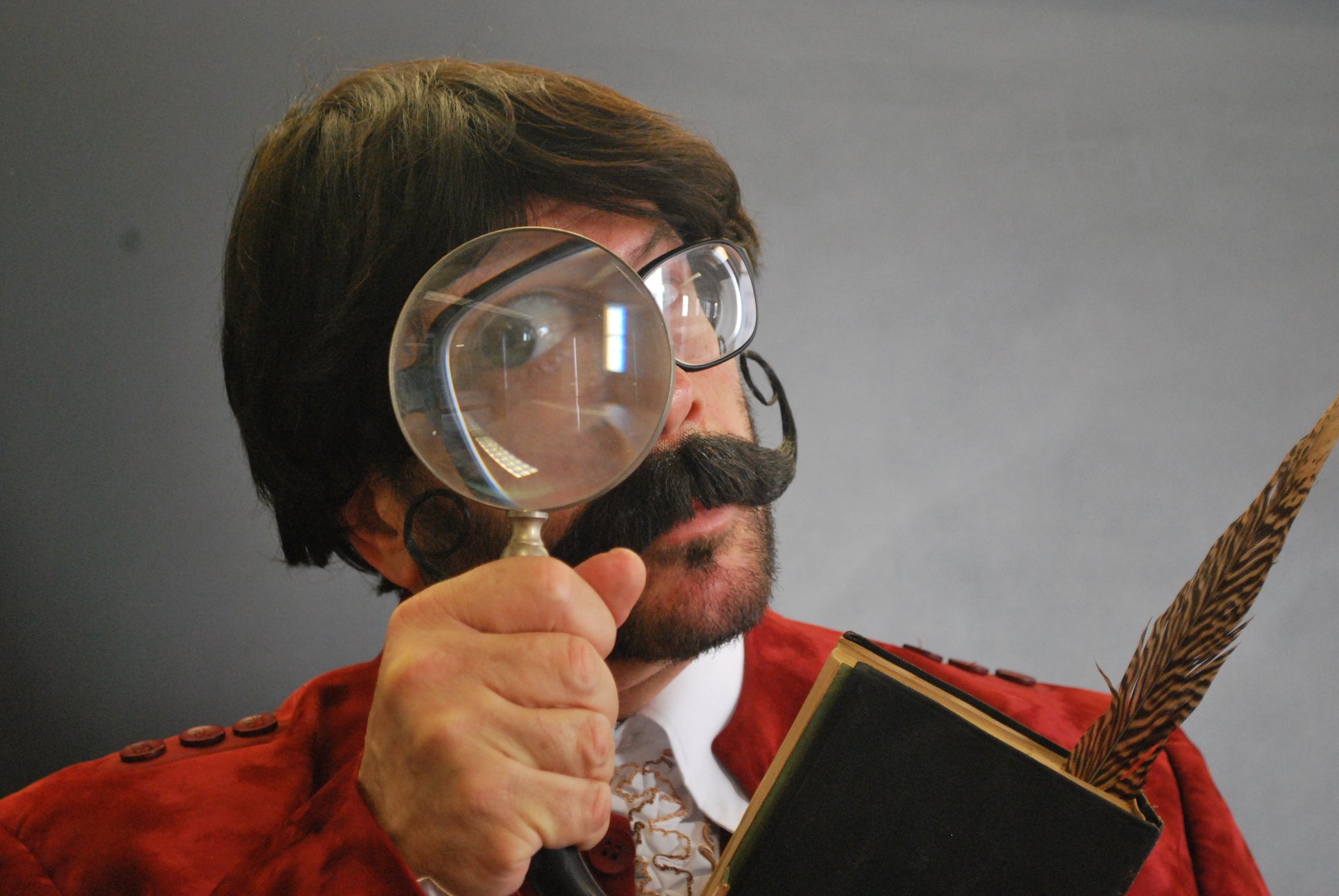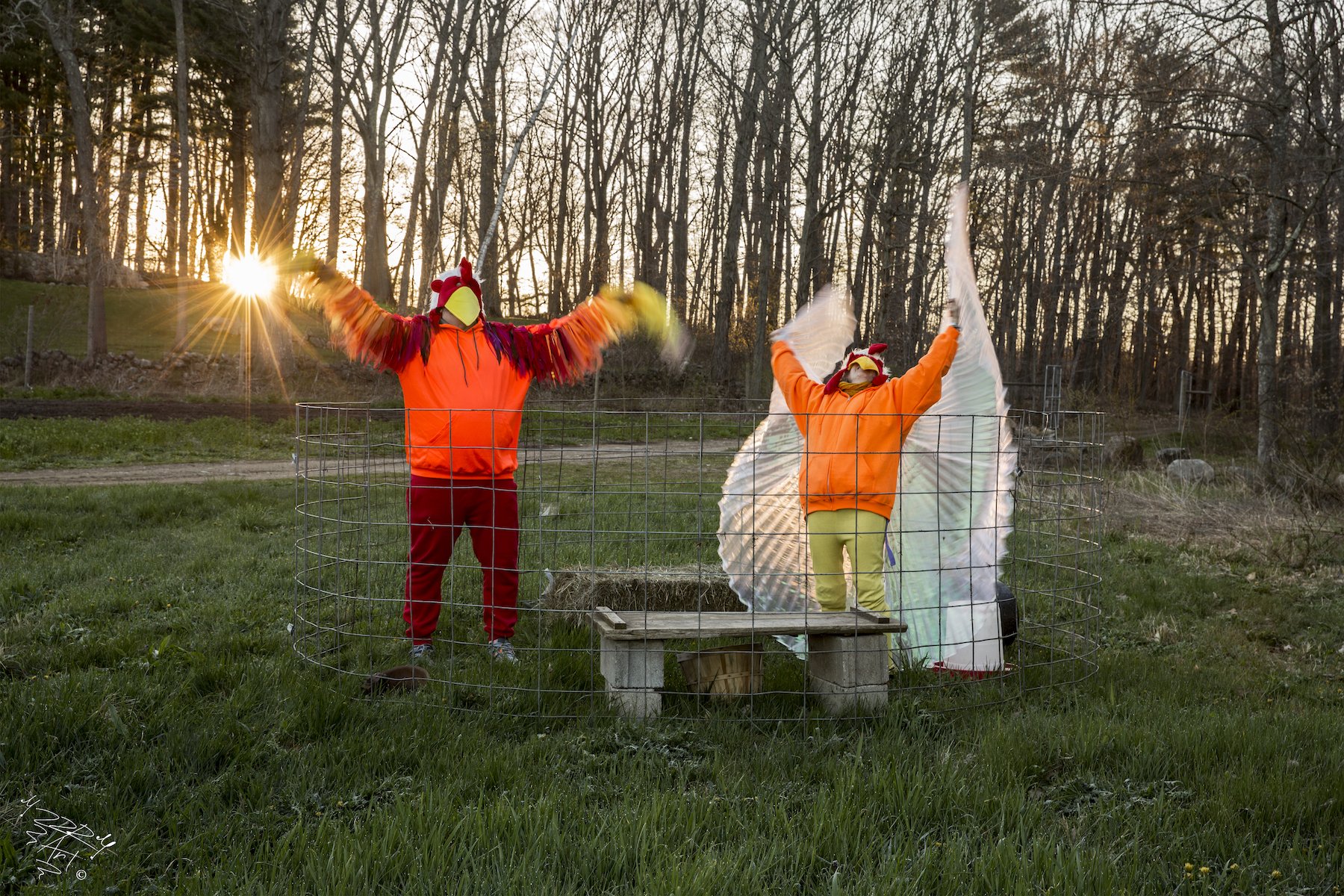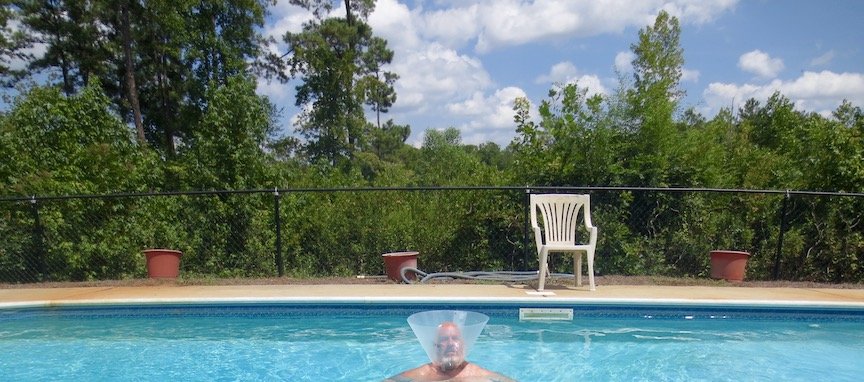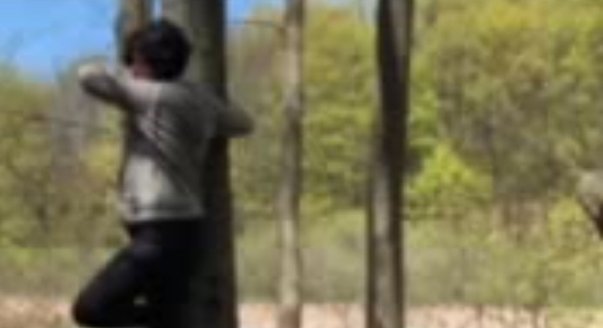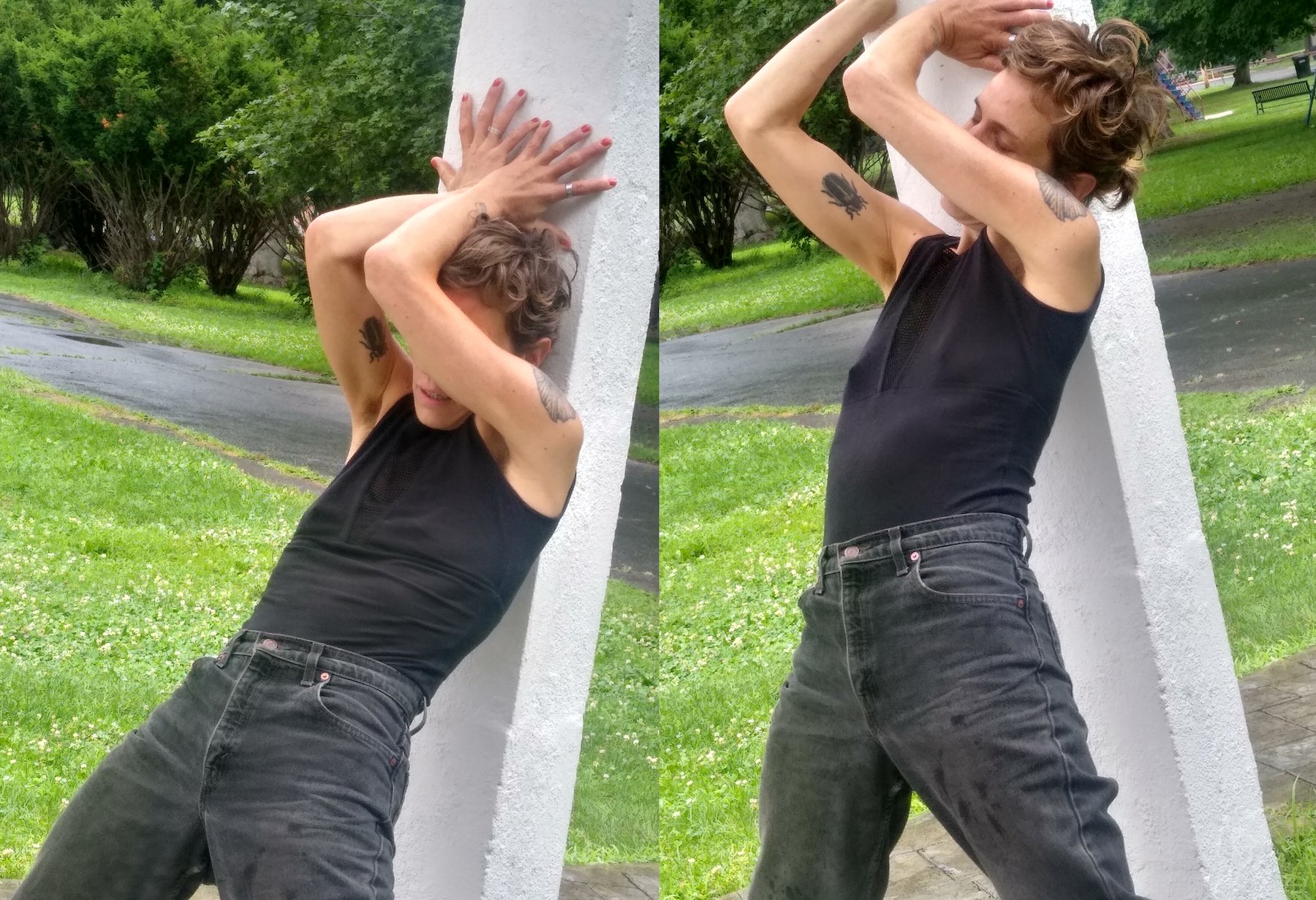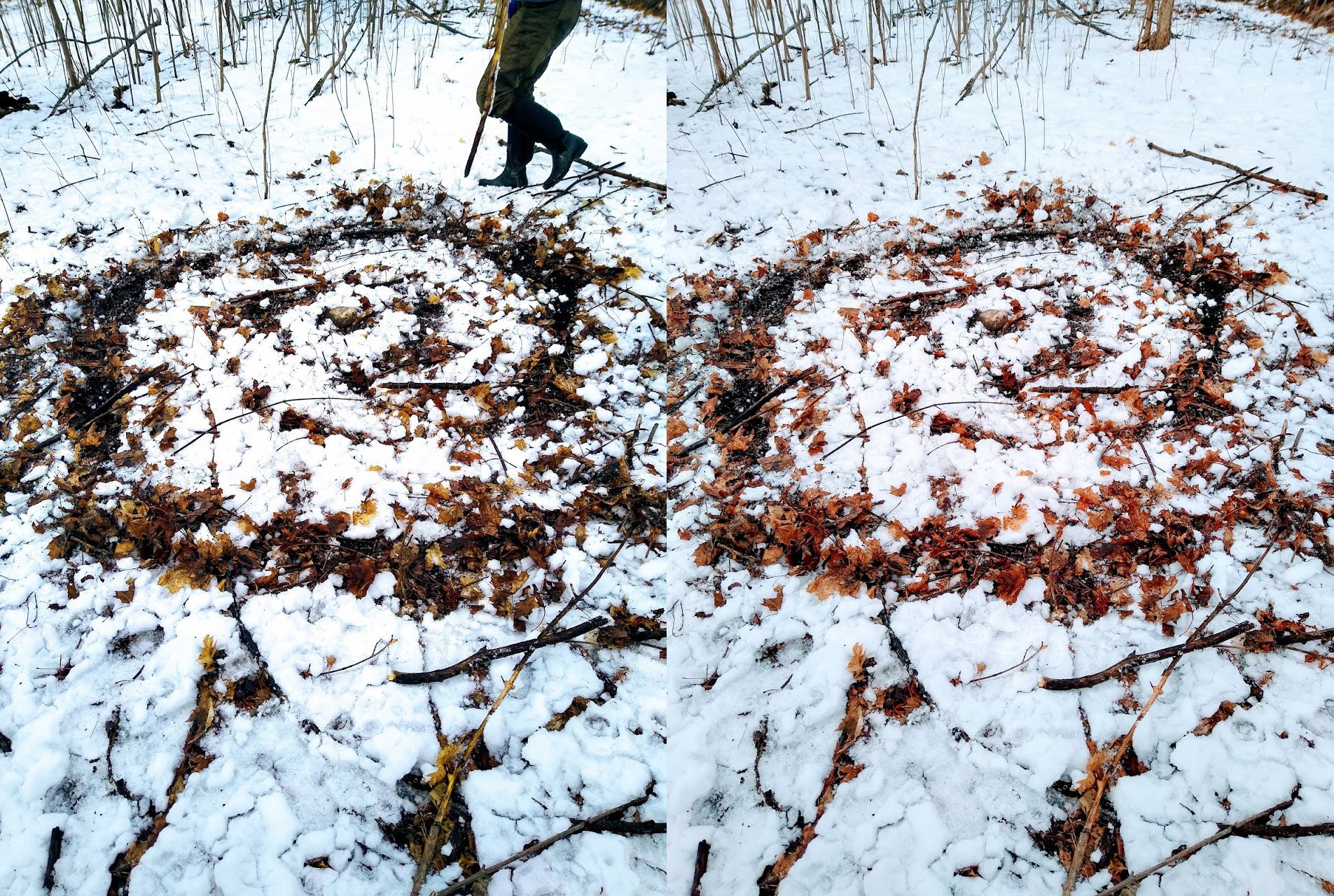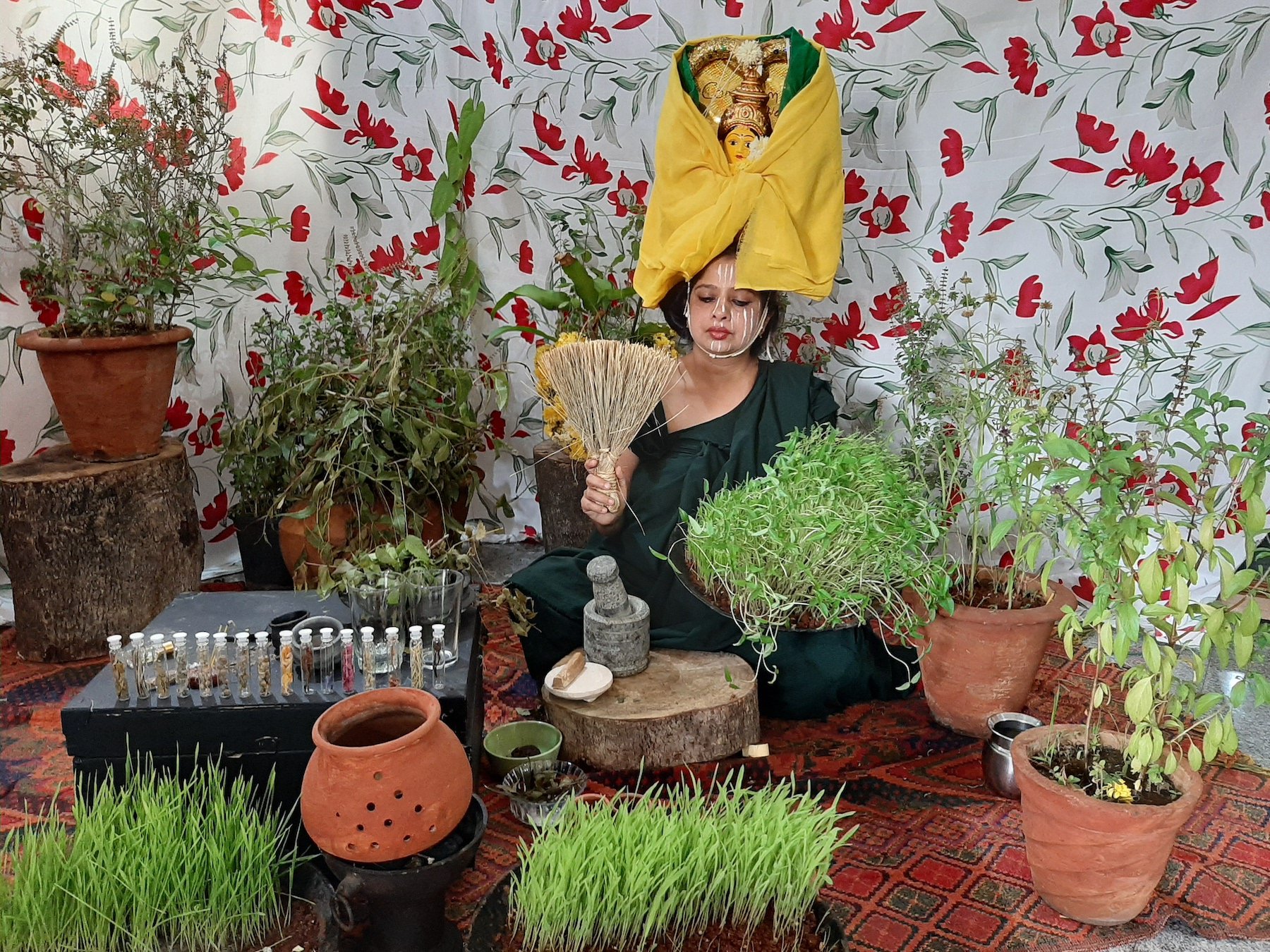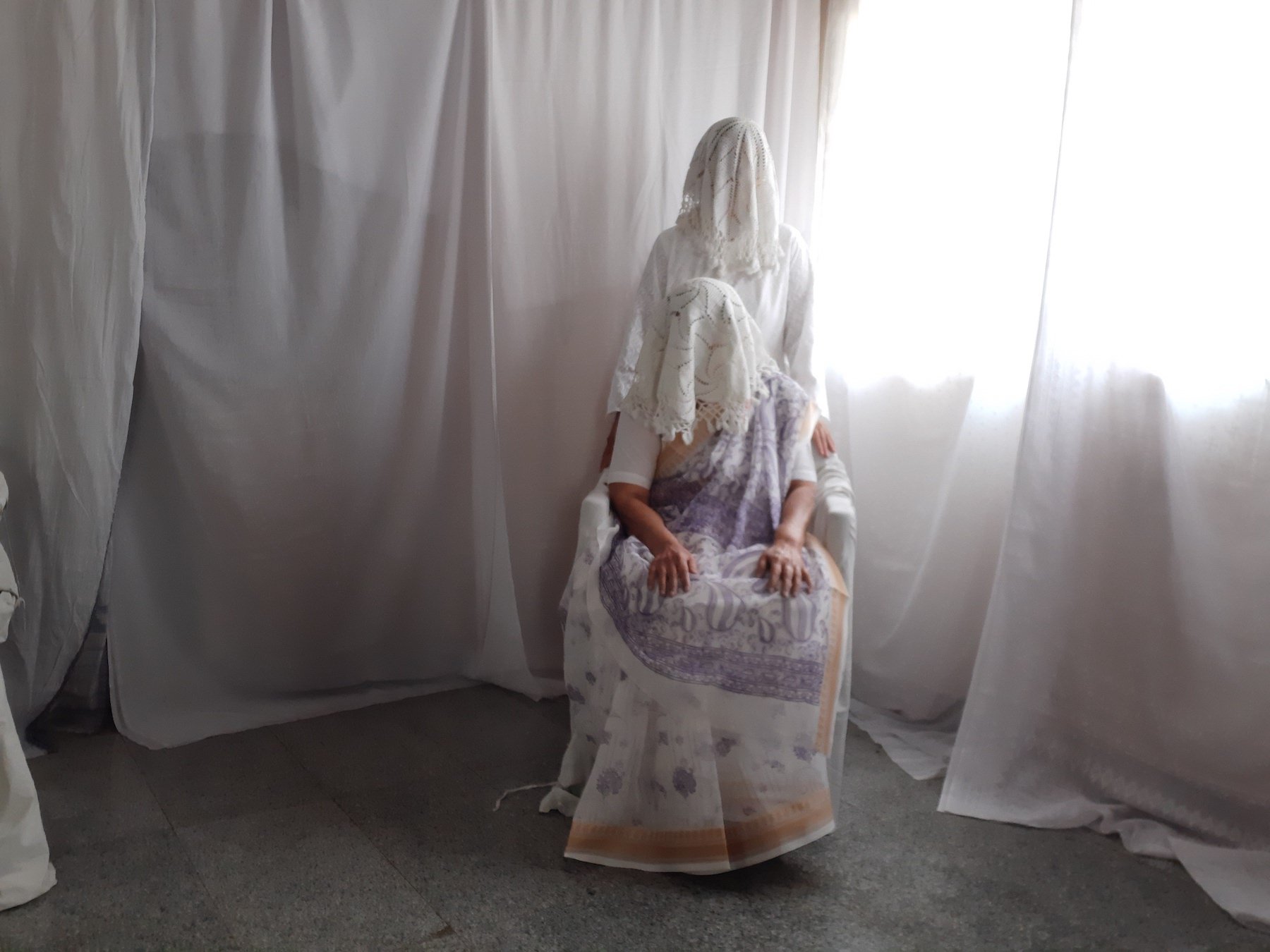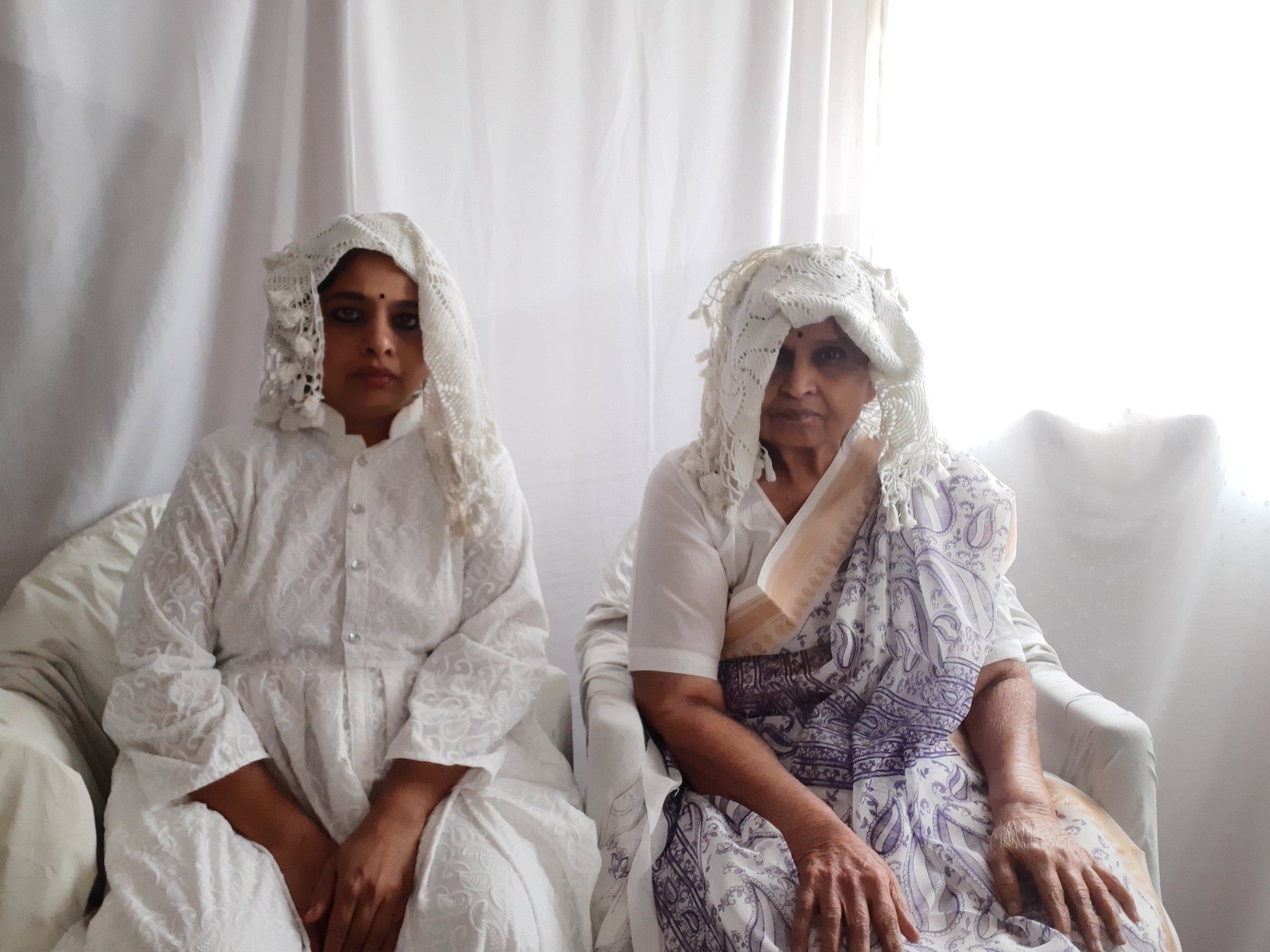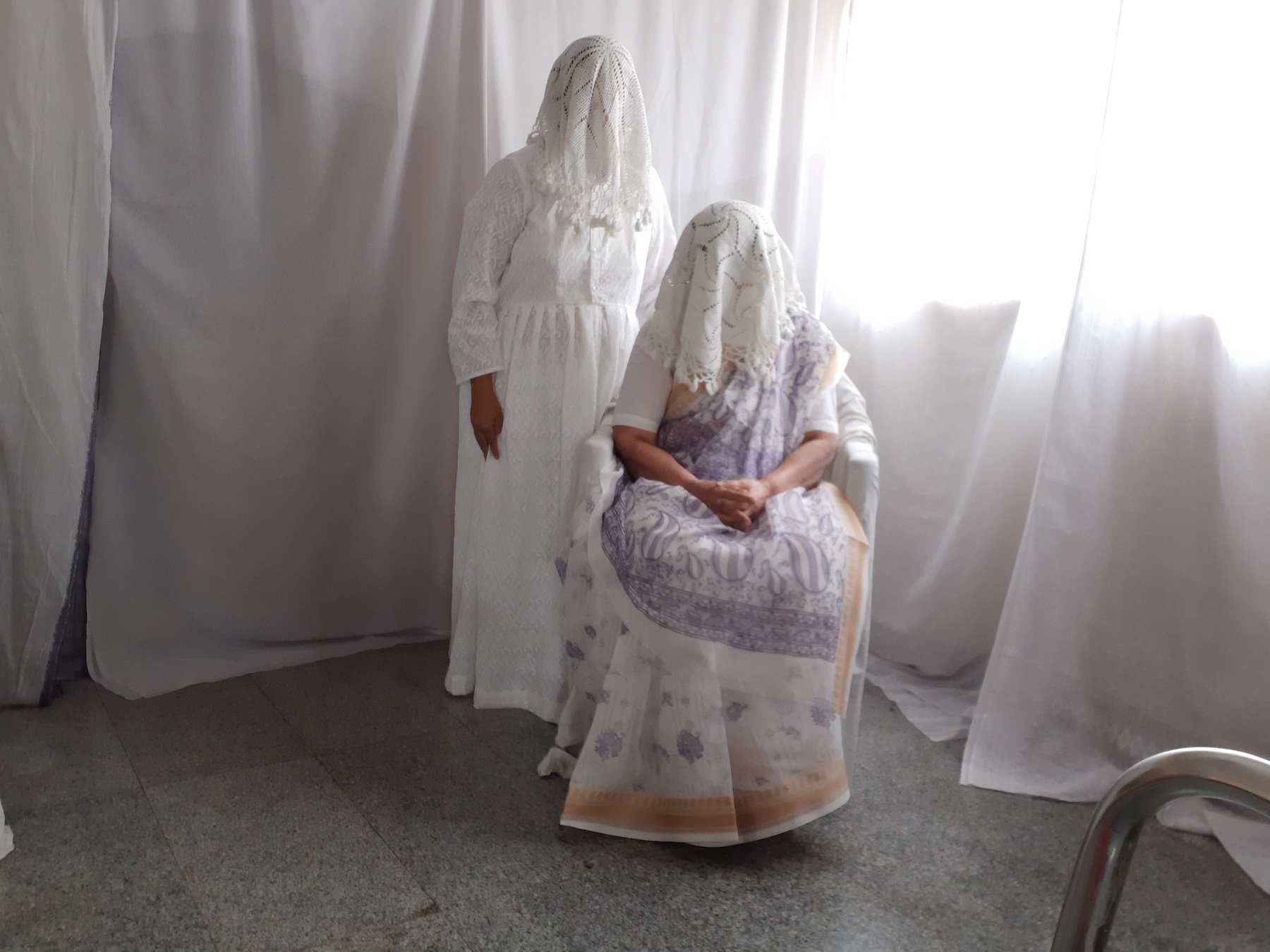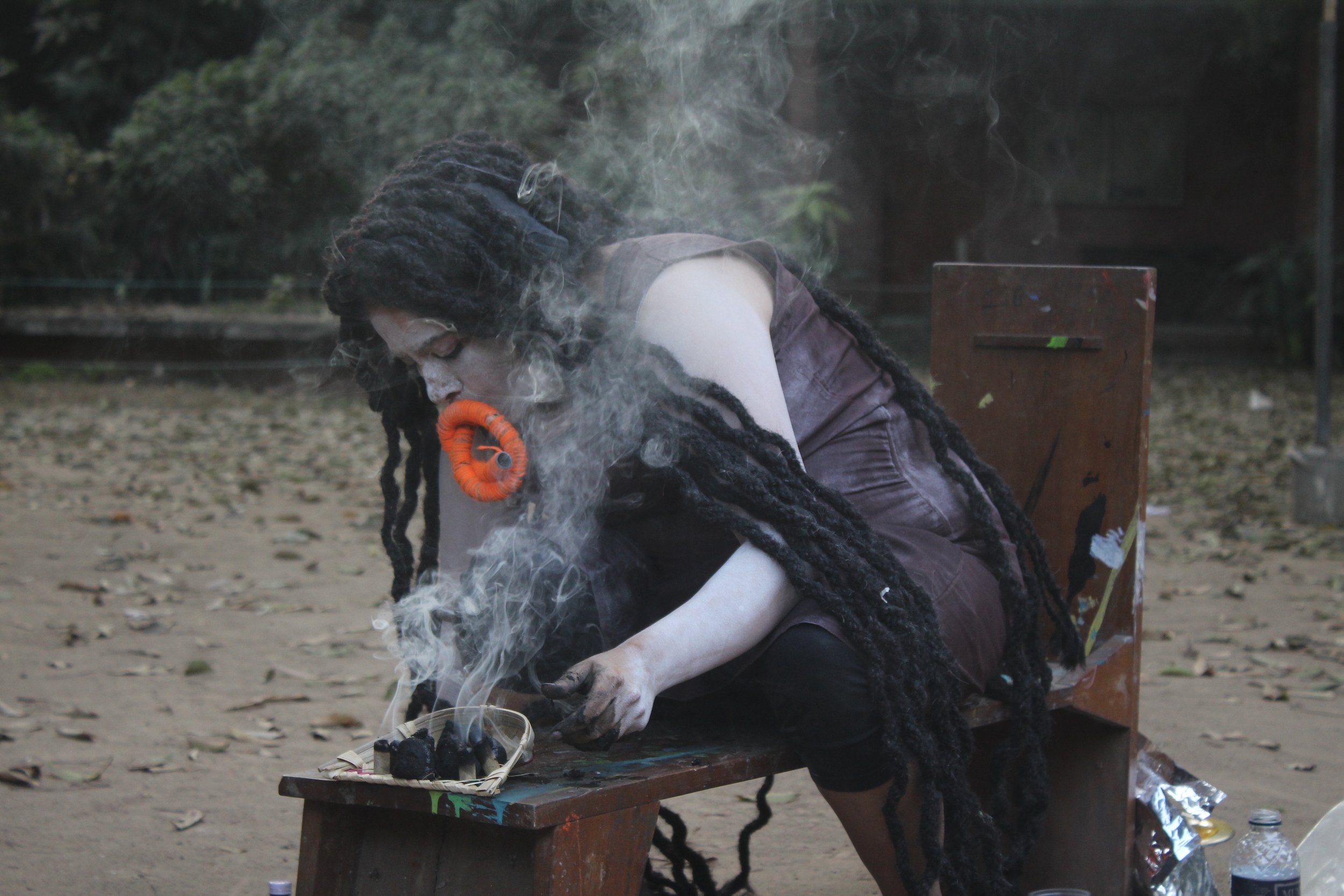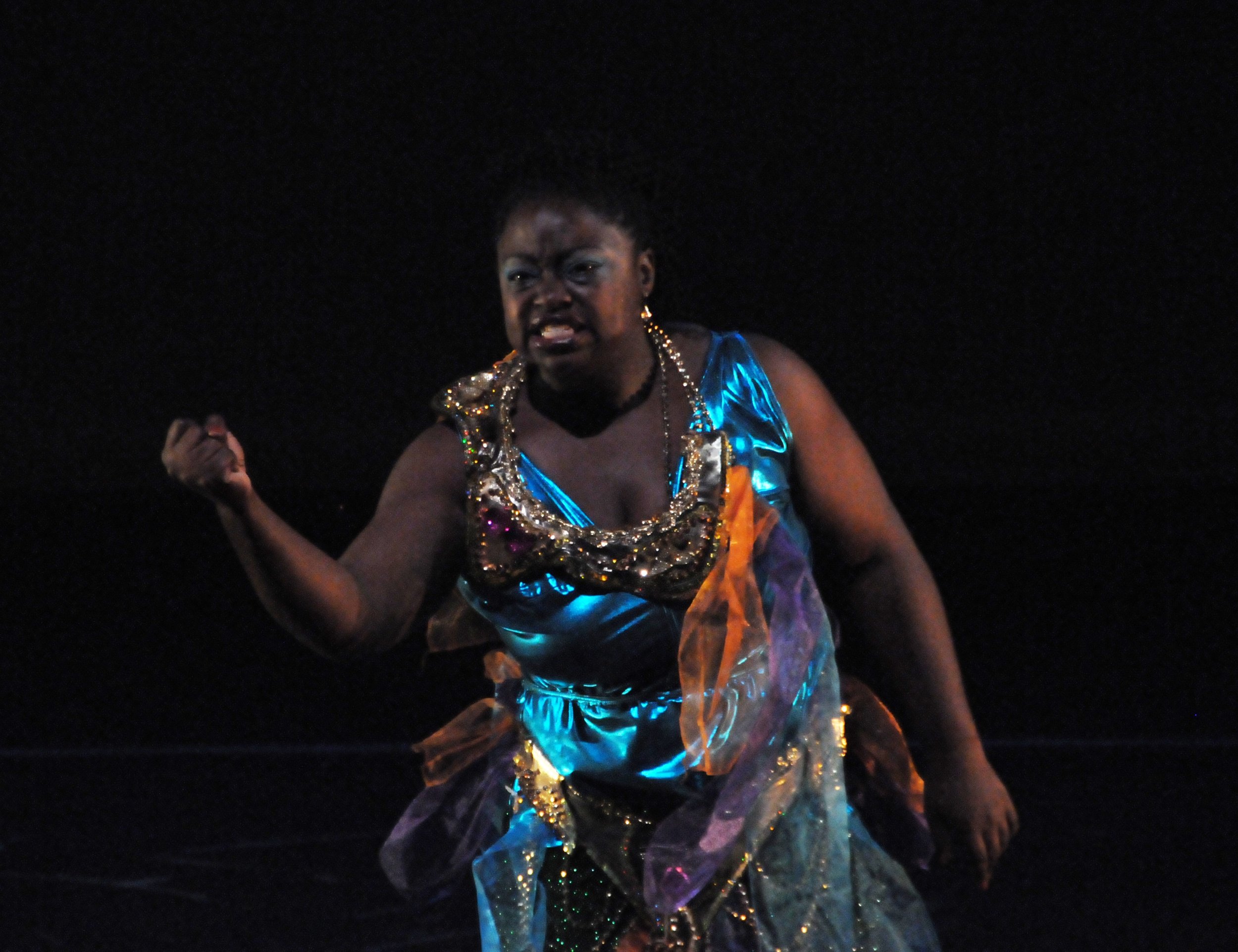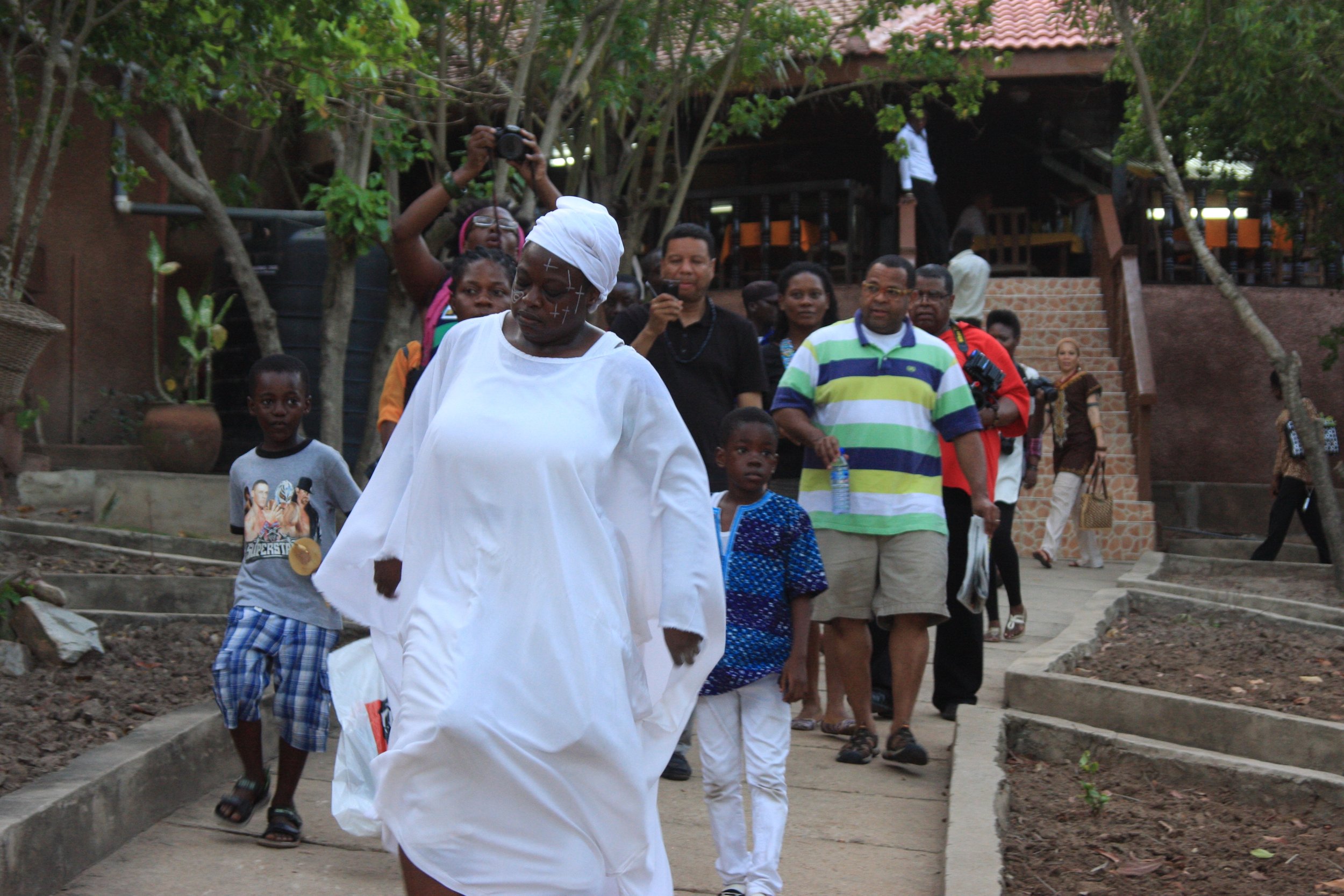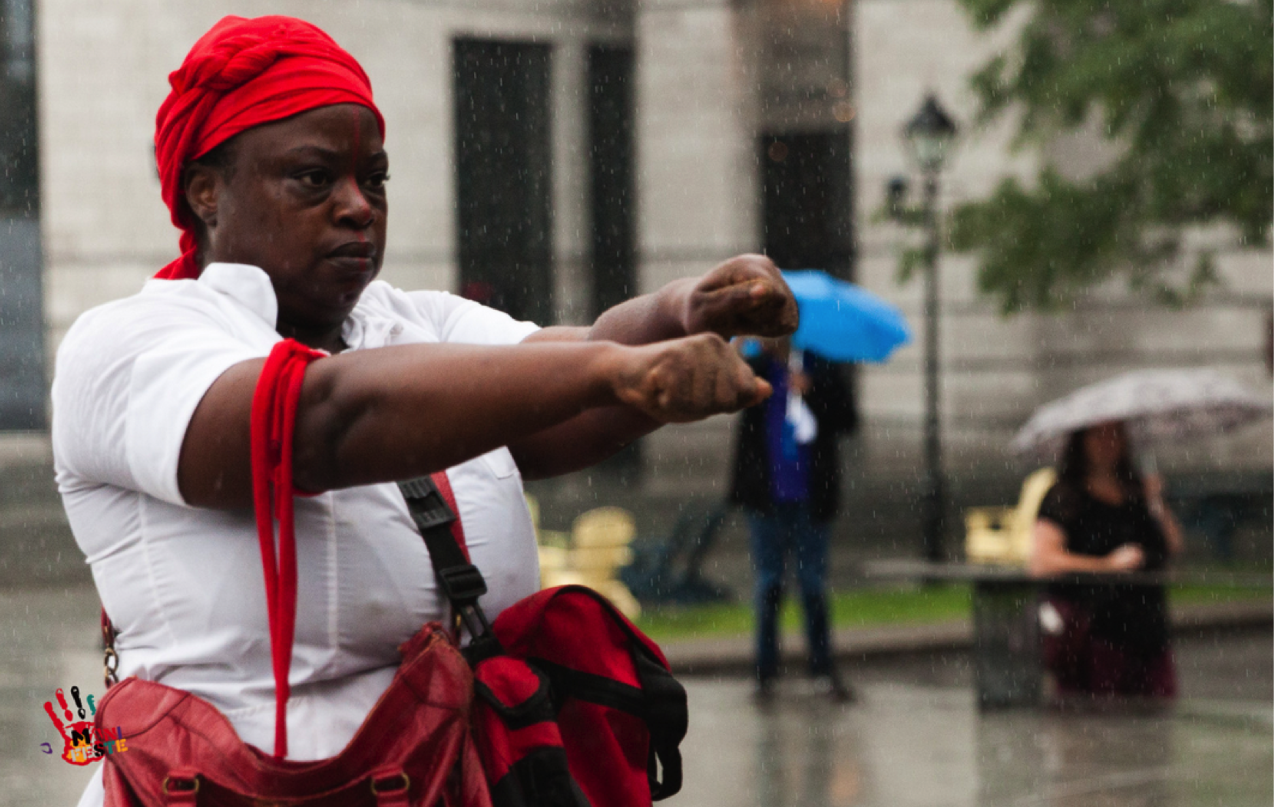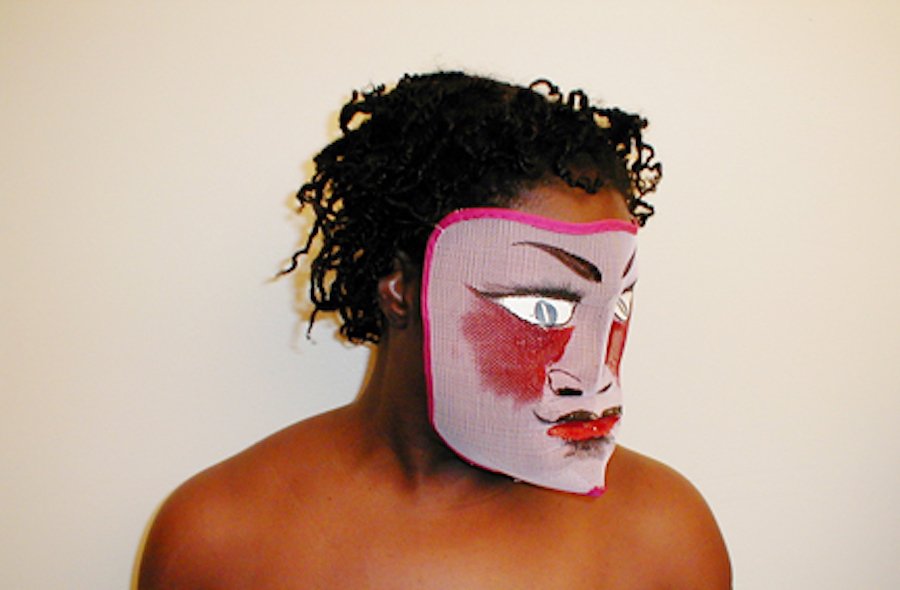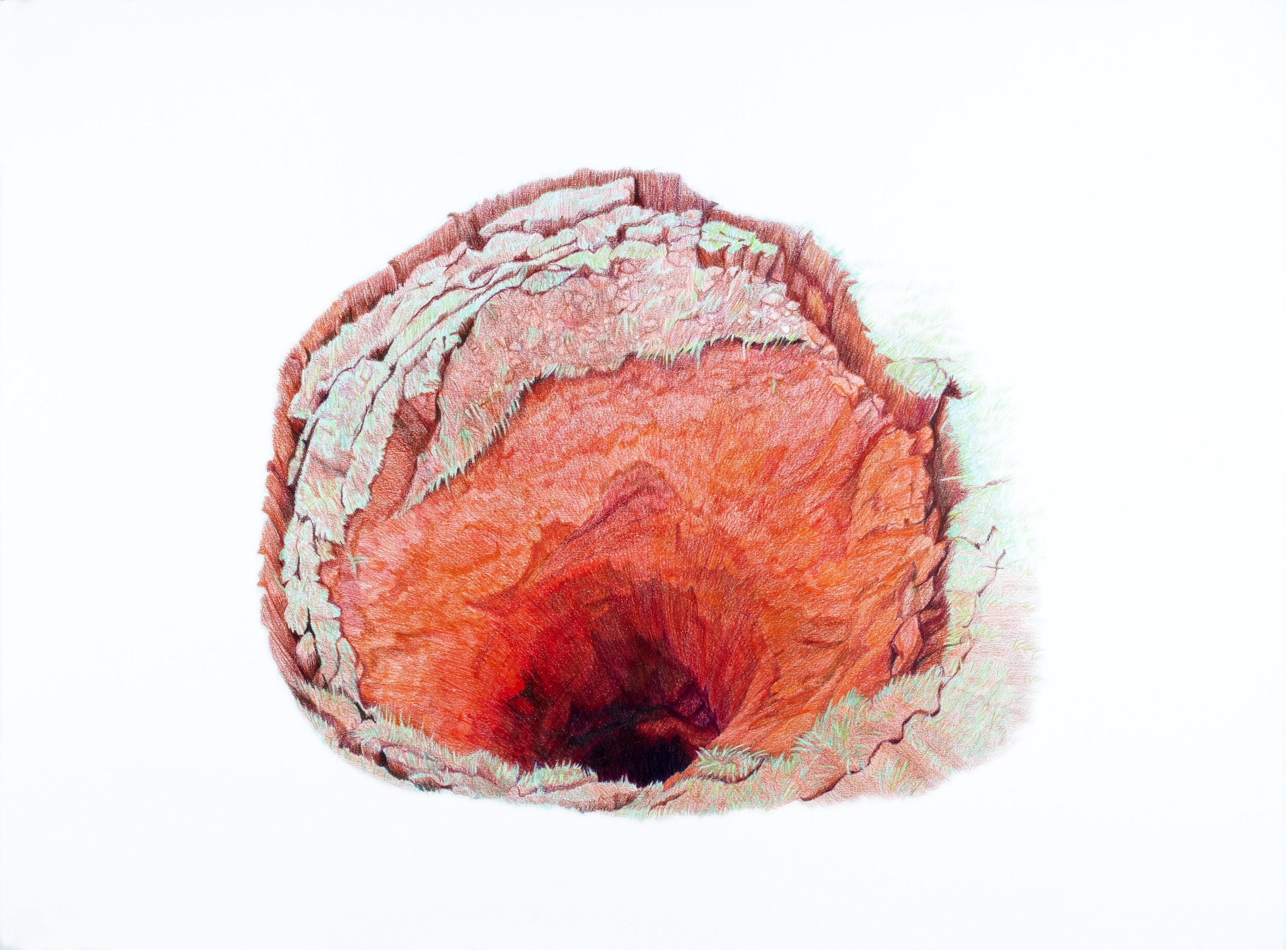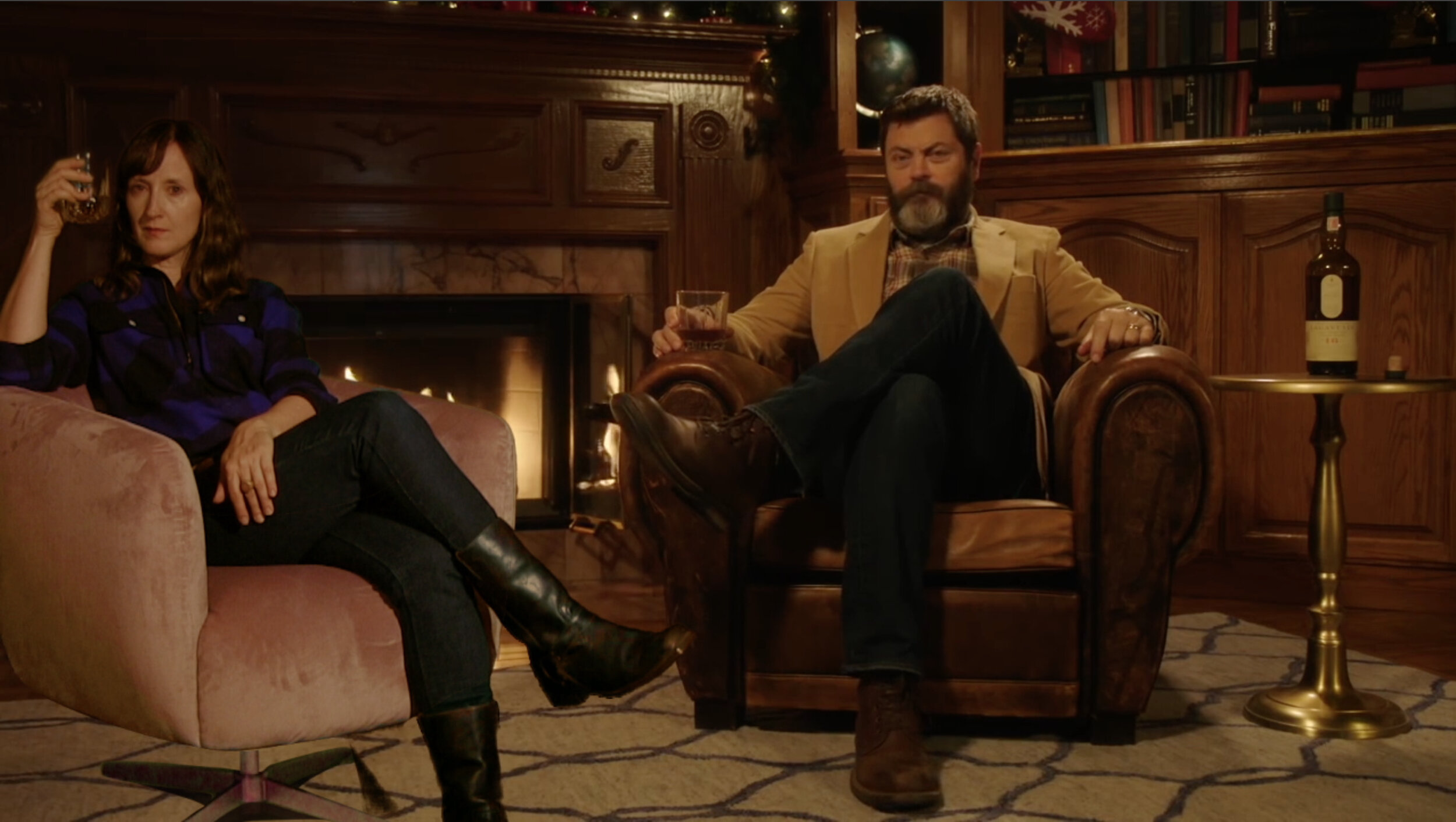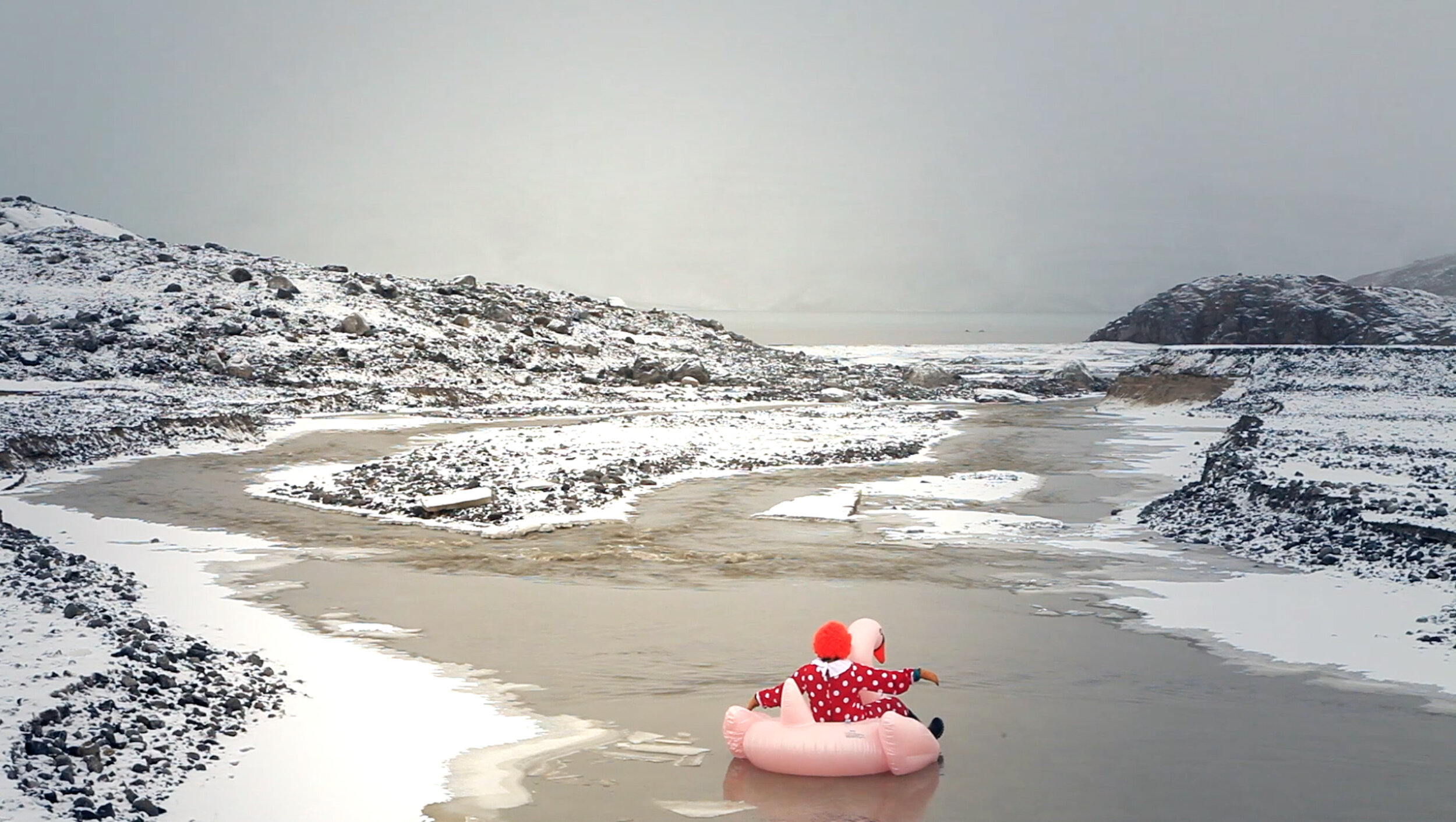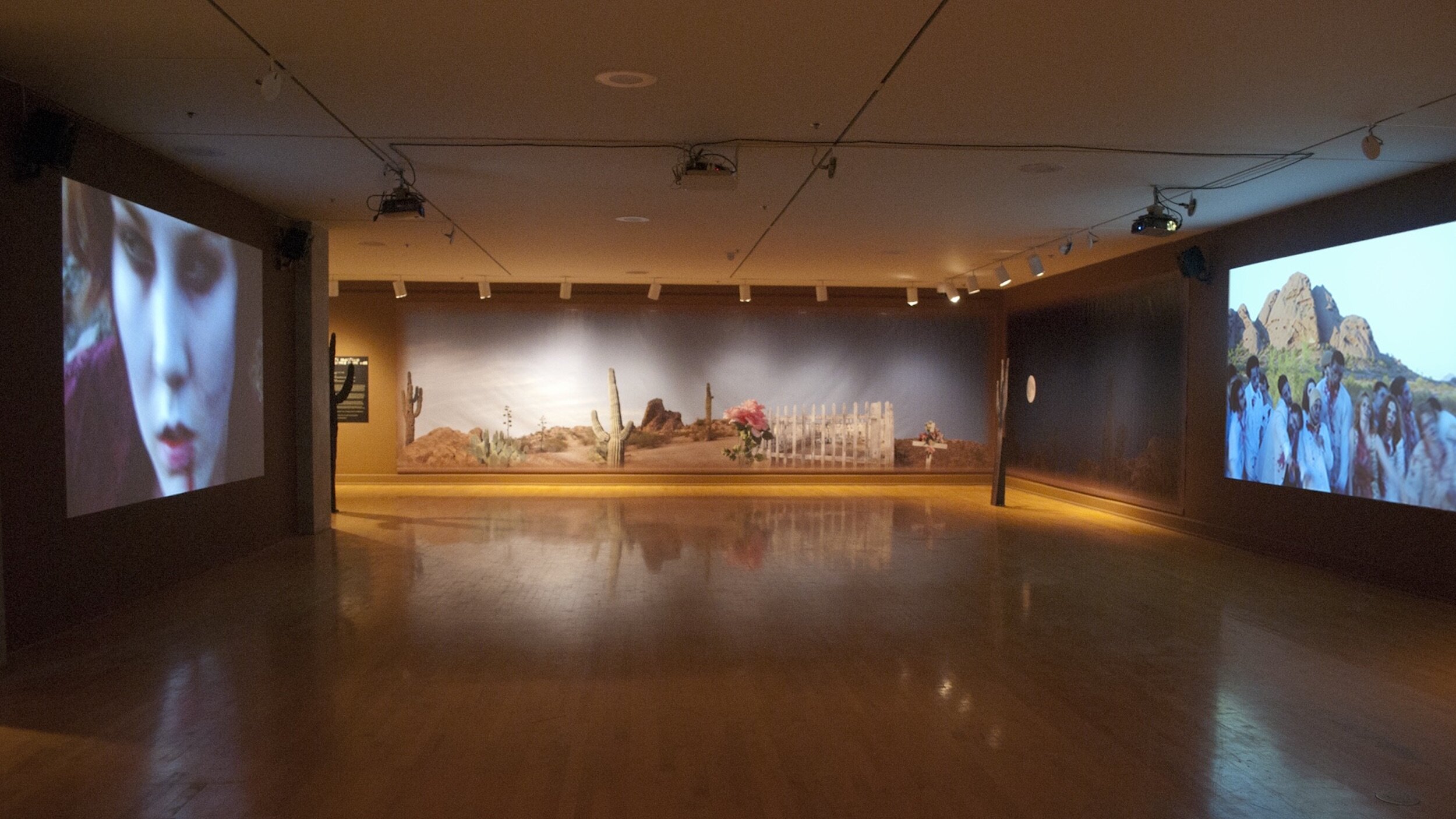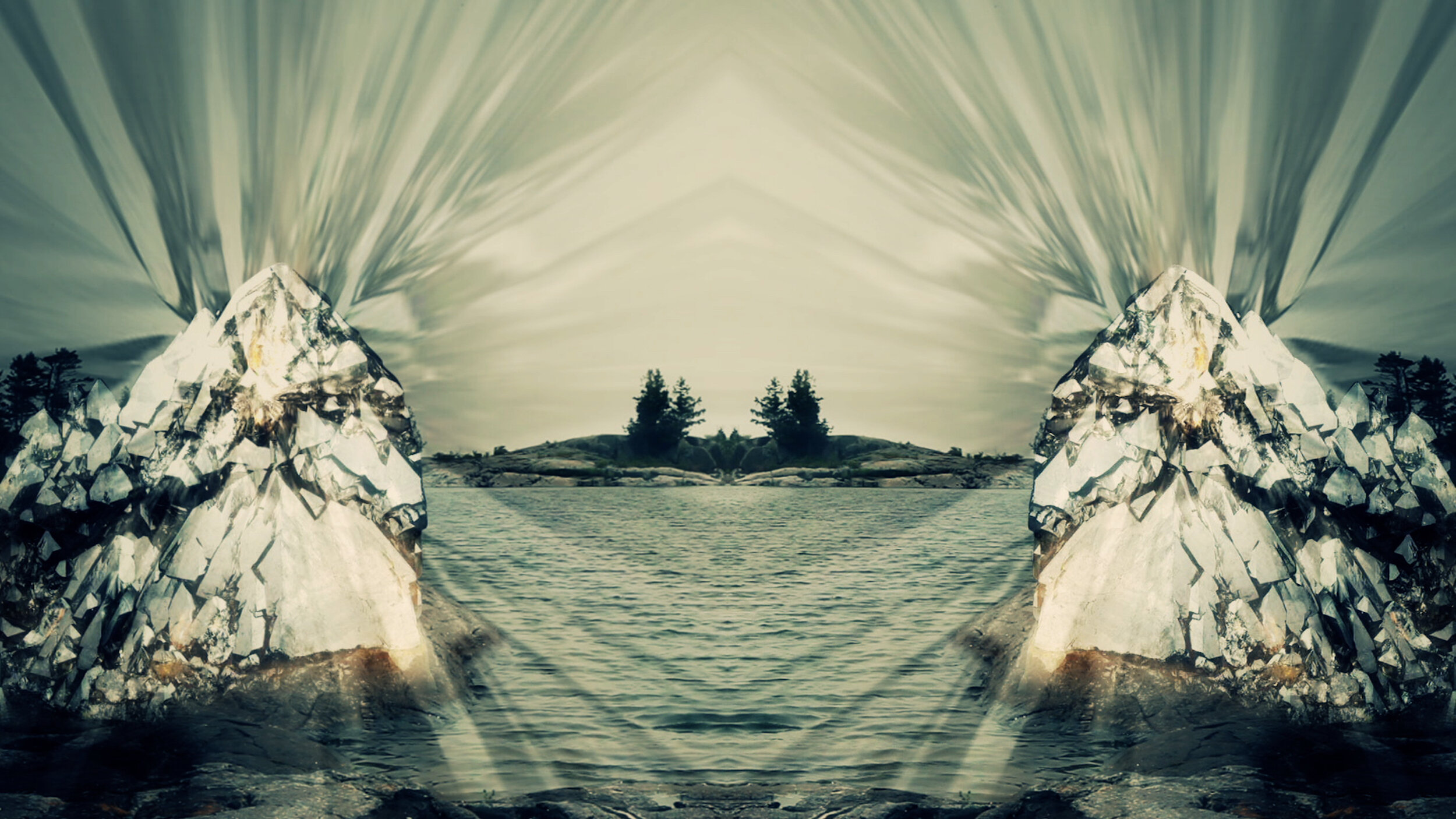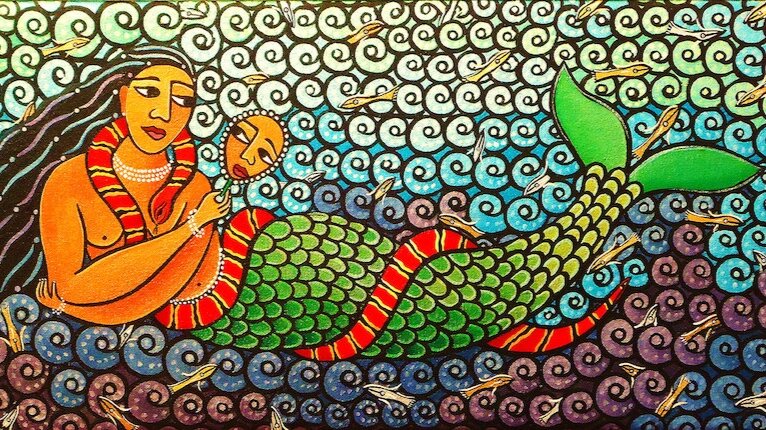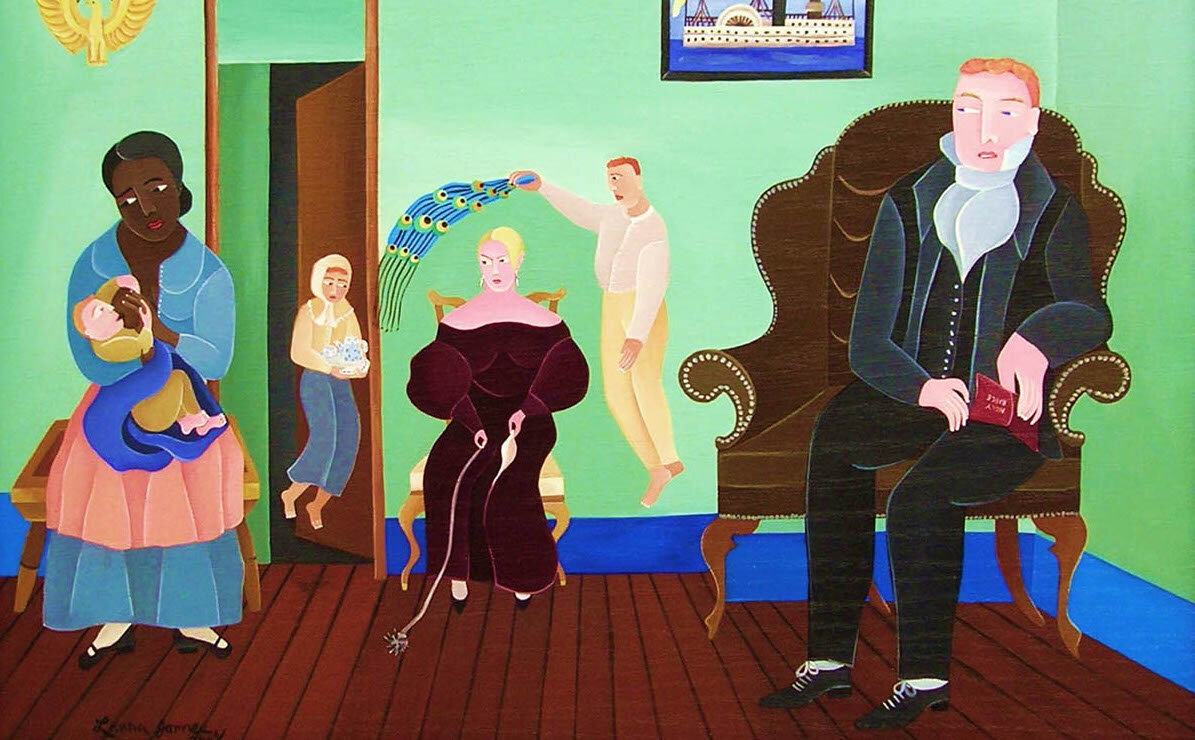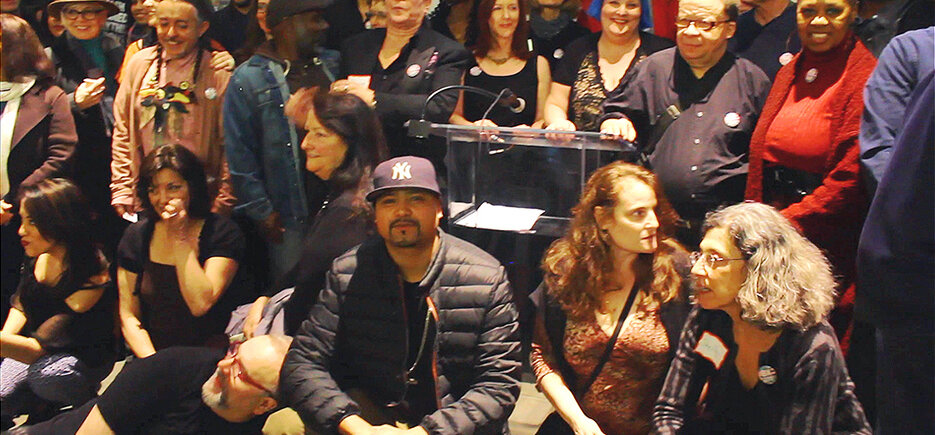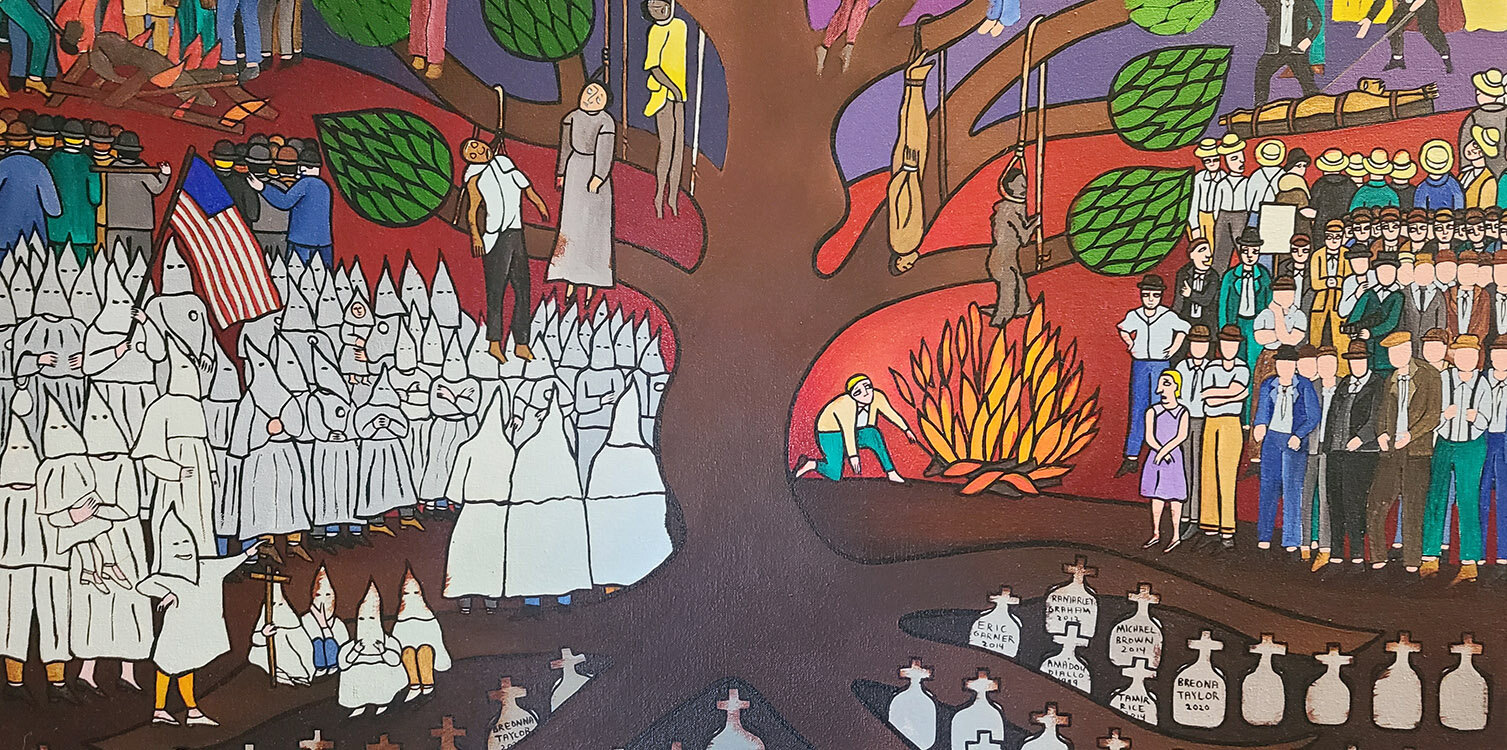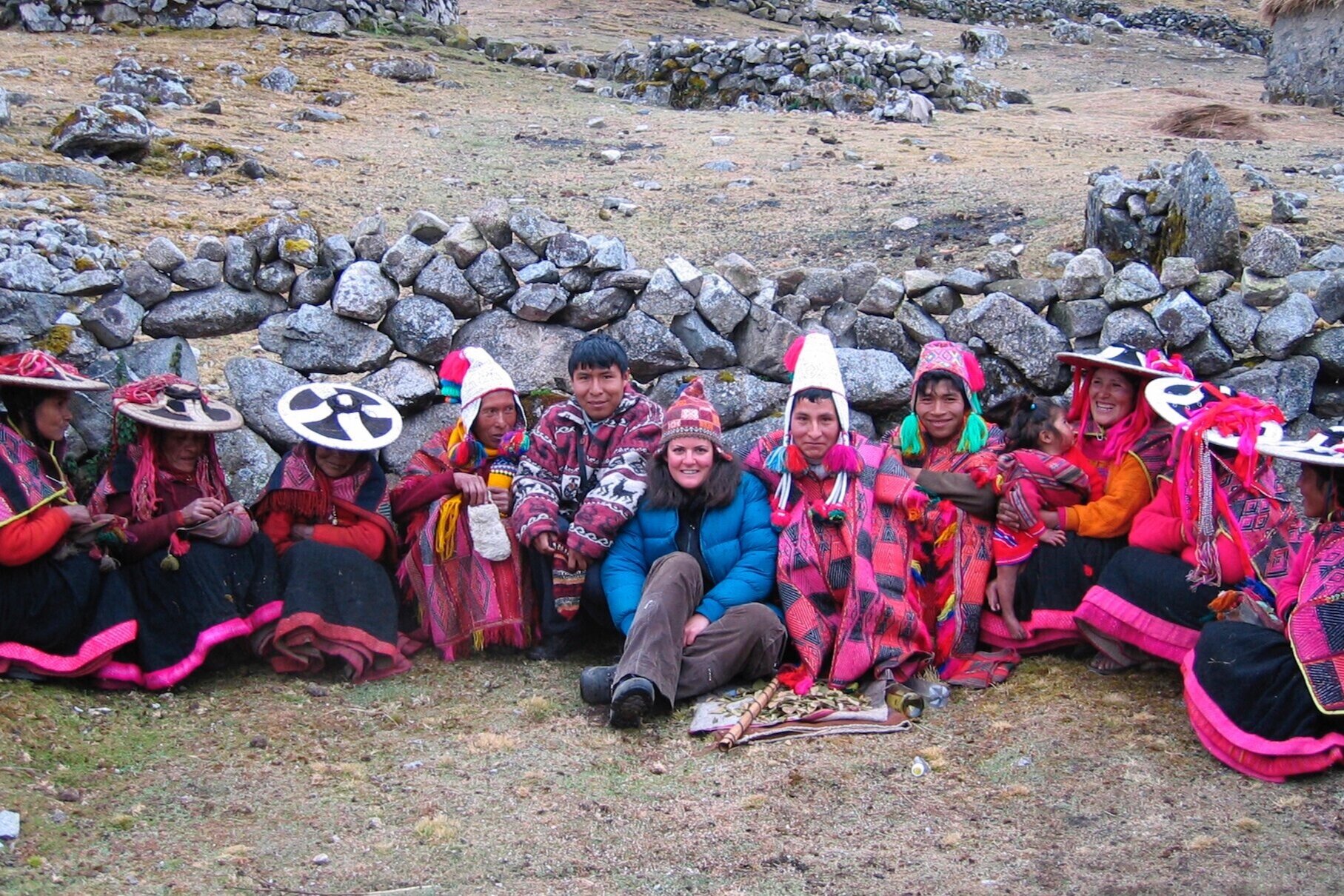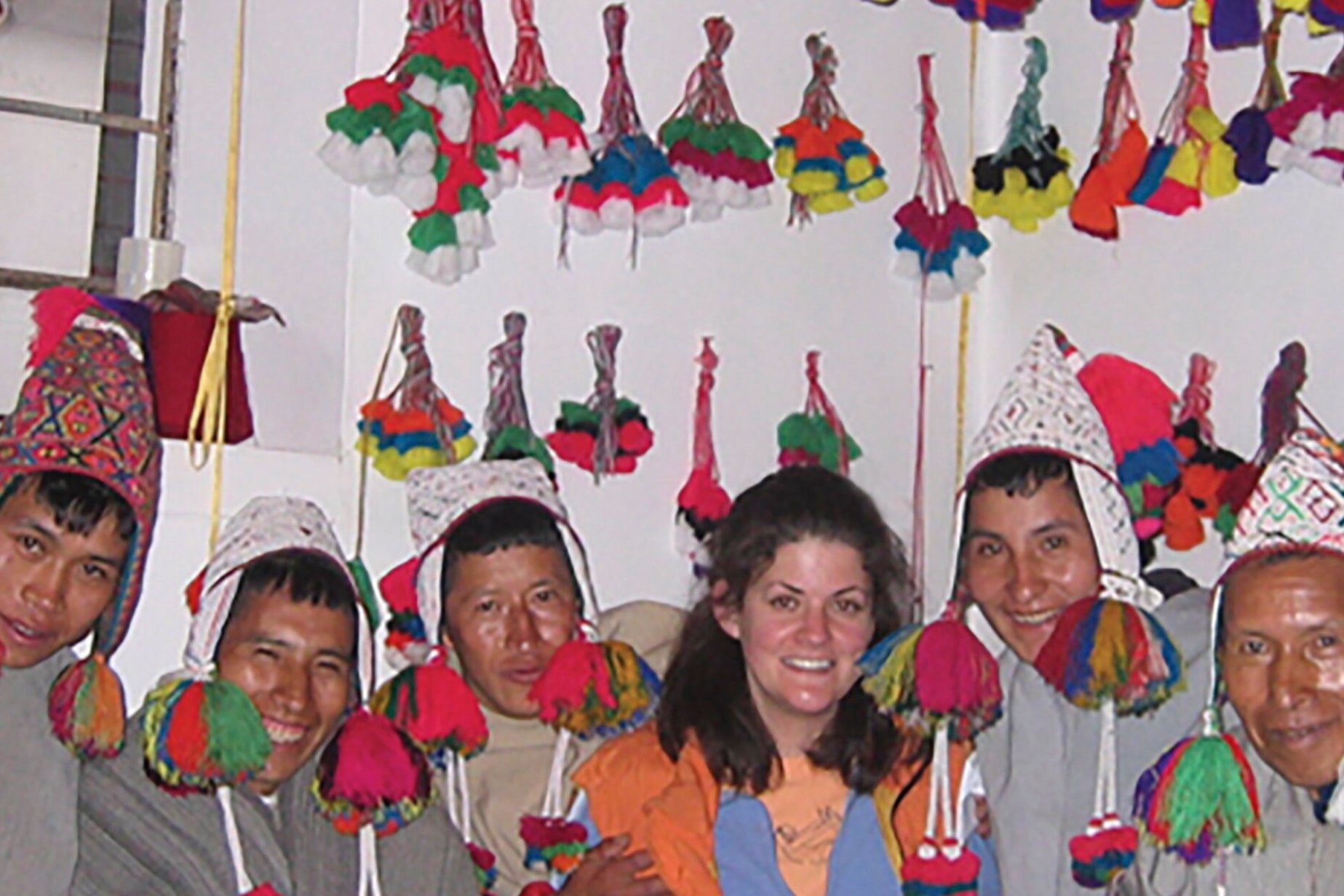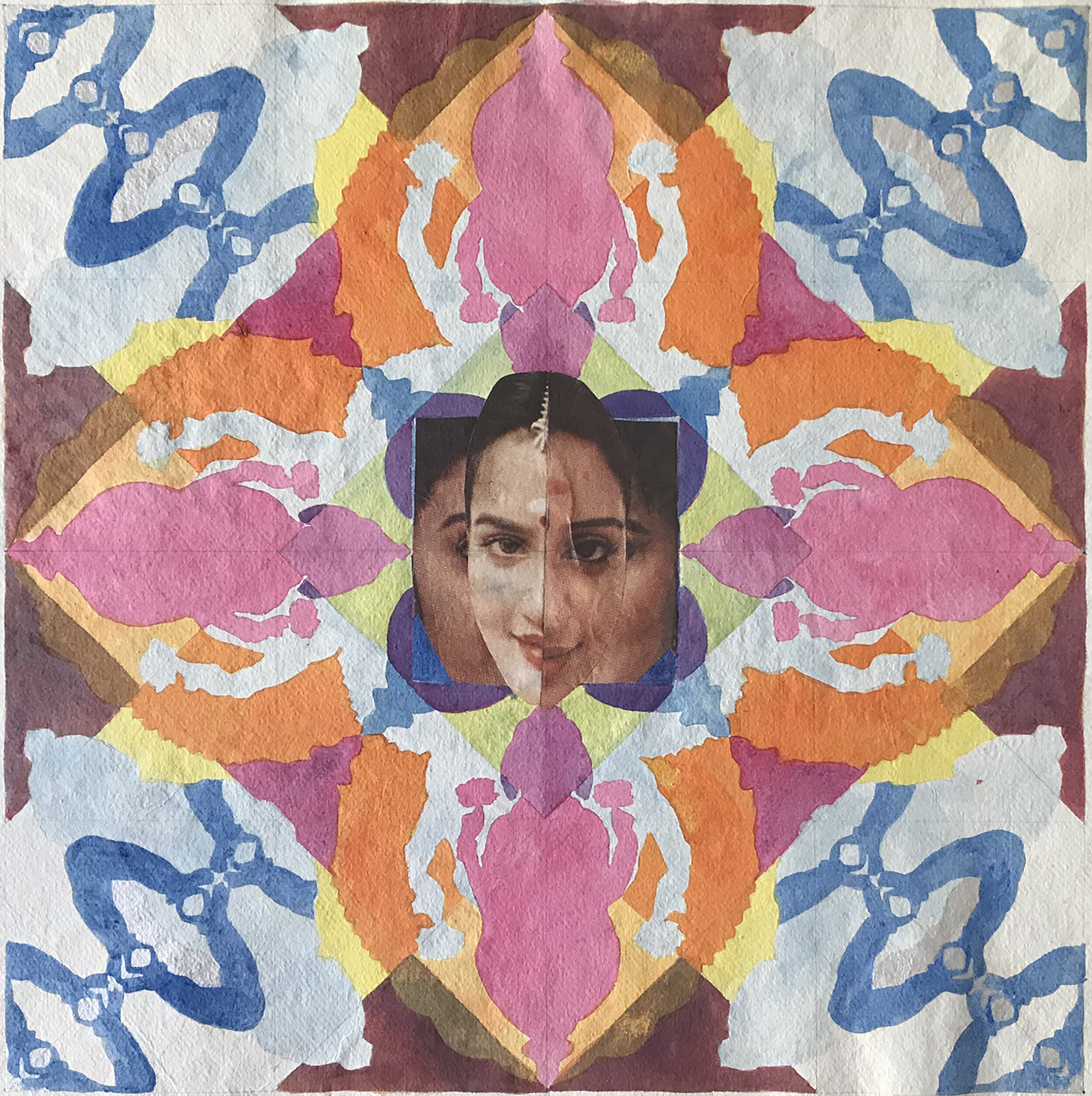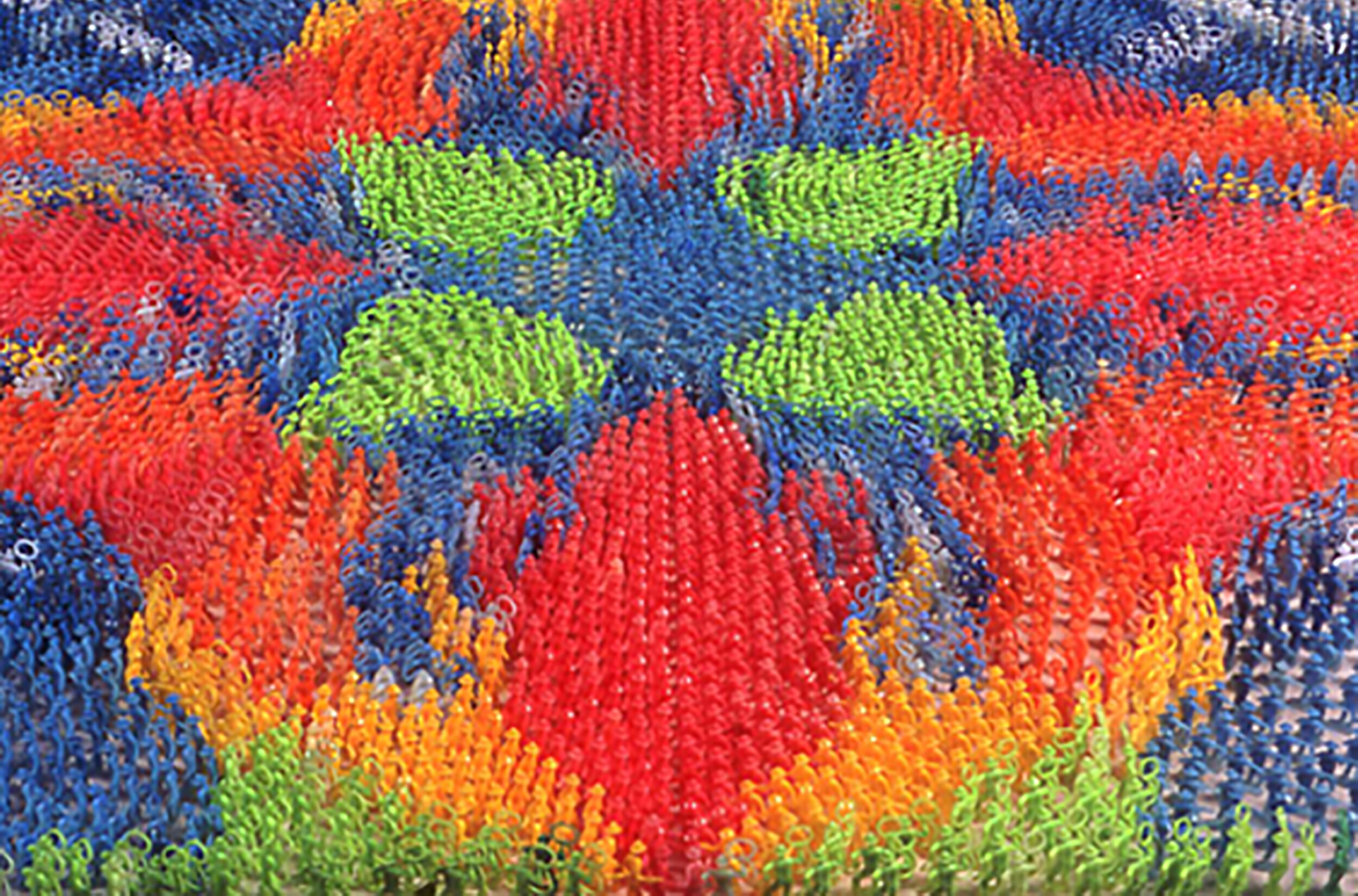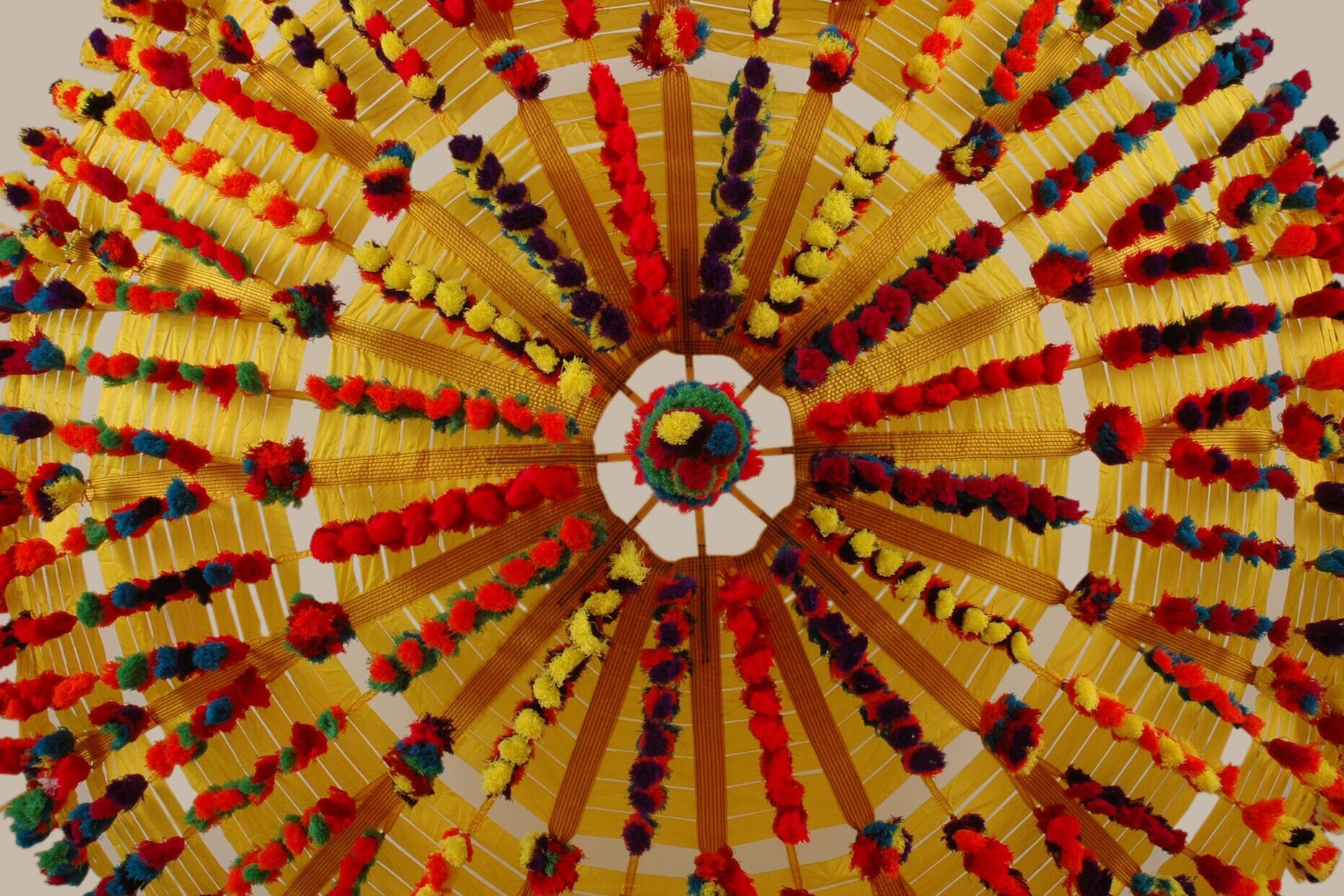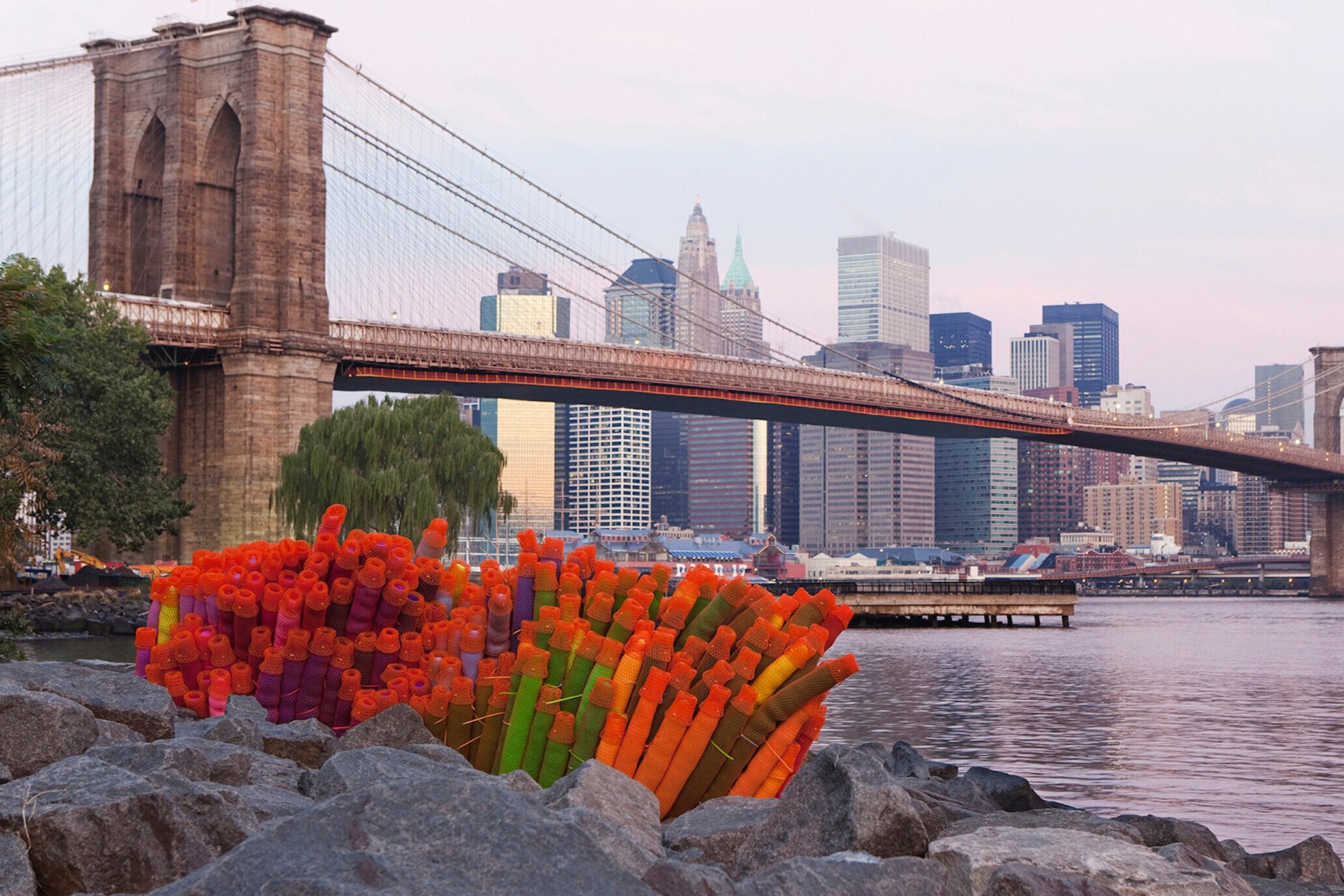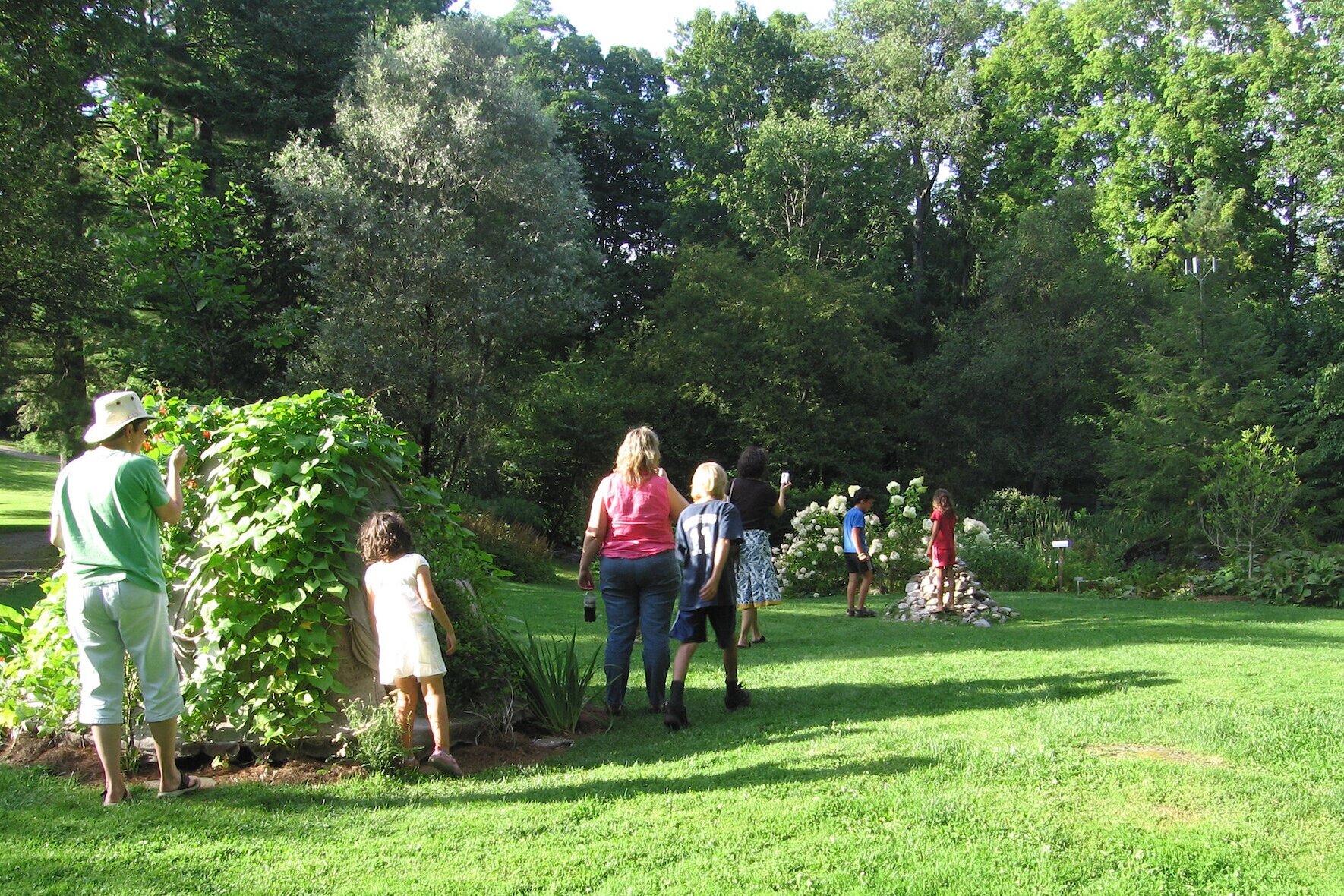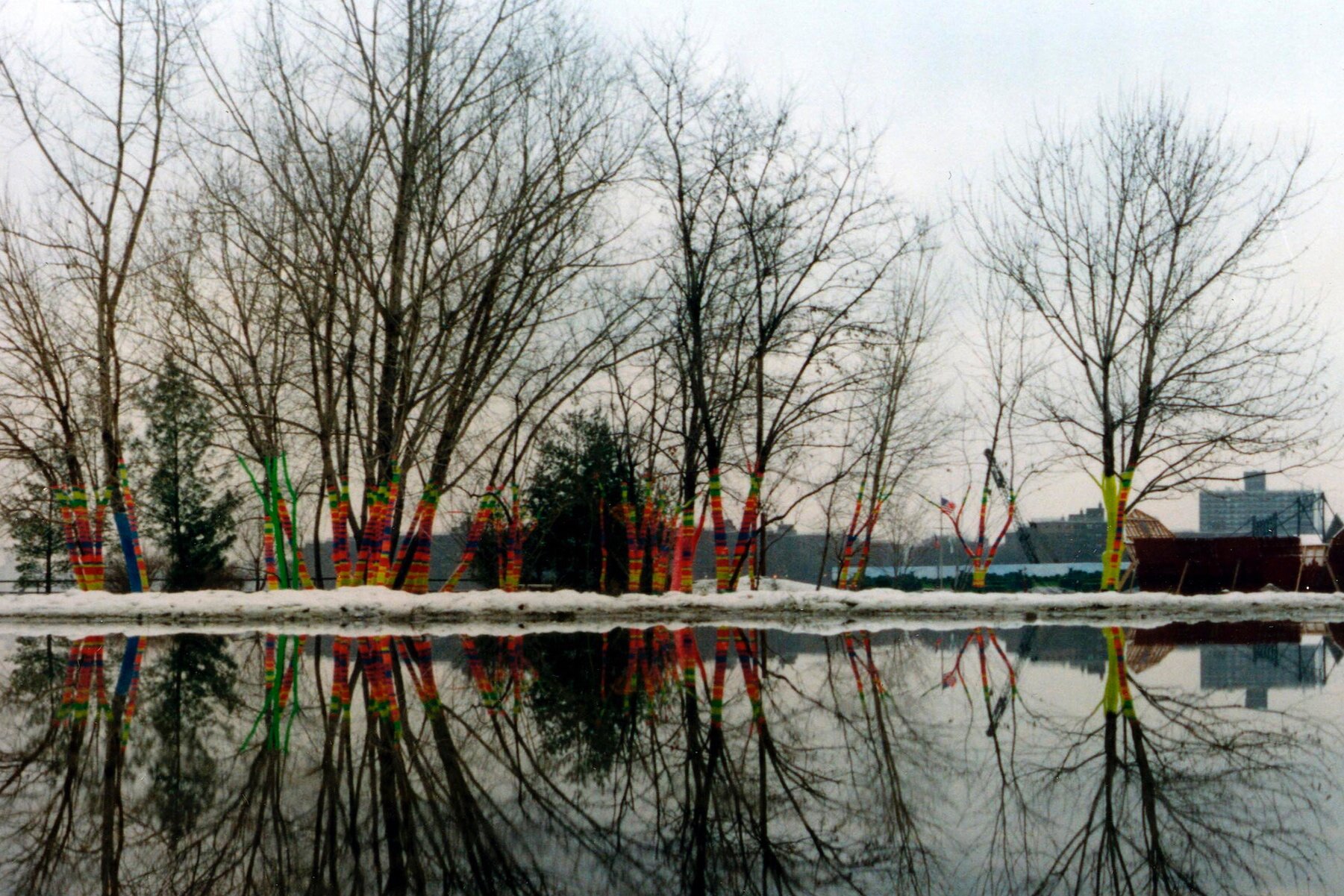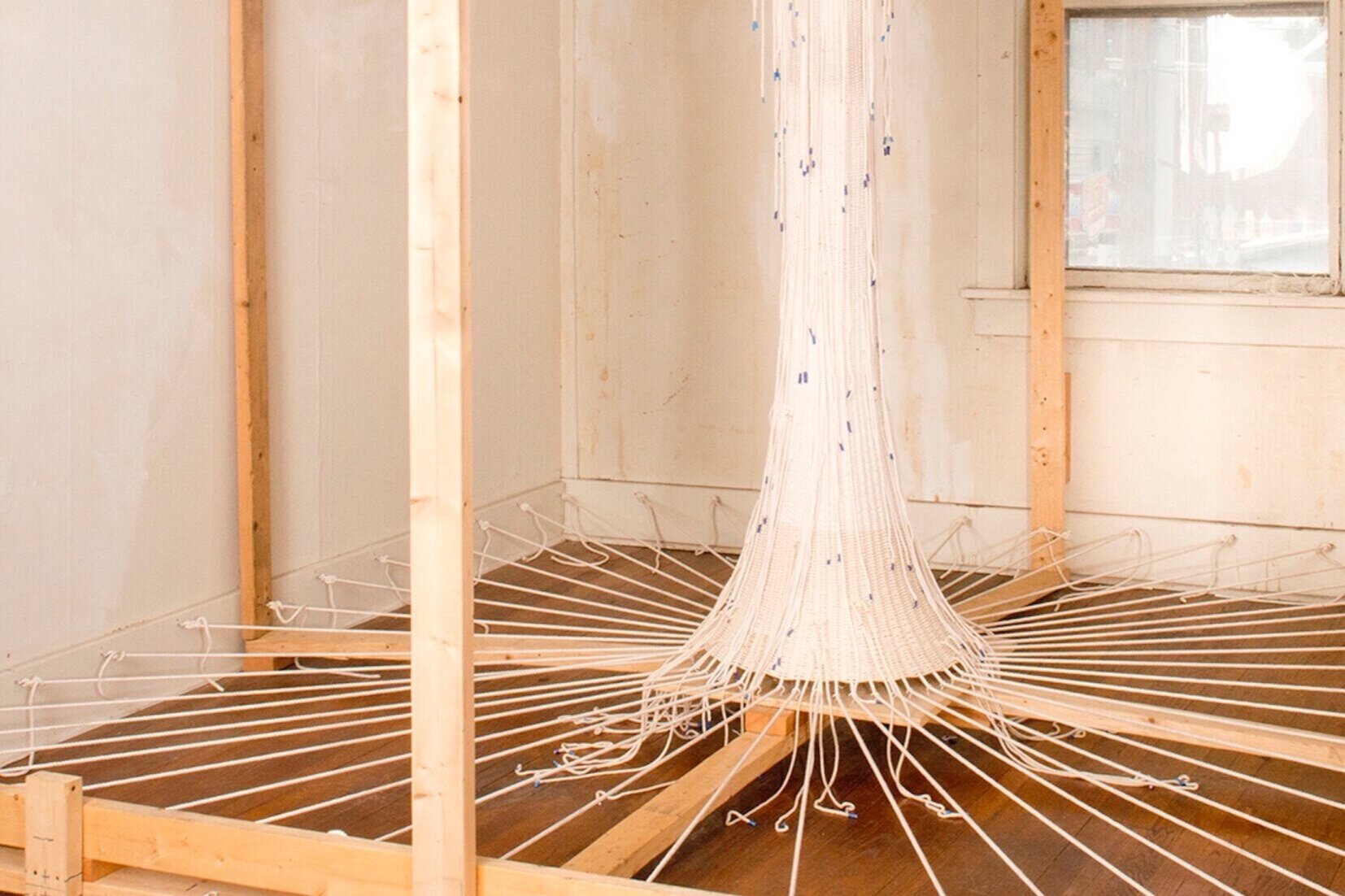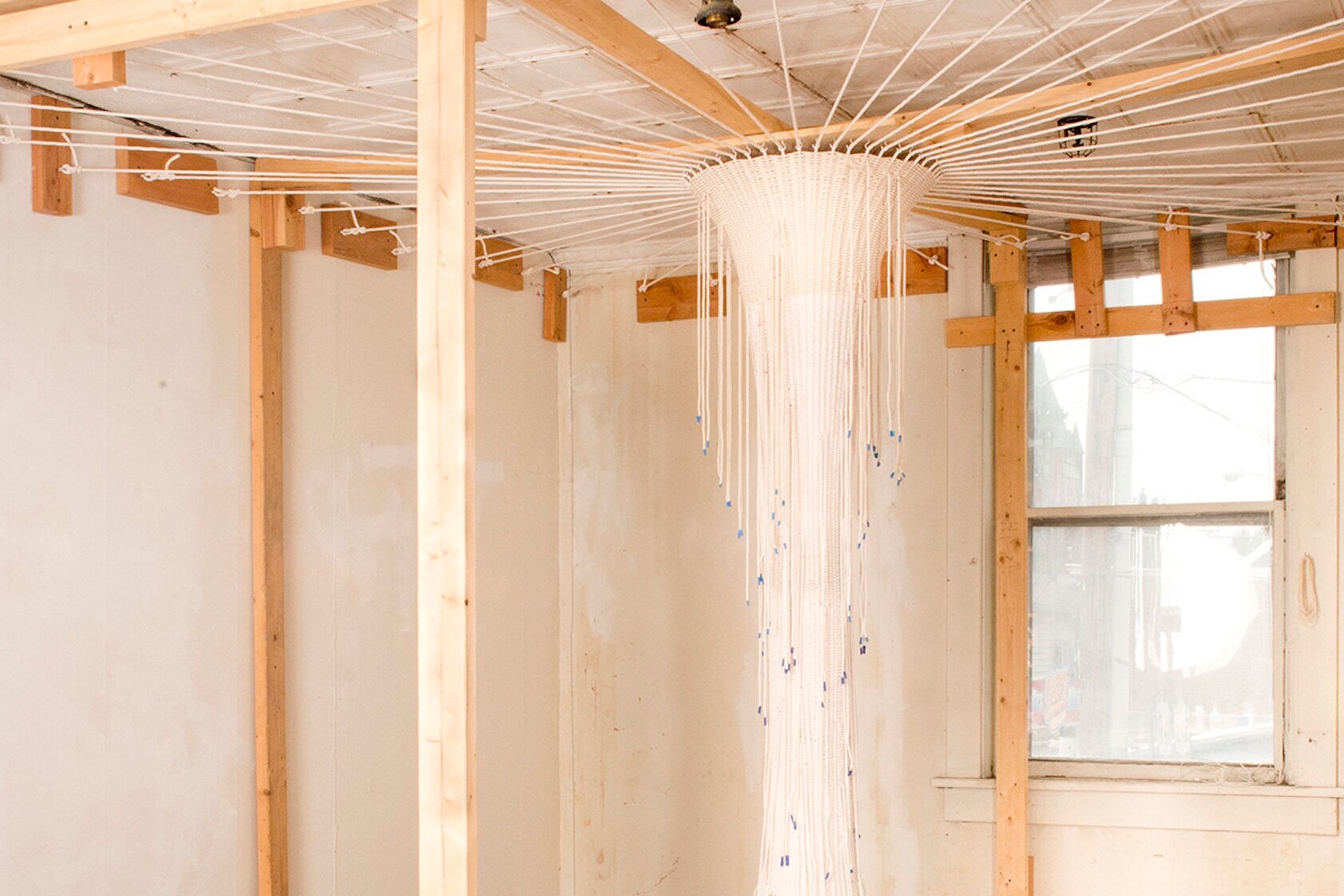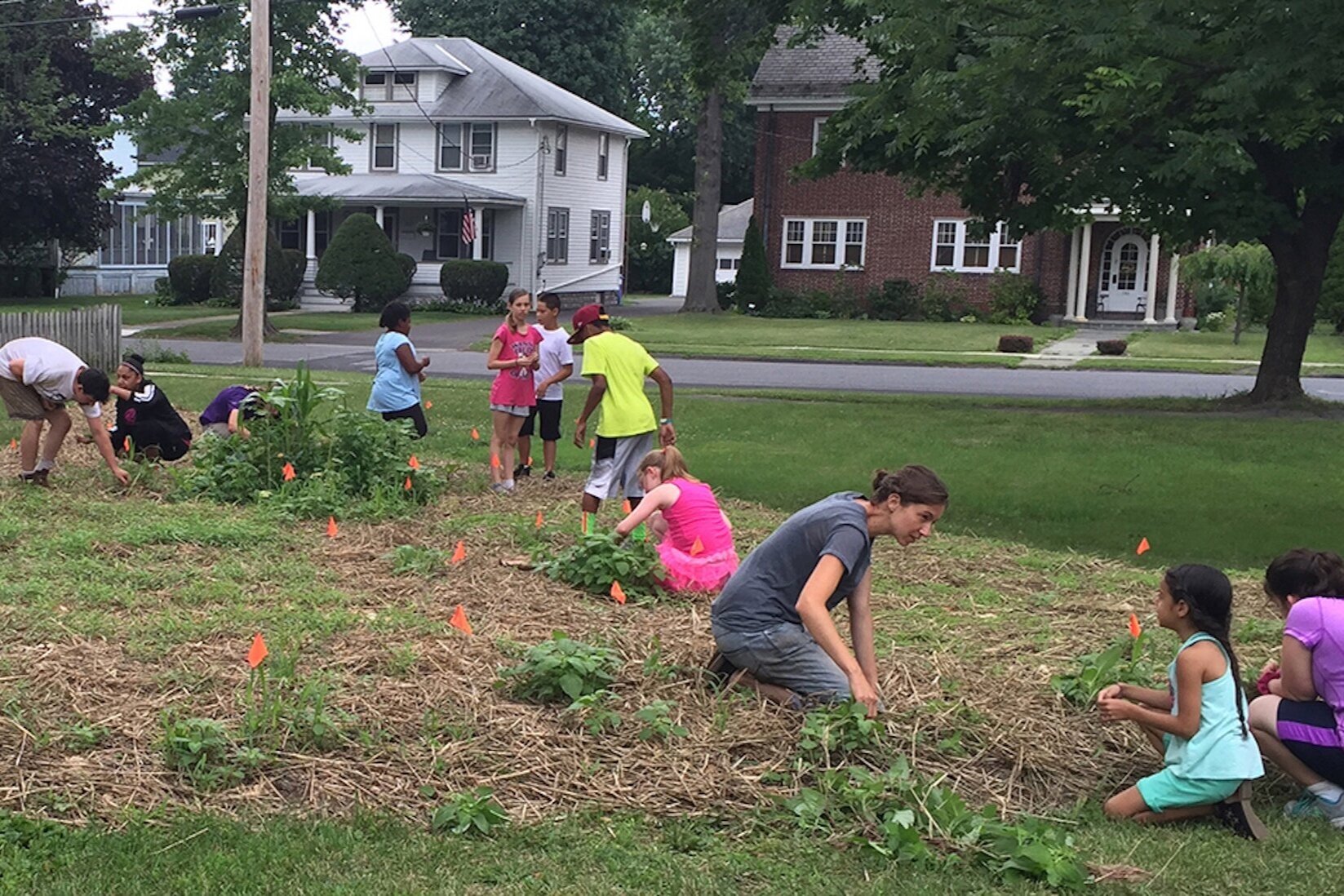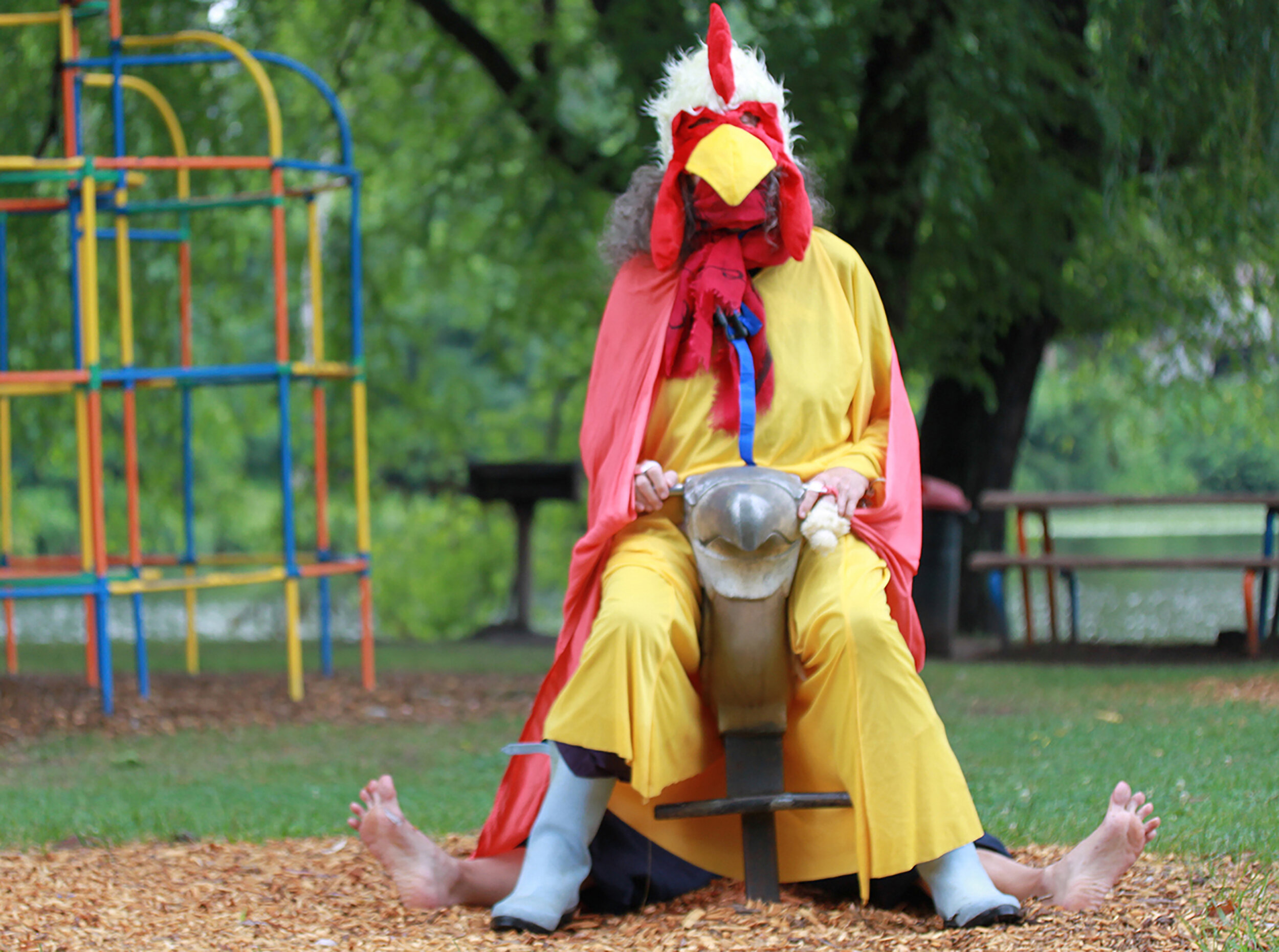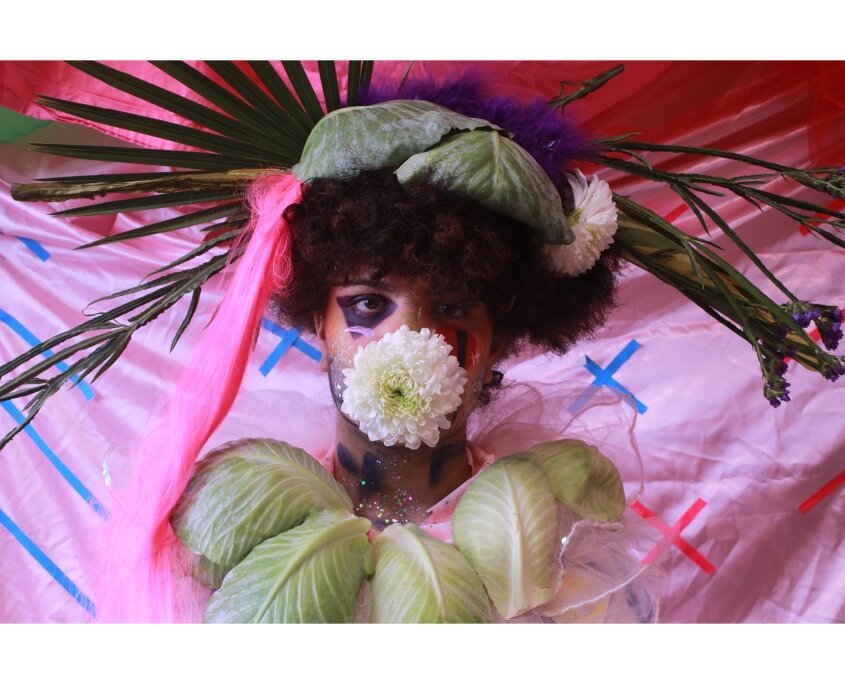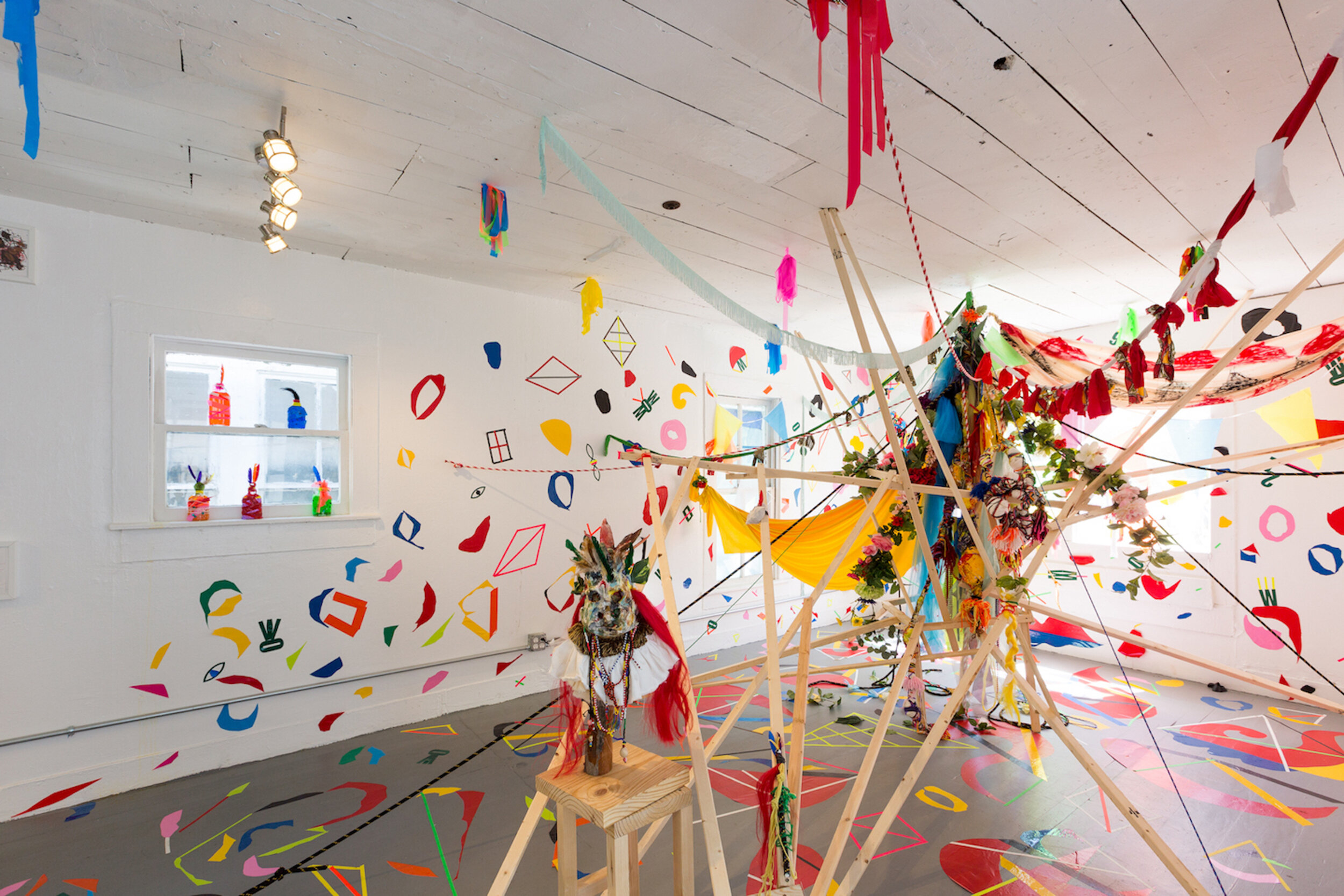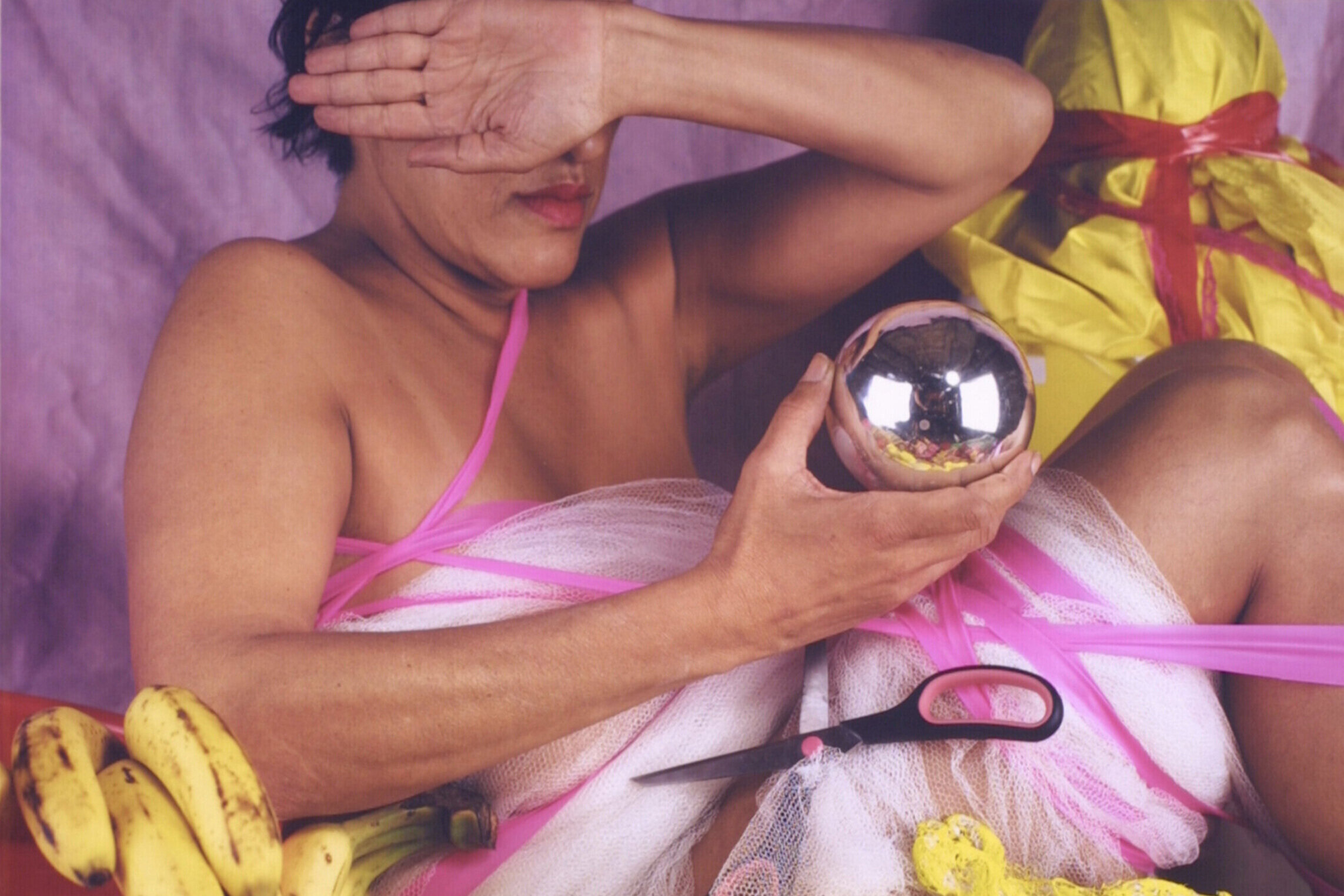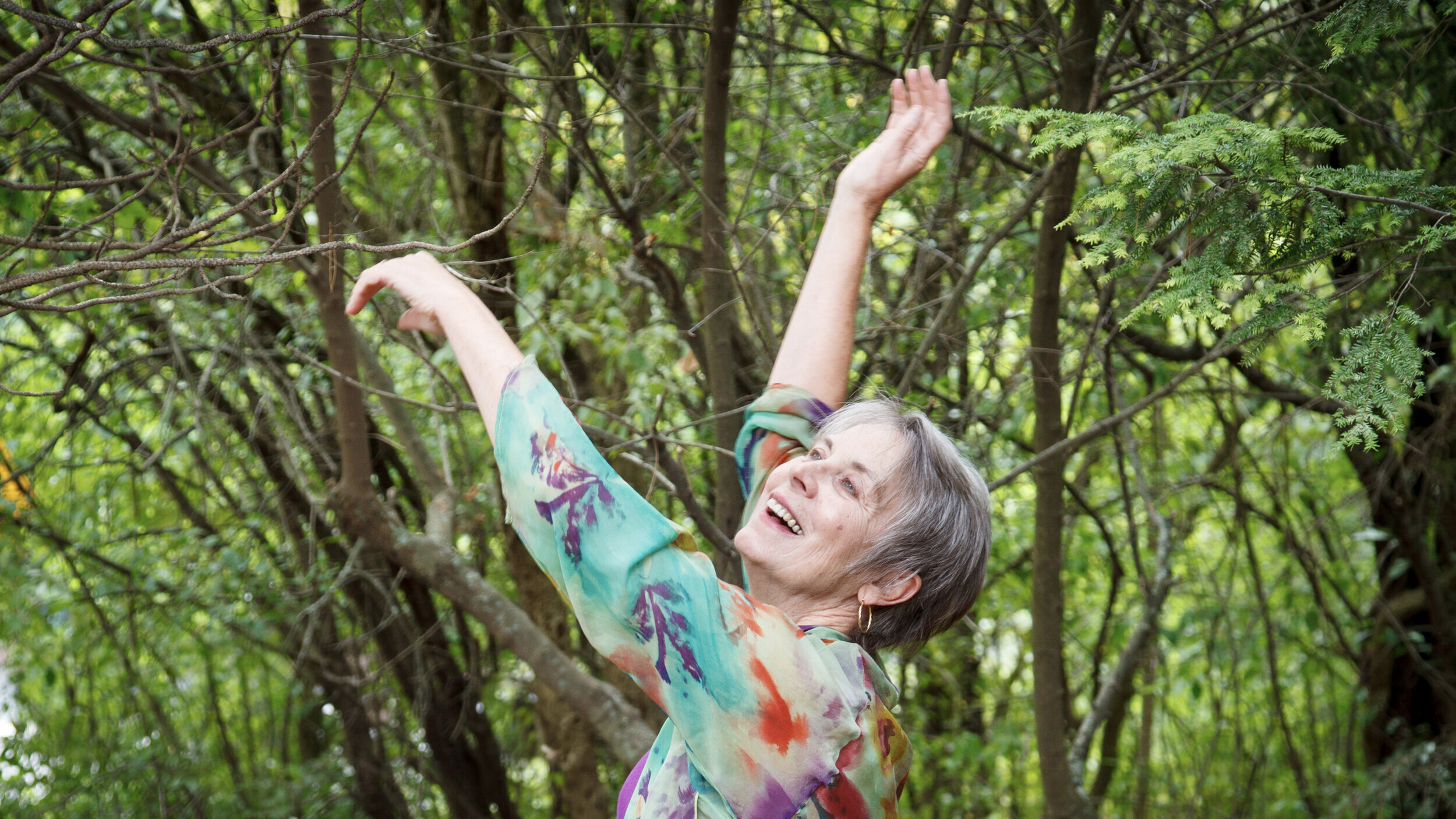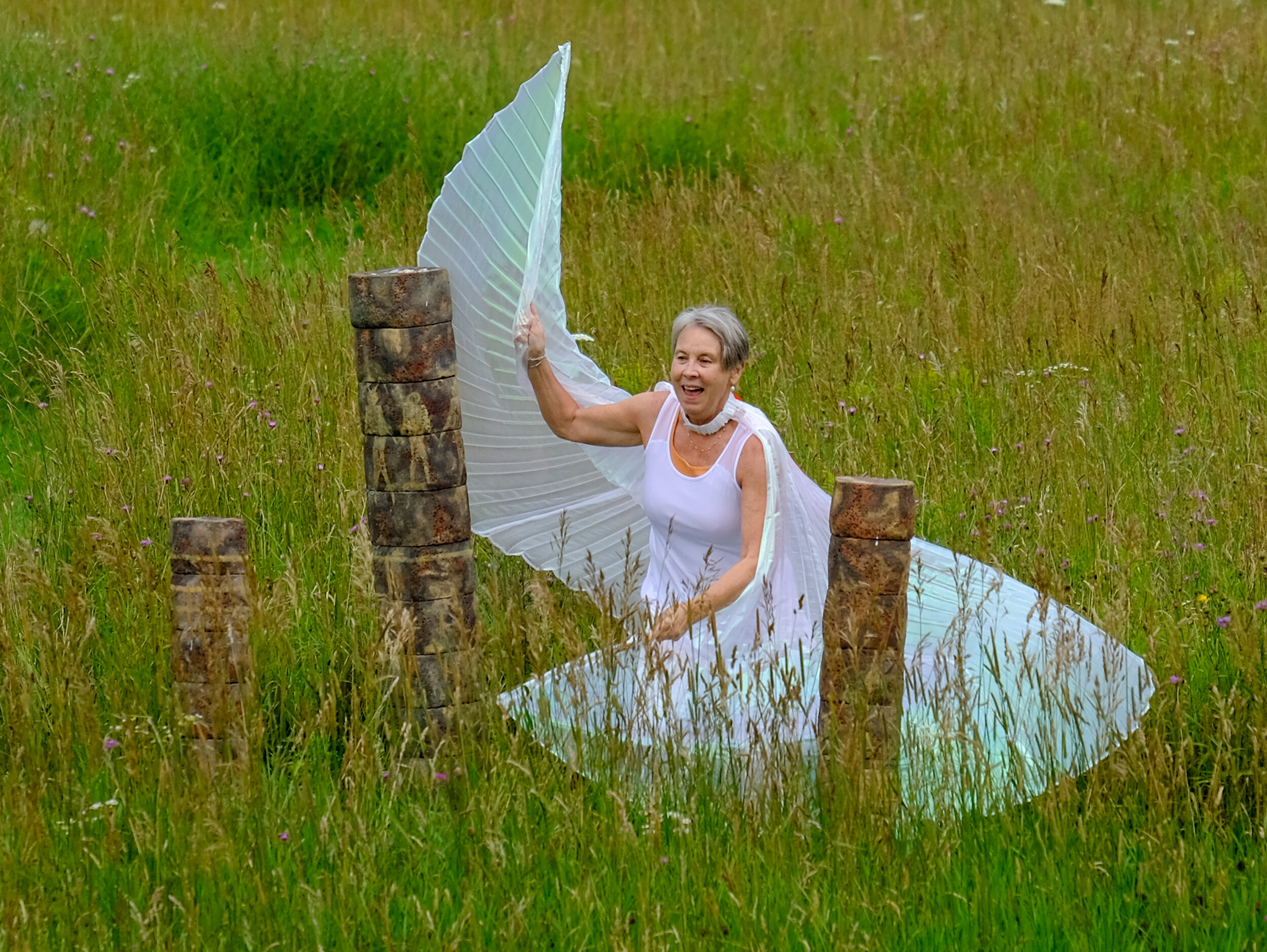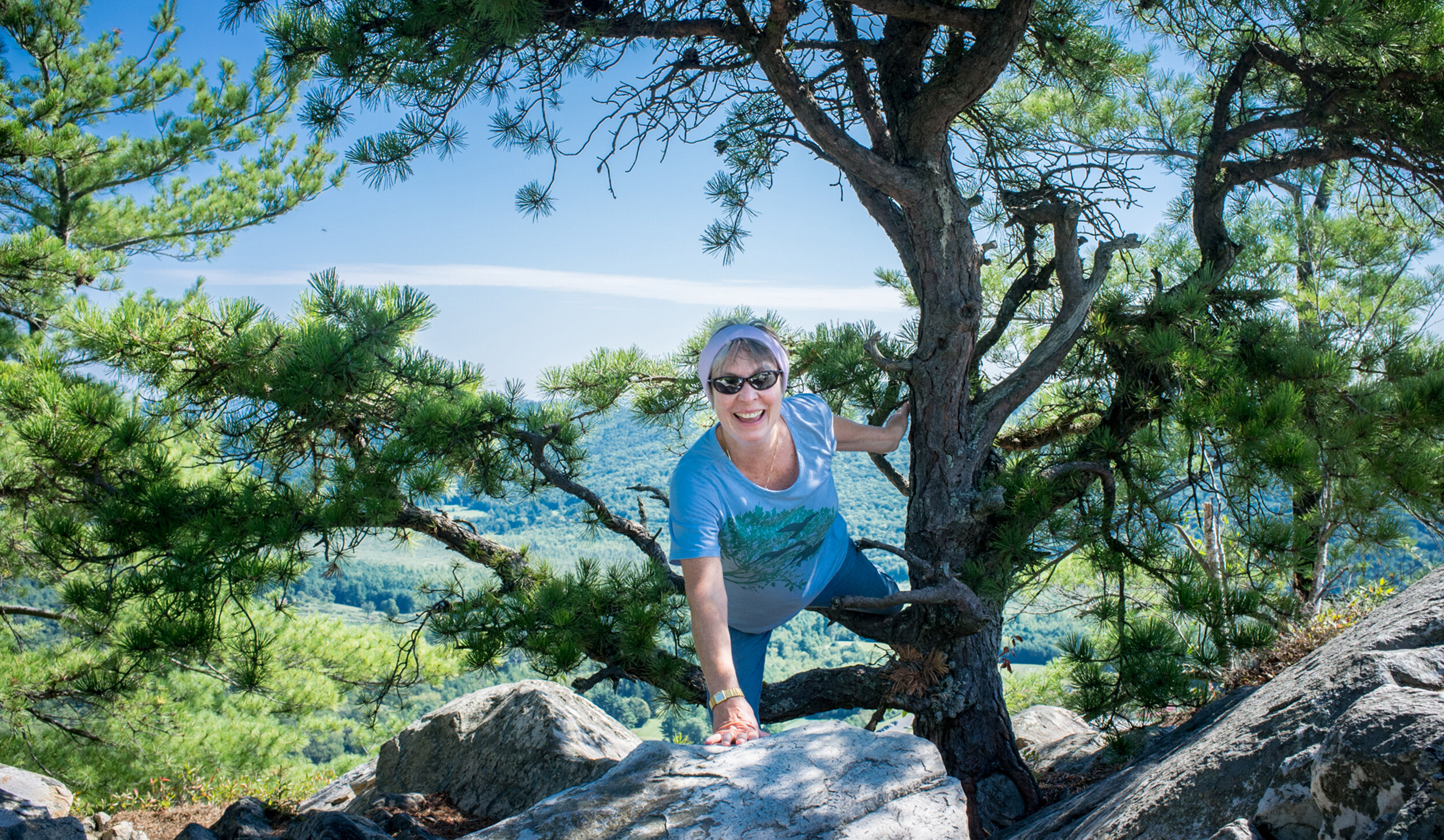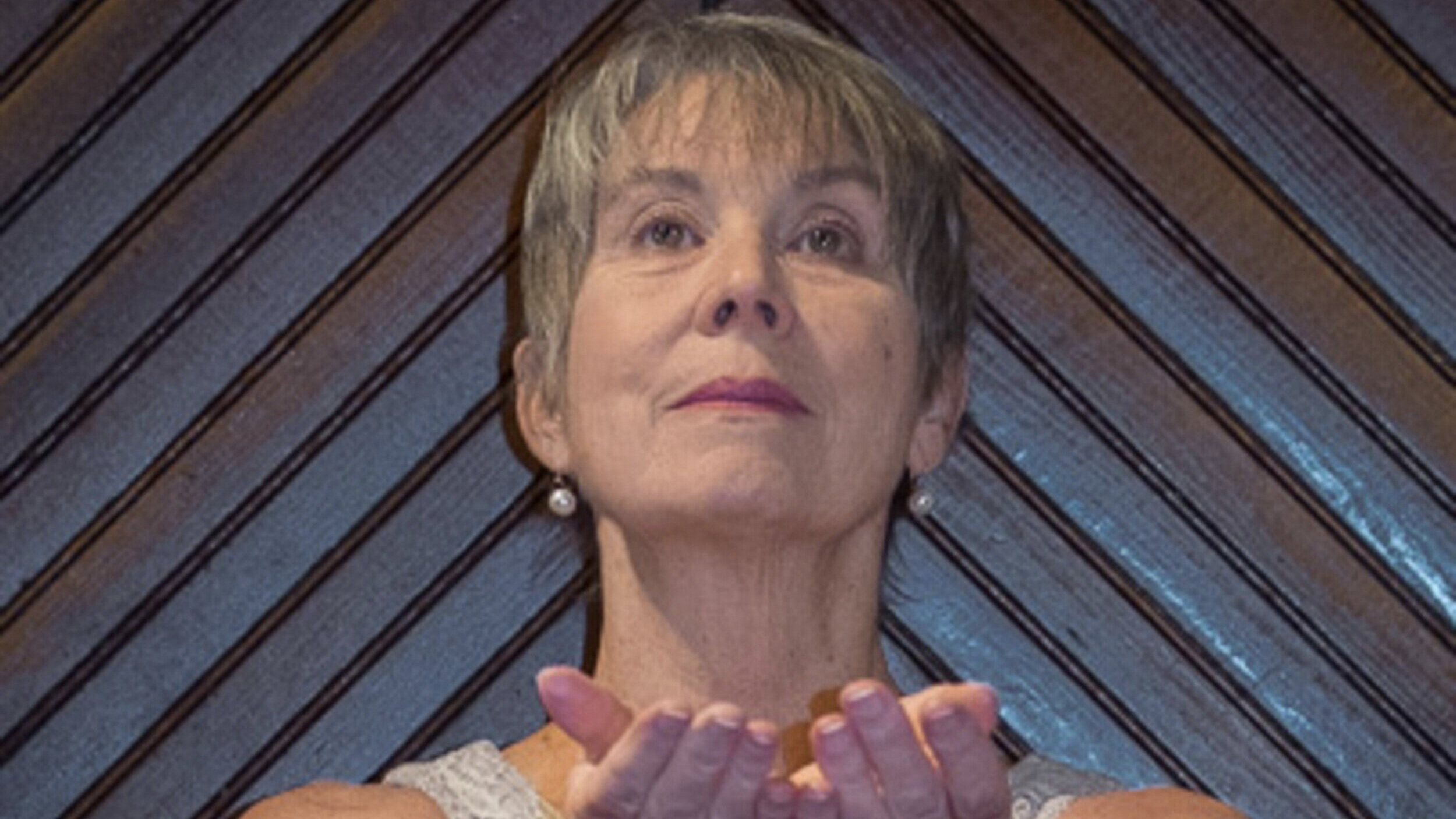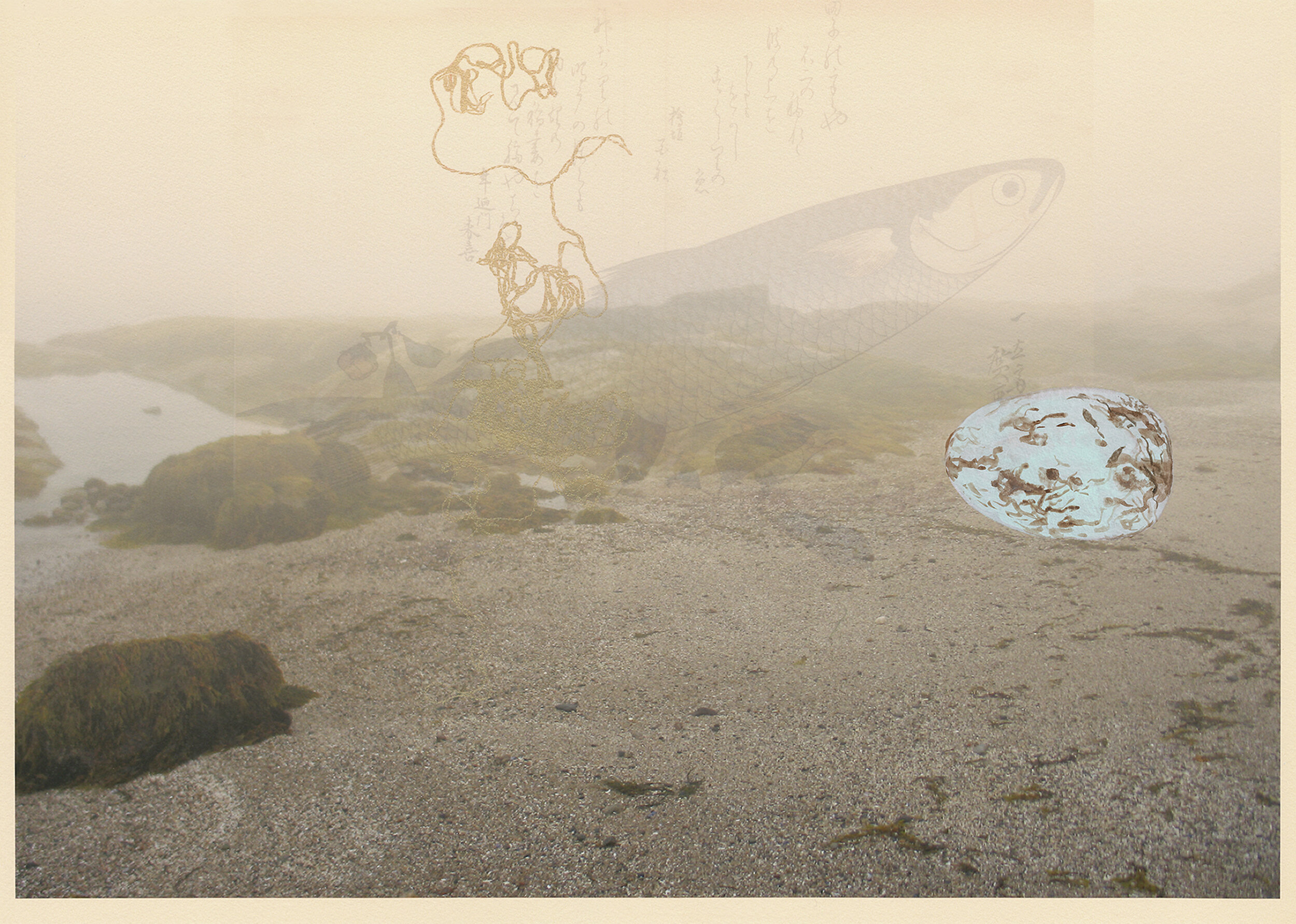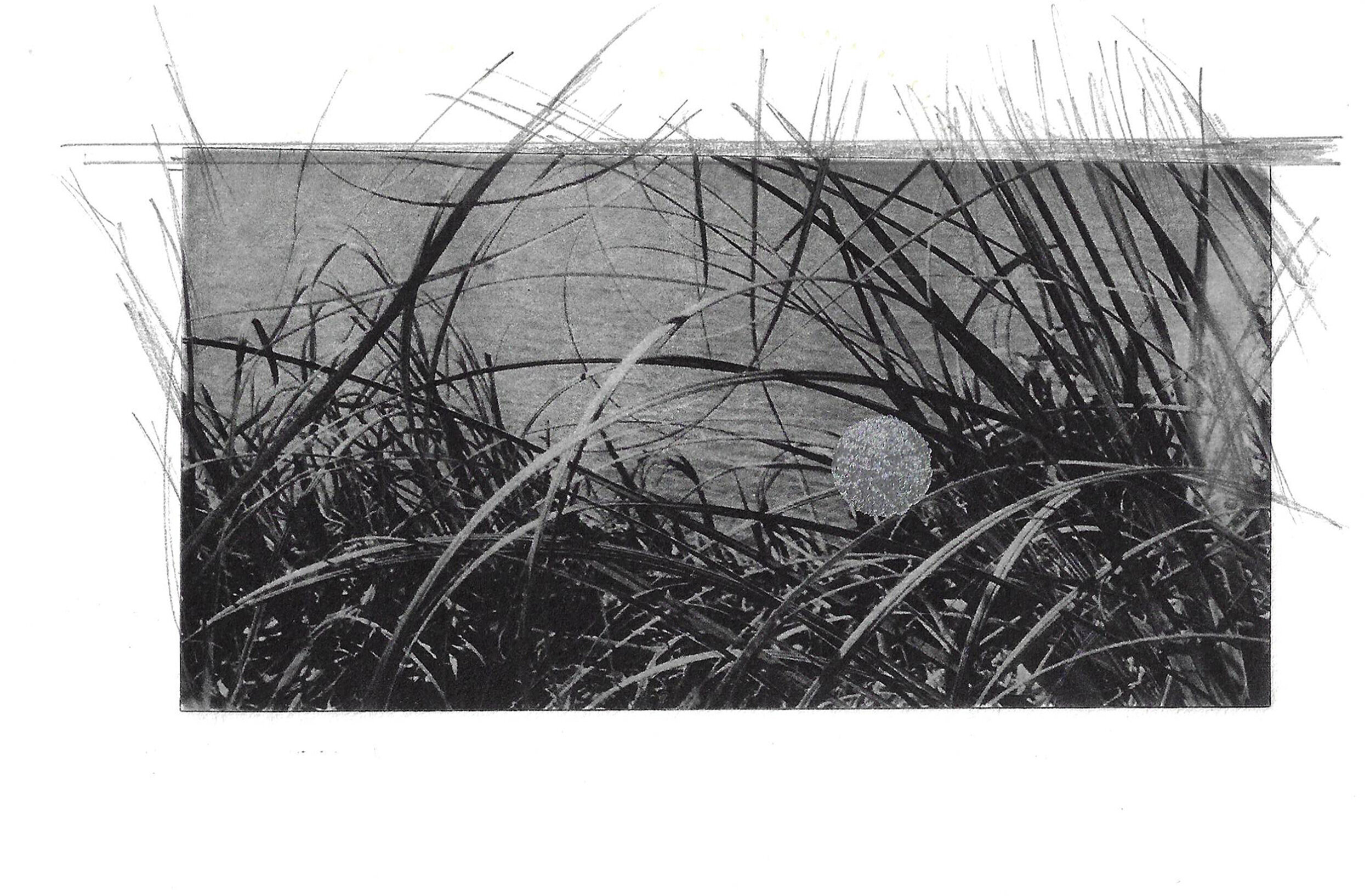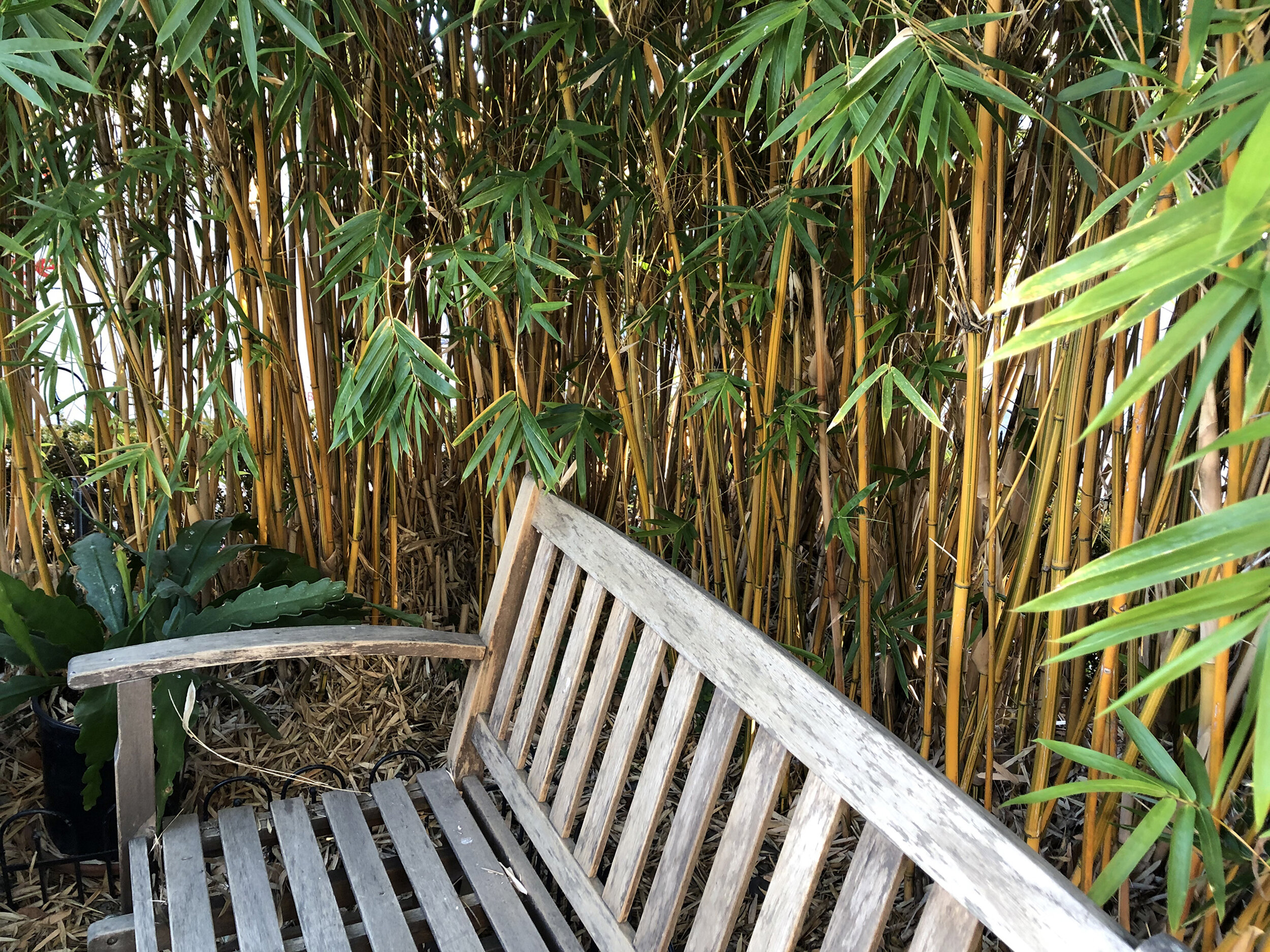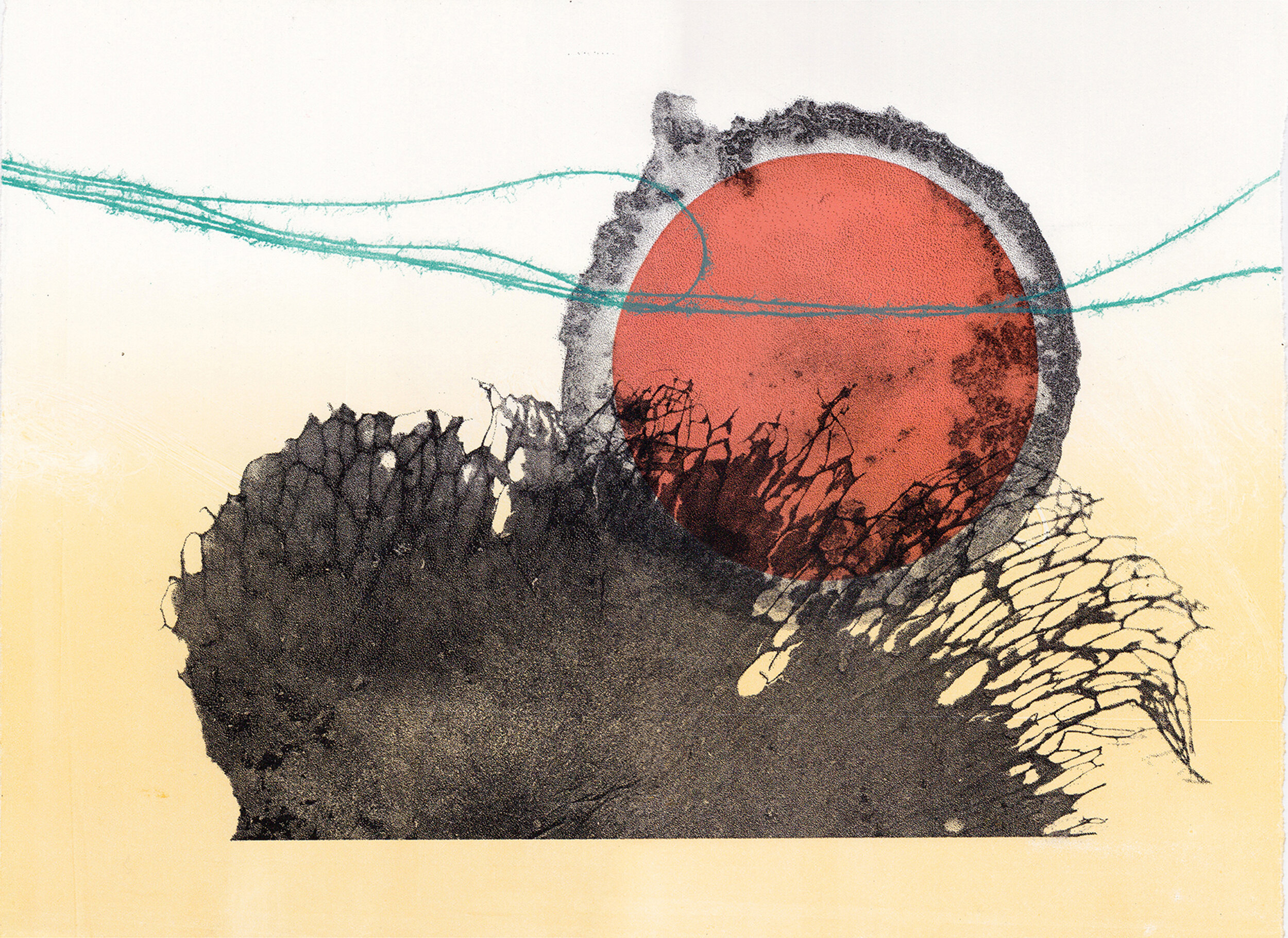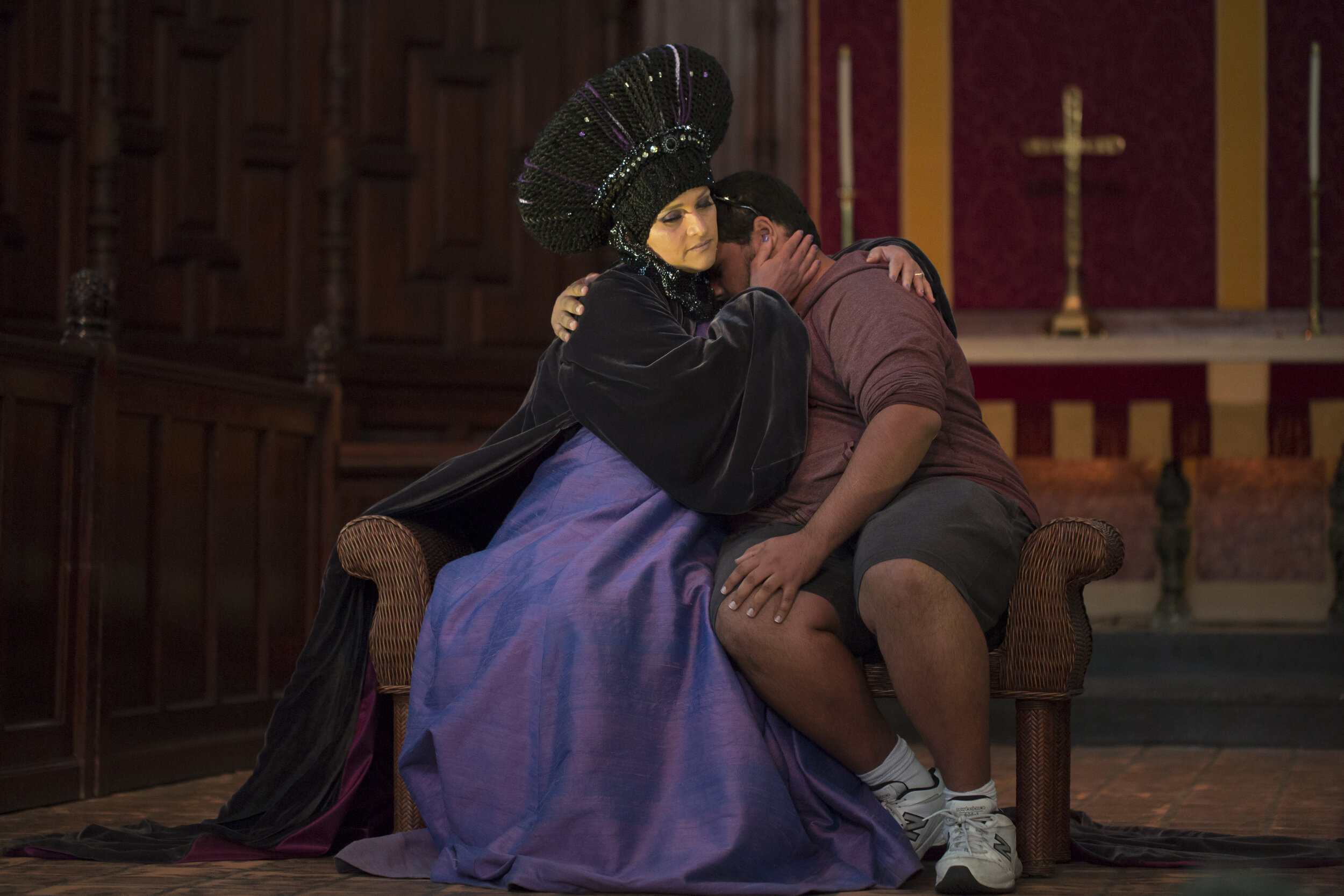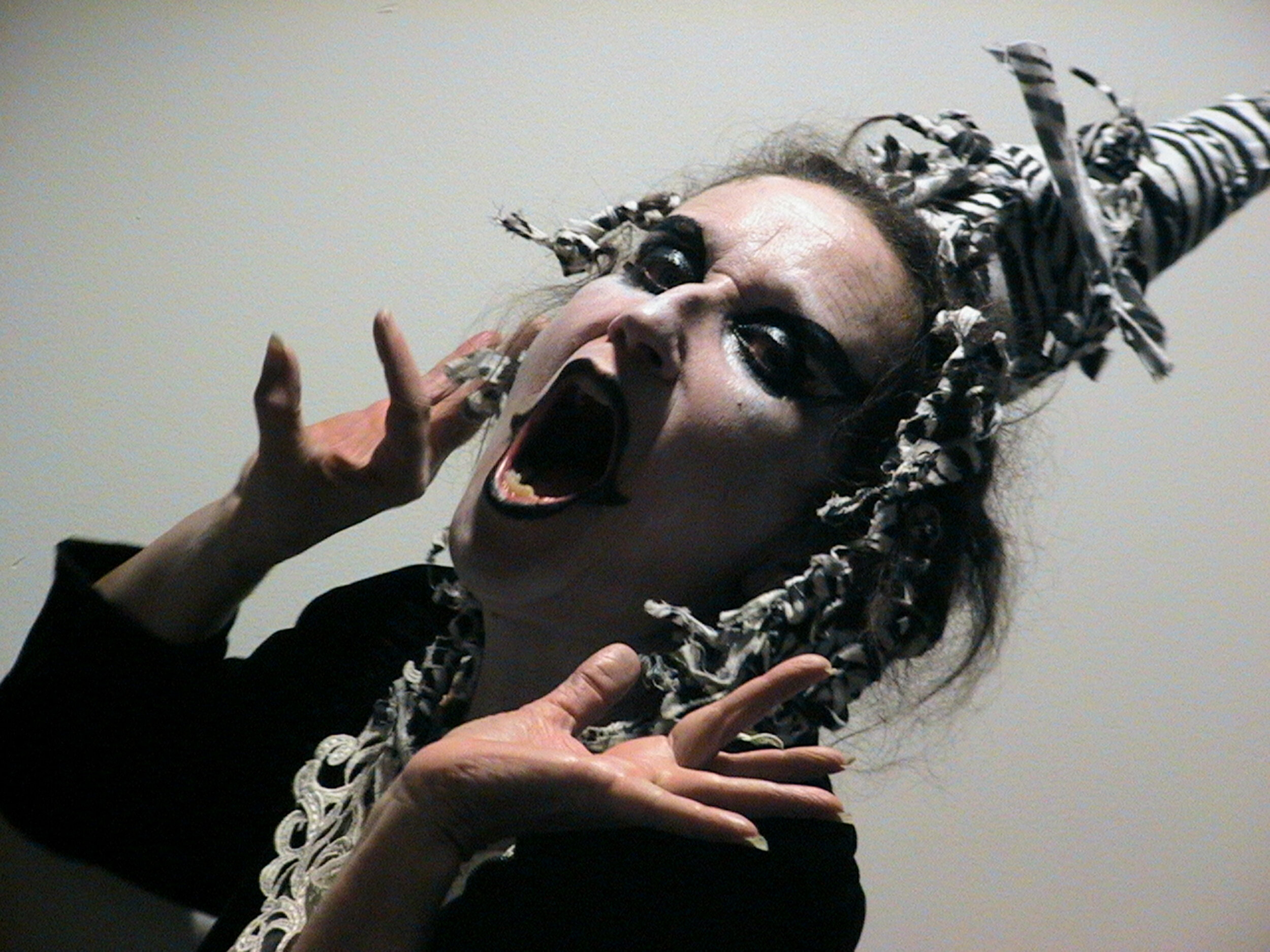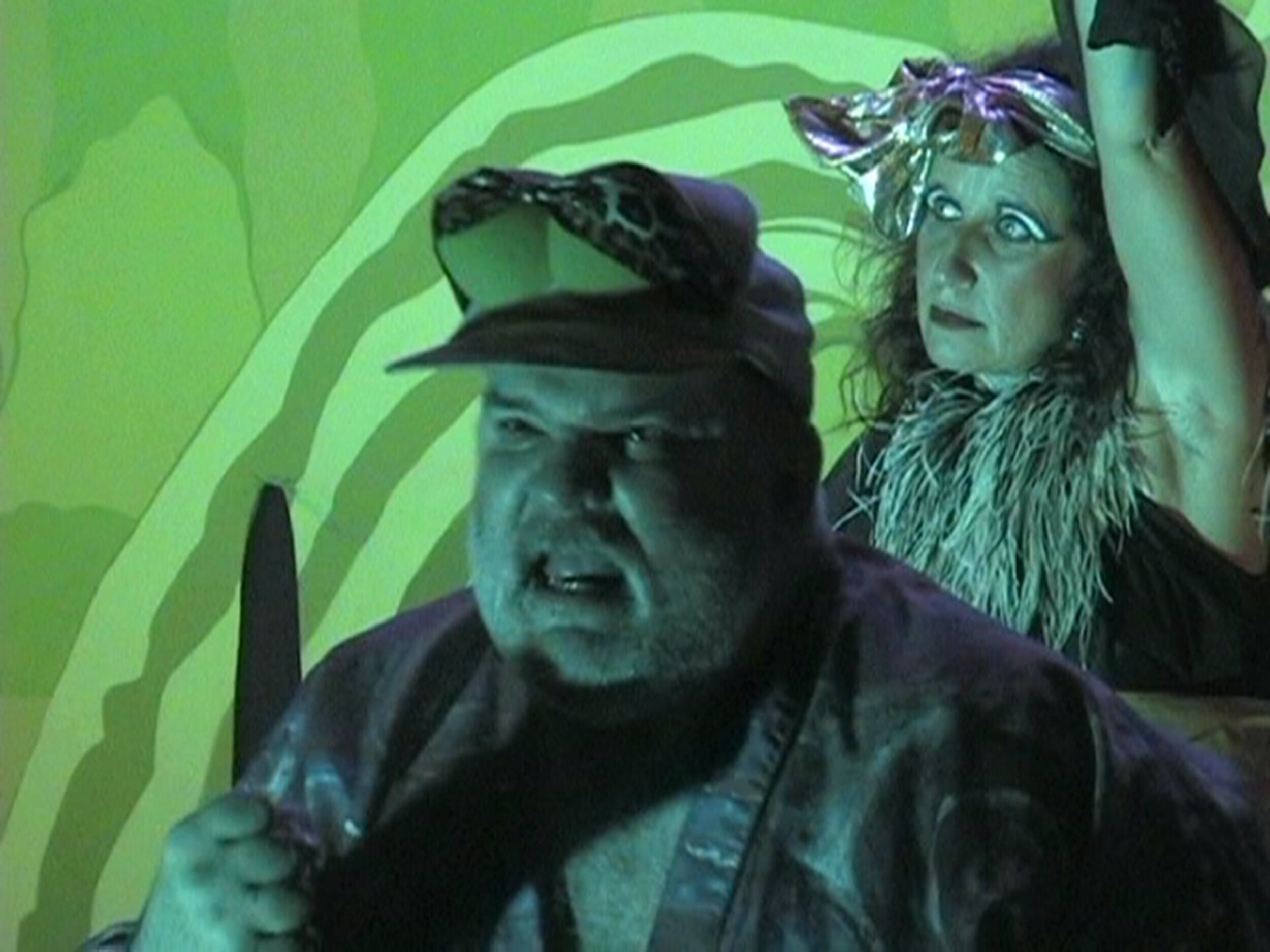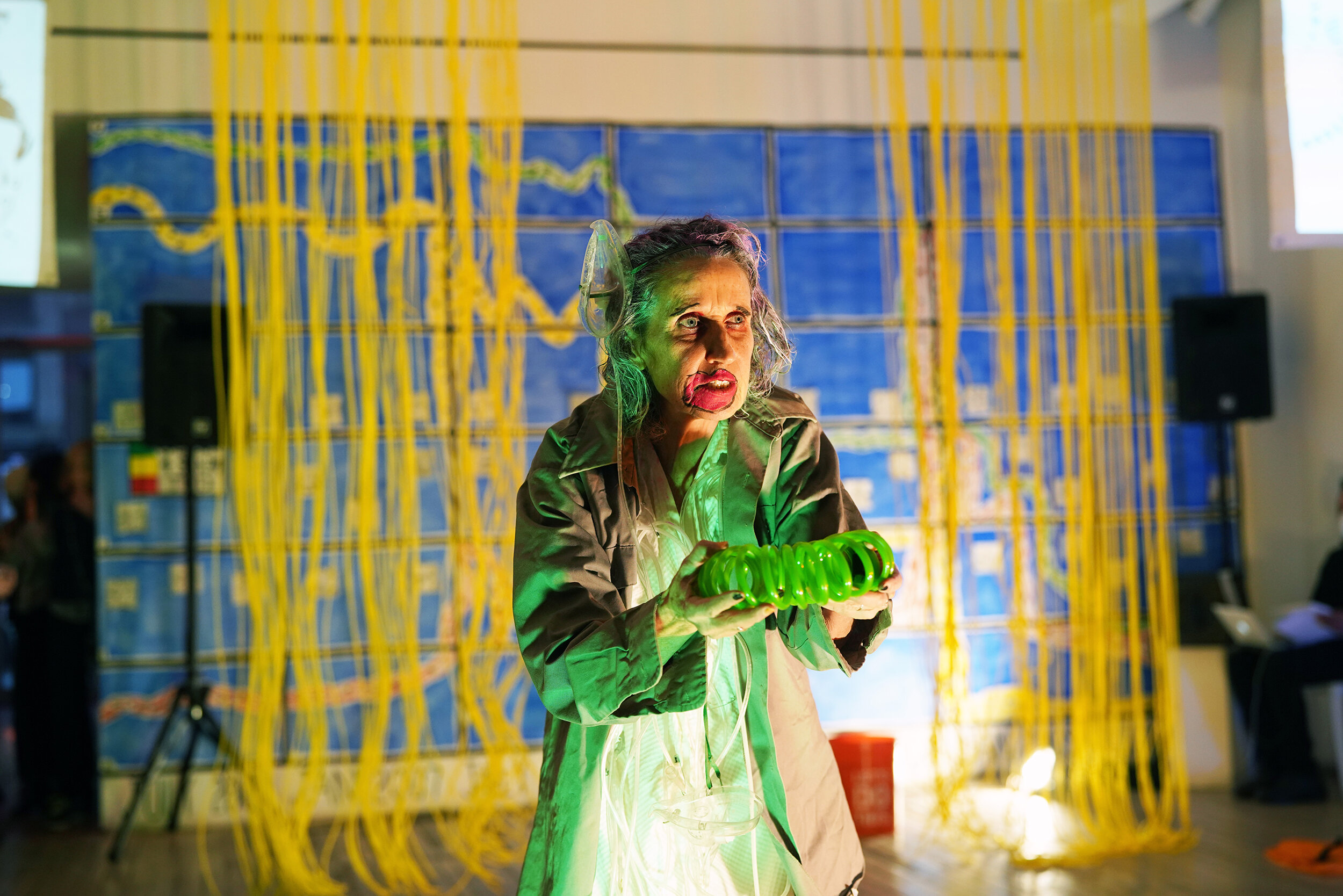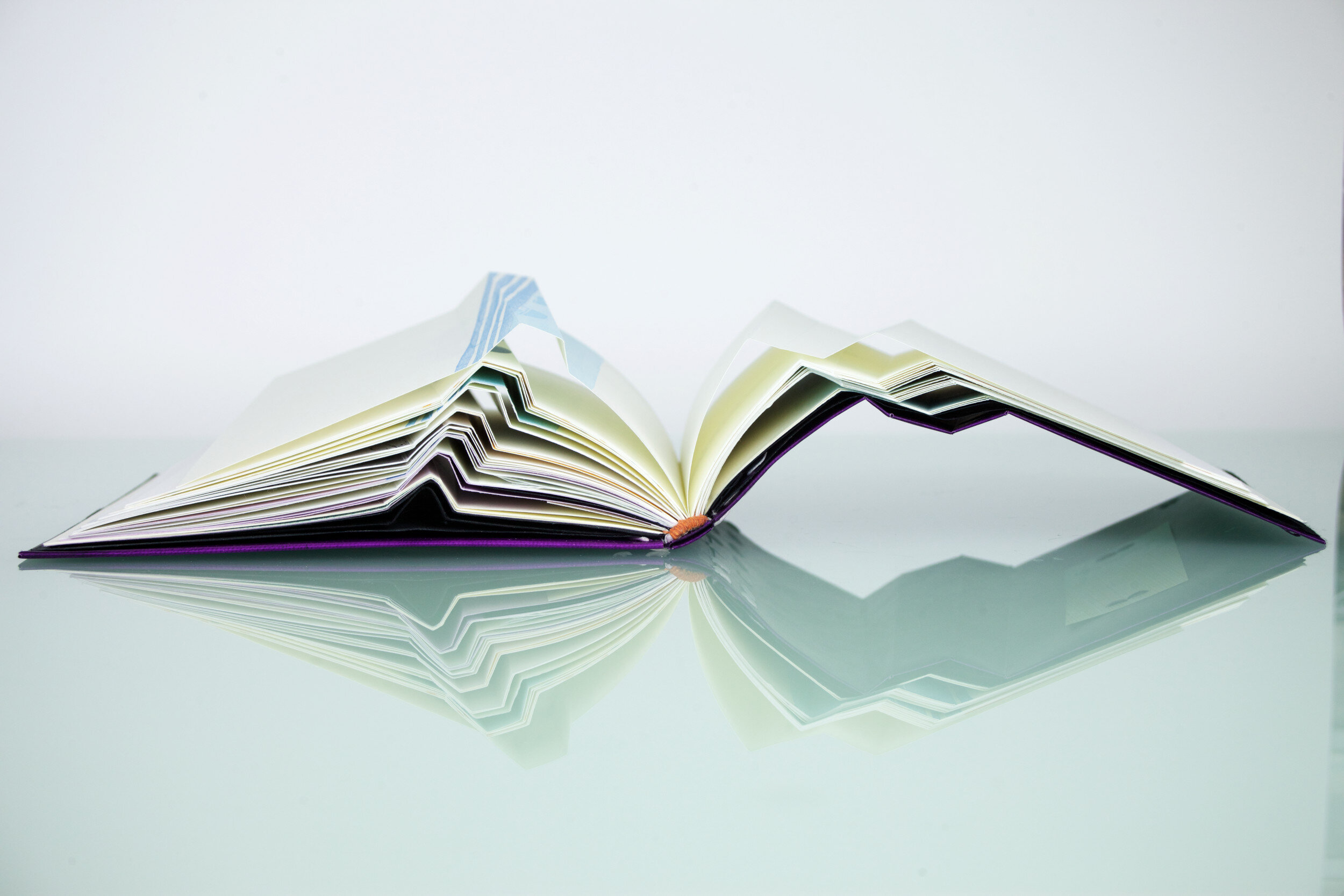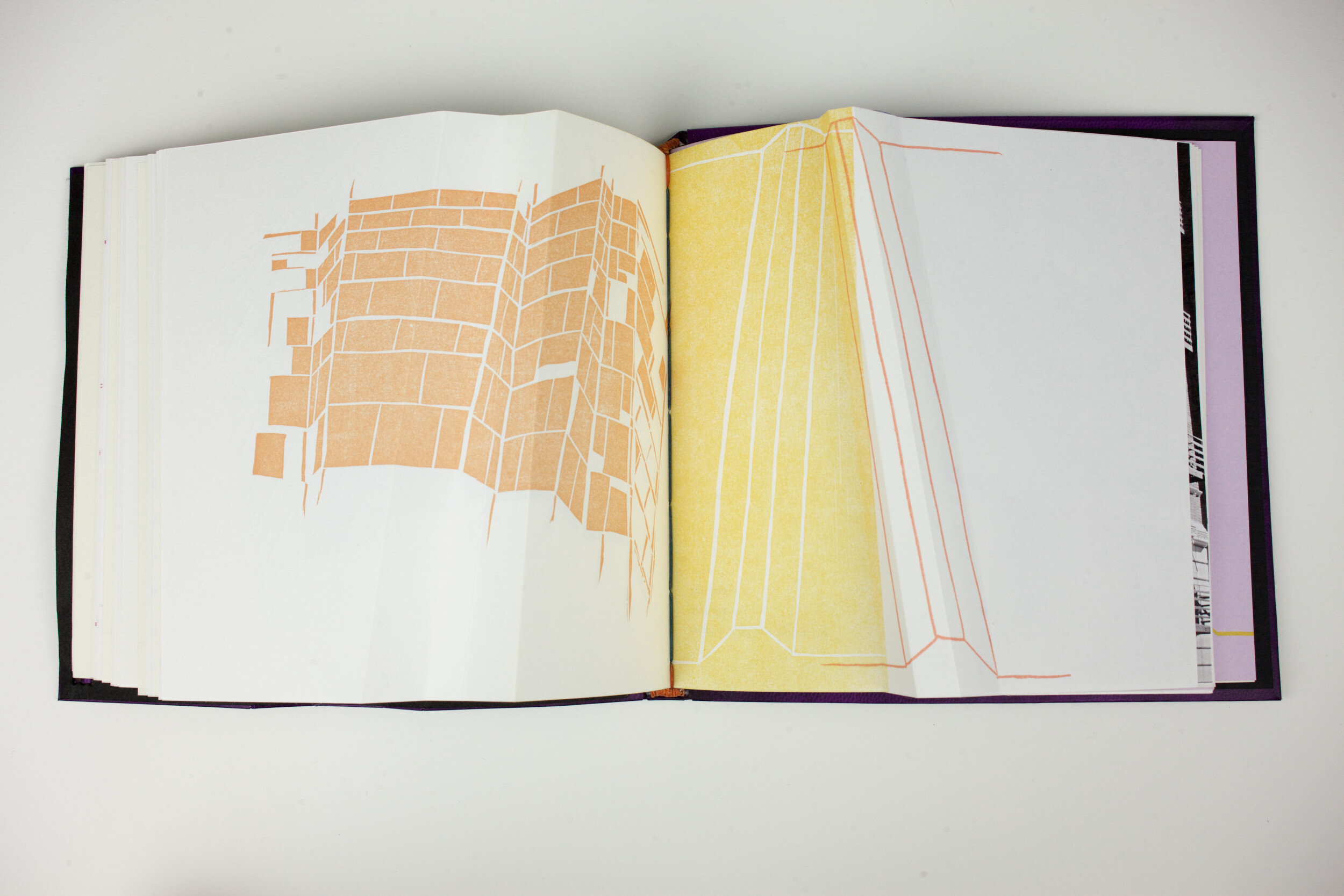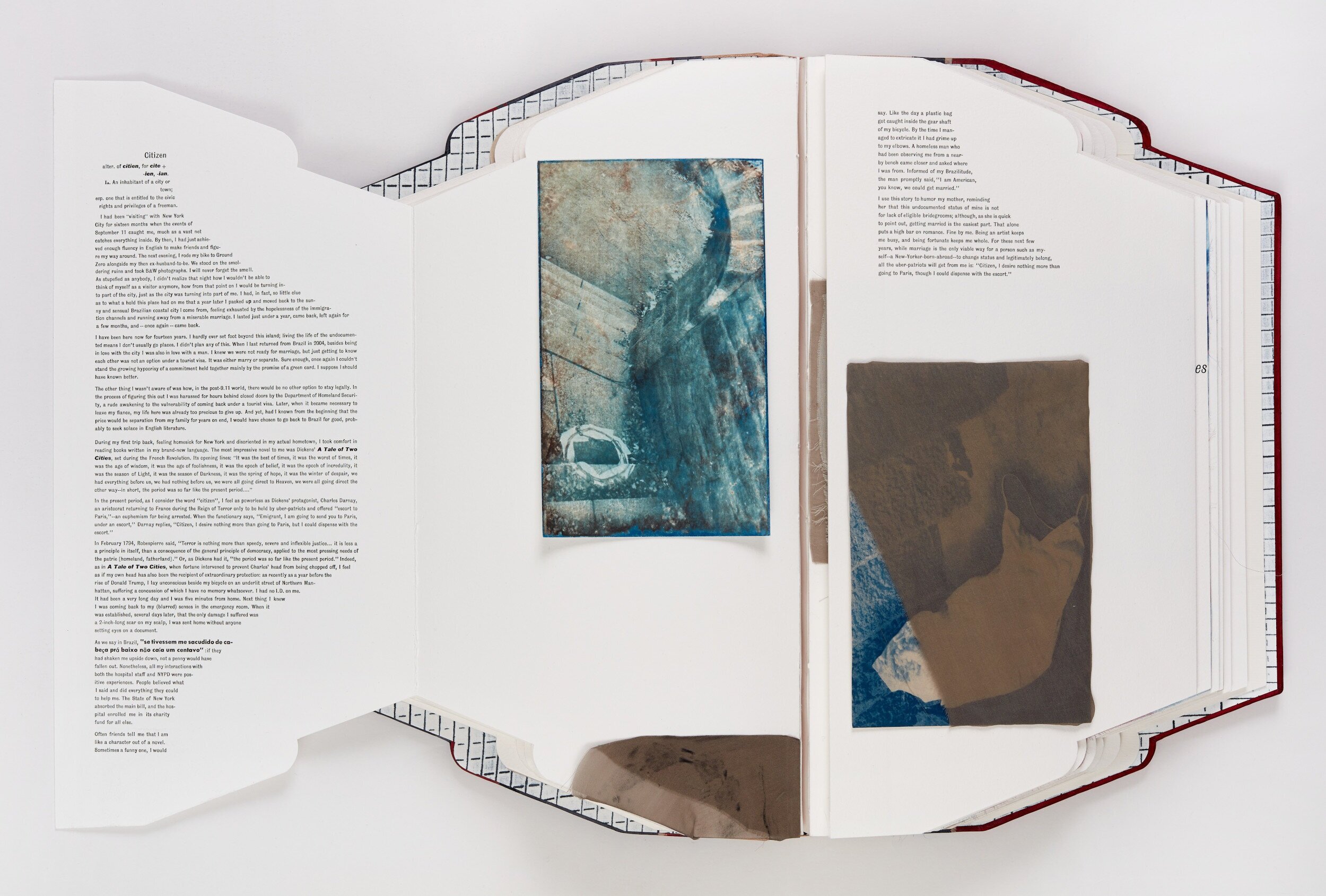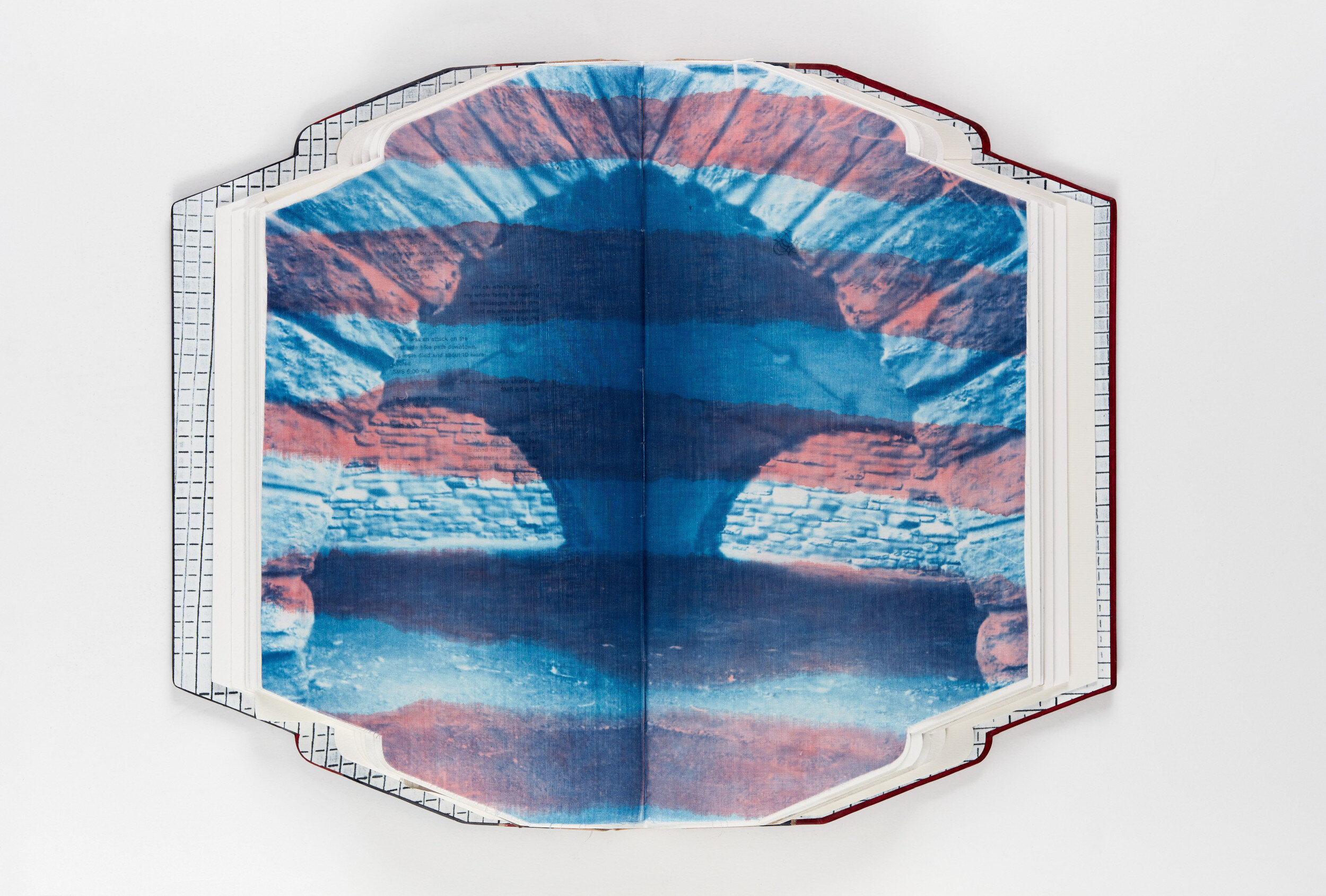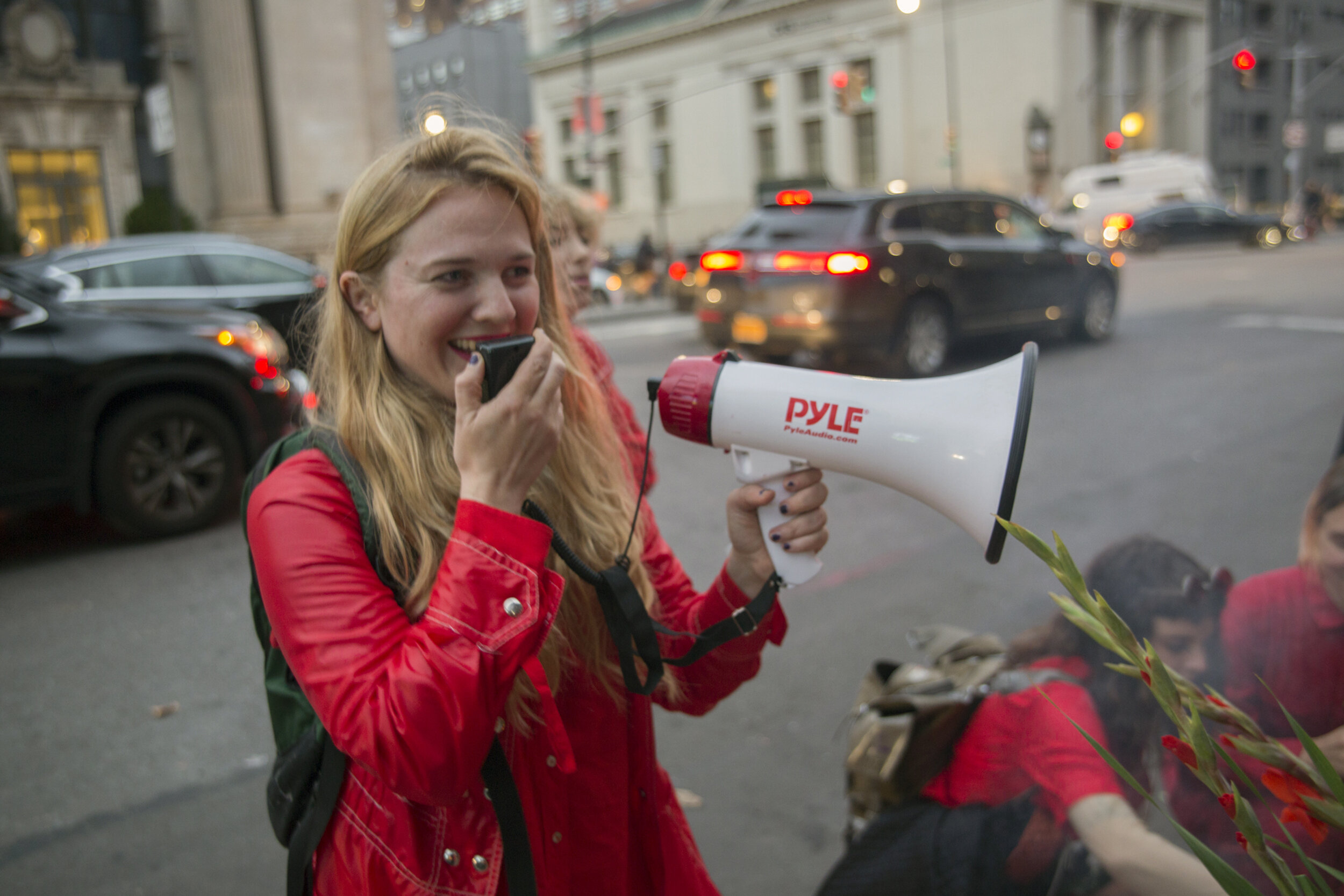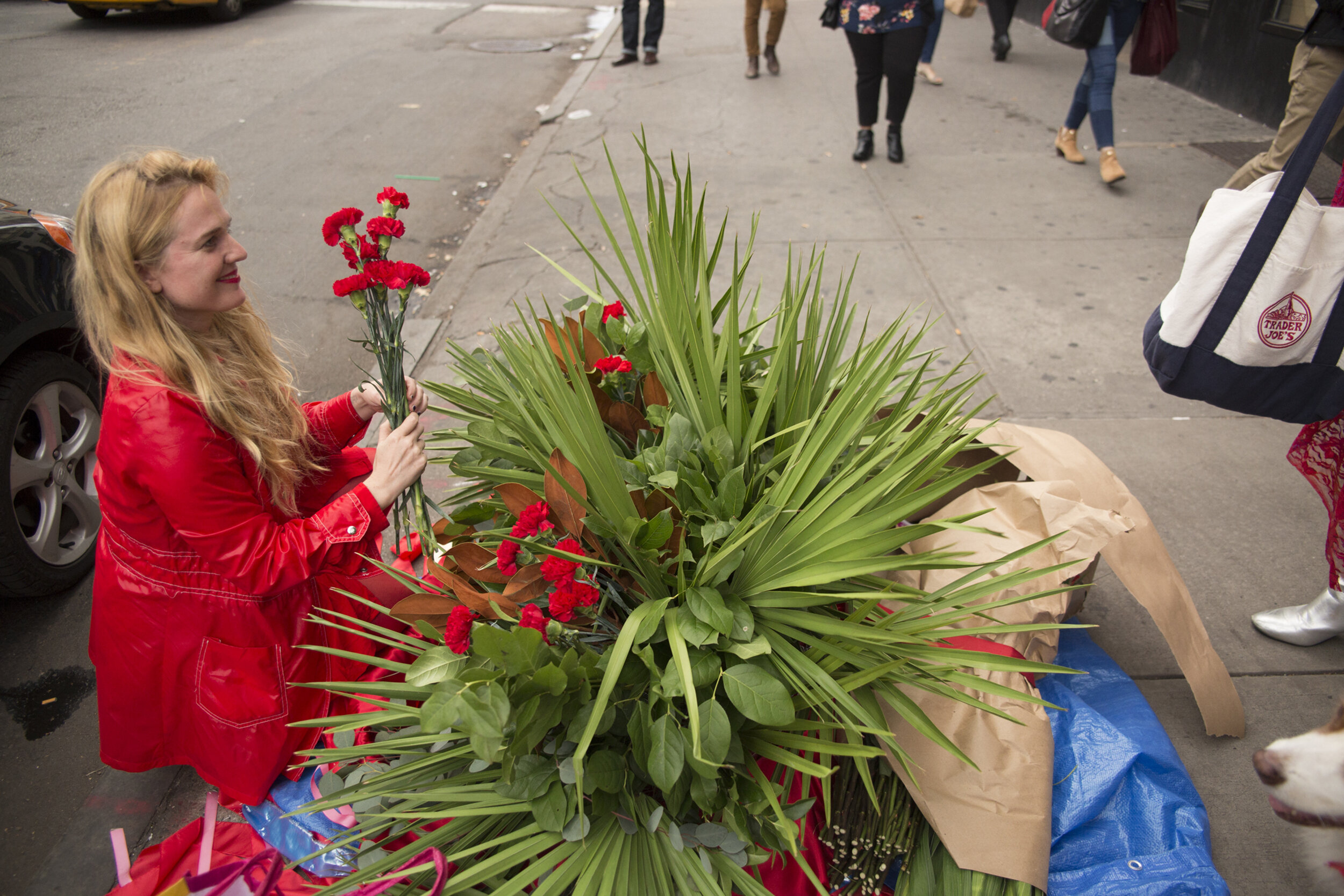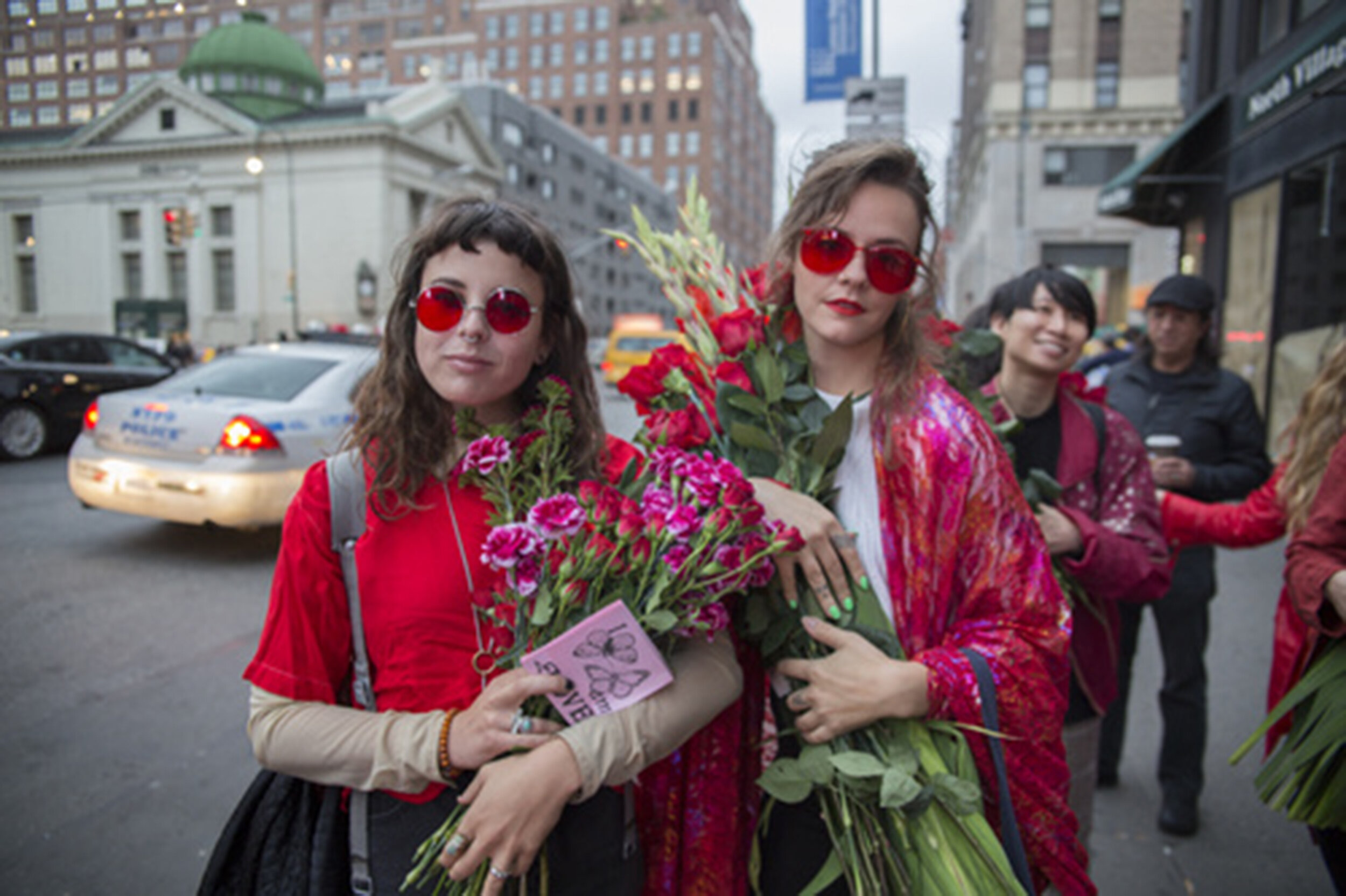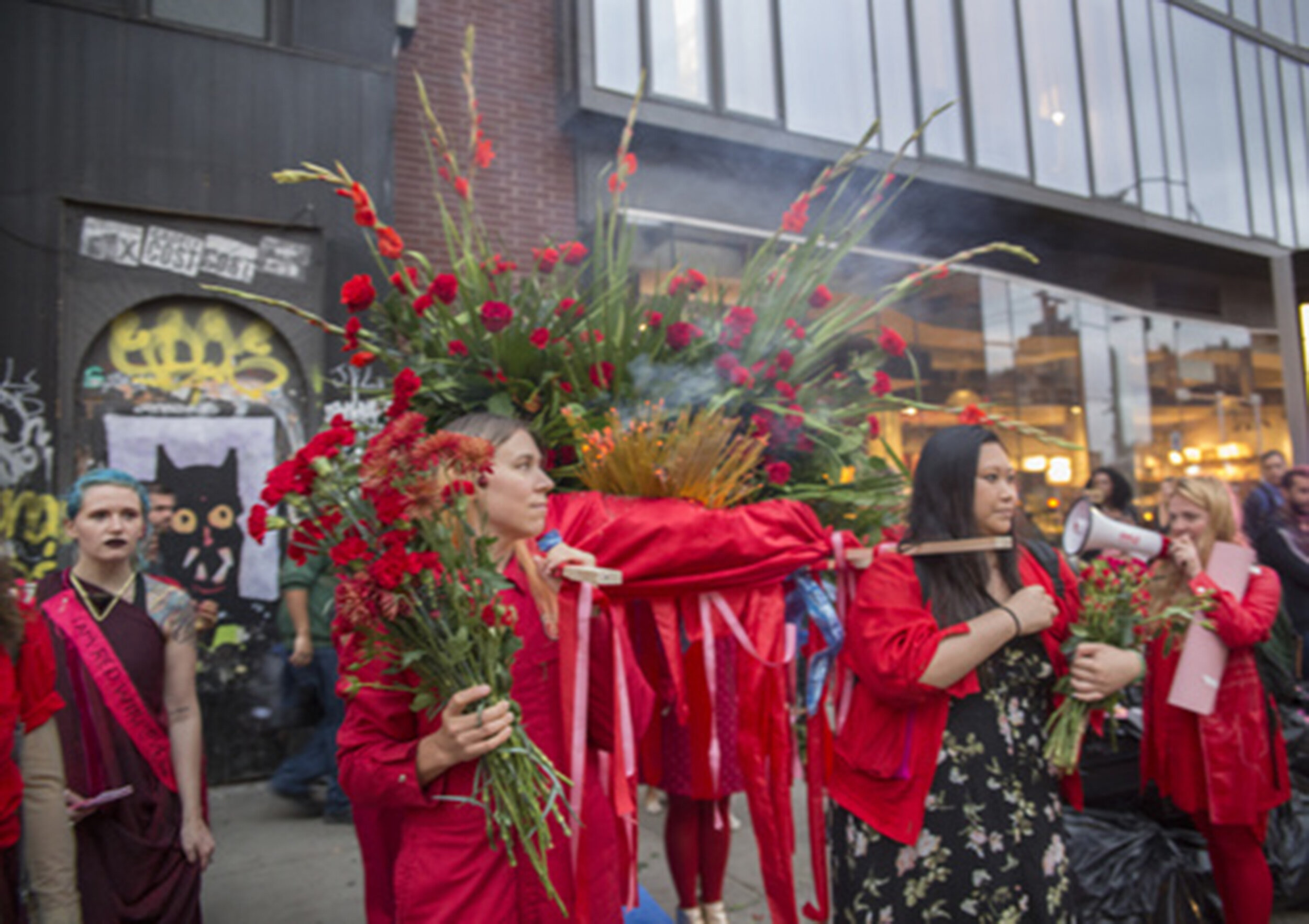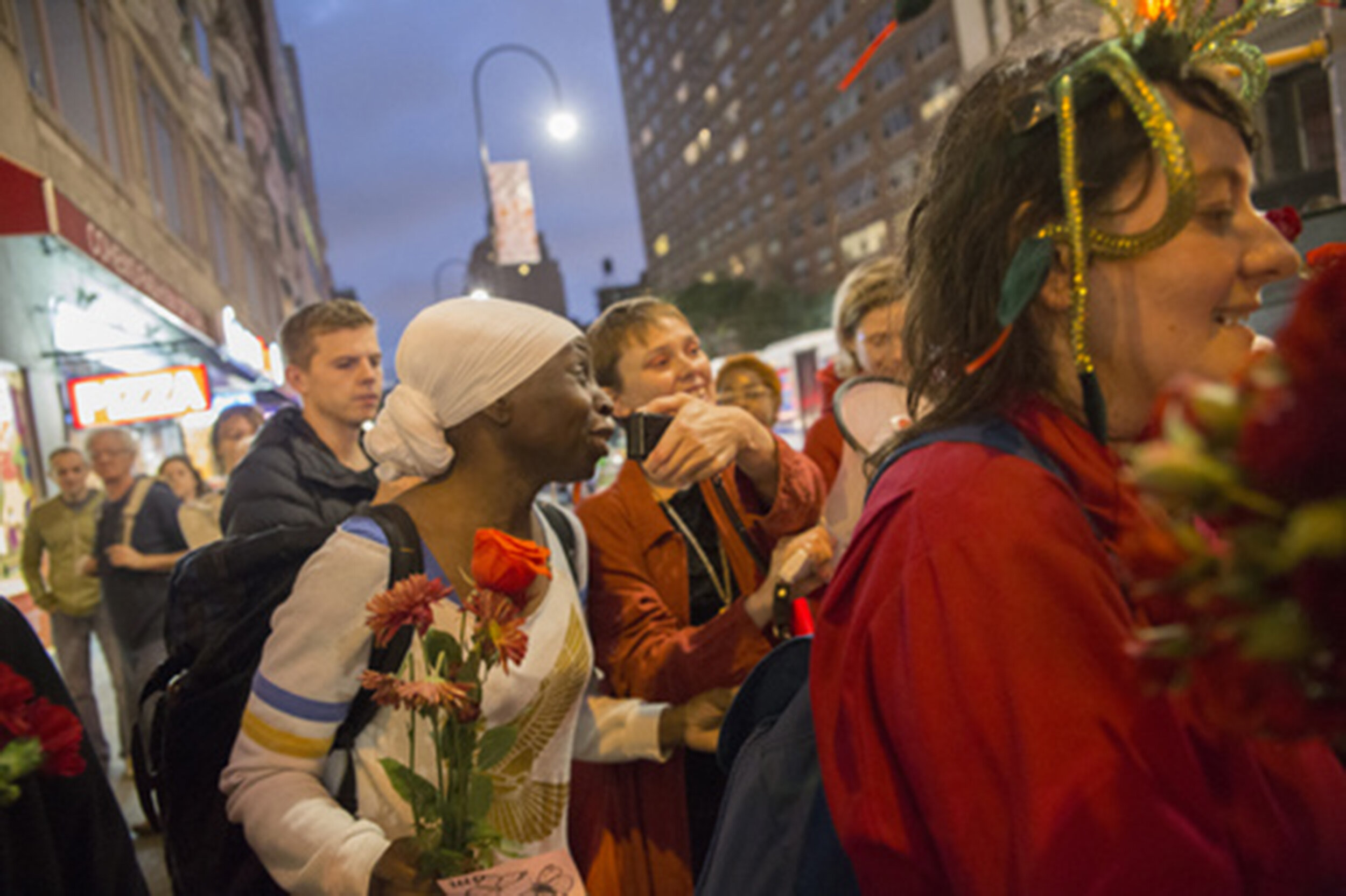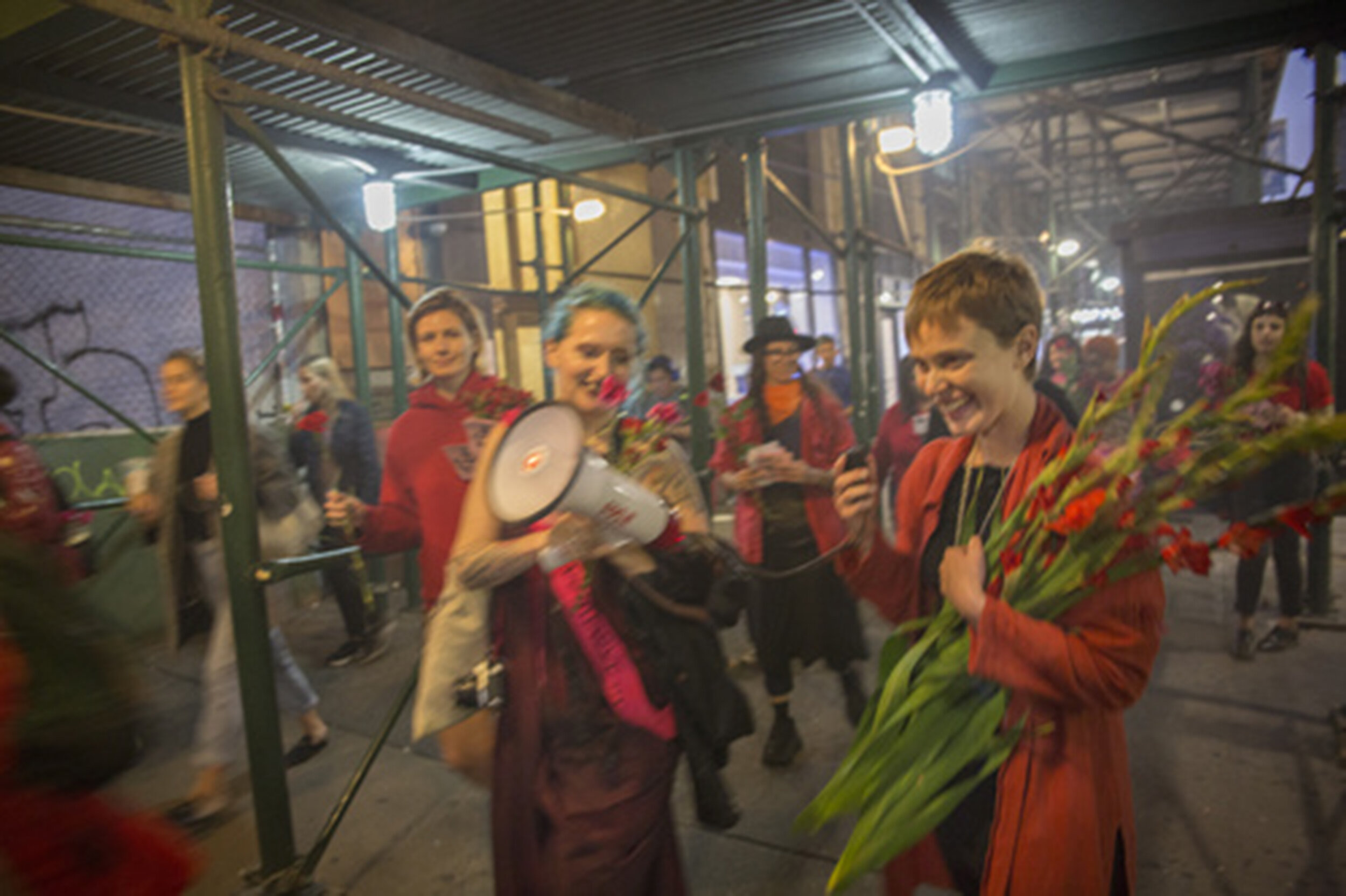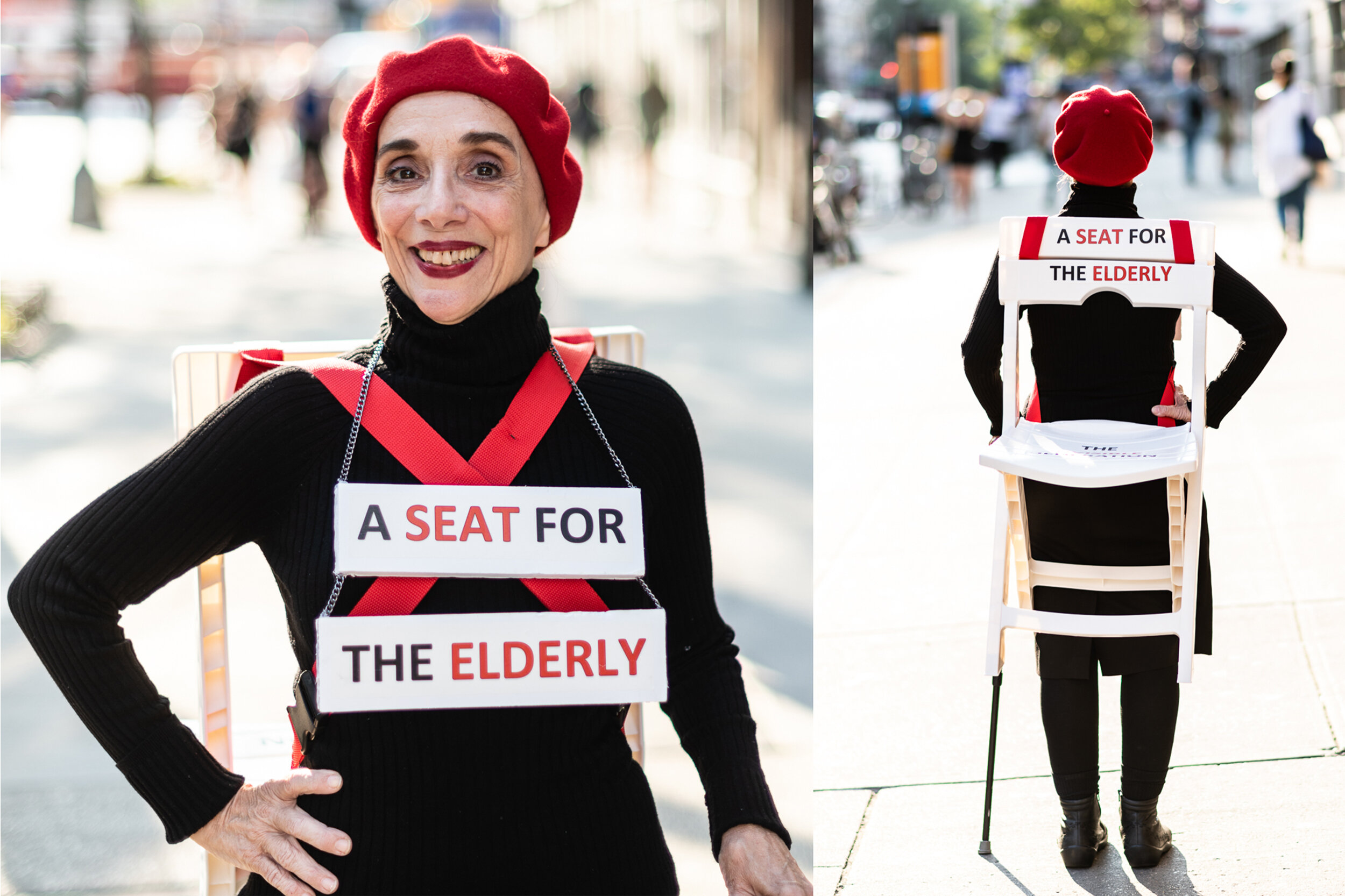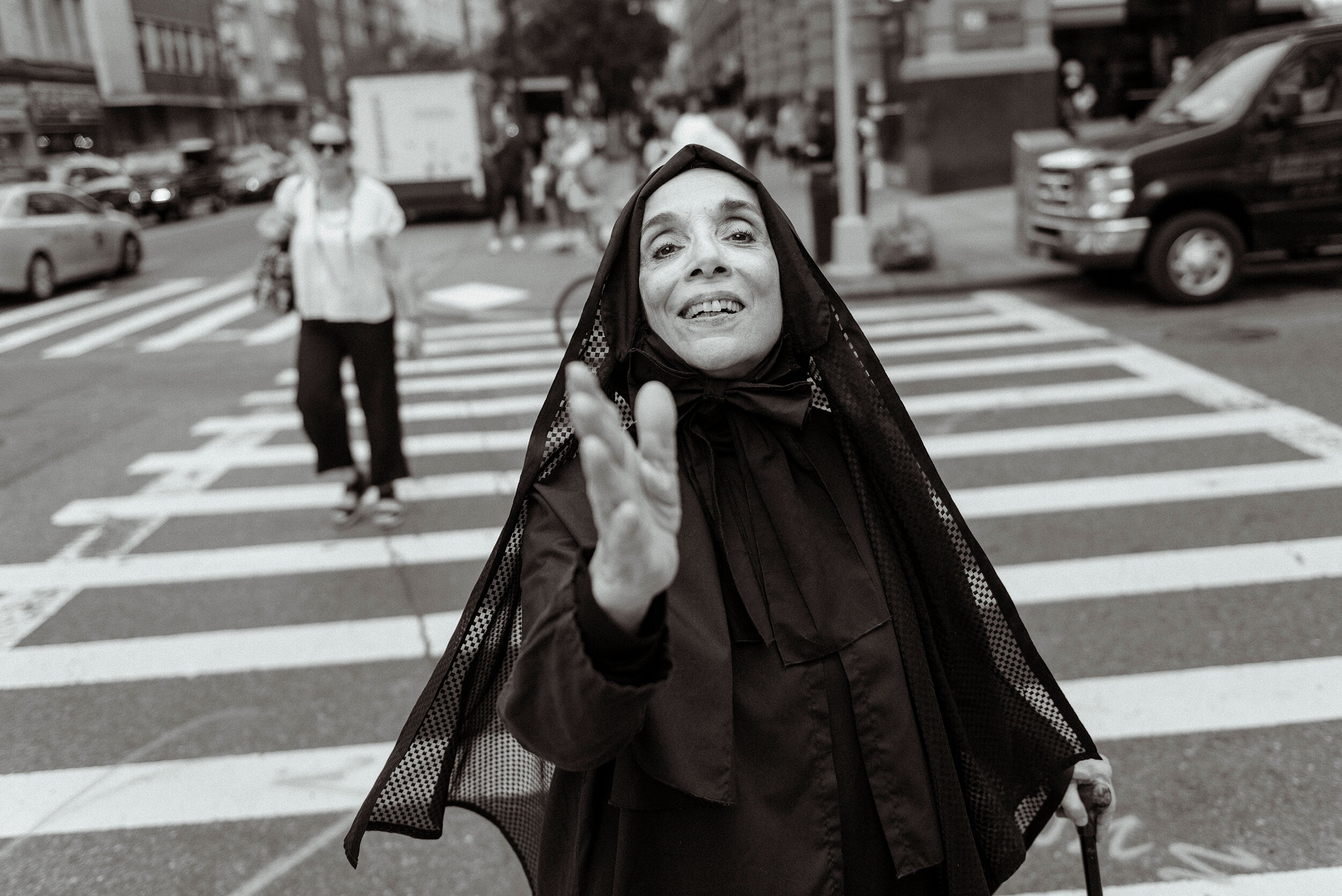Nicolás Dumit Estévez Raful Espejo: As I enter this space with you, Charo, I feel that there is a third person in the “room” — deep listening — and that is our dear Alanna Lockward. She is the woman who introduced us. Would you tell me on what ground are you standing now, and I do not mean this in a geographical or professional way, but from a felt perspective?
Charo Oquet: Yes, Alanna, an amazing woman and a friend. We shared many great moments together both artistically, and as friends and mothers. I miss her. Gone too soon. I am in an interesting time right now. Like many others, I am trying to make sense of our world and the way it is shaping itself. The very quick turns it is taking and the acceleration of change, and the evolutions or entropic changes occurring at this moment. I am coming to terms with the changes in my body and my abilities to deal with different things, my strengths or lack of them in certain areas of my life. When you get to my age you feel mistakes much more than when you were younger because you should know better. But, if you close yourself to risk, that equals death, because without taking risk into the unknown you can never grow. Uncertainty is part of new things and you must be willing to take those leaps and on occasion you will be burned by them, but you have to continue to do it. This is why children grow, they are not scared of many things because they don’t know the dangers that exist, but at my age you do. Nevertheless, you can only deal with so much. I have also learned to save my energies for the larger things, rather than expending them on everything, as I used to. You do tend to be lonelier by choice, and let only certain people in very close. I have my children who are now grown up and they are wonderful and give me great joy, support and company. I feel content with my life, it is still not an easy life, but I don’t know if I want it too easy. I still have a lot of the child in me and that keeps me alive.
NDERE: Two things, so we can clear the path to having a conversation that can walk on its own without the crutches of art or professional roles. I am saying this because I am sincerely curious as to your unfettered insights. What would you say you might have left out or been asked to leave out of your practice in order to become a successful creative? And what can you live without in terms of professional rewards?
Ch O: I don’t know the answer to that because I feel that even though I have worked so hard and have done so much, I am not such a successful creative. I feel that being a woman of color, and immigrant, choosing to be the mother of two, marrying an artist, doing work that is political and that has to do with subjects like Haiti and Haitians or Arrayanos, in the Dominican Republic or in the U.S., working on decolonizing, Afro-Caribbean culture, etc. hasn’t helped my career. Taking a lot of my time to create alternative spaces, publications, international exchanges, festivals, art fairs, etc. has taken a toll on my own artwork; however, I consider all of this part of my practice. So, in one way I can say I’ve succeeded in doing all of these things, but in my own artwork, it has hindered it to a certain degree, as far as collectors, and sales, etc. – interactions with the market. Because in setting up alternative spaces, creating festivals and fairs, dealers have come to see me as competition and they are afraid to introduce me to collectors etc. They fear that I will steal them to sell the work of other artists. I never set out to be a dealer nor do I want to be. But the work of the artists I showed were for sale, because I understood they needed to make a living. That got me into trouble but it also consumed me . As a result, for a few years I didn’t want to deal with artists’ work, sales, or objects (not even my own). And another thing, I know that I am not someone who can work like the people who are successful in selling their work, doing the same thing over and over, creating a brand and sticking to it. Putting a lot of effort into distribution. This is something that I have to confess I’ve failed at by choice or circumstances. This is one of the things that many of us don’t understand about being an artist — that if you want to make money out of your sales you need to treat your work as a product and do the same things that someone trying to sell or distribute anything for sale must do. This they don’t teach you in art schools.
I come from the do it yourself sort of philosophy. If you don’t like something, change it, don’t expect anyone else to do so for you. No one is here to fulfill your expectations of life. I always see things that need to be changed and if no one else fills the spot, I feel I have to. I am very much a community person. Maybe it is because of my upbringing. I grew up in a large family in Santo Domingo. My grandmother’s home was a universe and all of the different cousins would be dropped off there and we all played together along with the neighborhood kids. There were lots of people in the house, different hierarchies, a very complex household, but lots of love and nourishment from everyone. We were raised by a village, so to speak. But besides my grandmother’s home it was also the neighborhood the house was a part of. My grandfather owned a lot of the properties around the area and, somehow, they were also part of the family. My grandmother’s home was part of most of my life and it was the thing that stood still, that did not change much even though we moved to different cities and countries, it was my roots in the world. It taught me so much about living and our roles in life and how we must contribute to our community because the community is part of who we are. My grandmother lasted 97 years and the last 20 years or so without two legs and in a wheel chair. I’ve been living 31 years in the same apartment in Miami Beach. Miami Beach being warm and people congregating outside, you know your neighbors and your neighbors know you. They know you to the point of how much food you buy. There are people who just sit outside all day minding yourbusiness. Even though the beach has become very gentrified, this pocket of the beach where I live and have raised my kids is still full of old-timers and Marielitos, etc. So, everyone knows you and watches you.
NDERE: I am reading Antonio Benítez Rojo’s The Repeating Island, which I think really, really, hits the nail on the head when articulating caribeñidad and the wondrous and not so wondrous chaos that being Caribbean entails. The complexity of this is far above and beyond the racial, cultural and spiritual binaries that inform life in the United States, where you and I live. Tell me about your engagements with caribeñidad, personally speaking?
Ch O: I had the great pleasure of meeting Antonio Benitez Rojo when I was invited by Silvio Torres-Saillant to talk at Syracuse University, Syracuse, N.Y., at a panel discussion/symposium on Latin American literature and arts in 2002,where we both participated as speakers. I am all about caribeñidad; I have submerged myself in its waters, bathing myself in the pools of its rivers hoping to swim with the ciguapas and in its seas with Mami Wata. I think it started because I was living in New Zealand from 1982-86 and I was the only Dominican there and one of very few Caribbeans in the entire country. I knew one Puerto Rican and one Afro-Mexican from the coast, maybe one or two Colombians. The only People of African descent were us 3 and one Afro-American that I did not know but saw occasionally in the streets of Auckland. The total absence of Afro-Caribbean or Afro-culture during those years was painful. It was what made me more aware of how important my African roots were to me, and how that element was missing in my life. It was what I missed the most during my time in NZ. I was able to isolate it and wanted to know more about it. At that time the New Zealanders and Australians were into decolonizing (I had also lived in Sydney, Australia, prior to moving to New Zealand and England) and when I started to decolonize it was about my own history and my relationship with our African roots and culture and our relationship with Haiti. So, my way of engaging my caribeñidad was to learn about it, to understand the history, the culture, who we were as people and how we came to be. Through my research, I was able to clarify so much of our history and culture. Because I also did not grow up entirely in the Dominican Republic (my family and I migrated to New Jersey, USA from 1962-69) and then I finished my schooling in an American overseas school (Carol Morgan) in the DR, so when I was younger, I was studying American history and European history - not Dominican history. However, the years I had spent in the DR were rich in traditions. My mother loved people, and was super curious about popular culture. She was a dark-skinned mulatta, or black. I think she transmitted her love of popular culture to us. I was also privileged to have lived all over the island as a child because of my father’s work as a military officer at the end of the Trujillo regime when he was very paranoid and would move officers constantly so they would not collude against him. In those 10 years I got to see the DR, small towns, the different rituals and traditions which each town had. I lived on the border between Dominican Republic and Haiti on two different occasions: in Restauración and in Pedernales. This was all before I was 10, as an adult I have also travelled within the DR as well. My research takes me into all types of neighborhoods and towns, including to some very economically deprived areas, and I get to meet and see the communities and how they live. I also think that living abroad gives you a very different perspective from being there. The distance allows you to see things in a way that you can’t when is in your face, surrounding you. When I lived in Dominican Republic from 1969-1976, I was always looking out, reading all of the European high literature and world literature, which was what kept me sane. Because I was very different in a way than many of my peers. I had lived abroad, I spoke English, had too many opinions, as a friend told me. I was middle class in a country where the class system is so rigid. I was a woman who believed in Women’s Liberation and was a feminist without realizing it. I did not really want to live there and left as soon as I could, mostly because of the social inequalities and they way women were expected to live and were treated. I did not want to exploit, nor be exploited. However, I loved the country and the culture and the beauty of it all. My immediate family also tried to live in the country several times, they returned to DR in 1970. In the end, we all returned to the U.S. and remained here. This is why for me it is not just rejoicing in it but also speaking about the things that need to be fixed. In my work I also speak about the inequalities.
NDERE: Creatives, as in artists, are rarely allowed to engage their spiritual selves or personas in public. Well, there are exceptions of those who have broken this norm such as Linda Mary Montano, and Billy X. Curmano. In your case, you are clearly interested in the spiritual. How do you deal with bringing this forward out into the world?
Ch O: Well, I have paid the price for this because the market does not want things that are charged, or active. People want to be able to live with things that aren’t necessarily confronting them, things that are too strong. Most galleries have work that has passed through some sort of sift and have been deactivated. Even though I say things in a positive way, my work is still based on religious principles and political strategies. Someone who works in museums and auction houses once called me “hopelessly religious,” so if you add that title to immigrant, woman, colored, and the fact that I left New Zealand where I had a very healthy market, to move to Washington Heights, New York, 7 months pregnant in 1986, when it was a sort of war zone, and then to Santo Domingo and Miami to raise two kids on no money, you are going to pay the price. It has also been something that has shined a good light to me occasionally, but because I don’t have any strong dealer behind me, some artists whose work has some similarities to mine will often hinder my path and take me out of shows. It’s a tricky business this. Like there can only be so many artists talking about Afro-Caribbean religion or Vodun. It won’t stop me, though, I continue to be true to myself, in fact, I find that with time, all that noise and interference starts to disappear. When your work is sincere, has a spiritual base as well as a good foundation in research and its coming from your soul, this will open roads no matter what. I find that in times like the one we are living in right now the “spiritual” work is what is needed and what will point the way.
I think there are many types of artists but, there are the artists who are more aligned with shamanistic practices, whose work has more to do with healing and pointing the way the community must take in order to survive and heal. These types of artists are the ones called upon to cry out when things are wrong in the world, and to offer possibilities or questions. These could be writers such as George Orwell or Aldous Huxley who foretold so much of what we are living today. Artists are always feeling things, our antennas are sharp and looking out for changes and what is going on with the world. Our initial training is to see. We cannot help but see everything.
NDERE: What is your relationship with the island of Quisqueya, and how do you navigate at a soul level the concepts of diaspora, exile, Dominican-Yorkness… (I am not sure how to translate this hybrid into the Florida context)?
Ch O: I am very connected to the island, but when I go there, I choose to go there as a tourist almost. I don’t get involved in the society where I came from. I don’t go there for too long — mostly I go there to do a project usually for three weeks. I engage with other artists, mostly young ones, who are doing work that is taking risks and pushing boundaries. I stay in the Colonial Zone. I bring 2-5 artists and with the help of artists there I create a performance, new media and noise festival. I also do my research on Rara or (Gagá) in the Arrayanos communities.
I have always guided my research in Dominican popular religious practices, I constantly visit bateyes, spaces where workers in the sugar cane field continue to reinforce traditions that intersect the Taíne, African and Creole ancestry, such as Gagá, a ritual that taught me how from simple resources I could transform an art room through installation with colors, sounds and images. I attach great importance to the aesthetic and spiritual dynamics of the Gagá festival, where together we build a spiritual feast where we dance the depths of our spirits and where human life is transformed into a constant and sovereign living space. The Gagá is an elaborate aesthetic search linked to the postcolonial approach of the performing arts such as theatre, music and dance, and merging with these individual biographical aspects, life, biographies and subjectivities taken by the breaking of memories that means the displacement, migration and criticism of hegemonic identities. Corporeity in Gagá plays a central role. There is no petition, prayer or mantra without a body of execution, available to celebrate the spirituality of the living; the holiness of the living. The altar can be trees, seas, mountains, too. The more bodies they have, the greater the power of peace. The greater their contribution to the community, based on an idea of cultural communion.
I have lived in different periods in countries where the presence of Afro descendants is practically zero and those migration processes have been important in my life and work as long as they have allowed me to reflect on questions such as transnational identity, borders, cultural differences, but above all to educate. When I moved to New Zealand in 1982, for example, I generated a lot of attention in the local environment for my work "Mami Watta," a deity known as "Santa Marta la Dominadora," which gives material goods, personal power and beauty, which achieves impossible loves. That's when I realized I was irrevocably linked to my ancestors. She is the most popular among Dominican women and sex workers of all of the spirits of the Dominican voodoo pantheon, the wife of San Elías, the Baron of the Cemetery. I met her in the fire of the fearful Petro spirits of Batey La Ceja, in the midst of Gagá rituals.
In Miami, I don’t live where Dominicans live, but my studio and gallery is in Allapattah, which is the “Dominican” neighborhood in Miami. But, I don’t know many people living there. I am such a hybrid-Dominican that I don’t fit many of the usual molds. Not even with my family. I work with some of the Haitians artists here and when I want to be really close to home I eat Haitian food (because I think it is more like the food we eat back home). I love Little Haiti, to me that feels more like home. The Haitian community here is older and more established. You go to Little Haiti and you will see chickens running around and, sometimes even small pigs. You will go to a garden restaurant and there will be roosters singing and running around after a hen. Dominicans are harder to find, but there are places where you can meet them. If you go to Little Haiti you can run into a Gagá dancing in the streets and just join them. This is not tourist stuff, it is real. But with all of that said, Miami is a very Caribbean city. The wonder of this city is that you not only get Dominicans, you get everyone else, Central Americans, the Venezuelans, Cubans, Puerto Ricans, Haitians, all of South American and Mexicans. This city is very trilingual and it’s like living in the Caribbean but things work. Like the electricity doesn’t go out, nor the water. I am a beach rat, I live close to the ocean, so I go to the beach almost daily if I can and the weather permits it. This is the ultimate Caribbean, my being able to have that communion with the water and the white sand. It’s very healing.
NDERE: At an early age I was terrified of clowns. I still remember hiding under the chairs at a circus my mother took me to when clowns made their appearance. They do embody contradictions, I think, both the grotesque and beautiful, the silly and wise, the solemn and playful…I have been wanting to talk with you about the Cosmic Clown. I am all ears.
Ch O: Well, I grew up with diablos cojuelos and I loved them. They would run after you to hit you with the bladder balloons and you would jump with frenetic joy. In Santiago and in La Vega they were wonderful. I love Carnaval, and being in places like New Zealand where they don’t have this made me understand the importance of Carnaval and allowing things to go topsy-turvy once a year. I started to value the clown or the diablos. The outlet that the community has to turn the world upside down for a few days. The Holy Warrior heals the Spirit, the Shaman heals the Body, the Sacred Clown heals the Soul. Most of the American tribes had their Clowns. In the Vodun tradition the Trickster is Eleguá. In the culture of the Lakota people, the heyoka is a contrarian, jester, and satirist, who speaks, moves and reacts in an opposite fashion to the people around them. The same way, Paleolithic shamans-dancers identified themselves metaphysically with the untamed creatures that were their sustenance—today, one needs know to summon the energies for spiritual sustenance. One must honor the energies as sustenance and as a field of knowledge. In some traditions the clown was regarded as an "apotropaic" ritual (exorcism)—a way to divert demonic attention from some important religious activities. Like the Shaman who presumably enters chaos for the greater good.
I began to read about the sacred clown when I first heard the word in one of María Sabina’s chants. She was a Mazatec sábia, or curandera, who lived in in the Sierra Mazateca area of the Mexican state of Oaxaca. Her healing sacred mushroom ceremonies, called veladas, were based on the use of psilocybin mushrooms. She is considered a great poet, as she expressed herself through the voice of the sacred mushroom, in a language that could be neither taught nor acquired.
I was also interested in Crazy Wisdom and the Trickster, which is in the African Vodun religion or El Espiritu Burlón(which I grew up with). My uncle was a sort of Trickster and always poke fun at you. He wanted us to understand this principle and how to deal with it— people making fun of you. Crazy Wisdom is coming from the Buddhist religion and has no connection with psychosis or with the ordinary craziness better described as neurosis. ‘Crazy Wisdom’ literally means ‘chaos of primordial wisdom.’ Crazy Wisdom brutally cuts through the spiritual to discover ‘basic sanity,’ or innate wisdom. It is described as an innocent state of awareness that is wild and free, completely awake and fresh. It’s a spiritual worldview that represents thinking outside the box—moving against the stream.
Crazy Wisdom is about having a free mind, one that is not held down by preconceived notions or cultural conventions. Crazy Wisdom is about living in this moment, rather than having all of our perceptions colored by what we think about the past, the future, or the ideas we have about things. I am also interested in Ilya Prigogine’s theory of dissipative structures, which states that the more complex a dissipative structure, the more energy is needed to maintain all its connections. Instability is the key to transformation because the more coherent the structure, the more unstable it is. Life eats entropy. So, my work has a lot of this sort of chaotic structures that are almost teetering and hardly touch the ground
NDERE: I am coining here the term Vegan Vudú (my neologism) to refer to rituals that do away with non-human animal products. What are the elements that you relate to and with whom you communicate as a creative? What are the social-political-spiritual shifts that you foresee by coming into contact with these elements?
ChO: For me, body and movement have always been very important. My performance work proposes beautiful and mysterious bodies that are an invitation to be discovered. From the Gagá, I understood, that the human being in these ceremonies is conceived as part of nature itself. Human beings are thought of as an extension of the creative chaos that gave rise to life. Its power also expands with the expansion of natural forces. It dances and moves so that the water moves and flows, for the winds to oxygenate the earth or purify the energies that give movement to life, to move the energy to the life of the call. Throughout this calling, the fundamental tool for generating life is the body. The body is an antenna for Gagá. In this antenna are the energies of the deep earth and floating over the air and wind. Here, in this encounter, the body is a channel, without this energetic conjunction it would not be possible. It is a unique and unrepeatable body and without that individuality there is no intensive encounter.
I am also, very interested in Veves and the idea that certain pieces imply that they are markers of energy, or that these objects have become the conduits of energy. Chakra stones mark the radiation of energy within the earth or the body, and allude to the origins of magic writing such as vevès and Ethiopian healing scrolls, that were commissioned to eliminate spiritual illness by purging evil spirits and demons from a sick person. I am also interested in how the geometrical arrangement of objects conveys an interest in the notion of sculpture, exploring the possible fluidity of a structure paired with the possibility of concealing matter inside it, and the quality of shifting function. Traditional Chinese medicine (TCM) looks at the human body beyond the (cellular) structural level. It is capable of visualizing and mapping the human body on an energetic level. TCM practitioners can see a connection between the body's organs and how we think, feel, and react to things, beyond what modern Western medicine has recognized. TCM views the body as an energetic network centered on the five major organs: the liver, heart, spleen, lungs, and kidneys. Each organ is physically and mentally connected. Visualized at the energetic level, the human body is an open system that has constant interaction with energy from the environment. Therefore, everything we look at, hear, and feel will have an effect on an organ's health, as well as how we think and function in life. So, colors and forms affect our organs in different ways. Sounds and colors also affect the organs.
NDERE: Tell me about color. We in the Caribbean take colors quite seriously, and I mean it. We work with them on a daily basis with very specific purposes: from nourishment to aesthetics. Many of us there dress to be SEEN and to engage with those we encounter. This is different from New York City, where looking at others can be a capital sin. Maybe not so much in The Bronx. I myself, have no problem with being in the role of the peacock. I want to hear from you about this since you are a queen of colors!
ChO: Well, talking about TCM, they also believe that color, transmitted as light, is energy. This is true of other traditions too. Color speaks to our body, mind, and soul. Color therapy, also called chromo therapy, has been used for healing since ancient times. Colors are also codes in the Vodun religion. I often go to these shows where all the colors are white or earth tones. No bright strong colors. All the work looks like it’s one artist, and it is really about the curator not the artists. For me color is everything. It is a visual language which expresses so much. I can’t really live without it. In my clothing I use a lot of color. People look at me and even in New York all kinds of people will come and talk to you because of what you are wearing. I wear my colors and my clothing as a form of communication with others. Fashion is the most democratic form of art, anyone can do it, with very little and the streets are your space to display it. You reach more people this way than any other form. For me it’s not about ego, or vanity, it is a way of communicating with people without saying anything and inviting people to a conversation. I feel there is this prejudice towards color, as if you are too “simple” or a cliché Latino if you wear too much of it. It is really racist and tries to impose a view that it is not us. Some curators arrived in Miami wanting to take the colors out of art in Miami for being “too Hispanic.” You also see it in African American art which for many years was saturated with earth tones—artists didn’t want to be associated with bright colors, in fear of being considered inferior. To me that is the ultimate colonizing. I refuse to play alone with that and will not hide my colors.
NDERE: If I may and if you wish: how do you communicate with Divine; with Spirit. I have taken to prayer and I am loving it. Prayer as in finding where I stand in the universe. Prayer as speaking with honesty. Prayer as in thinking out loud with the heart. Prayer as the quintessential performance with the out there in us and the us in the out there. How about you?
ChO: I feel the same, to me prayer is being one with the waters of the ocean or the vast landscape of the Everglades. It is being kind to people and extending a helping hand to those in need sometimes, regardless if it may hinder you in some way. Helping anyone you can. I don’t go to church because I feel the world, and the streets, are the church. I thank the universe for everything I am given all the time. I am working on my spiritual side all of the time, because life is not easy and it’s easy to forget and see all the evil and none of the good. I believe in radical hope and by viewing life in the best way we can find the good. This is not always easy, but we must keep trying.
NDERE: You build such potent environments which, to me, remind me of sacred places at home in the island of Quisqueya. Would you be willing to construct one such space for us, here, using words?
ChO: Crowing roosters,
perched on a mount,
Gran Bois tall
Macutos on your branches
Vevès in the doors of the houses
Vevés on the floor of the temple
calling all the saints
Pink for love
Green for justice
Ogun Badari
Damballa takes white and green
A conch shell to calm Agwe
Red and white Chango
Blue and white Yemaya
Take me into your waters
Give me, beauty, power and money
Drums bring the spirits
Call the Gods to us
The floors with broken glass
Shining the path to the spirits
Heal us
Let us dance
Give us hope
Bring in the Clowns
Between two Worlds
The Local,
The far
Between being black
Between being white
I am
The other
What we do not say
What we just feel
That drum
That merengue
Gagá
And life
Like a stone, like a rock like a mountain
I'm the one who does not say
I'm the one who always will be
I'm the one who rose
I'm the one who fell
I am the universe
I am the spirit woman
Like a stone, like a rock, like a mountain
I'm the one who comes and goes
I'm the one who understands
I'm the one that lost a lot
I am the mother
I am the lover
I am the rhythm
I am the crier
Like a stone, like a rock like a mountain
I'm the one waiting
I'm the one looking under the water
I'm the one that flies
I'm the one that looks at the moon
I'm the one that fears
I am the triumph
I am the dream
Like a stone, like a rock, like a mountain
Walk on the beach
Looking to the horizon
Finding Roots
Losing islets
Looking at the mirrors
From the moon that looks at me
Finding myself in the water
Running with the rivers
Climbing the mountains
Like a stone, like a rock, like a mountain
Between uncertainty
Finding blind Future
Of quiet peace
encouraged by the music
To say words
without them
I will remain quiet
And say nothing
Like a stone, like a rock, like a mountain
lightning stone
neem leaves
Mugwort
Felon weed
Sailor's tobacco
Artemis herb
Muggons
Naughty Man
Old Man
Old Uncle Henry
Like a stone, like a rock, like a mountain
Duarte Ave.
Mella
Hosto and Mercedes
Walking in the area
Looking for people
Meeting but a few
They look at me like flies
In Conde St. I move
The coffee shop provider
Of Wifi
Sandwishes in Payán
Like a stone, like a rock, like a mountain
Biscocho with icing
Ham empanadas
Espagetti with sarchichas
Melon with peach
Bread with bread
Refreshment with arepa
Sambruesa ice cream
Colored butterflies
Like a stone, like a rock, like a mountain
NDERE: Thank you so much for this conversation. Abur abur for now.
Charo Oquet’s related links website / instagram / Miami Herald

